Written on June 13, 2008, at Eat and Two Veg Restaurant, London, United Kingdom
Here is a special feature on Pakepu’s coffins at the Fitzwilliam Museum in Cambridge, England. He was a Water carrier who lived in Western Thebes around 700-650 BCE.
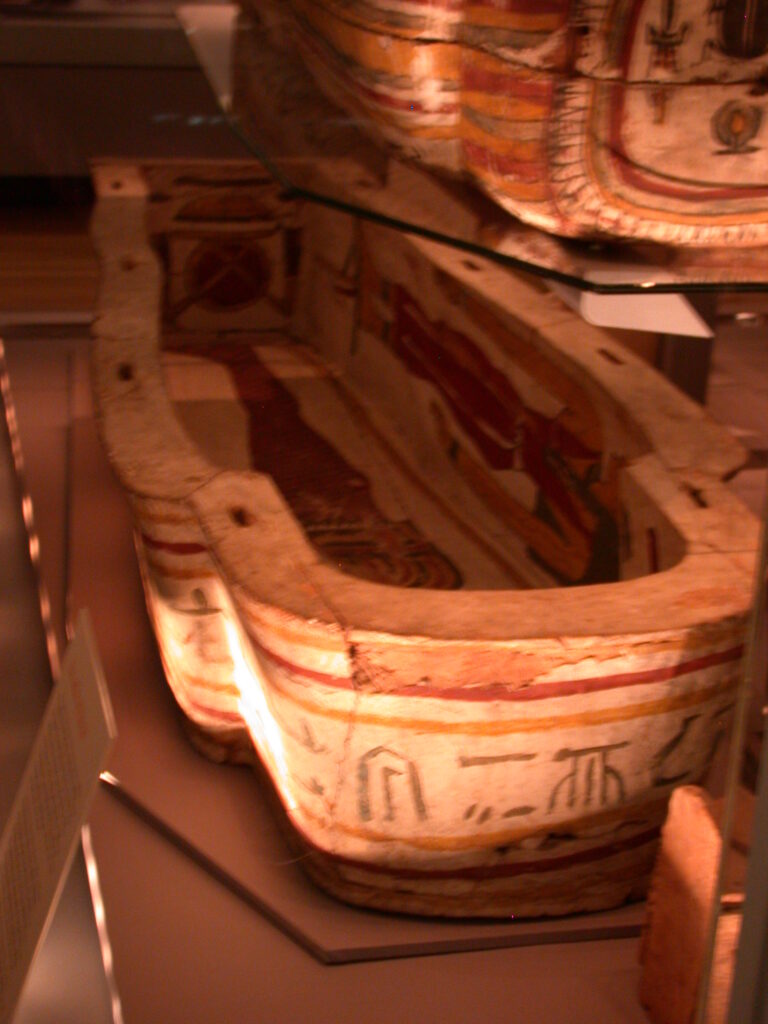
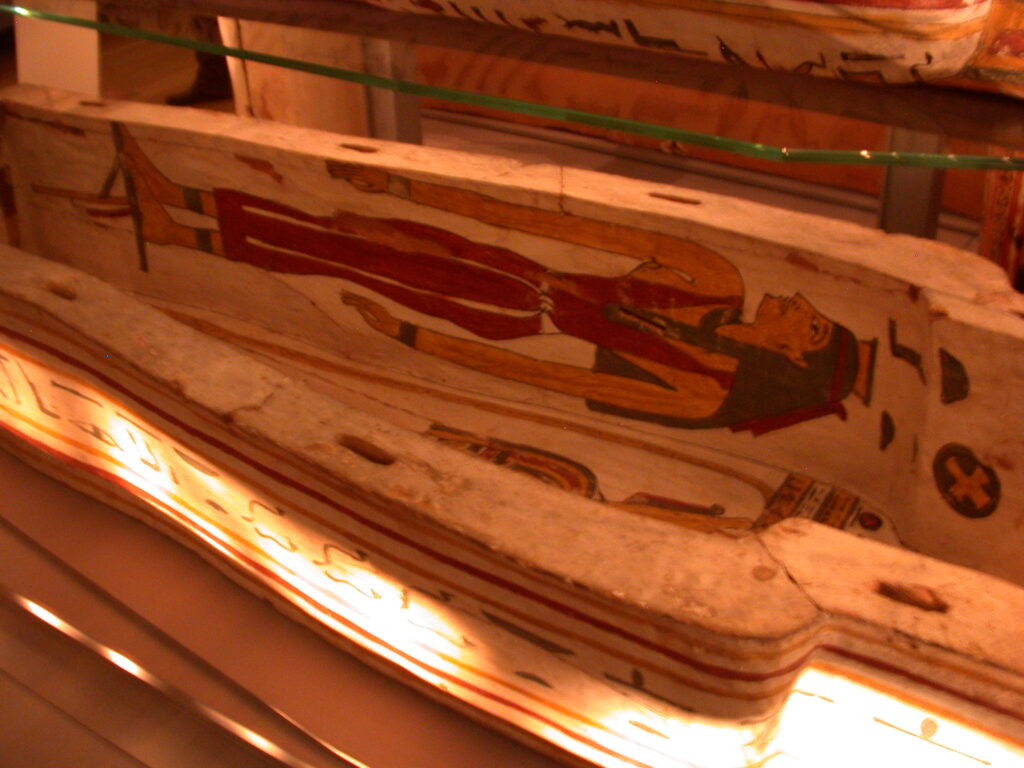
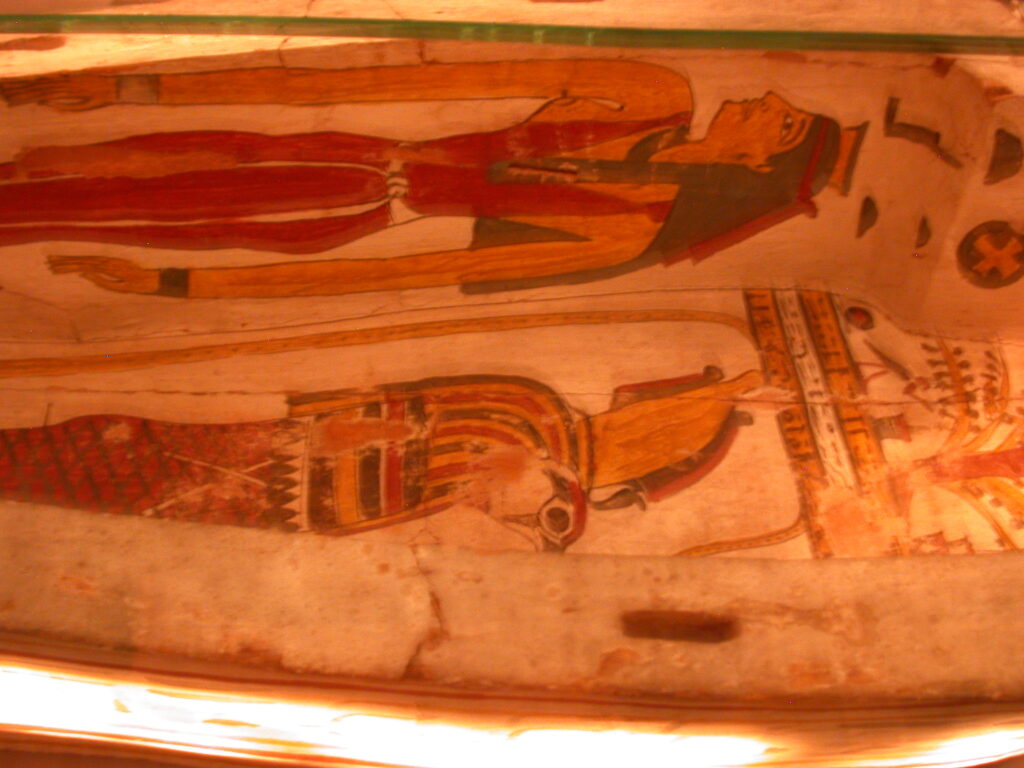
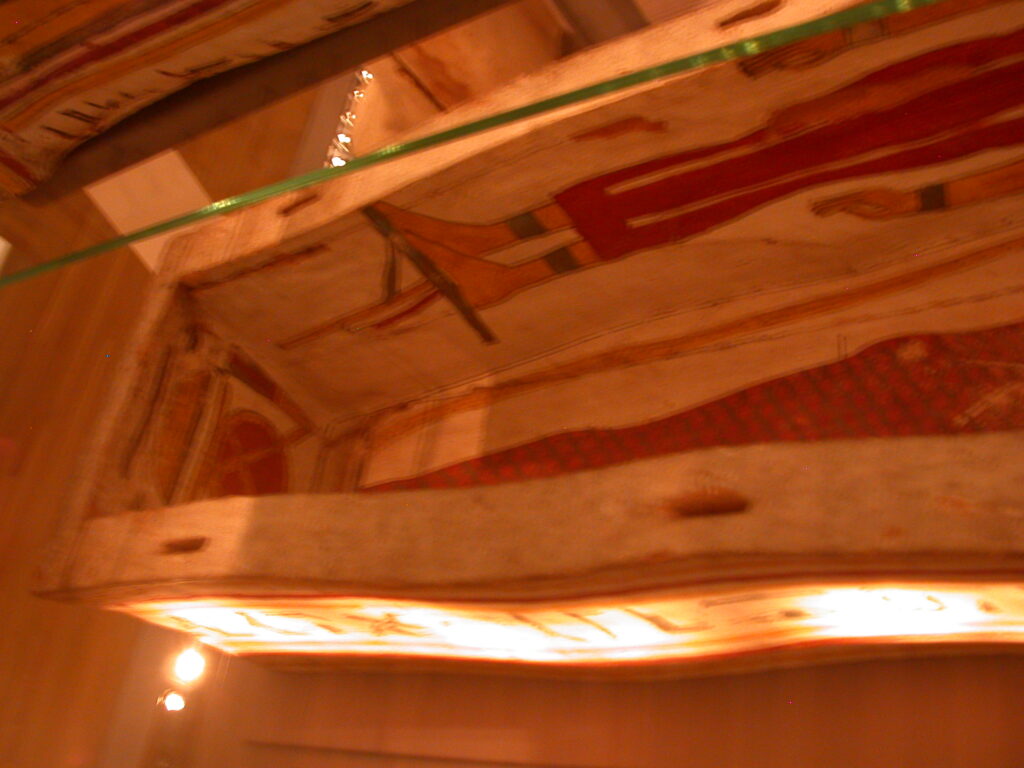
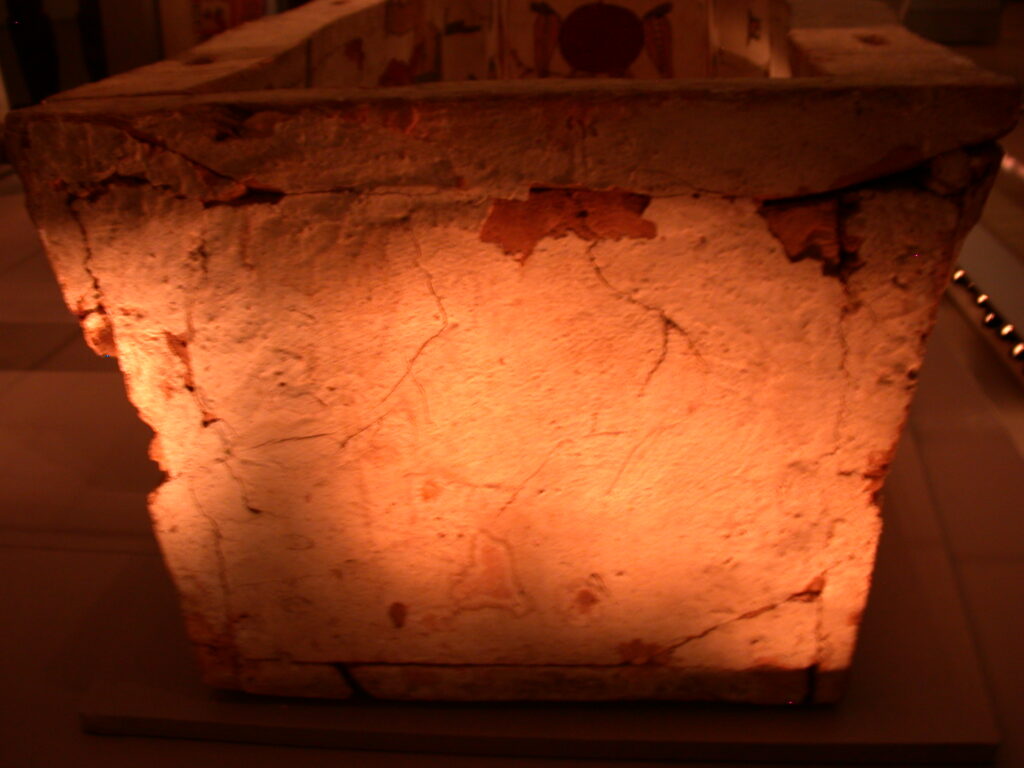
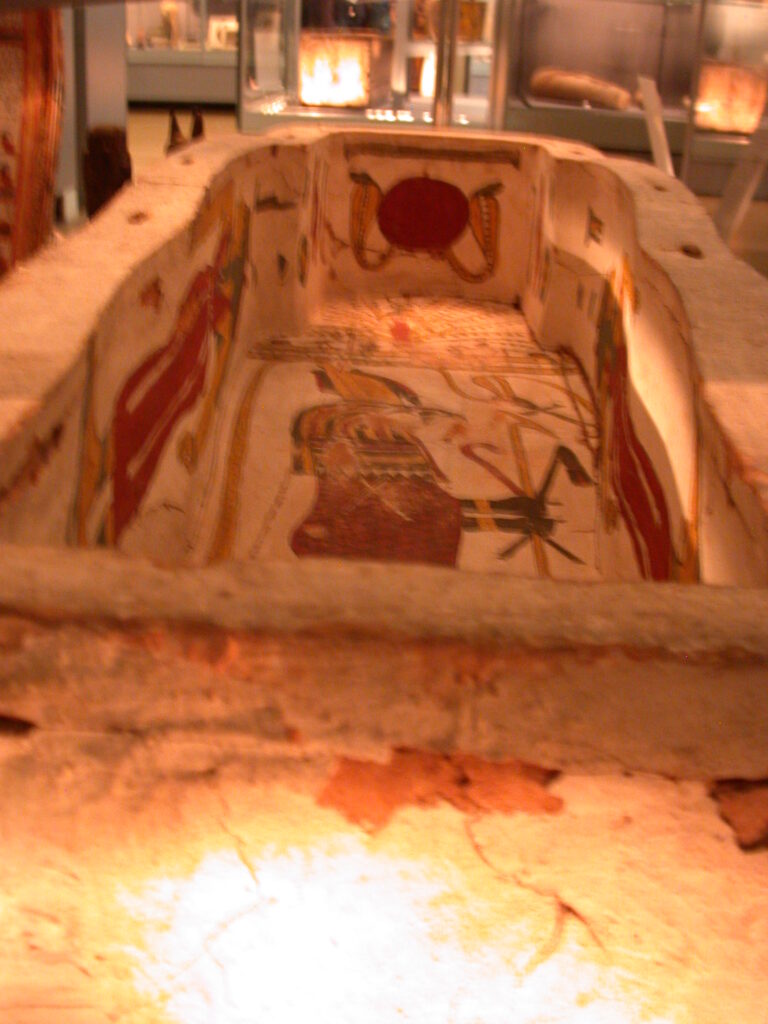
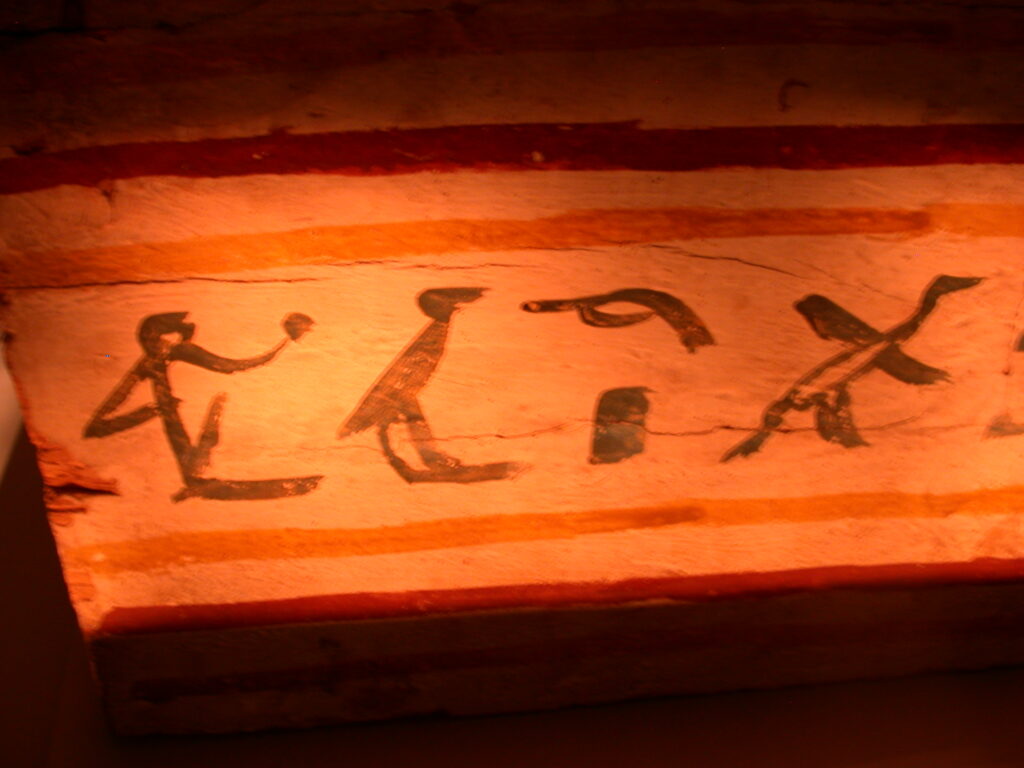
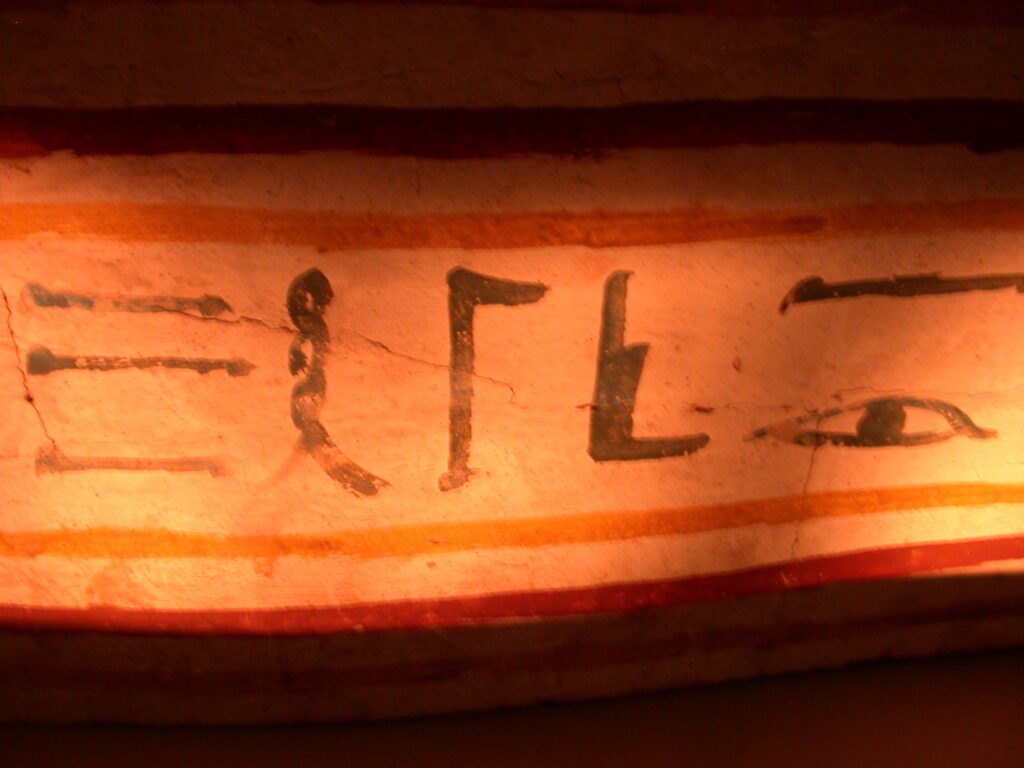
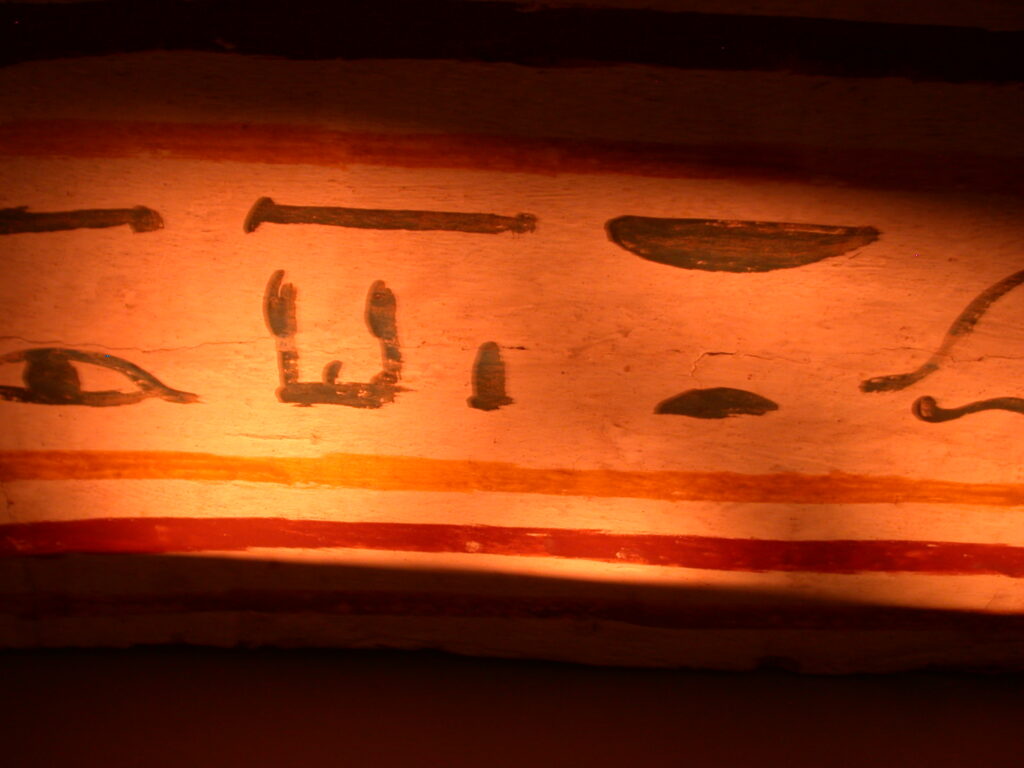
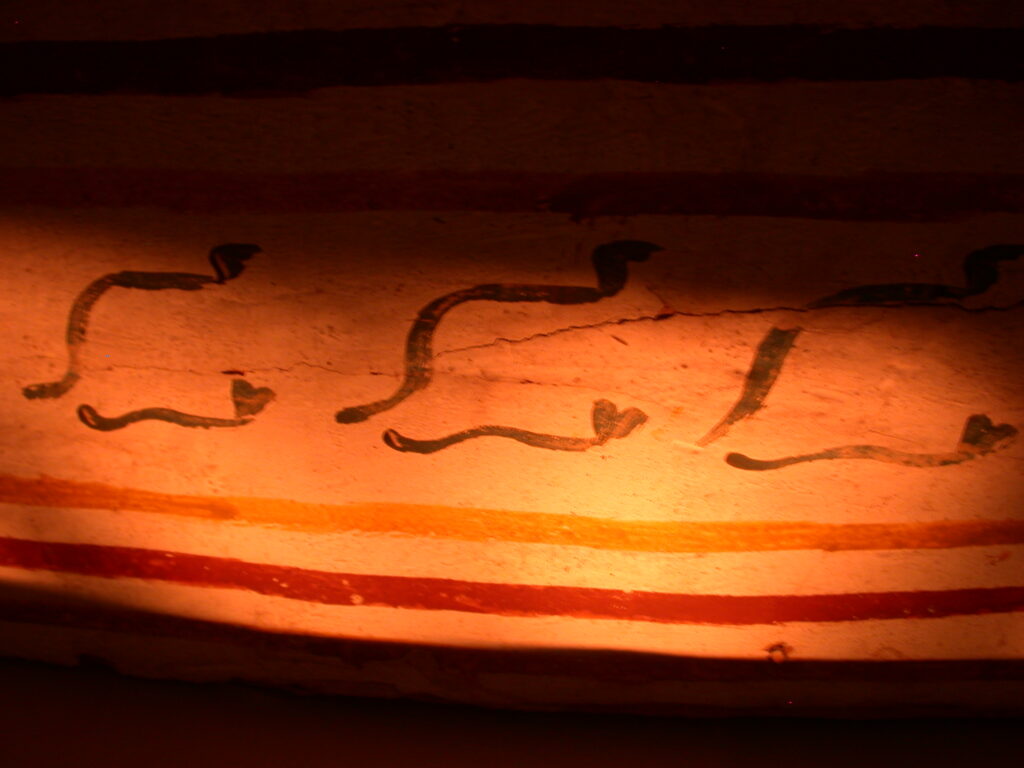
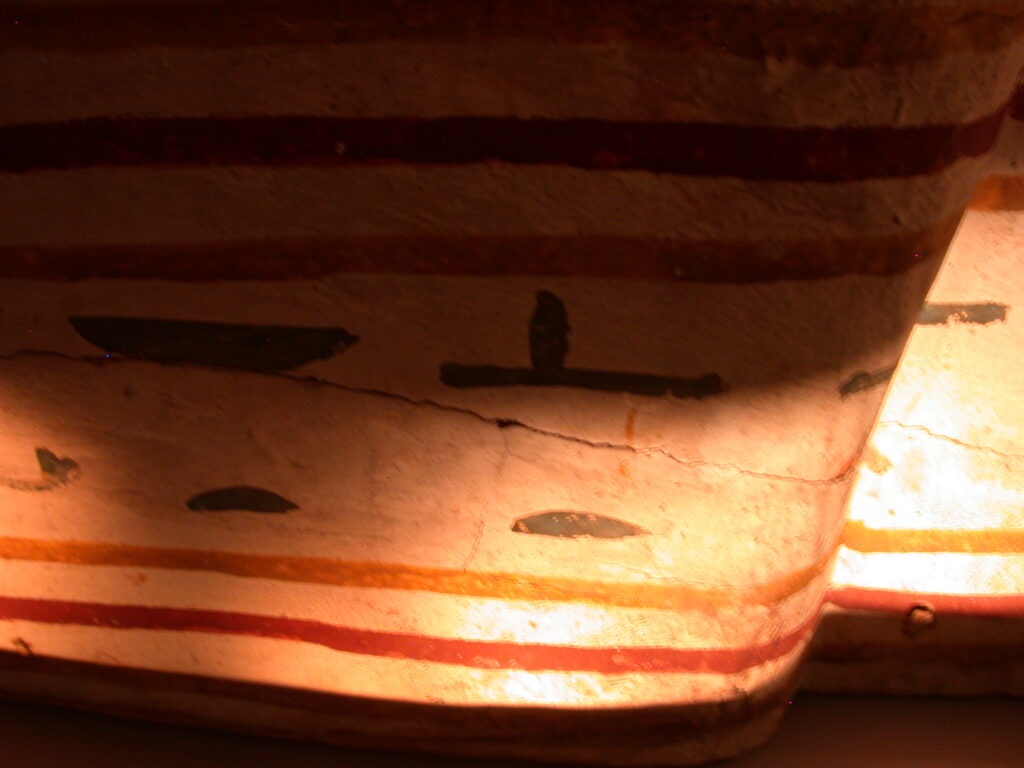
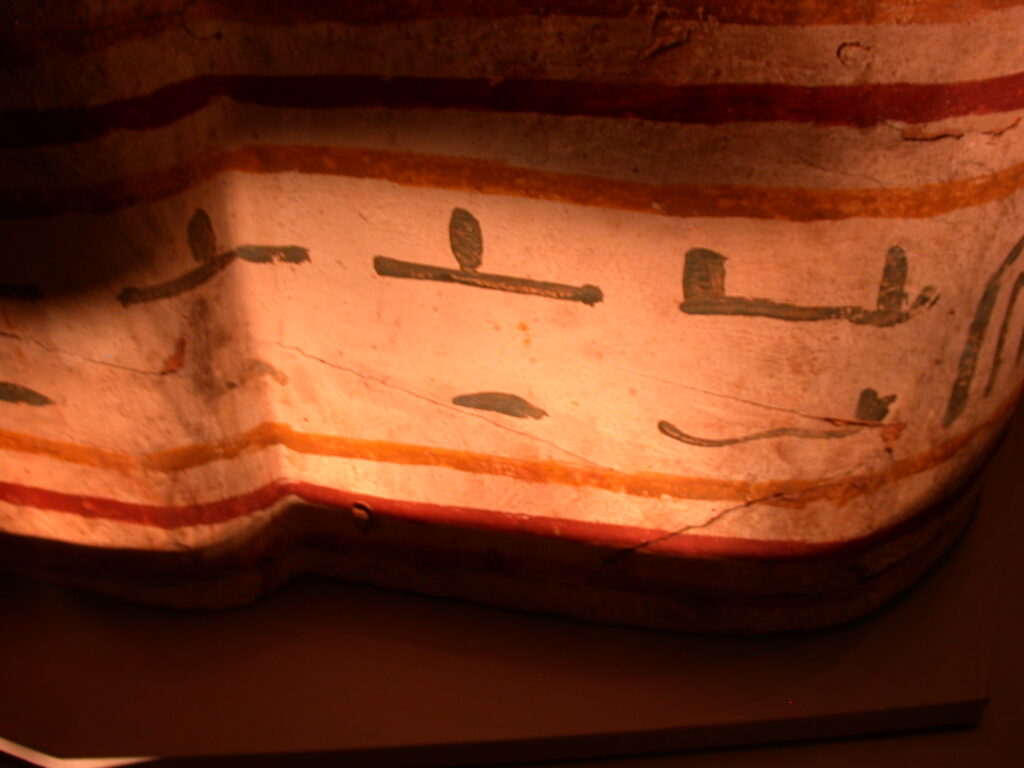
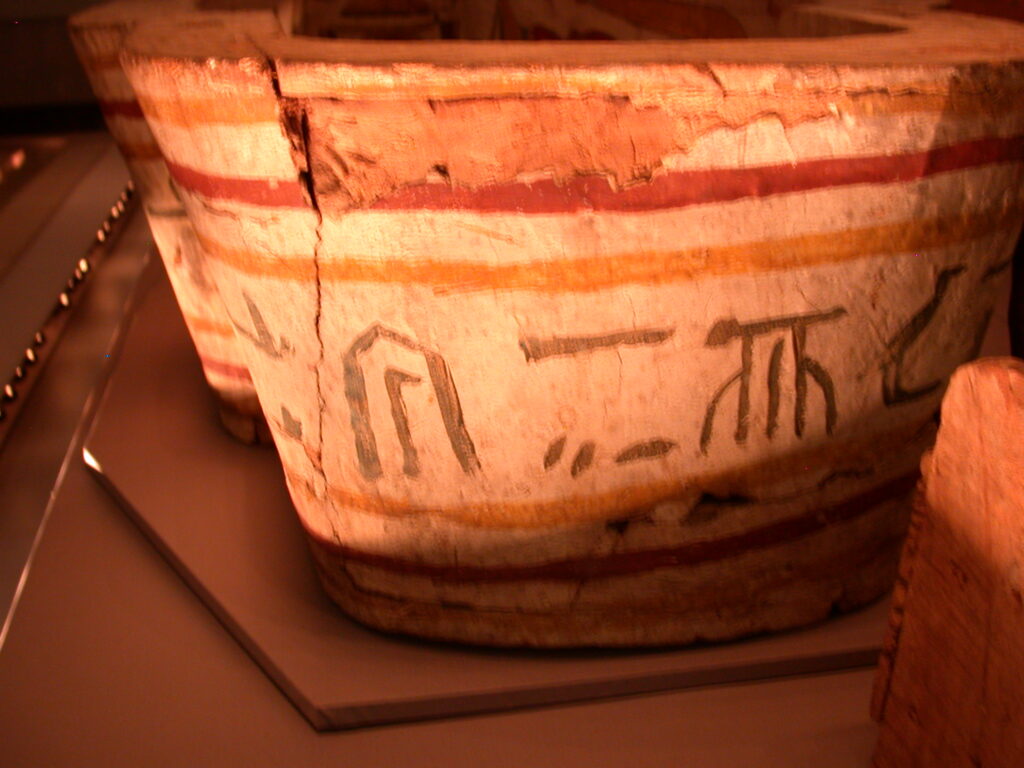
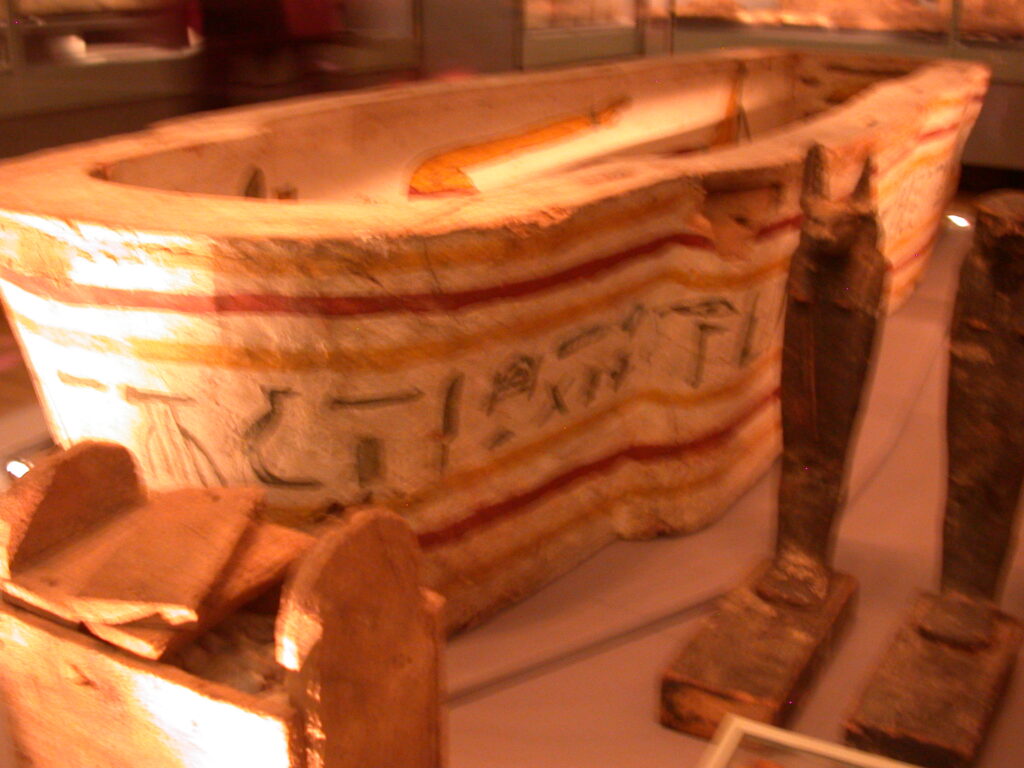
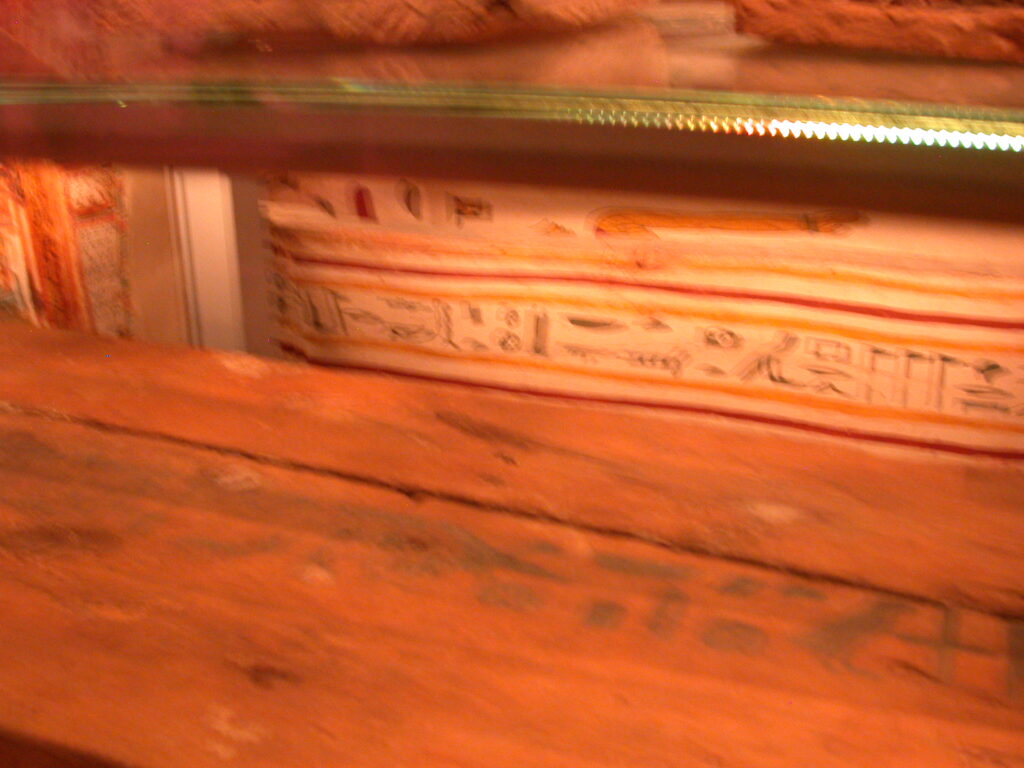
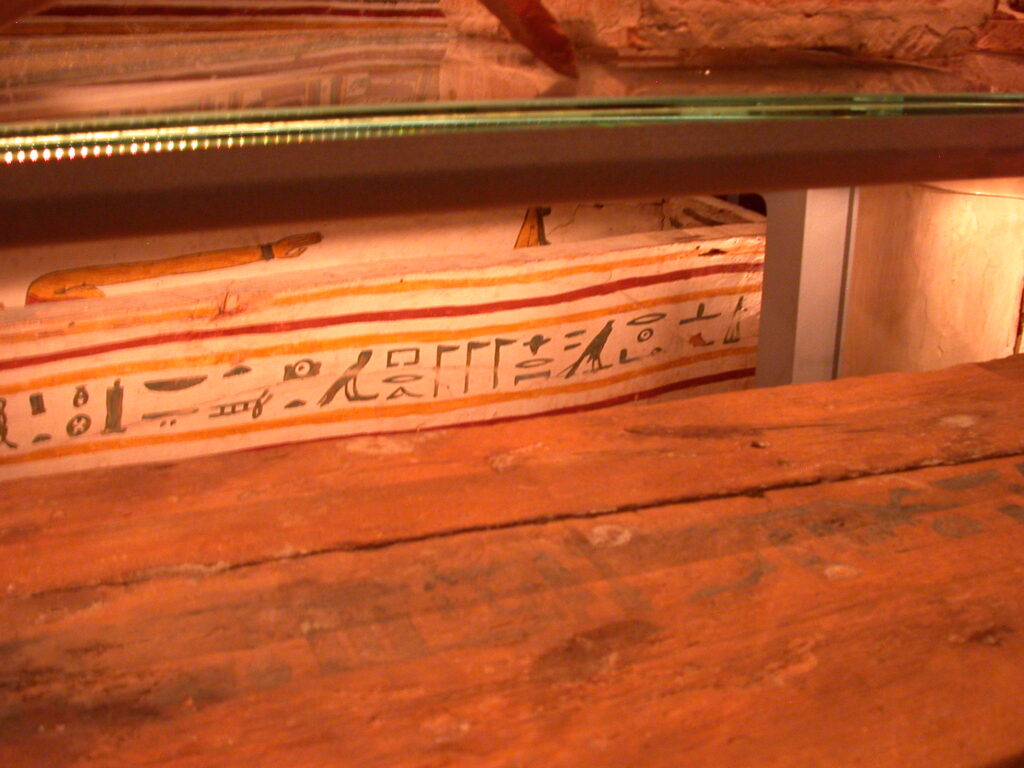
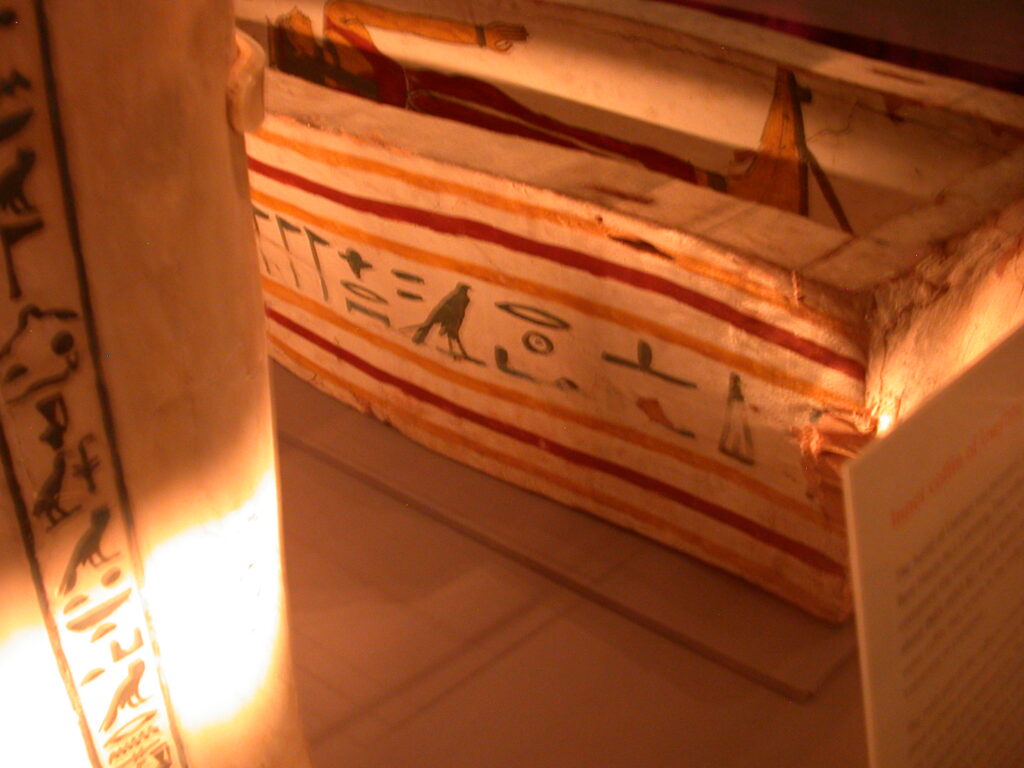
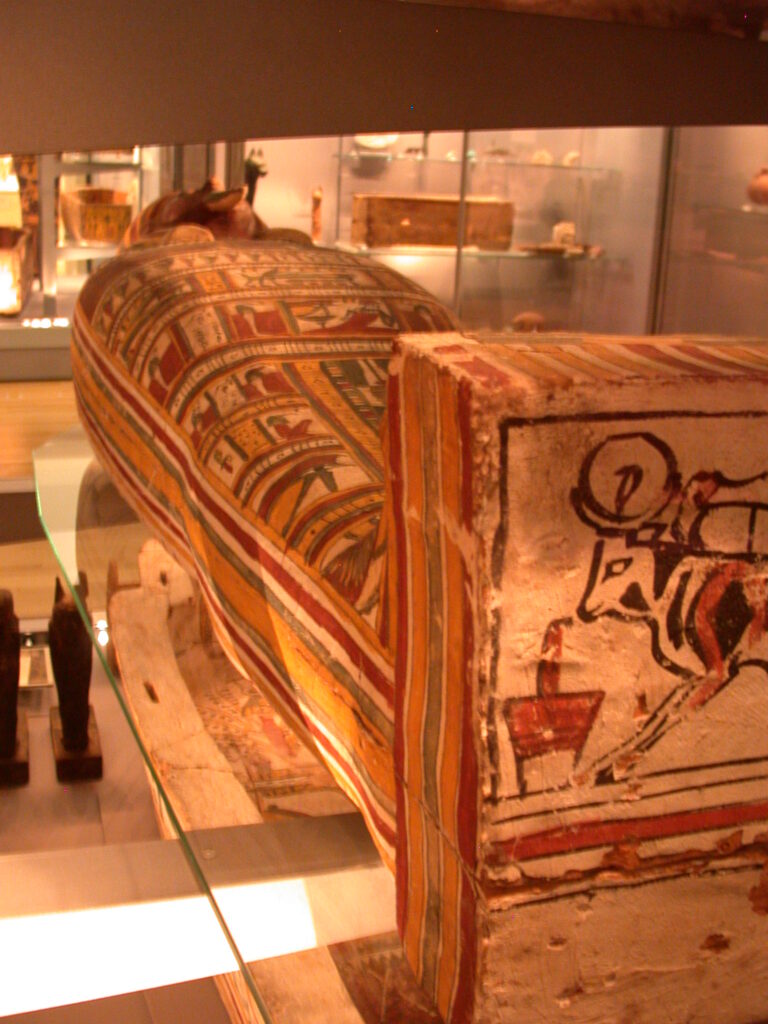
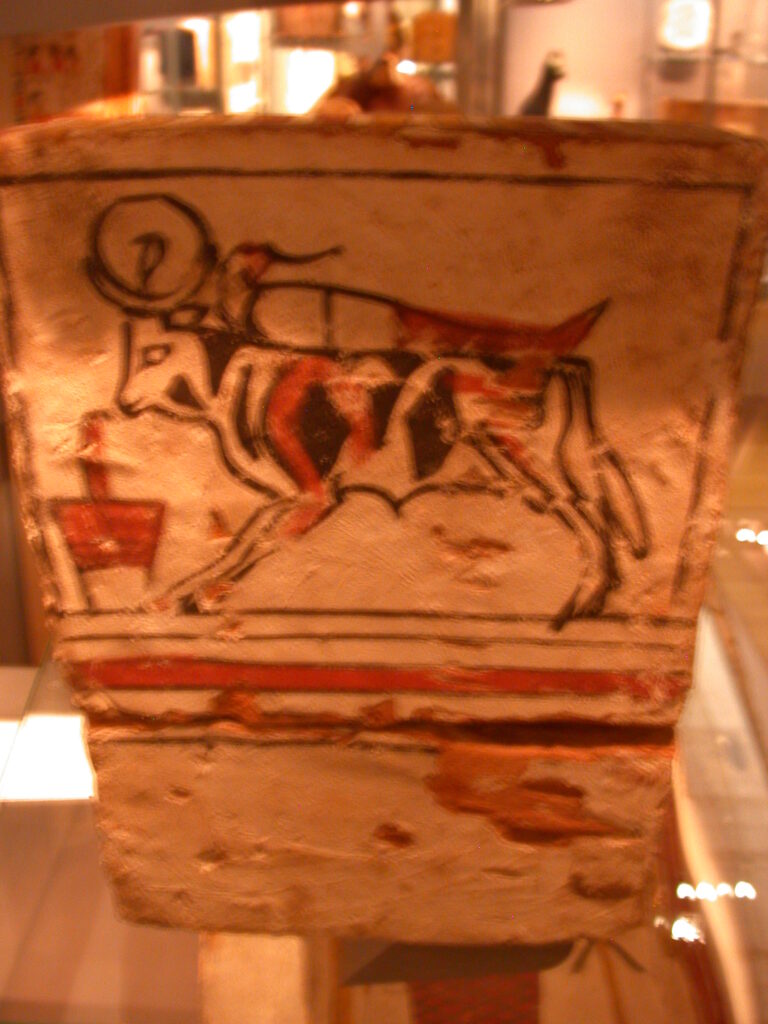
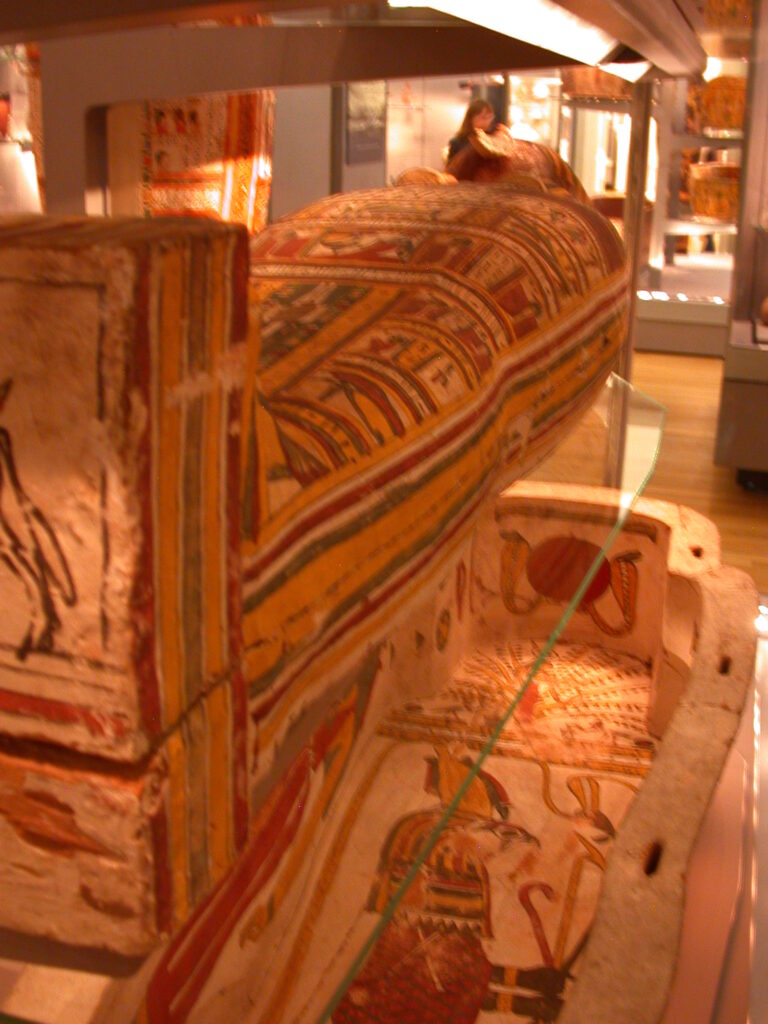
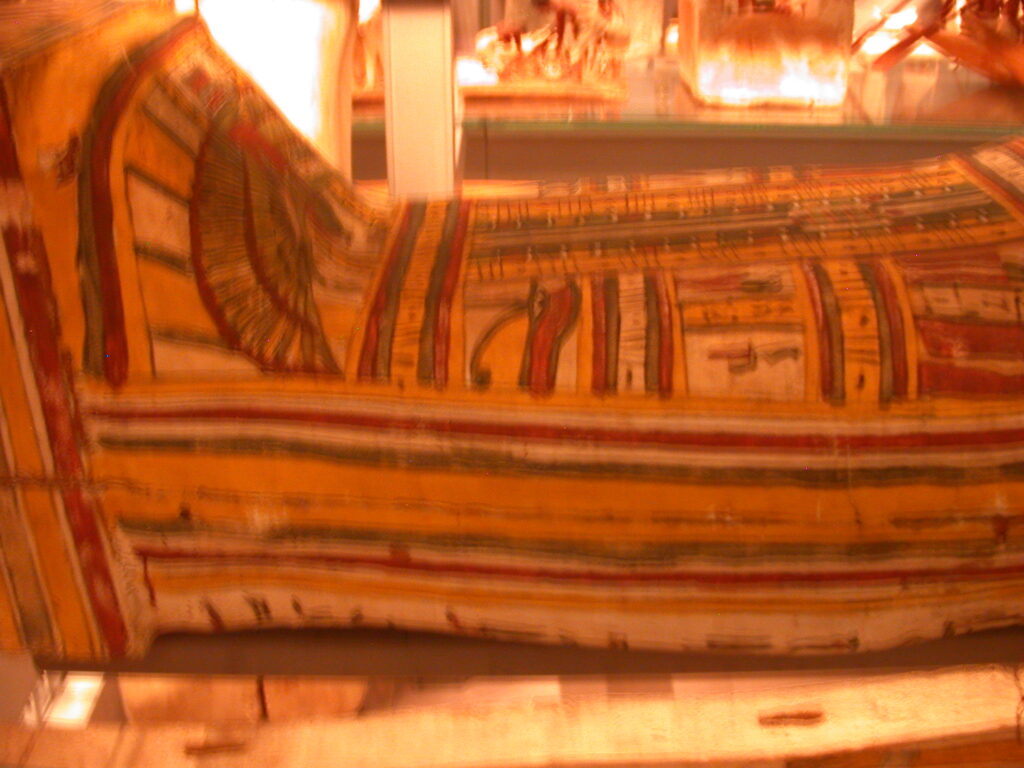
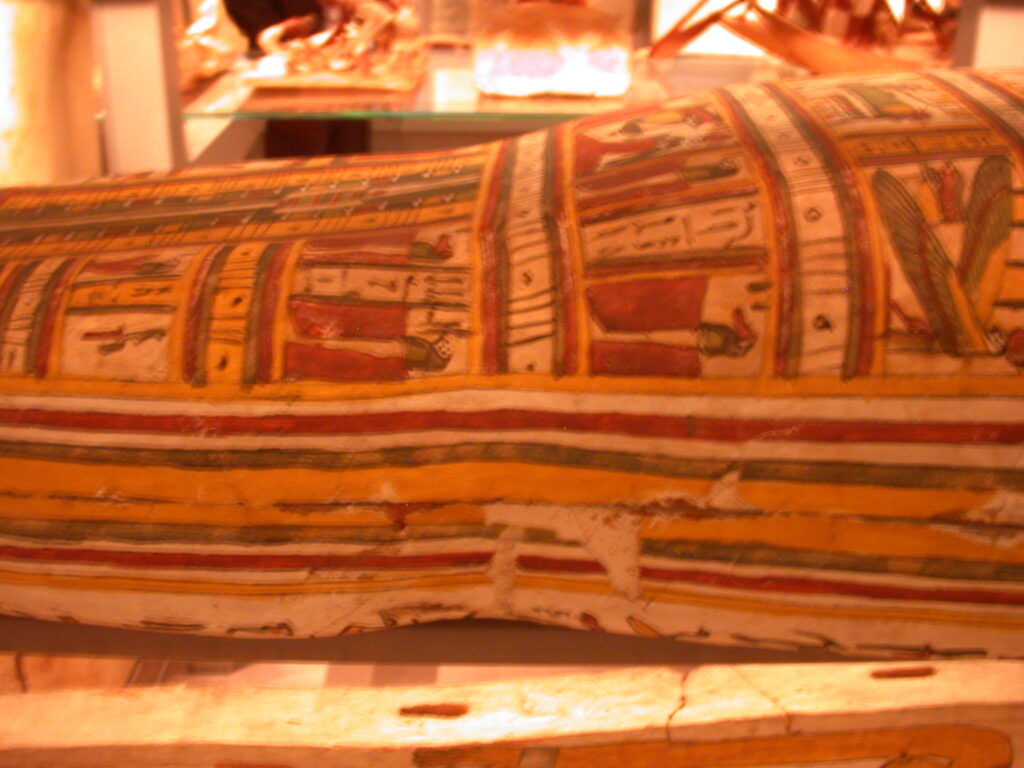
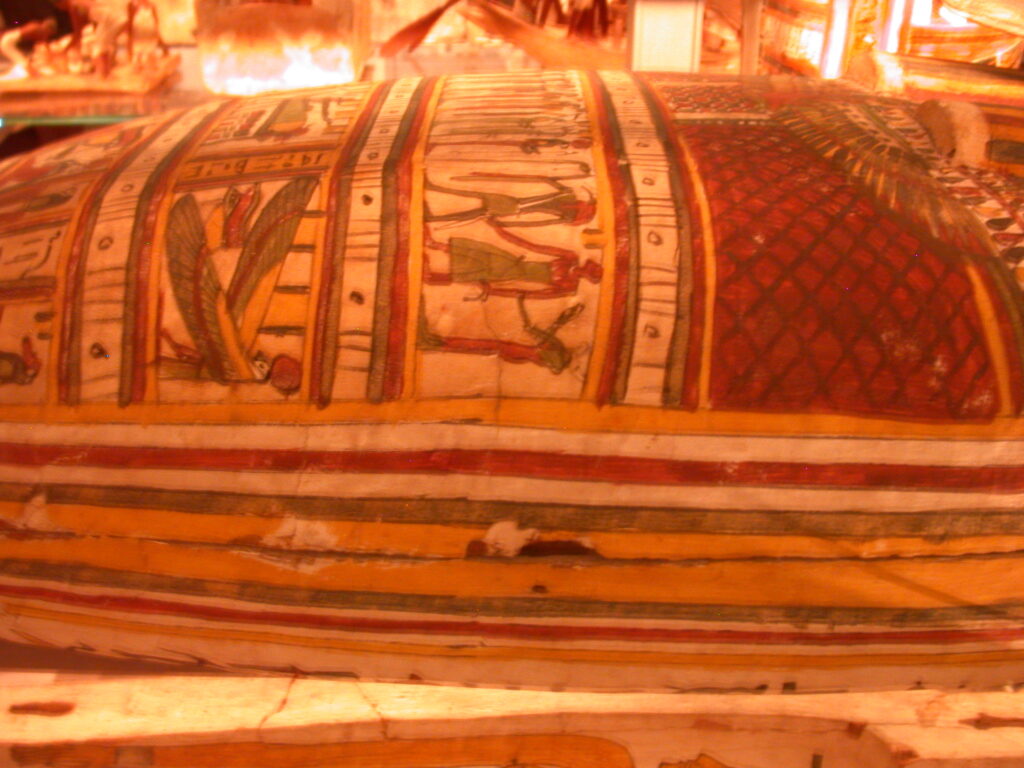
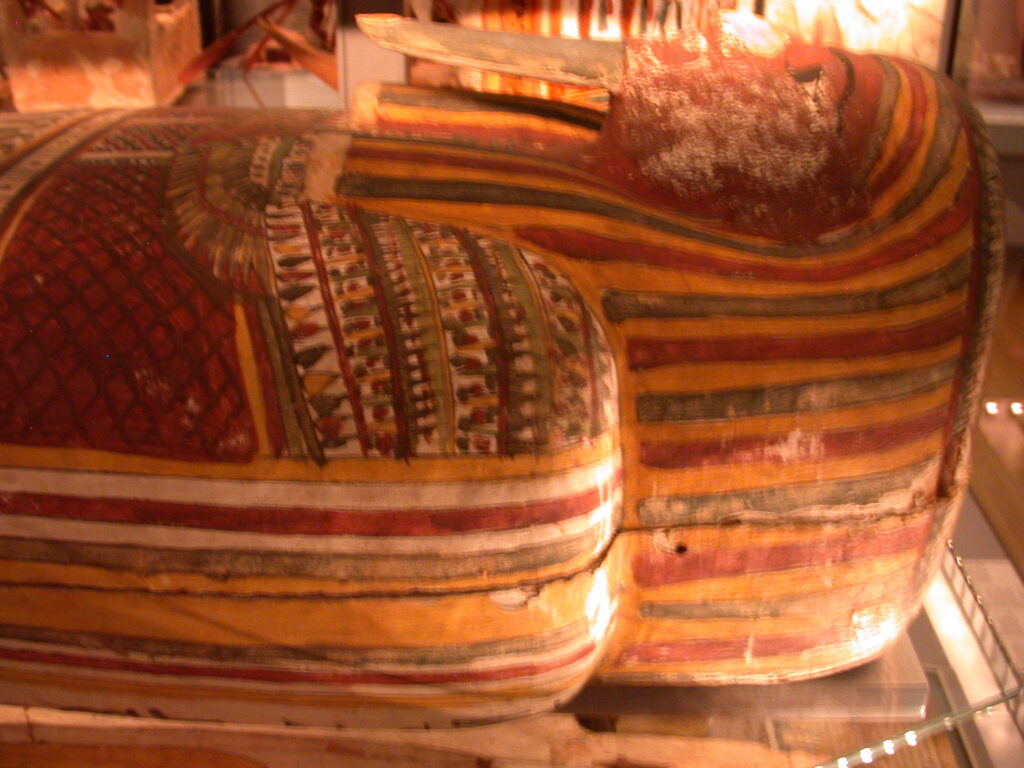
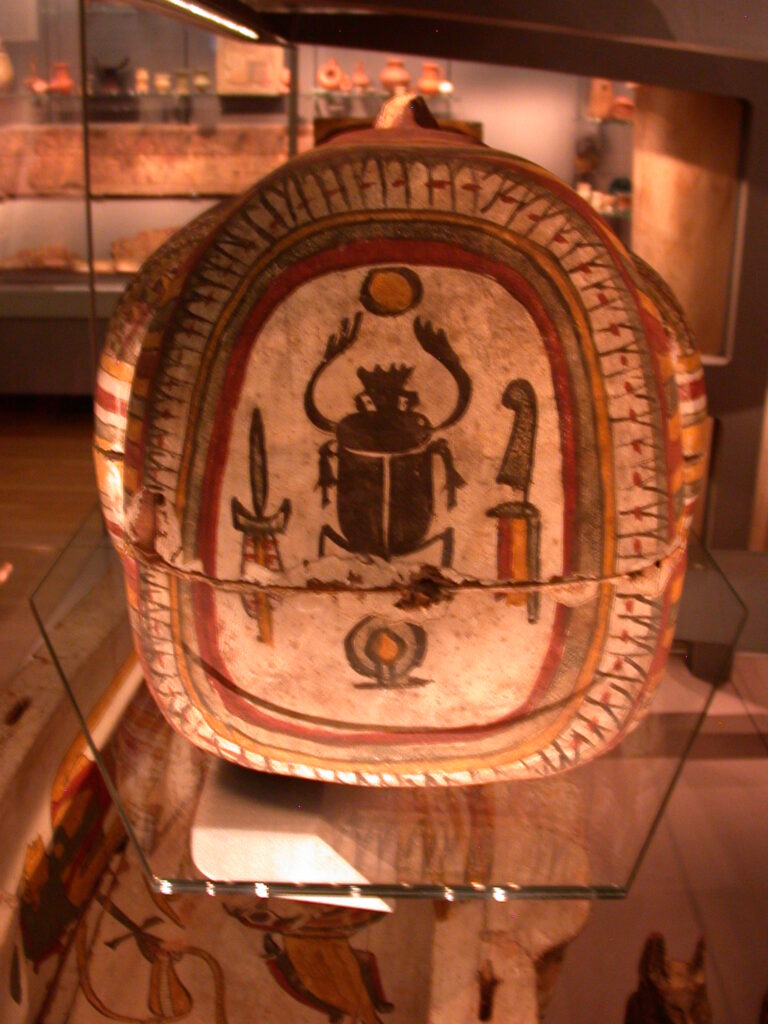
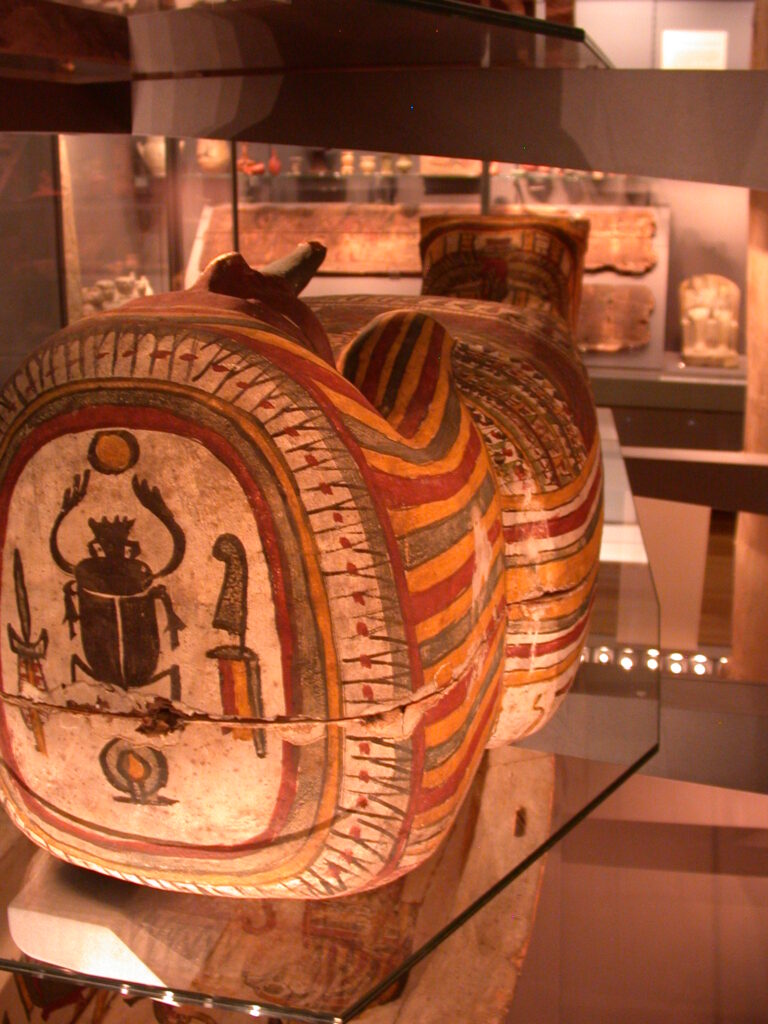
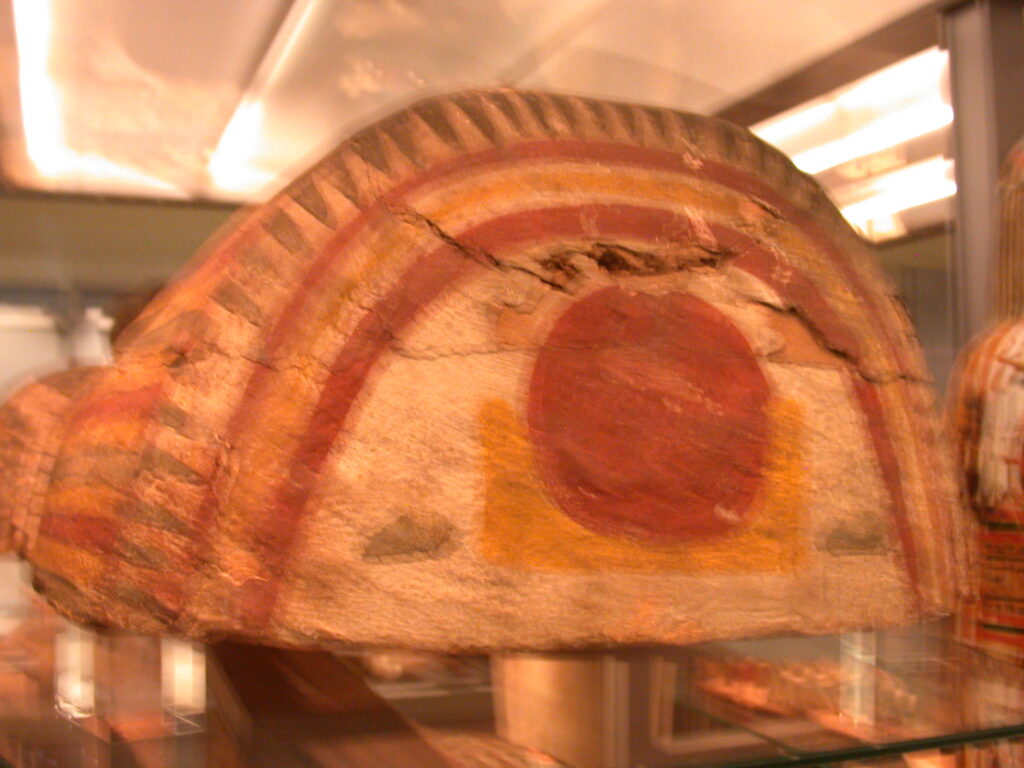
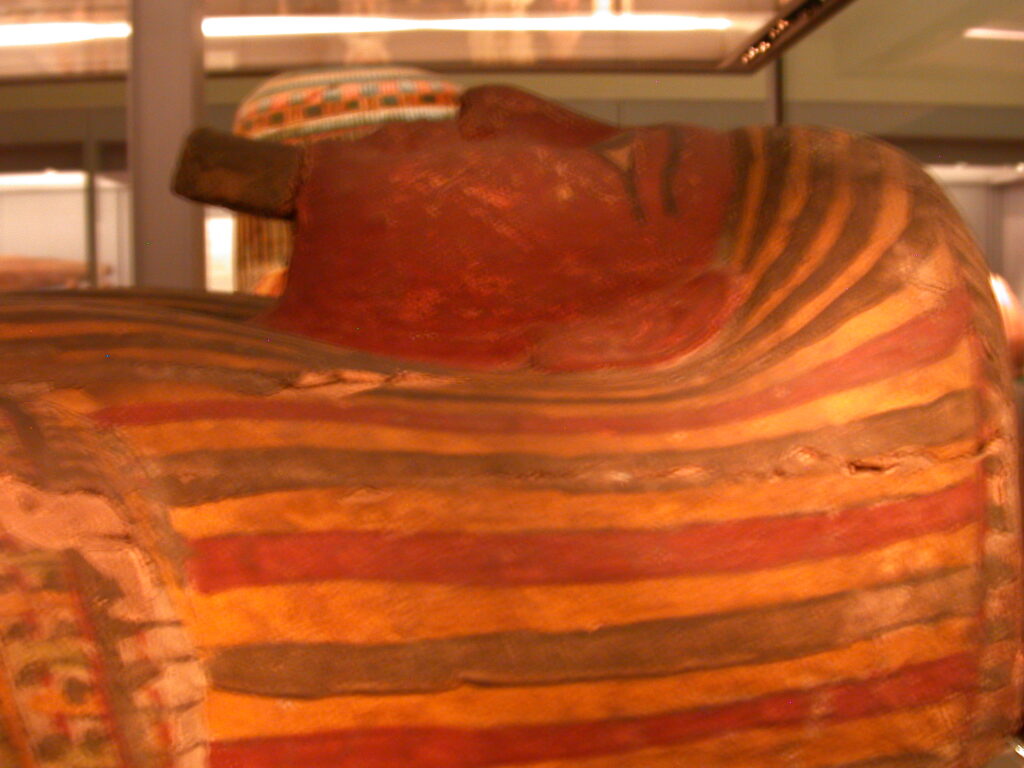
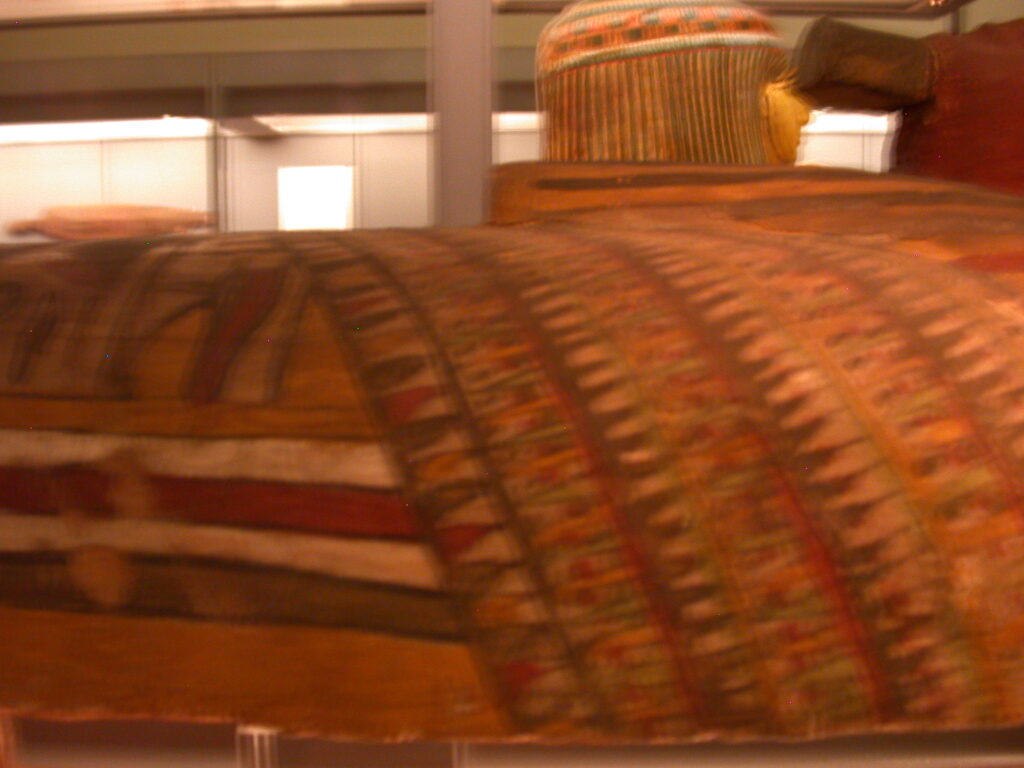
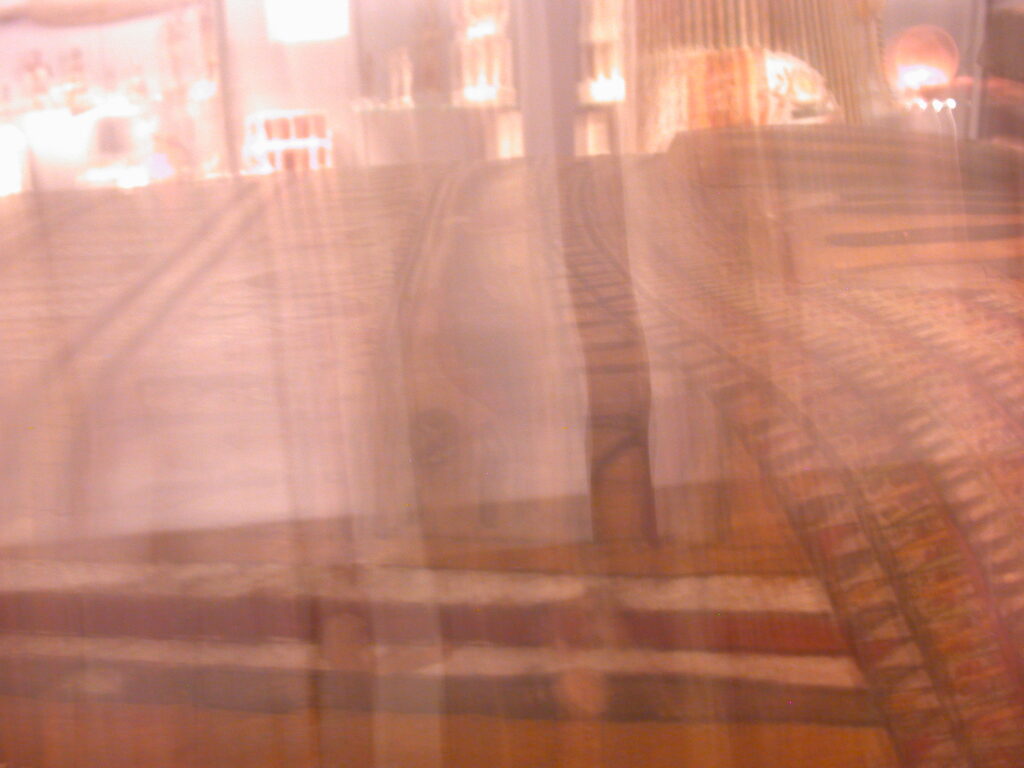
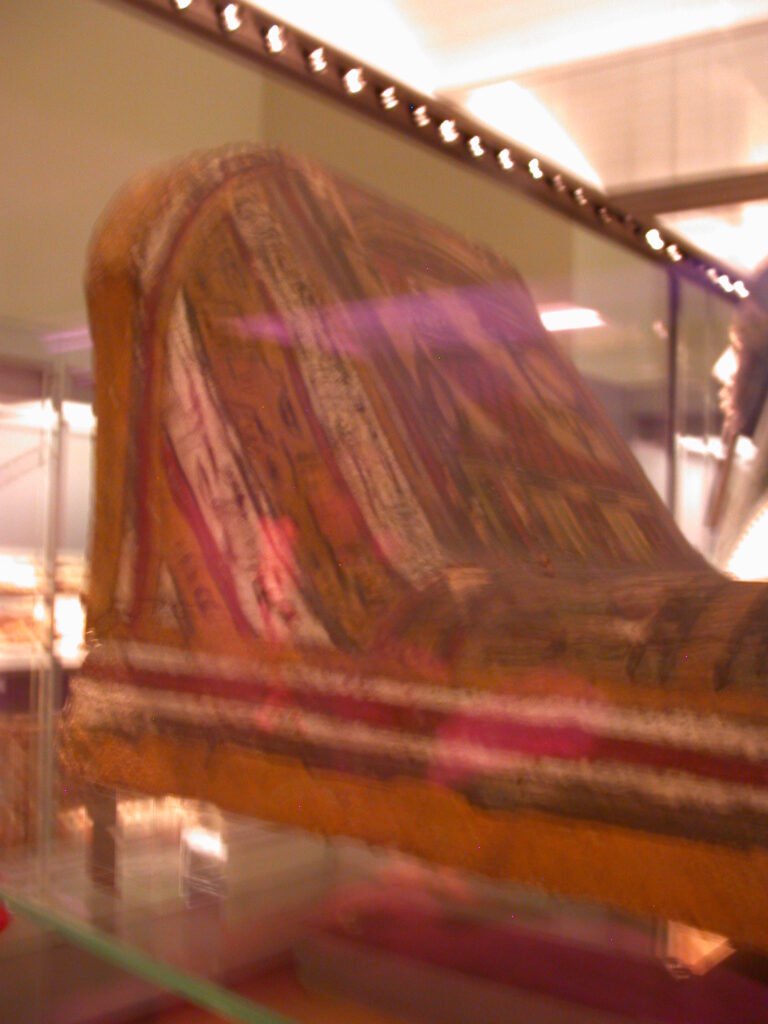
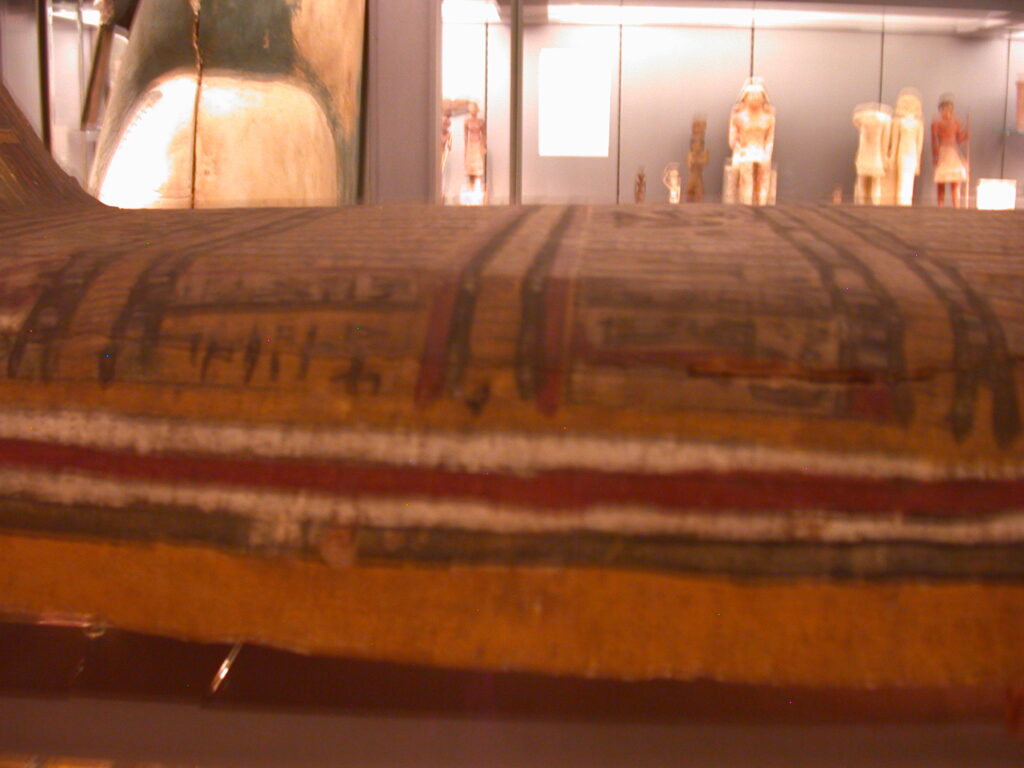
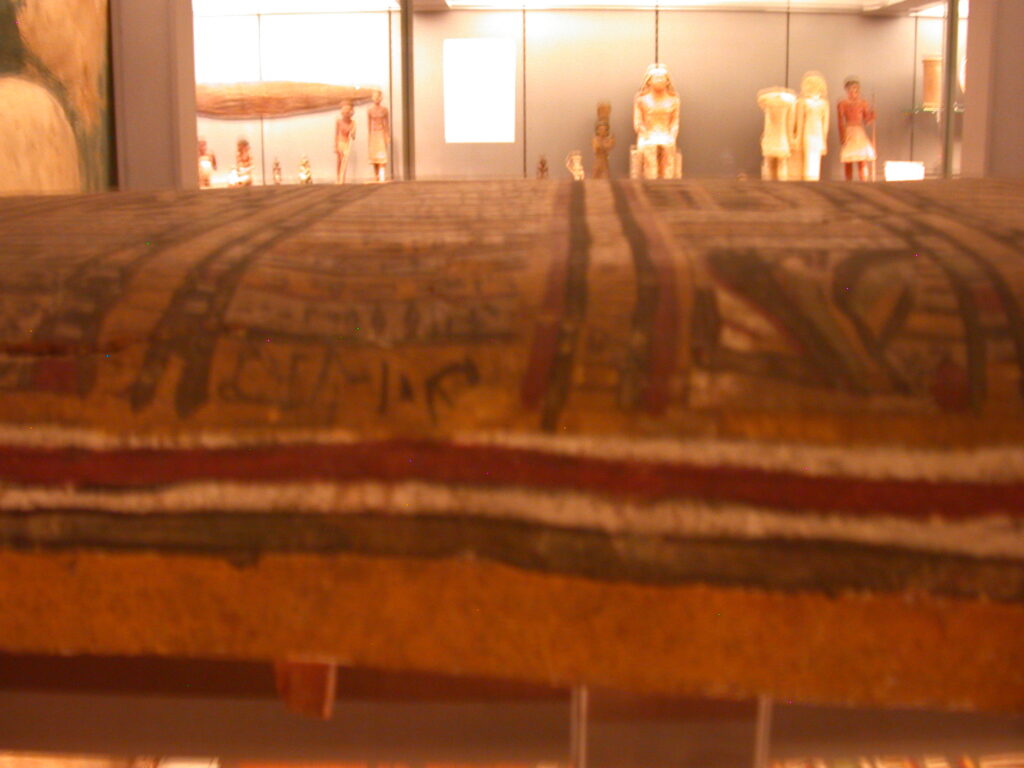
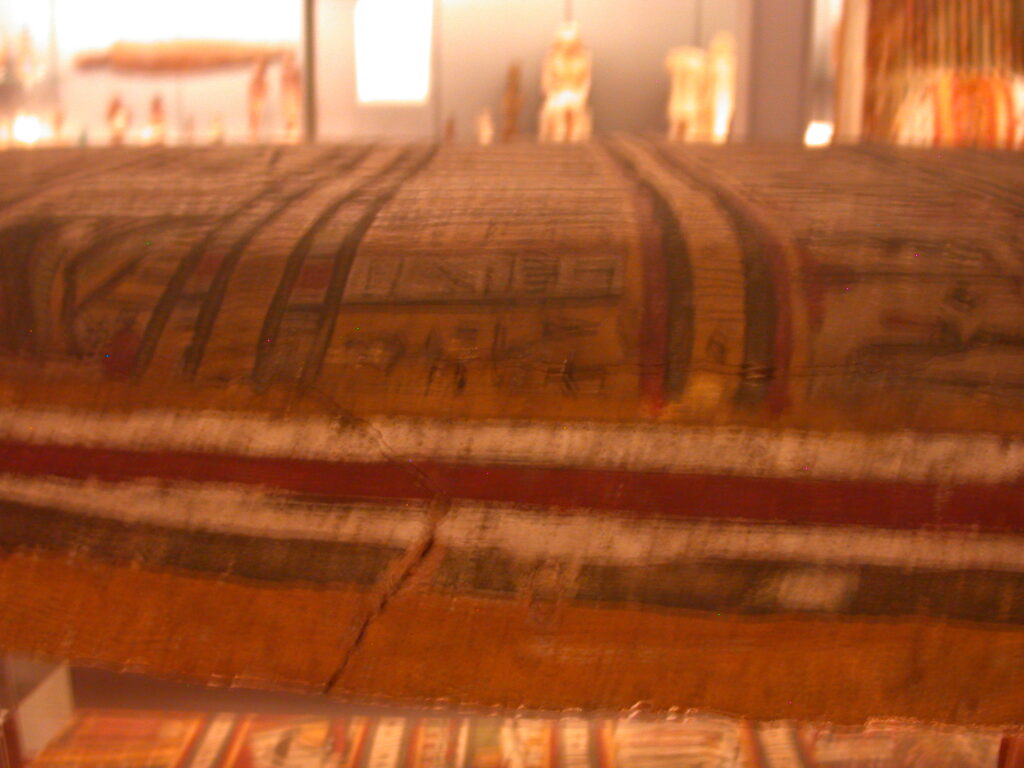
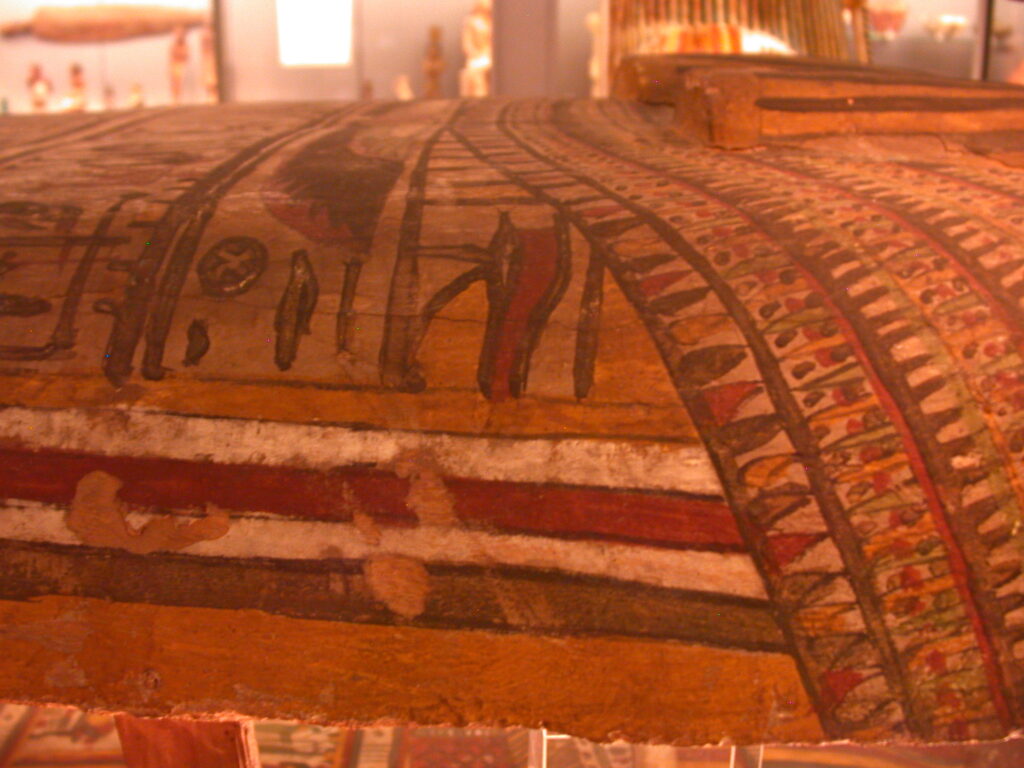
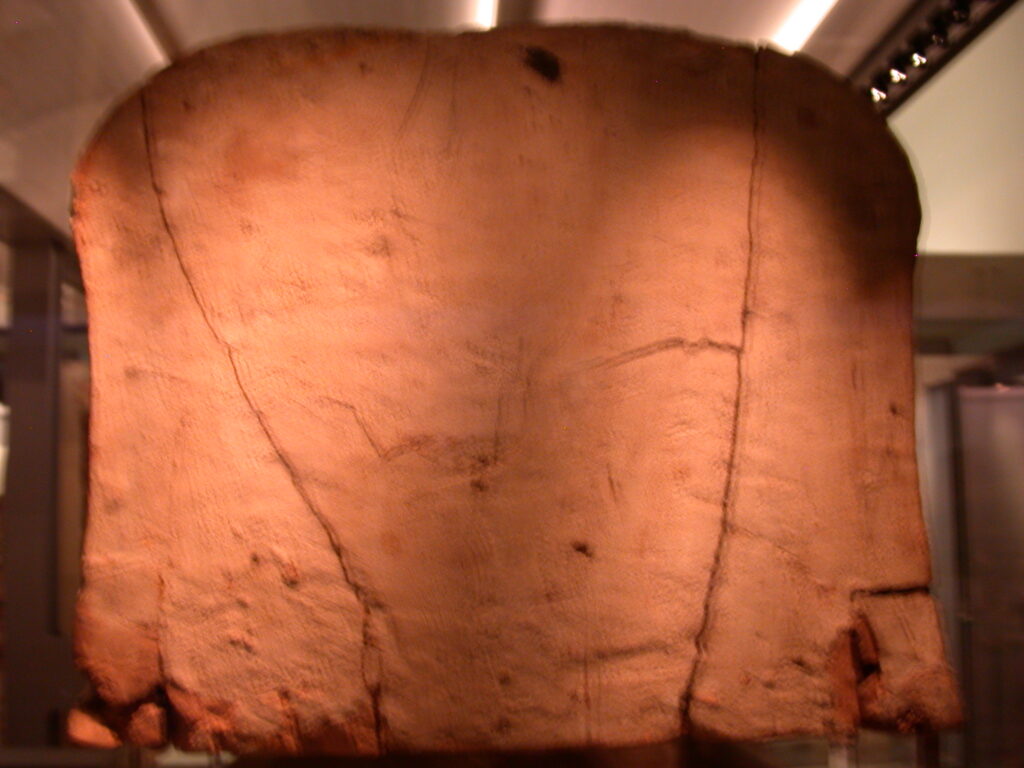
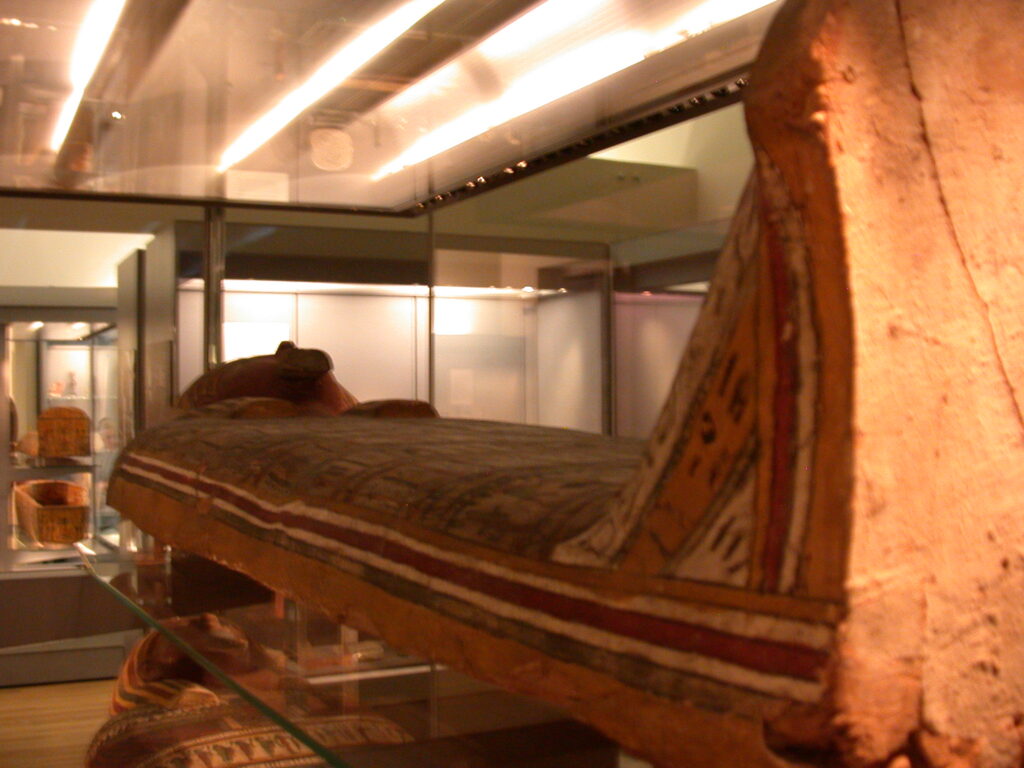

Sweet Sacrilege turned me on to this bizarre but oddly compelling and addictive music video from The Knife called “Pass This On”:
After relaxing for a day at the Ancient City Lodge, I went to visit the Great Zimbabwe Monument site. I had reserved in advance an archaeologist as a guide.
OVERVIEW:
Hill Enclosure
Valley Enclosures
Great Enclosure
Museum
References
HILL ENCLOSURE:
Arriving at the Hill Enclosure, one passes through what was probably an ancient guard station
Climb uphill passing through narrow passages between boulders where defenders could have thrown boulders onto invaders to prevent entry and protect city
At summit, enter past double walls into a clearing where the king’s huts were built (one on top of another over time, possibly demolished as each king died, with new hut built on remains of the old, ending up with the stratified layers several meters deep excavated by archaeologists)
King’s platform short climb above the clearing. Thought to be the chikuva of the Hill Enclosure. A chikuva is traditionally a part of the kitchen far from the entrance where people pray to spirits for protection or good fortune. When a person dies, their relatives lay their body overnight in the chikuva before burial.
One of the famous Great Zimbabwe birds was found in the chikuva, representing what is probably an eagle of as yet unknown species.
Next comes what was probably the homesteads of the king’s closest and most prestigious advisors.
The Recessed Enclosure, named after the recesses in its far wall, is thought to have been the home of the spirit mediums.
A short walk on a downhill path brings you to the Cave where ore was likely stored and where the spiritual leadership likely prepared for rituals. Also, the cave acts as a natural megaphone for communicating messages to the Valley Enclosures and Great Enclosure far below.
Walking uphill along another nearby path, one reaches the Furnace Enclosure used for ore smelting, including iron and possibly gold work.
A bit further uphill is the Ritual Enclosure or Sacred Enclosure. Six birds were found there, then stolen in the late 19th century by a European archaeologist.
Many of the birds have toes that look like human toes.
There were at least two platforms within the Ritual Enclosure, one on each side. Probably two of the birds rested on each platform, facing inwards toward the people sitting around the edge at the rear (downhill side of the enclosure). The king’s advisers and the diviners likely sat on platforms arranged upward on the hill. The king likely presided over the rituals seated on top of a large boulder well above everyone else, a small wall seen on the left side when facing him, probably accompanied by guards.
The ritual likely consisted of drinking beer, chanting, clapping, and dancing until sweaty, which produced states of possession by the spirits.
According to Matenga, three cows were sacrificed: one for the crowd, a second for the spirits, and a third carcass taken to the jungle for the spirit lions. If the carcass was found eaten the next day, it meant the spirits were pleased; otherwise, additional measures might have to be taken to appease the spirits.
Sometimes the purpose of the ritual was to dance for rain.
King’s lineage passed from older to younger brother starting with first wife, then second wife, etc. King usually had over 200 wives living in Valley Enclosures. Continued on to sons if all brothers had served as King.
VALLEY ENCLOSURES:
Thought to be where the king’s wives lived in about 50 households with two to three wives per household.
Judicial court for commoners in one field with appeal only rarely to “supreme court” of King’s council.
Also the location of an enclosure where imported treasures were found, called the Royal Treasury.
GREAT ENCLOSURE:
Theories:
First wife of king may have lived there
Maybe a school of initiation and ethics there
Evidence includes phallic objects found there and a decorated beam with crocodile and other symbols
Children’s play area near front entrance(s)?
OR perhaps the (last?) king shifted residence from the Hill Enclosure to the Great Enclosure
The enclosure has the shape of a womb
The outer and most recent wall of the Great Enclosure curves around like a python biting its tail with the earliest construction at the lower end of the tail and later construction toward the head, including the layer of chevron decoration over the newer part of the outer wall.
MUSEUM:
Power was out at the museum, but luckily I had brought a torch. No pictures allowed. 🙁
Exhibits as far as I remember included:
History of Great Zimbabwe
Models of Enclosures
Crops: sorghum, millet, and one other
Tools: adze, spears, etc.
The Zimbabwe Birds (the piece de resistance!)
The Forge
Cotton and Textiles – Weaving
Trans-Continental Trade
Zoomorphic stool (said to walk around to fetch water on command of magician)
REFERENCES:
Provided by guide:
Hall, Martin. Farming Communities.
Hoffman, Thomas. Snakes and Crocodiles.
Hoffman, Thomas. Symbols of a Nation: Unveiling the Mysteries of Great Zimbabwe.
Matenga, Edward. Bird book (which I purchased there)
Garlake, Peter. Many books.
Mudhenge, Stan. Political History of Munhumutapa.
Pikirai, Innocent. The Archaeology of the Mutapa Empire.
Thanks to Senior Tour Guide Francis Muchemwa, Great Zimbabwe World Heritage Site, P.O. Box 1000, Masvingo, Zimbabwe, tel. +263 039 265084 or 262080, mobile 011 760824, email francismuchemwa@yahoo.com (send copy of book)
I took the bus from Harare to Masvingo.
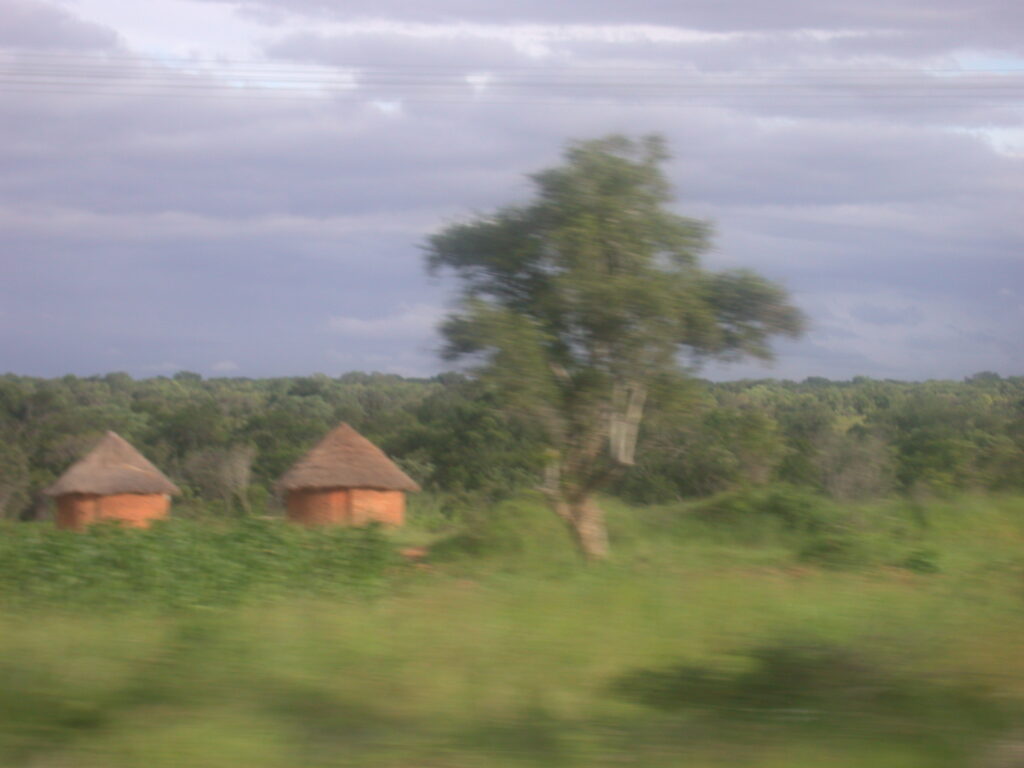
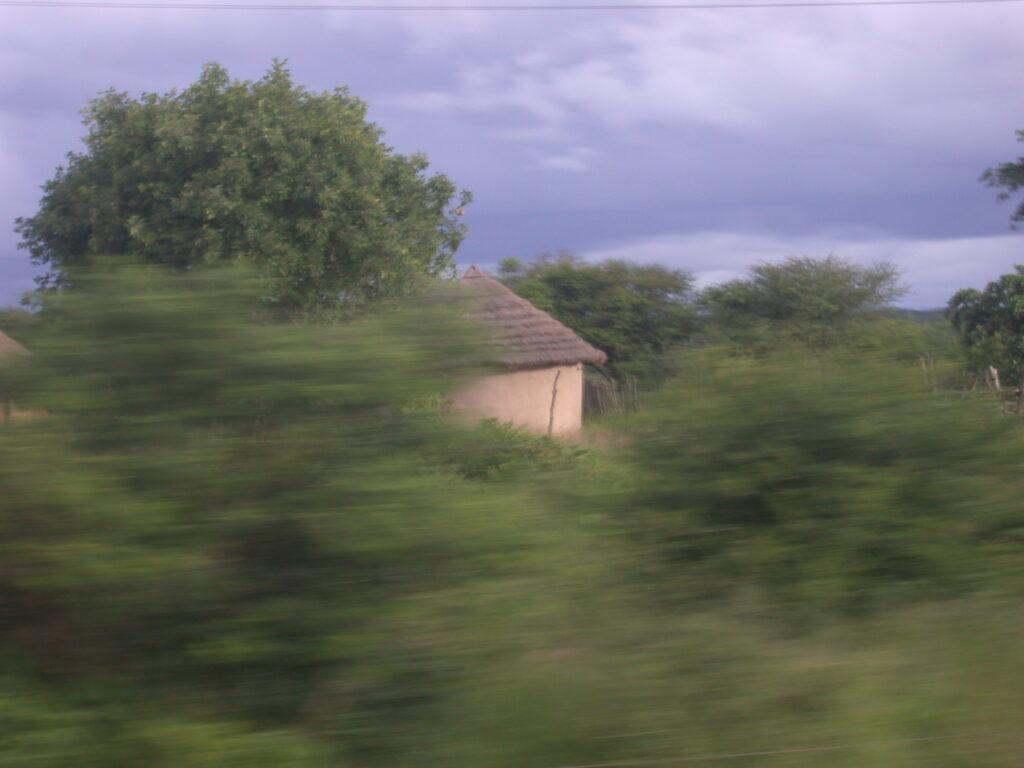
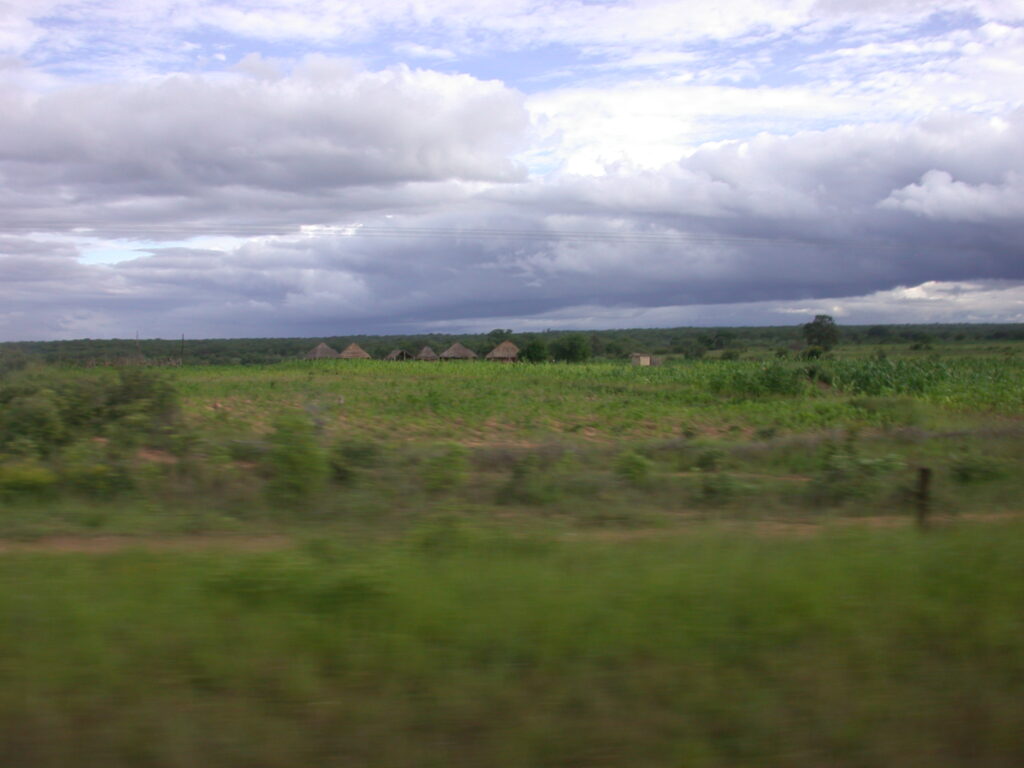
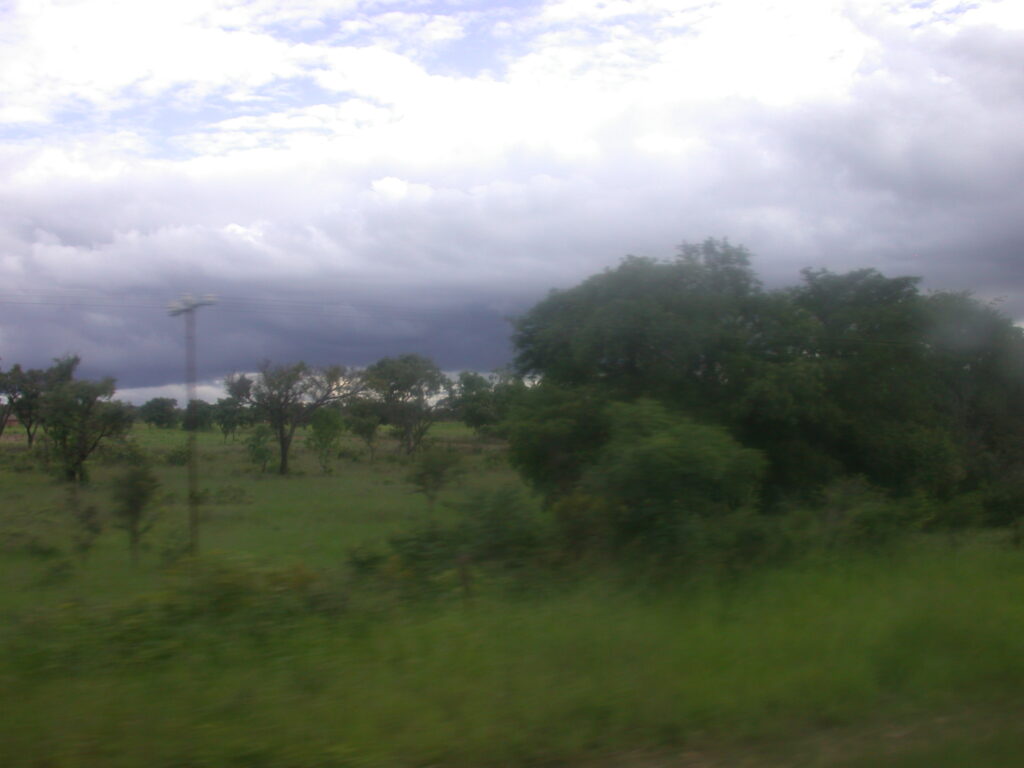
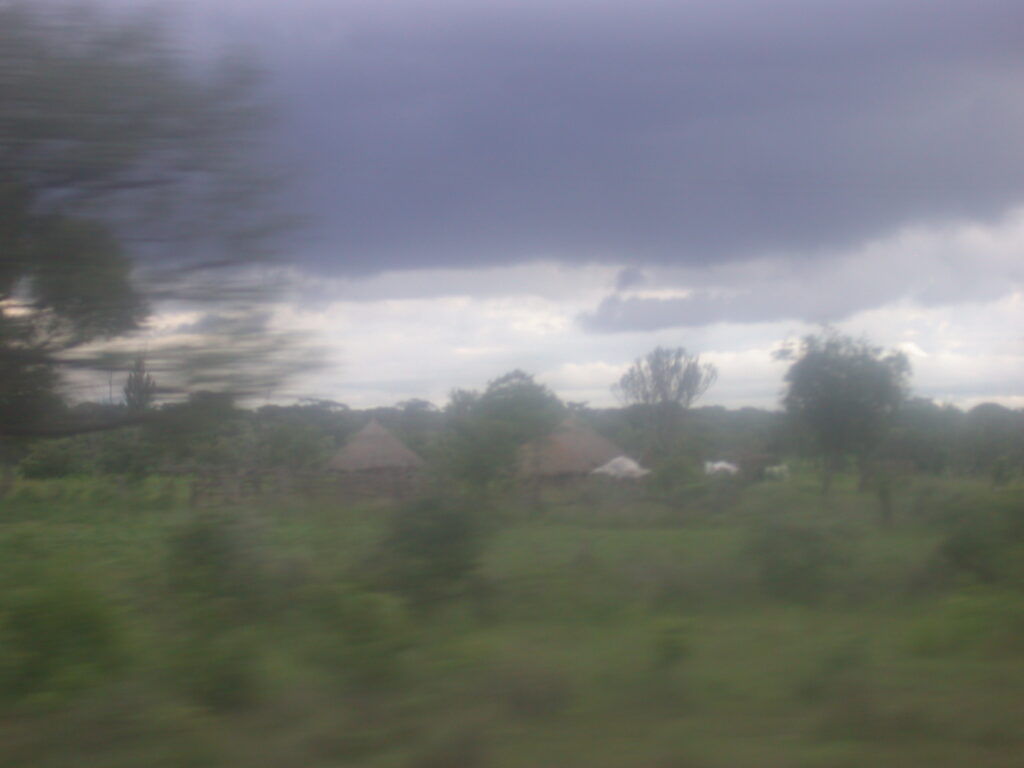
Then, on January 20, 2008, I made it to the Great Zimbabwe Monument, outside Masvingo, Zimbabwe, by paying off a local gas station owner who was willing to undercut the price offered to me by unscrupulous taxi operators in town.
I stayed at the stunning Ancient City Lodge, which is itself a recreation of the grounds of ancient Great Zimbabwe. The hotel is one of the best hotels where I’ve stayed anywhere in the world and certainly an amazing find in Zimbabwe. Tip: the price in South African rand was much more reasonable than the US dollar price for some unknown reason.
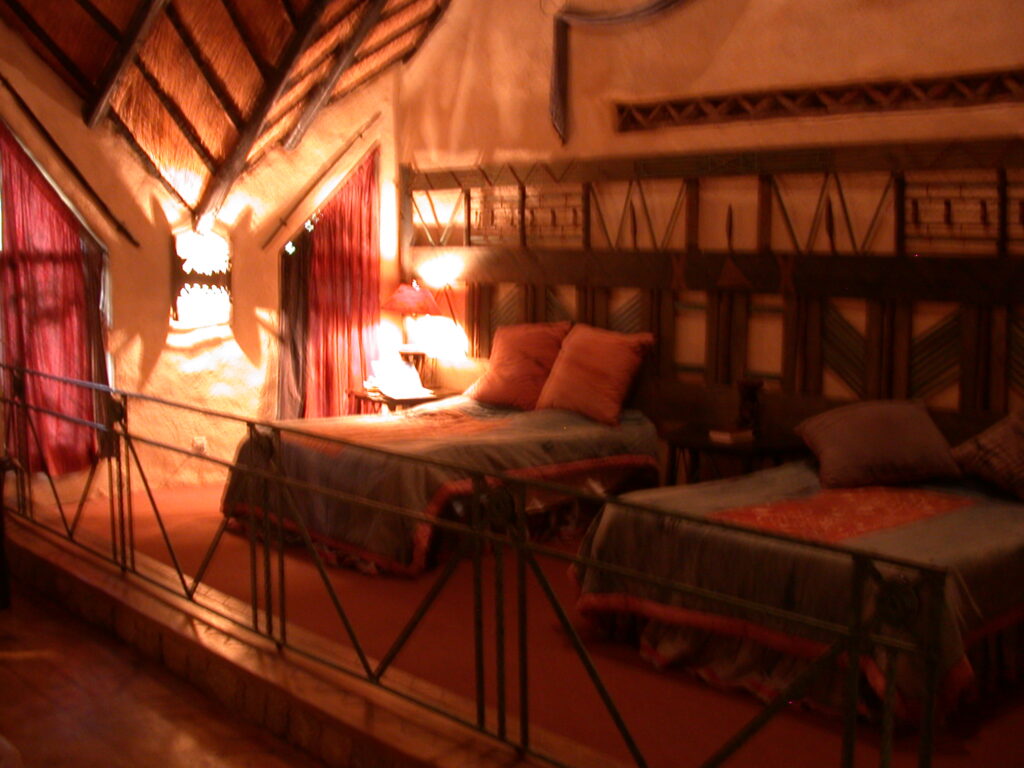
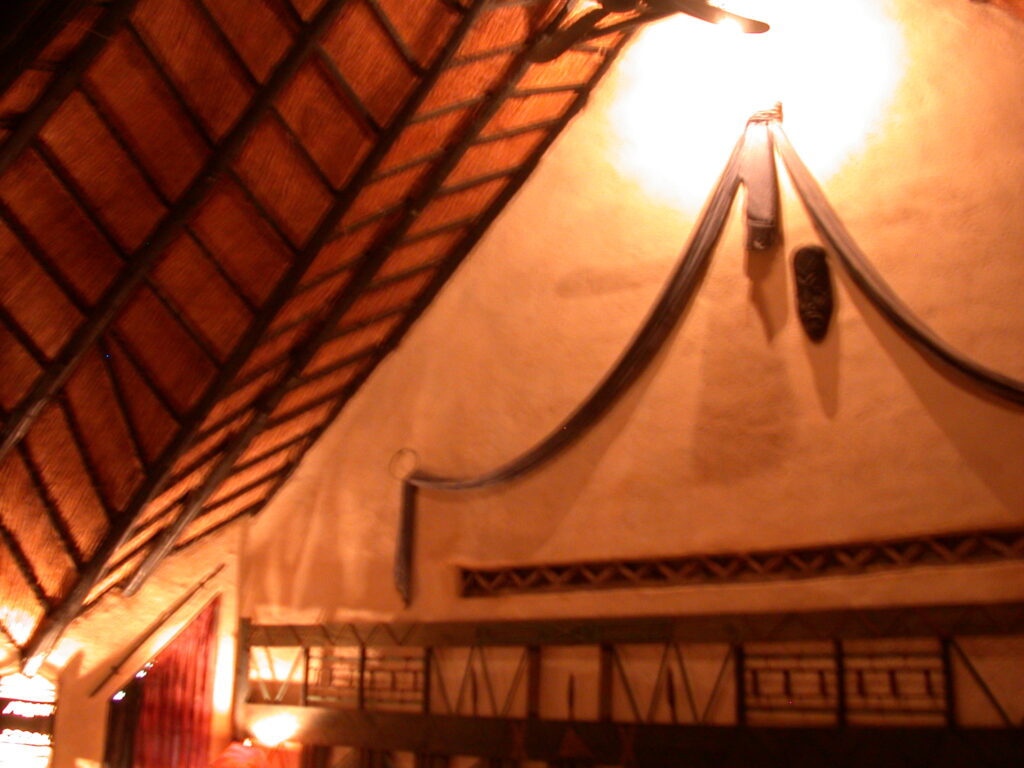
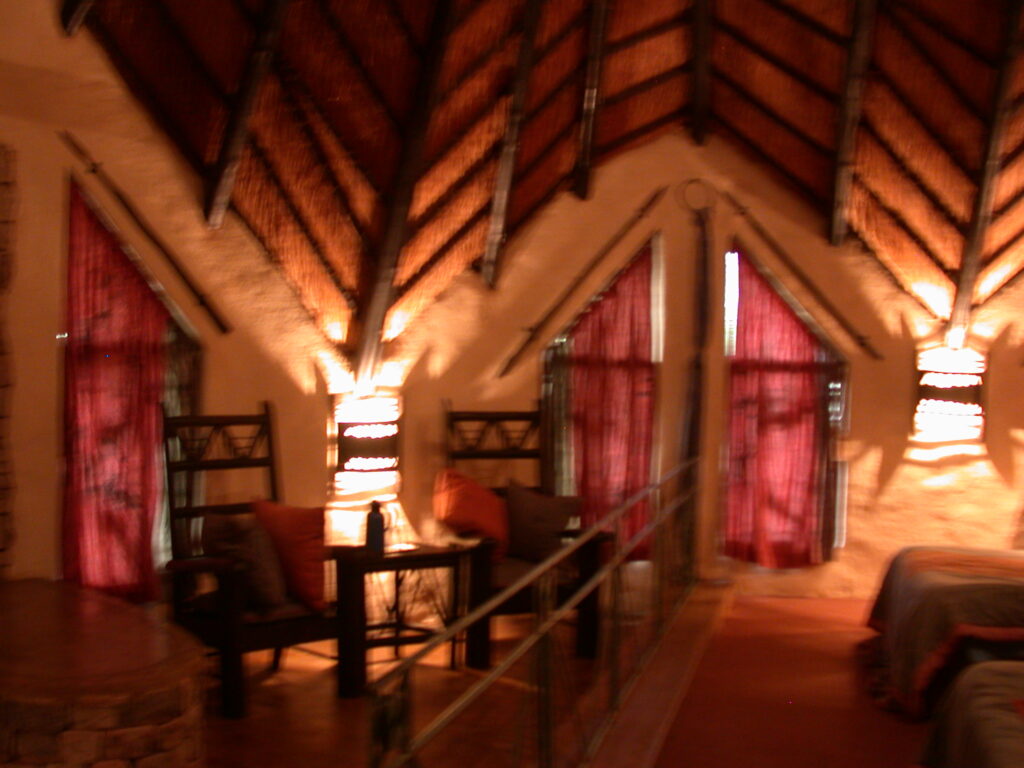
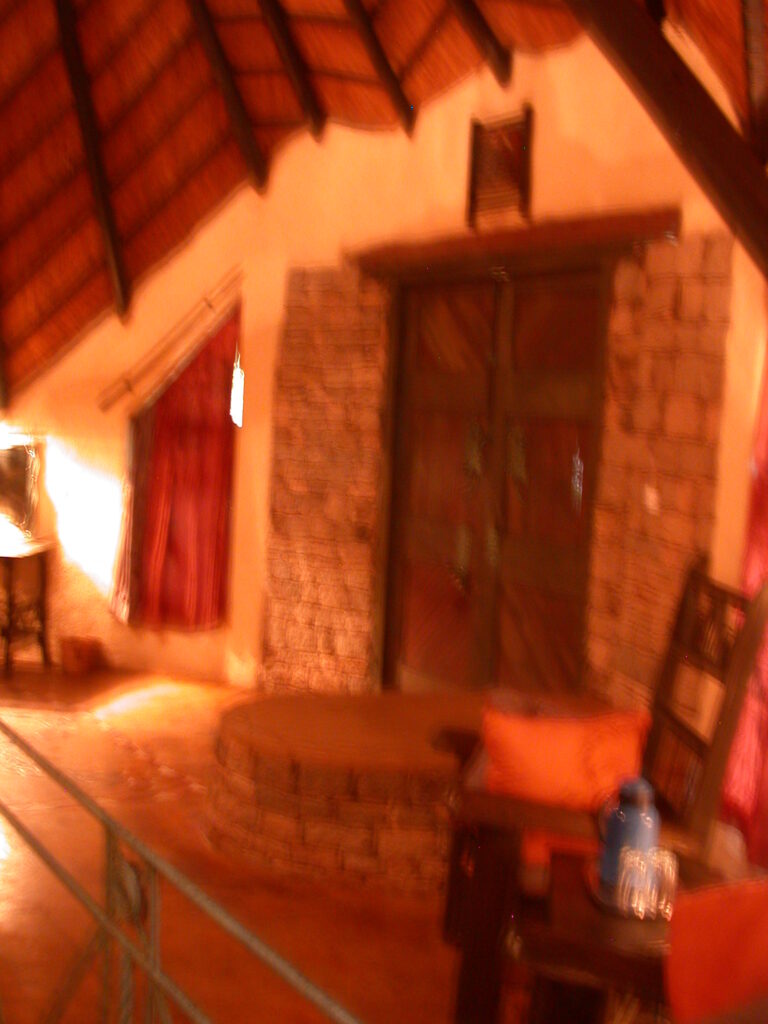
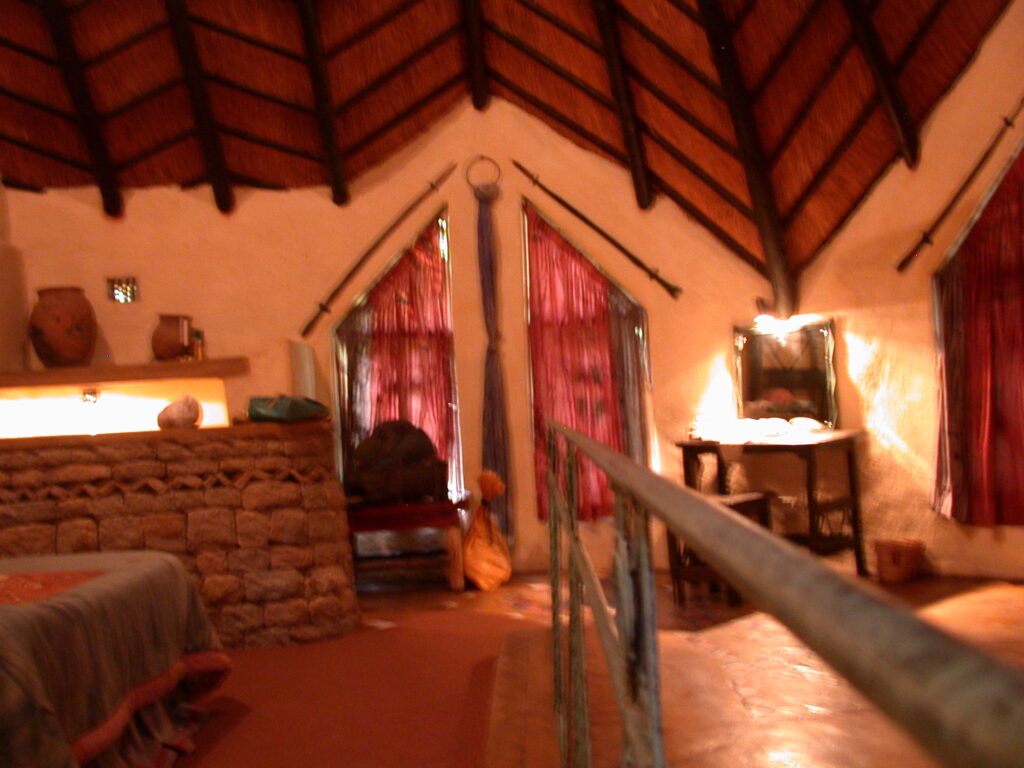
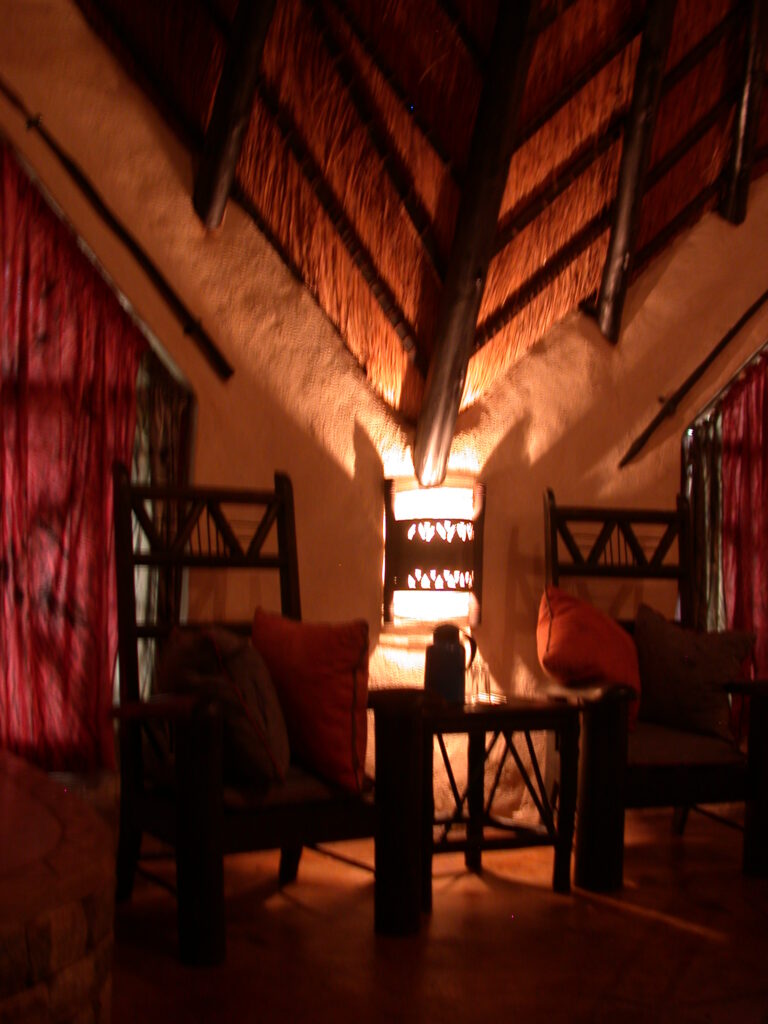
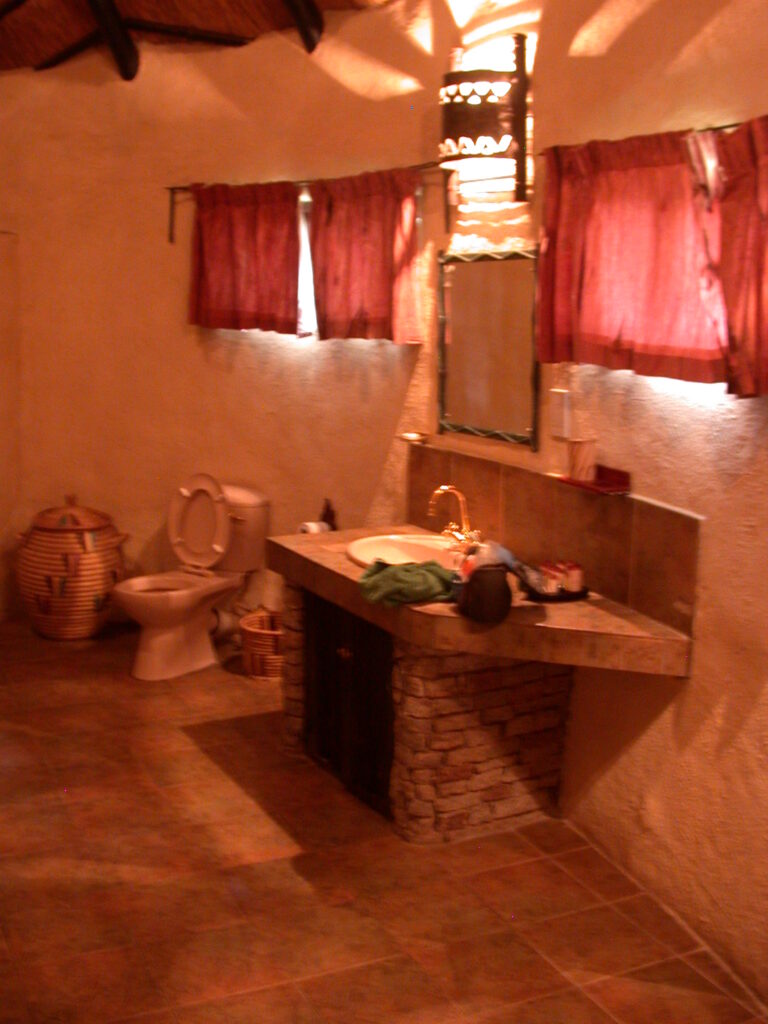
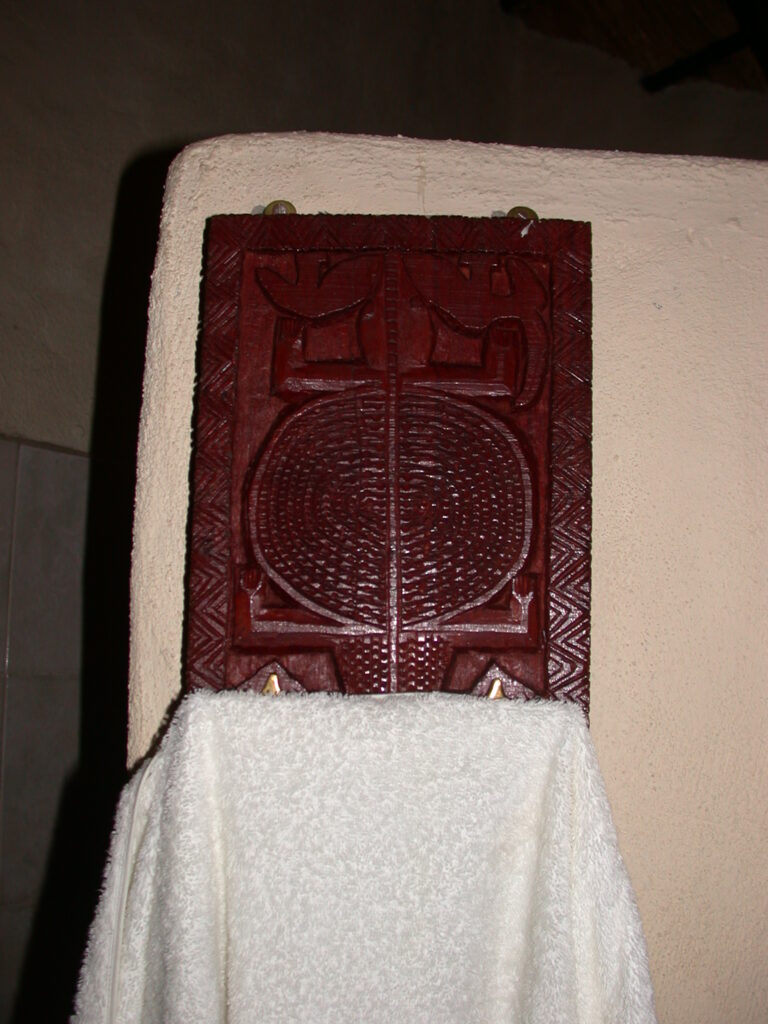
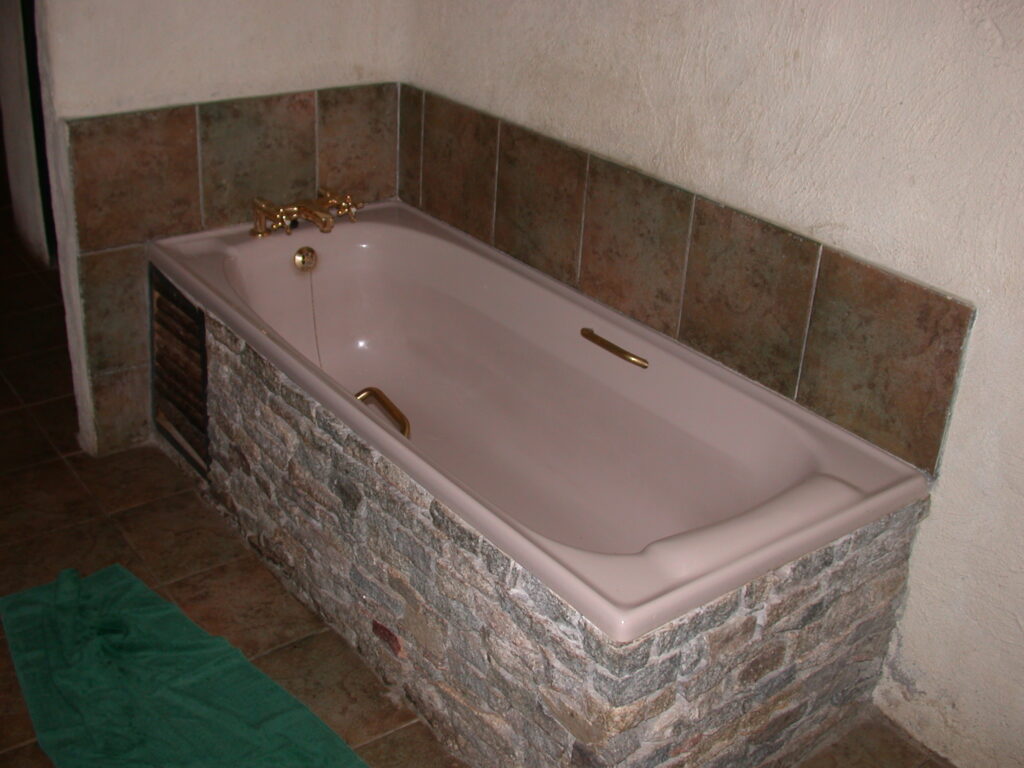
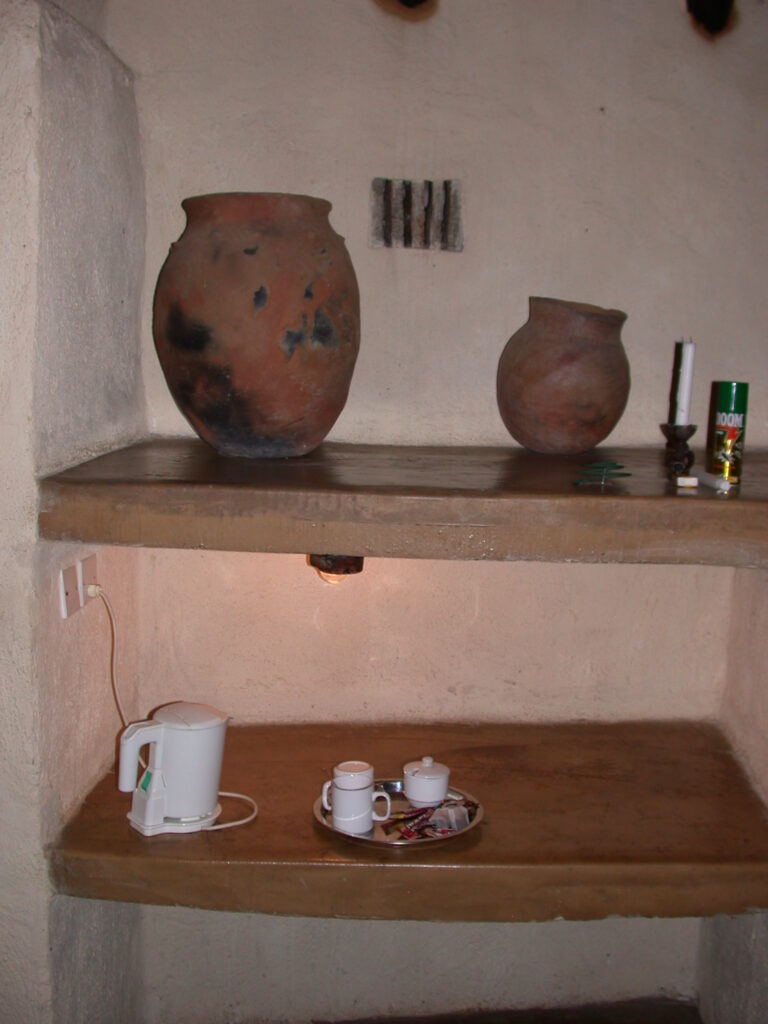
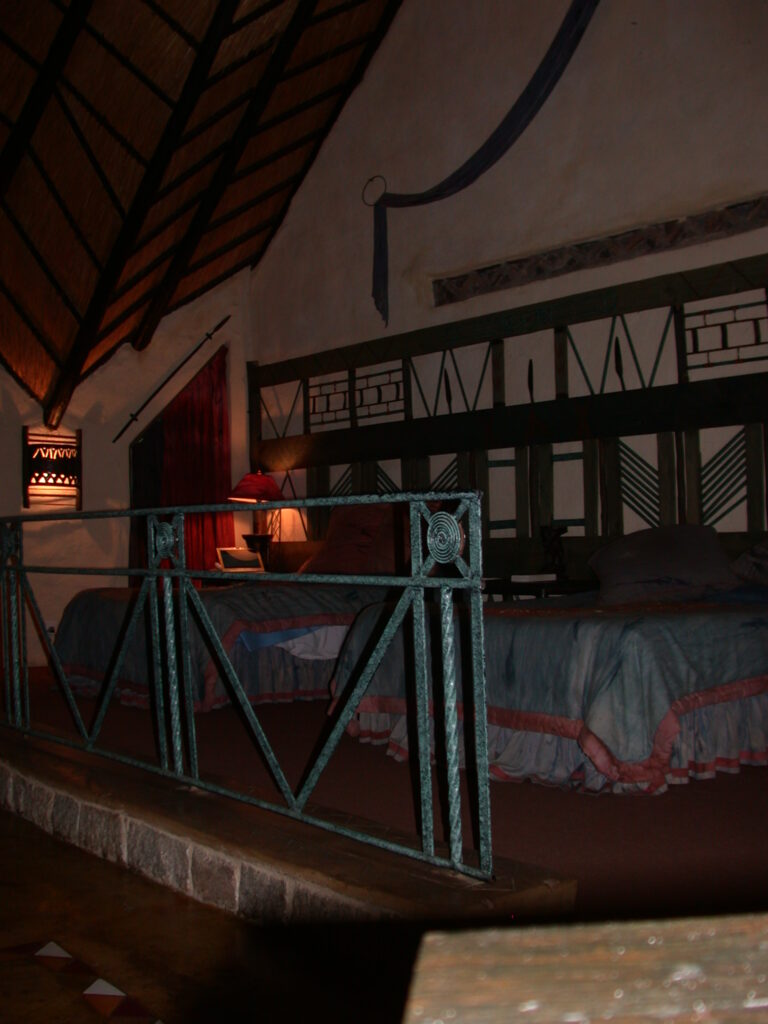
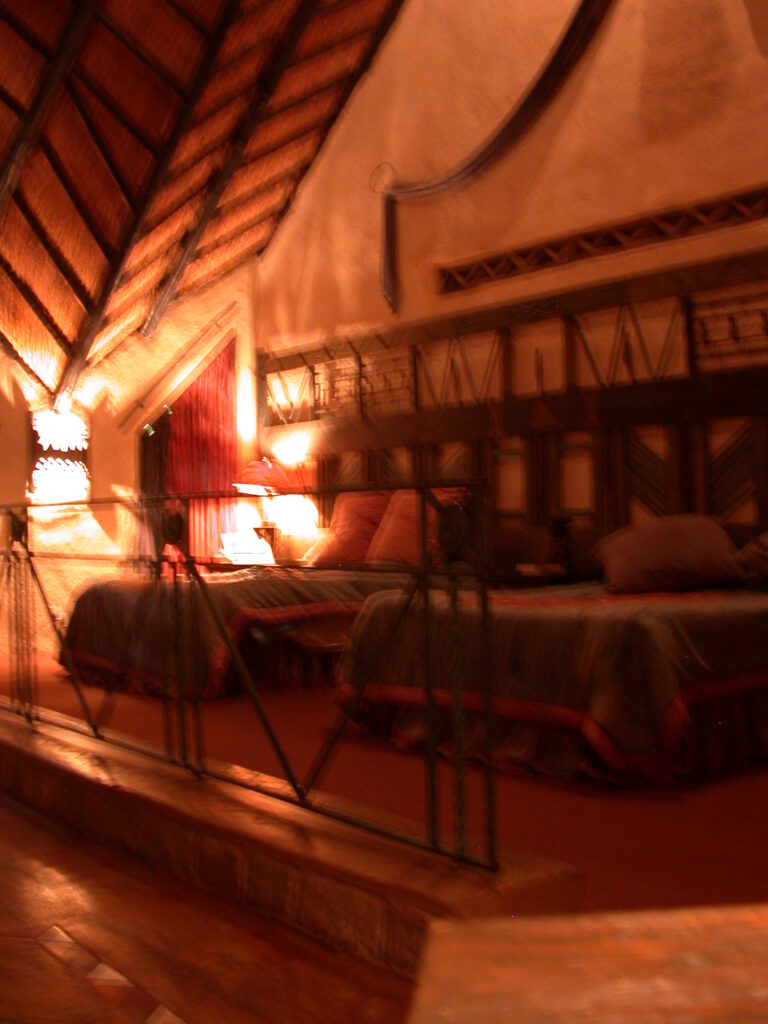
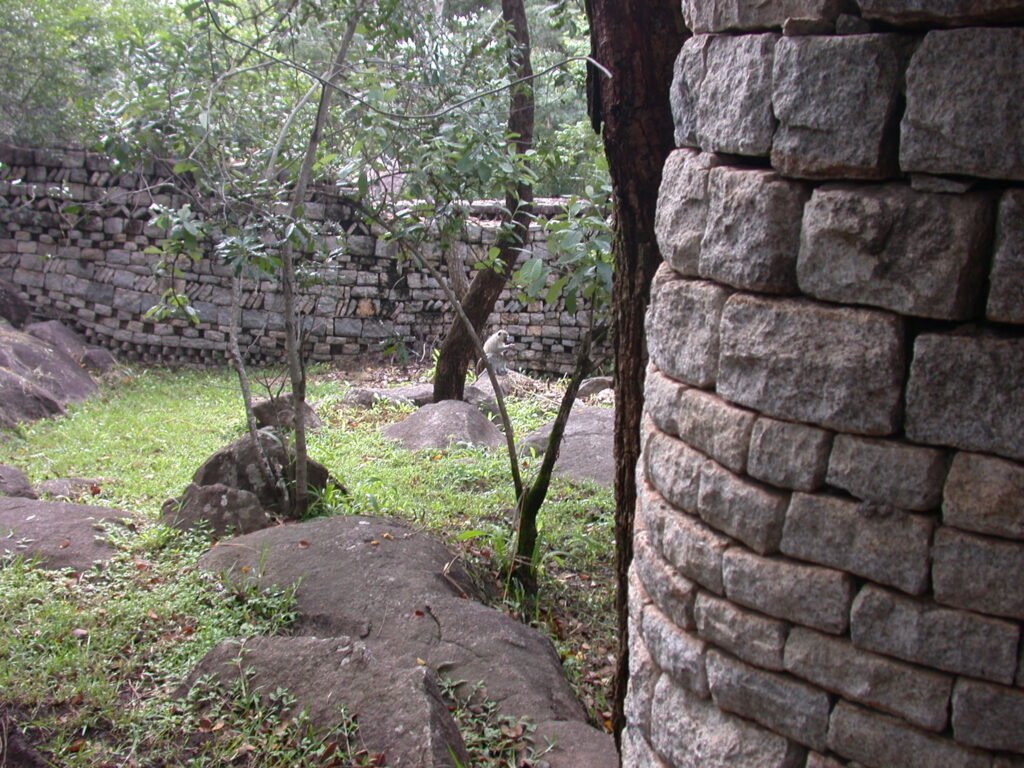
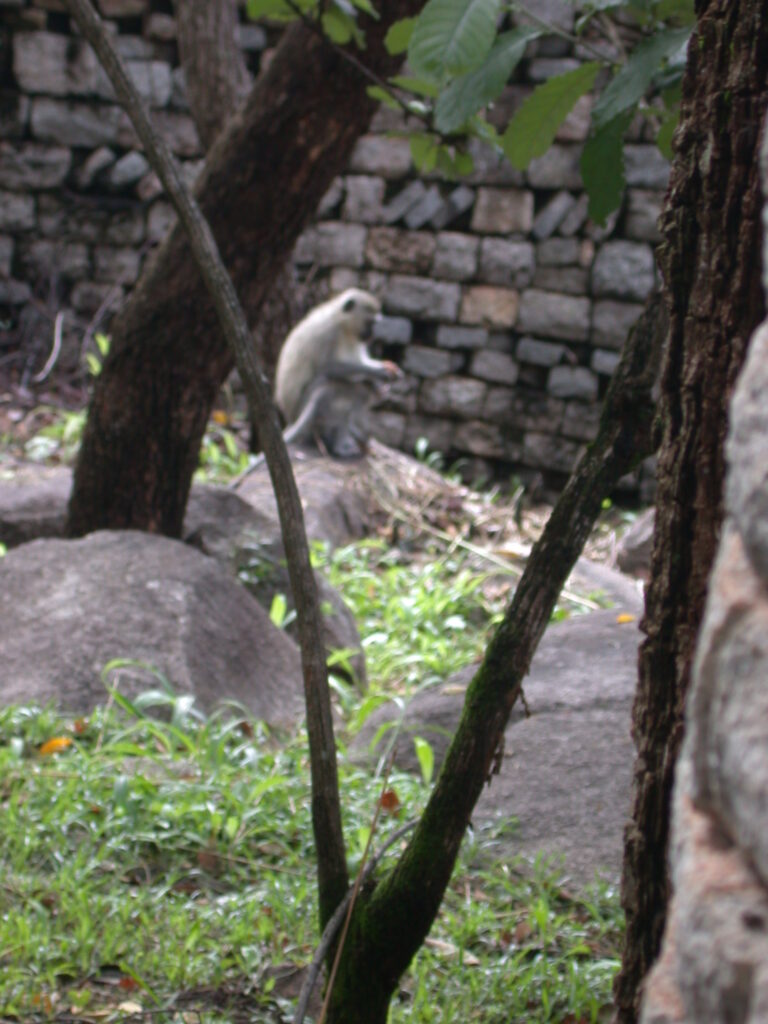
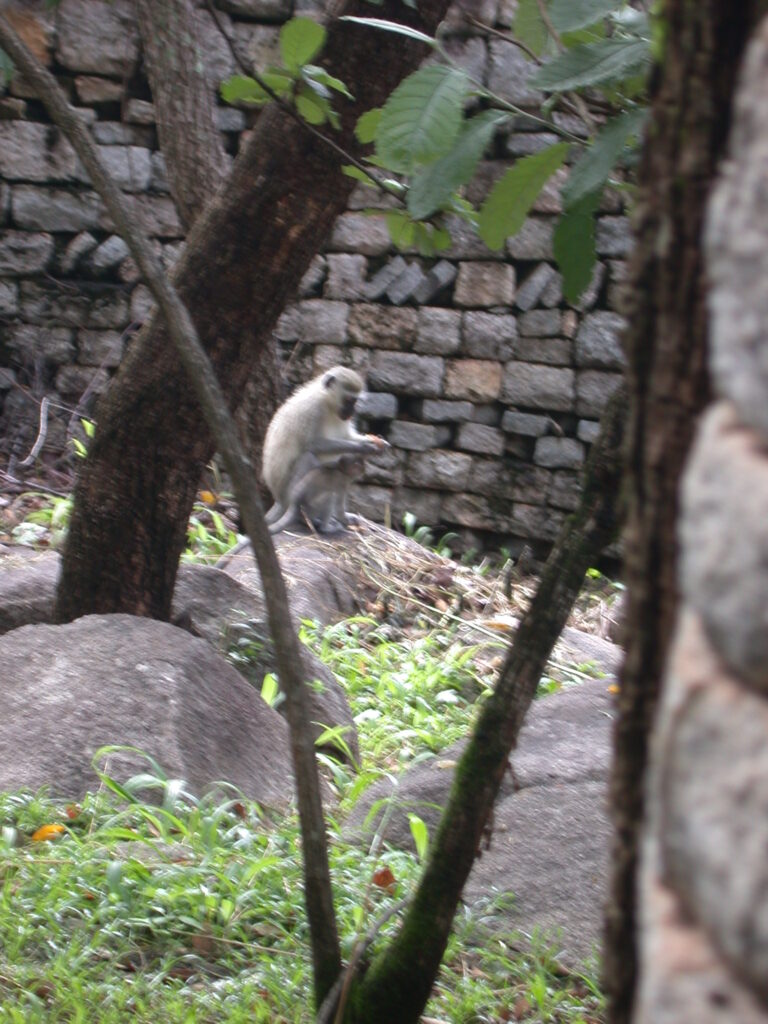
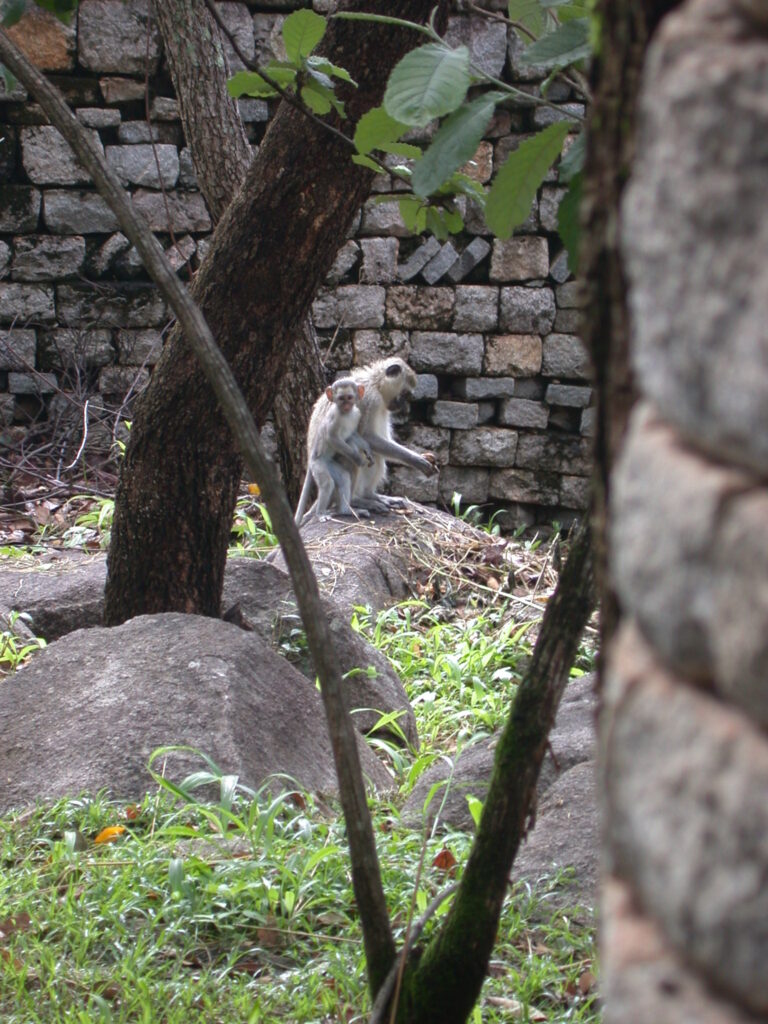
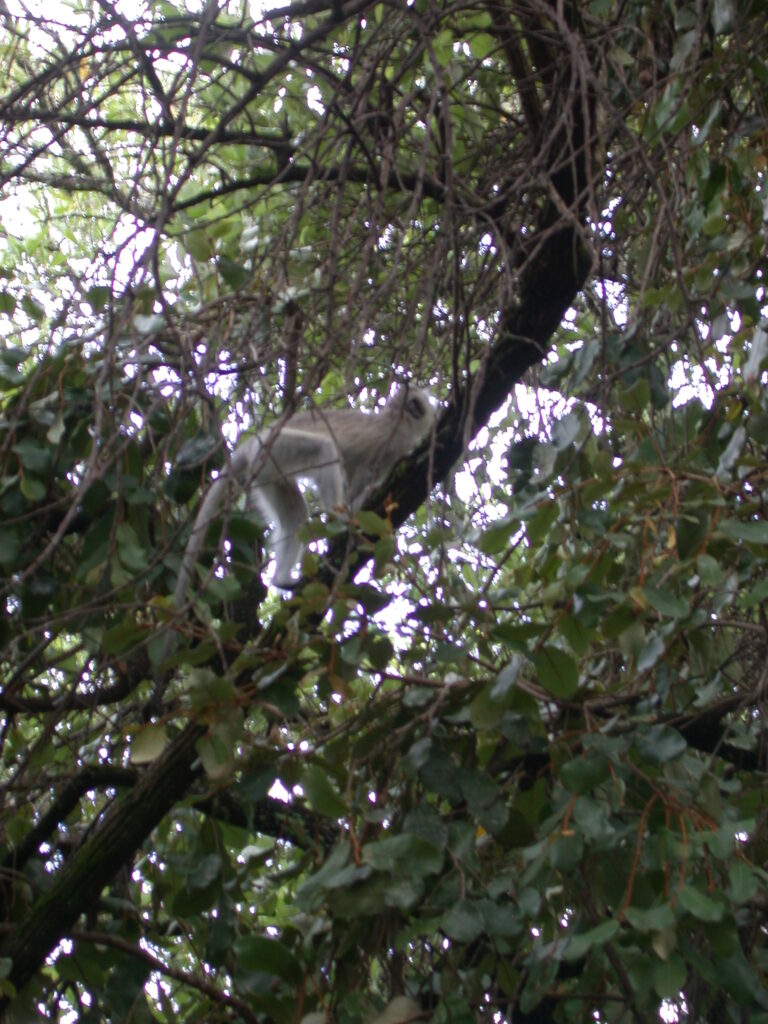
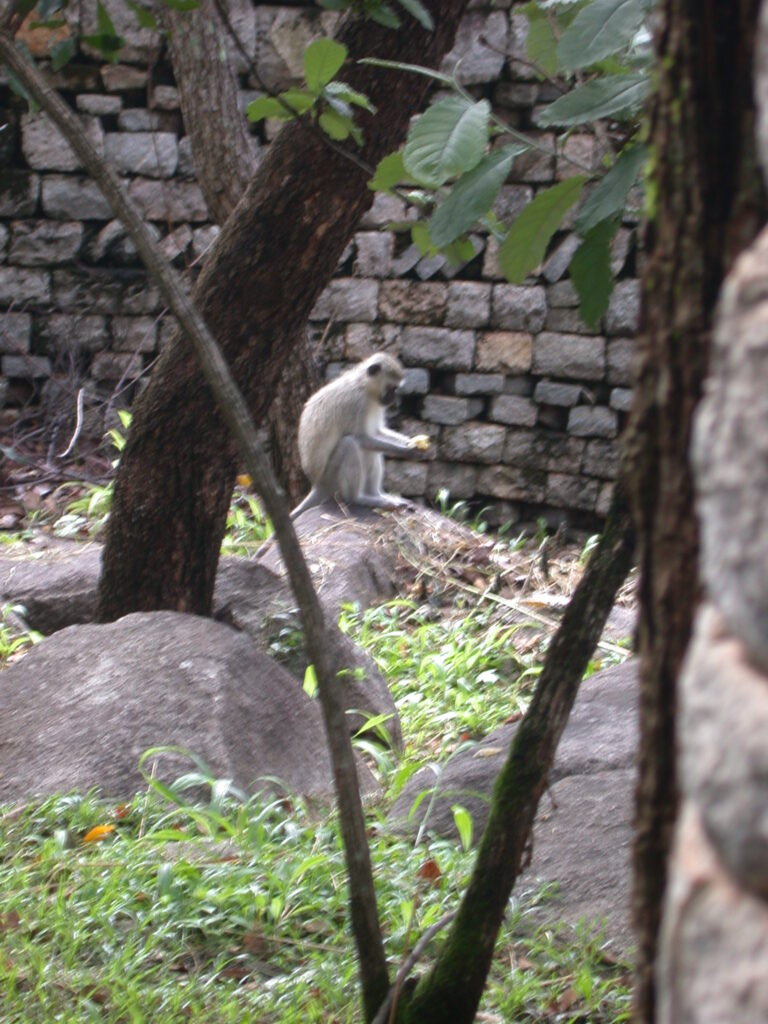
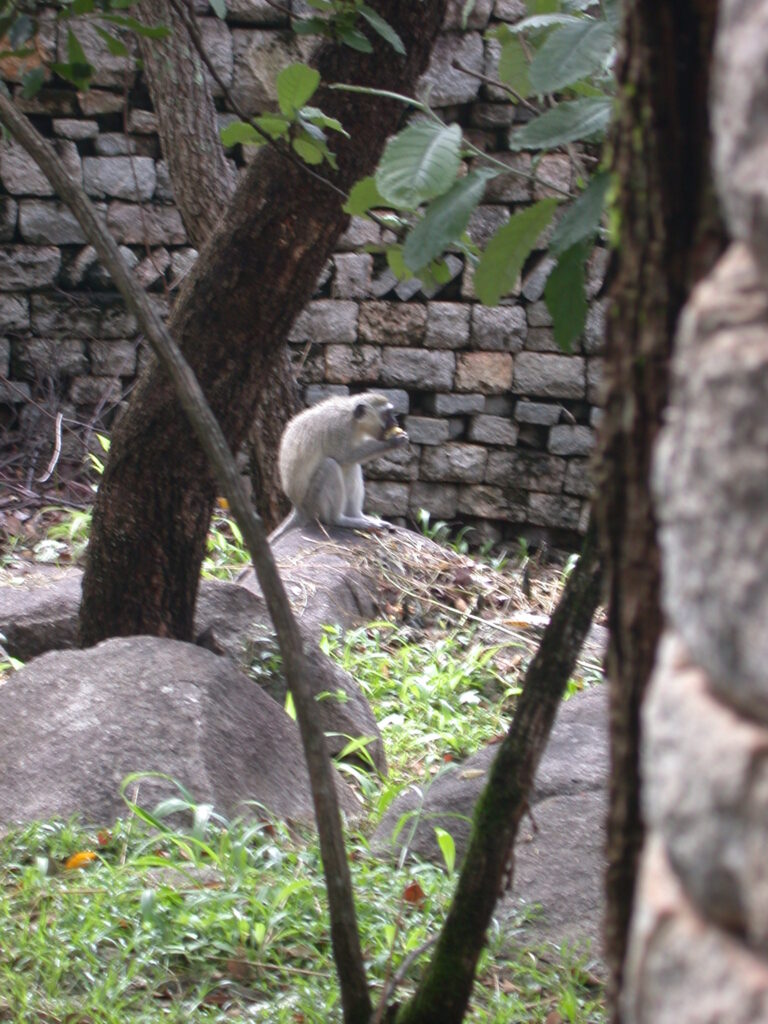
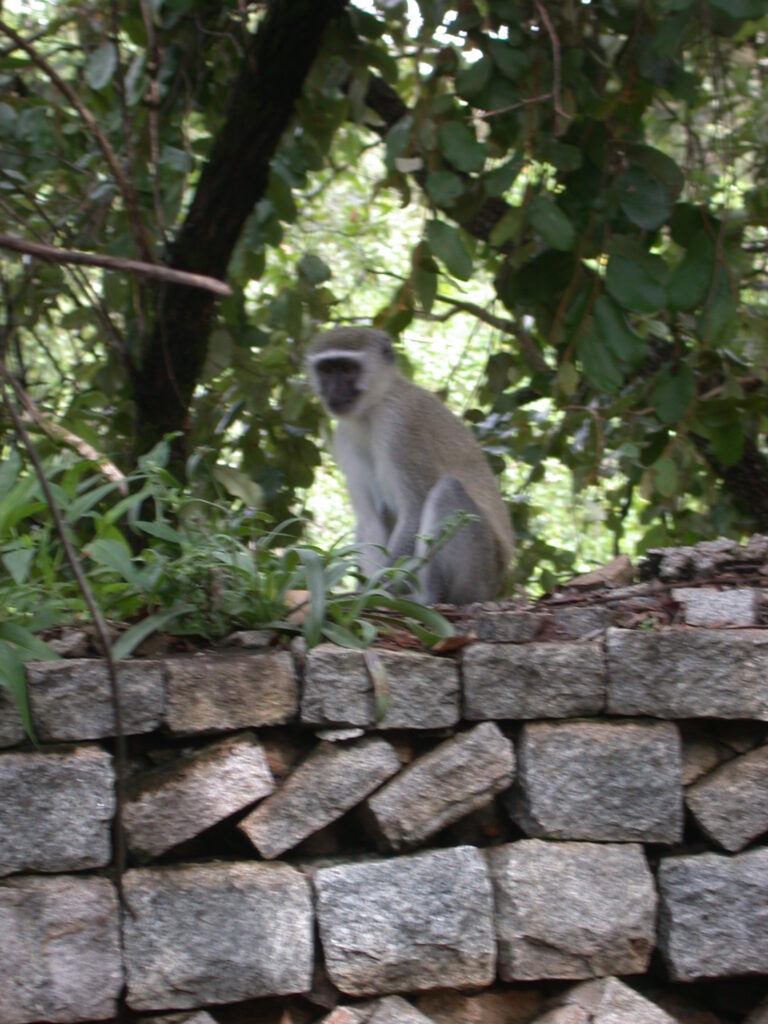
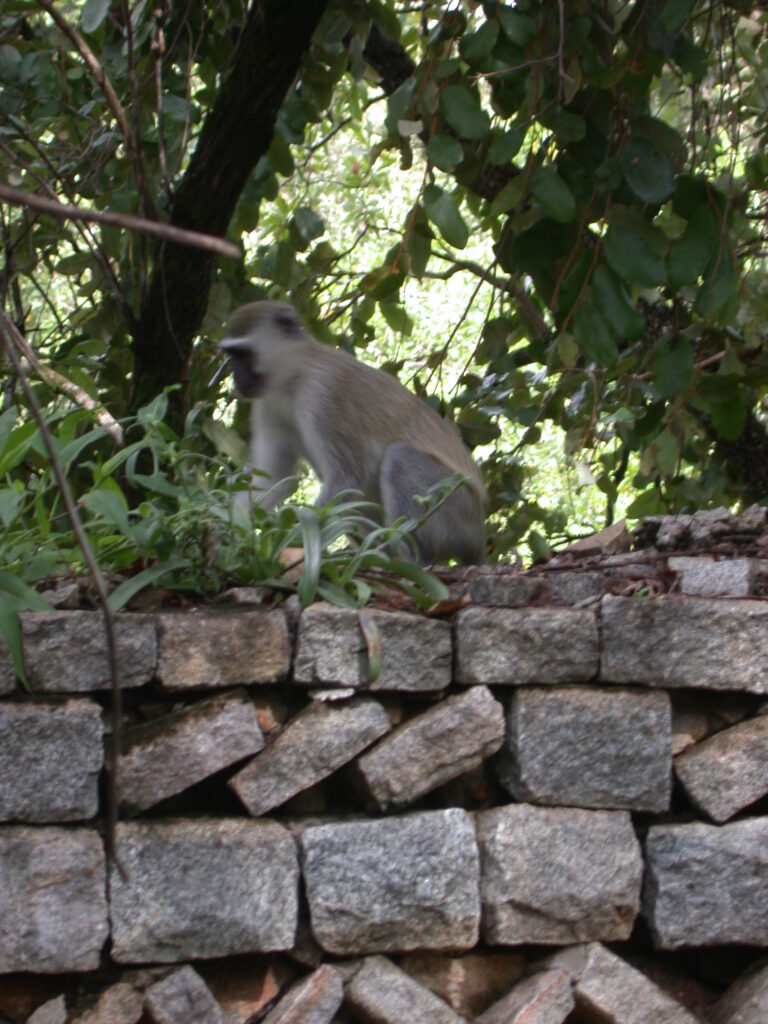
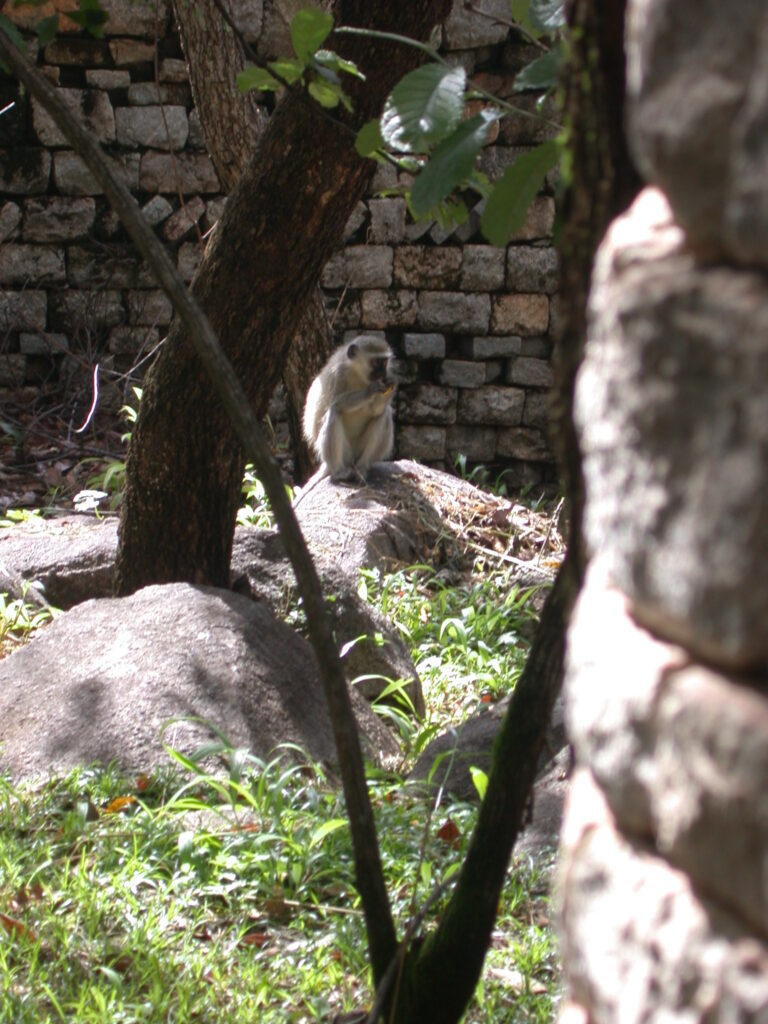
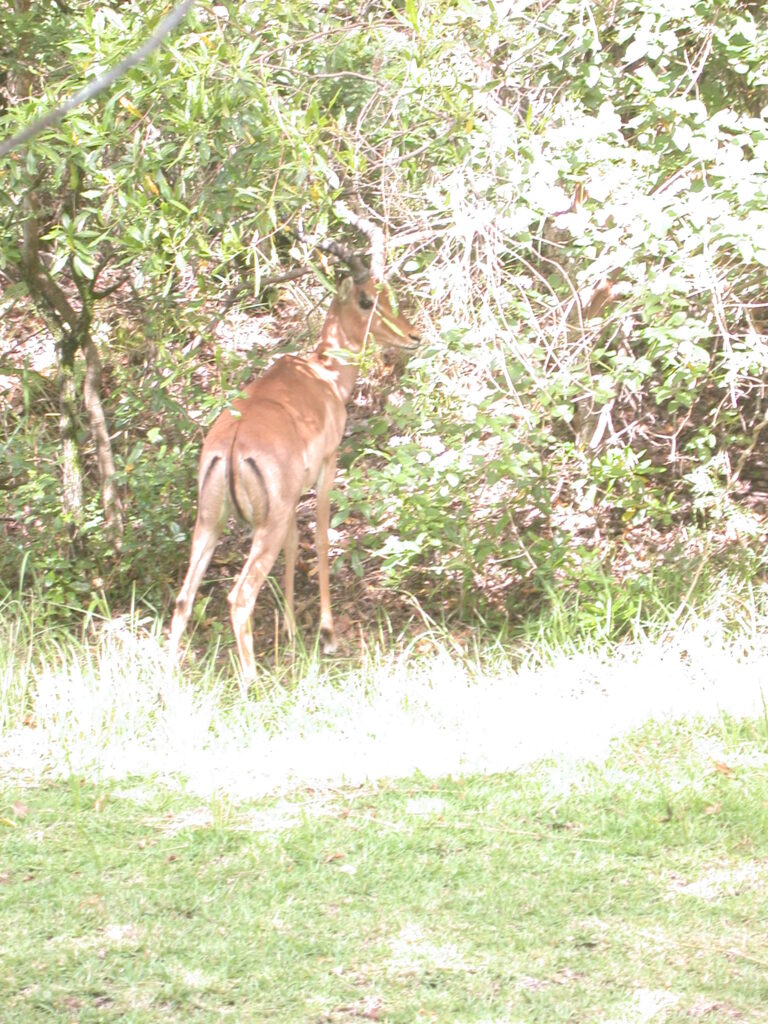
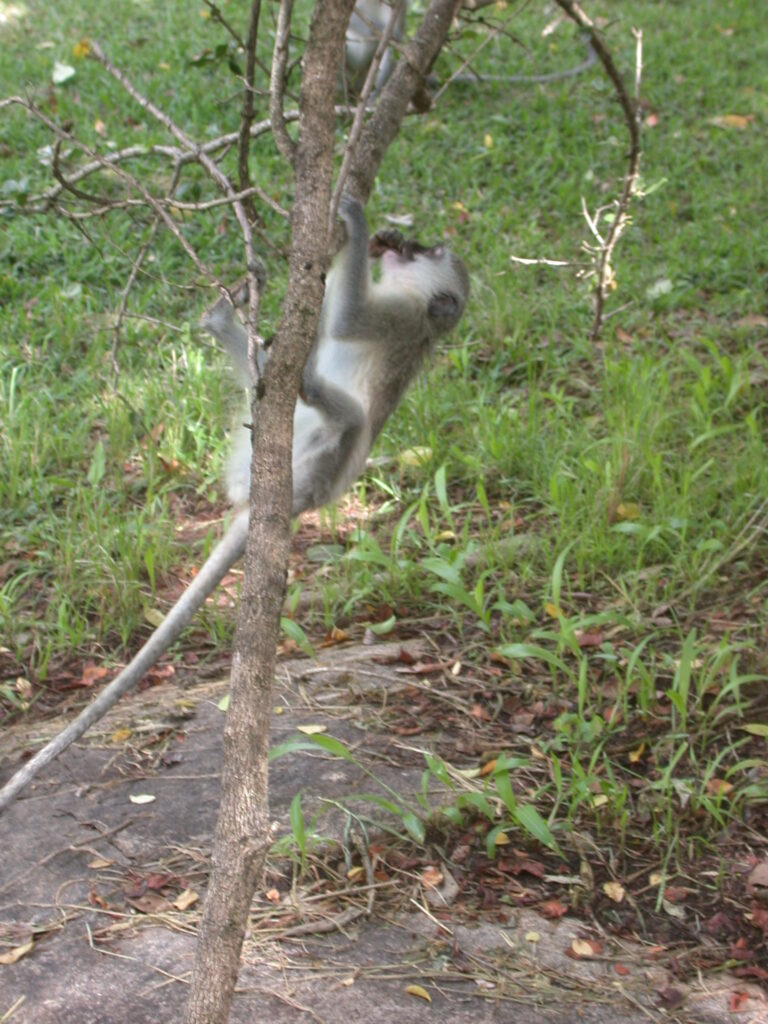
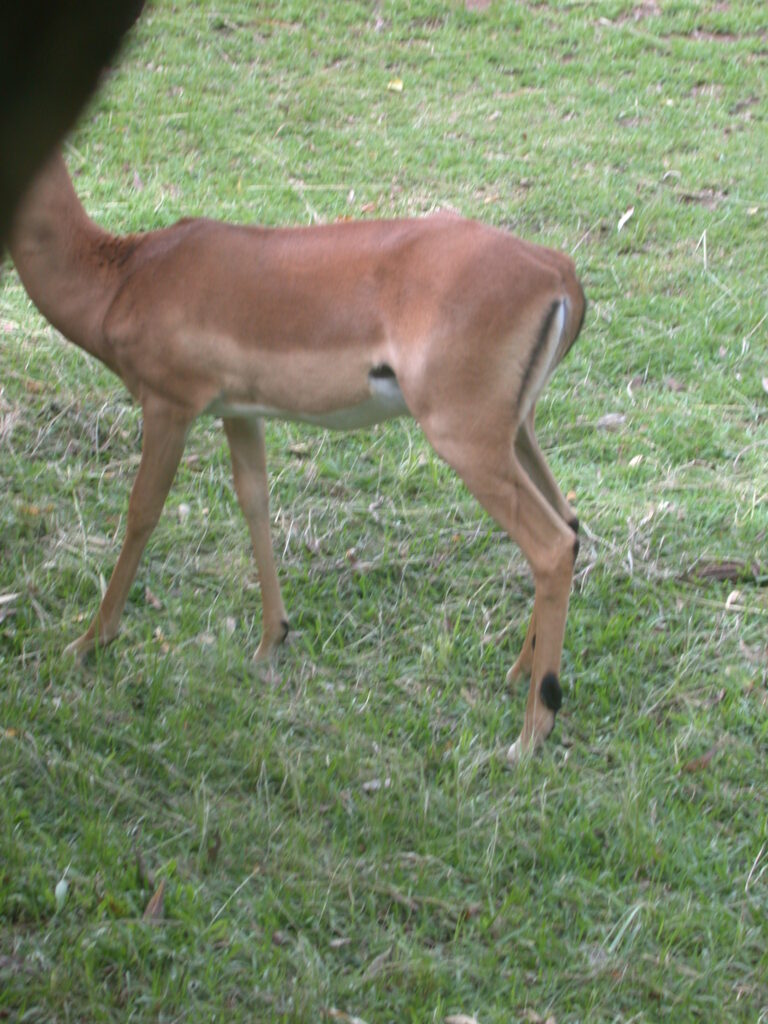
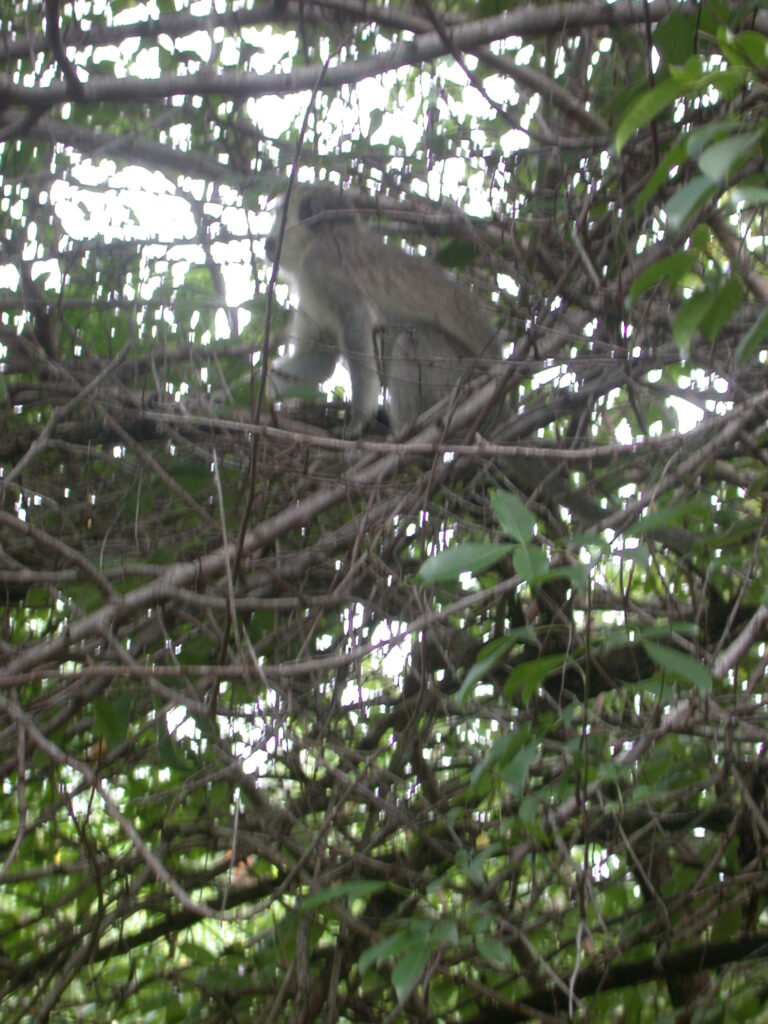
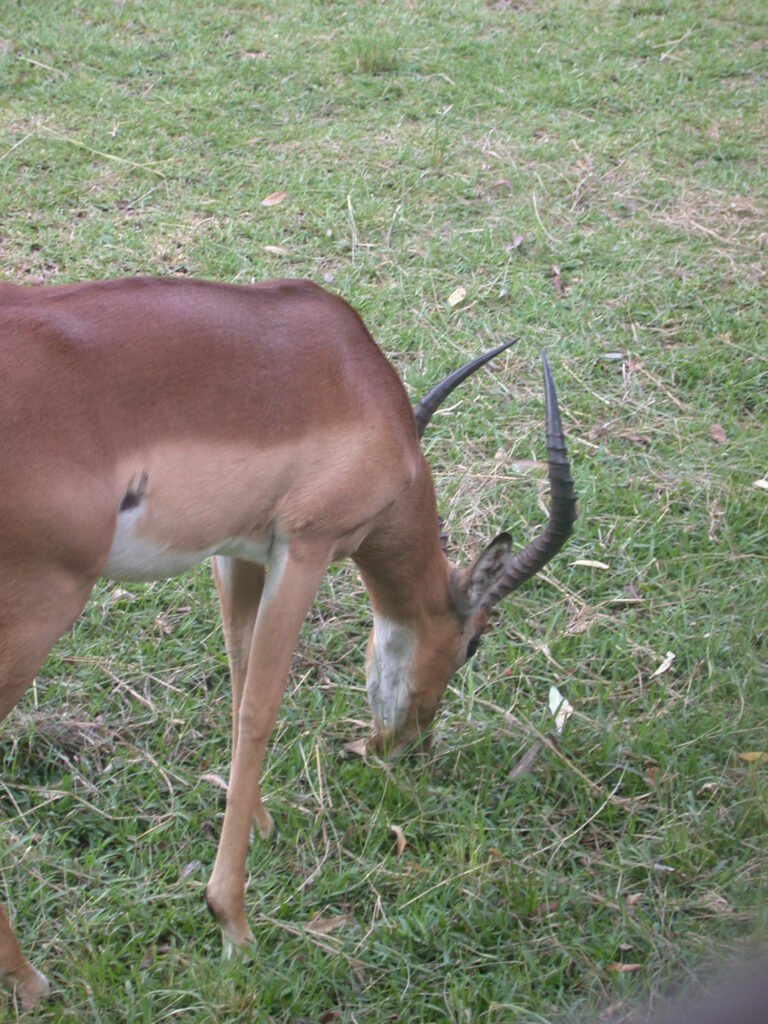
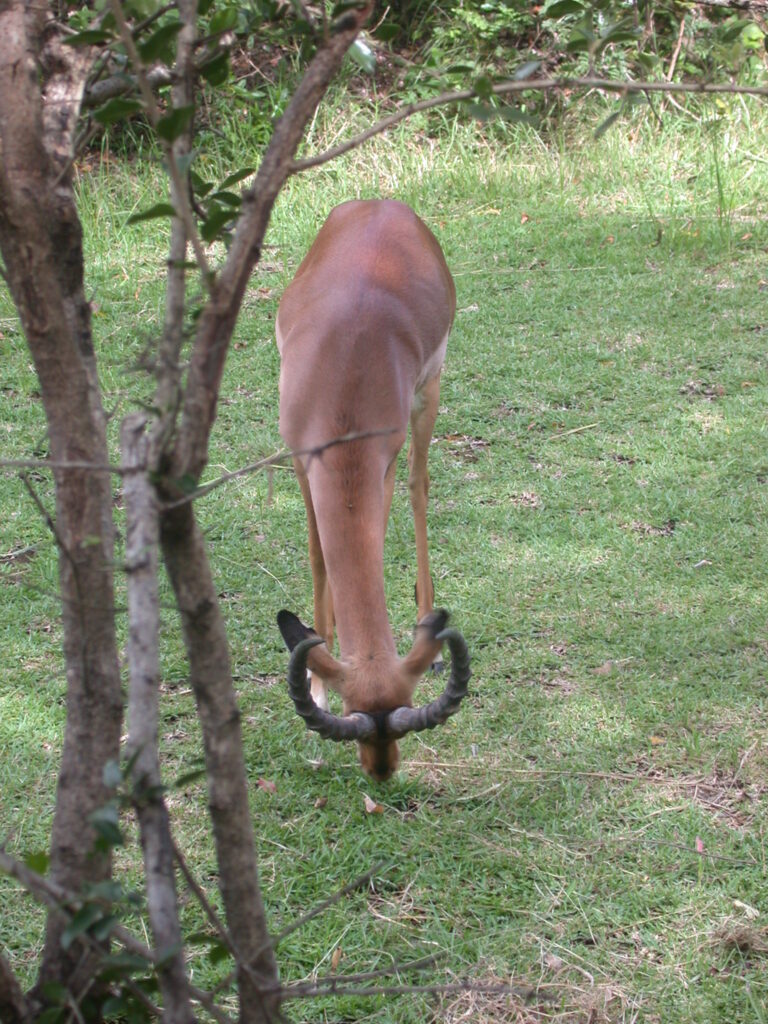
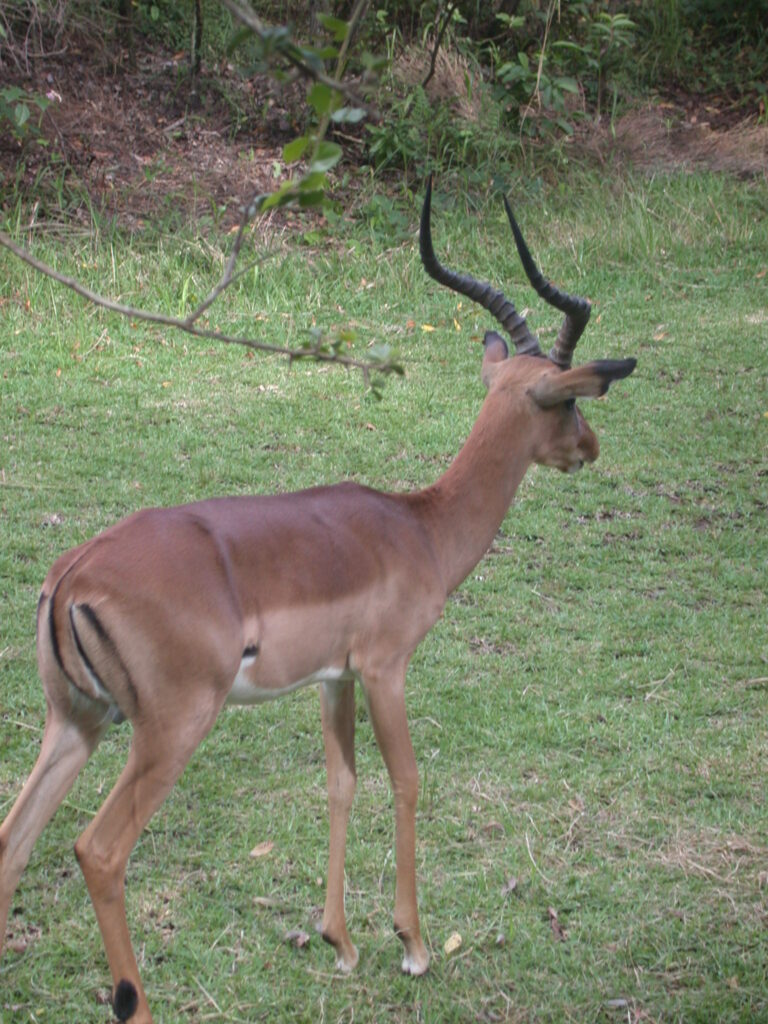
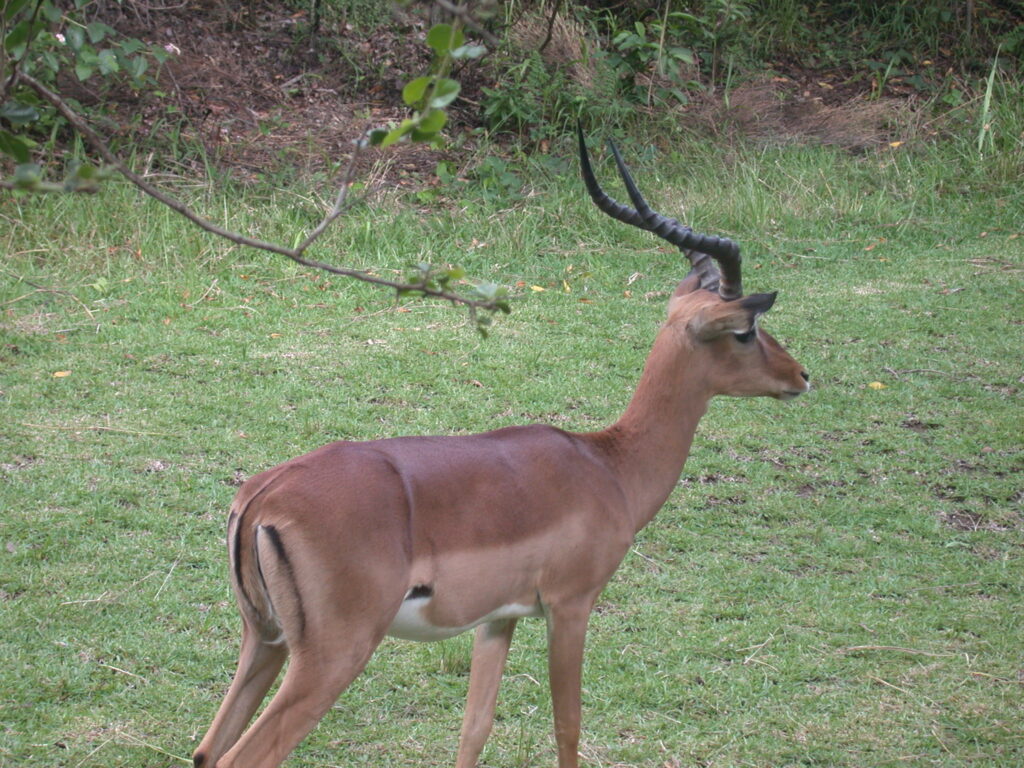

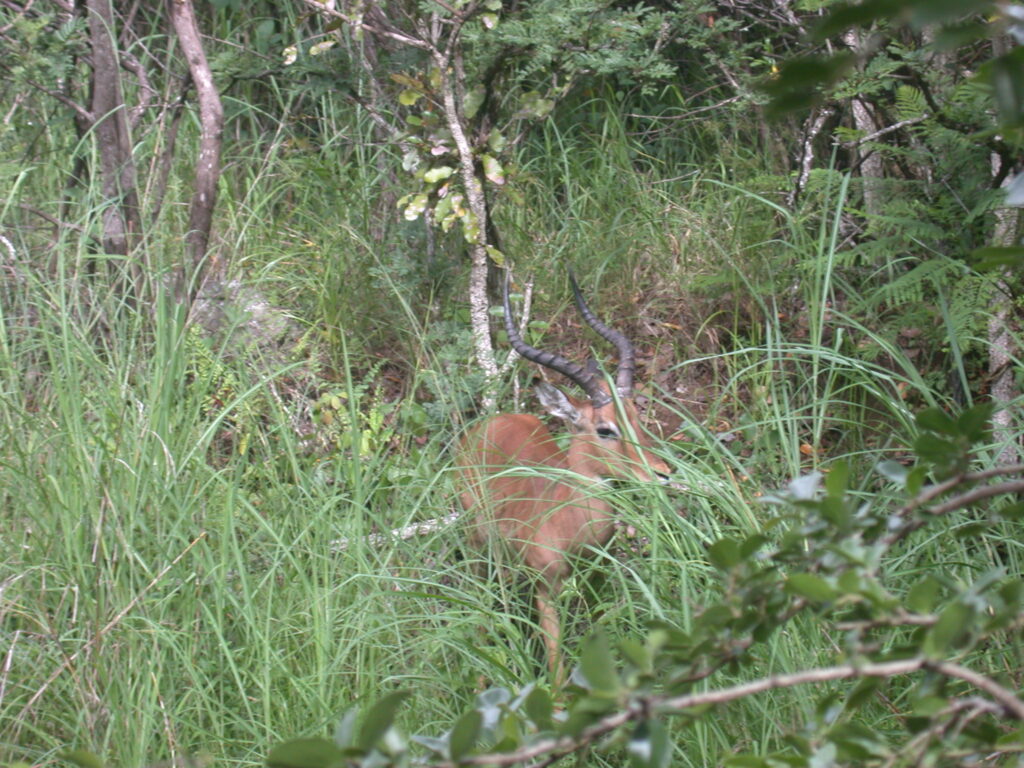
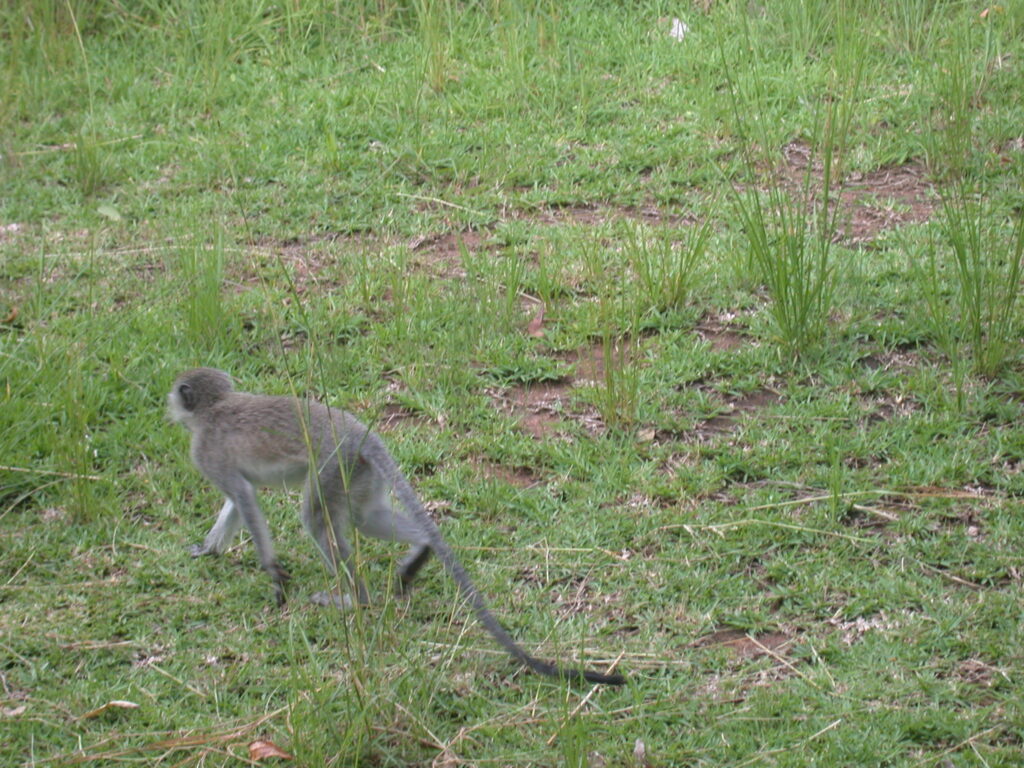
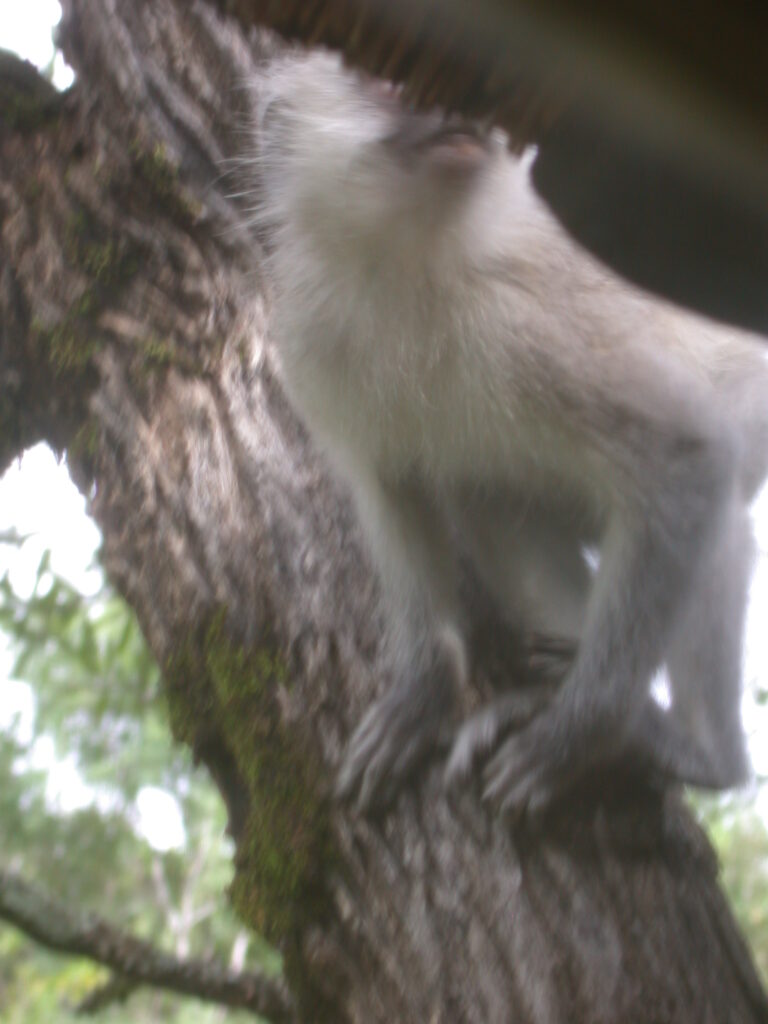
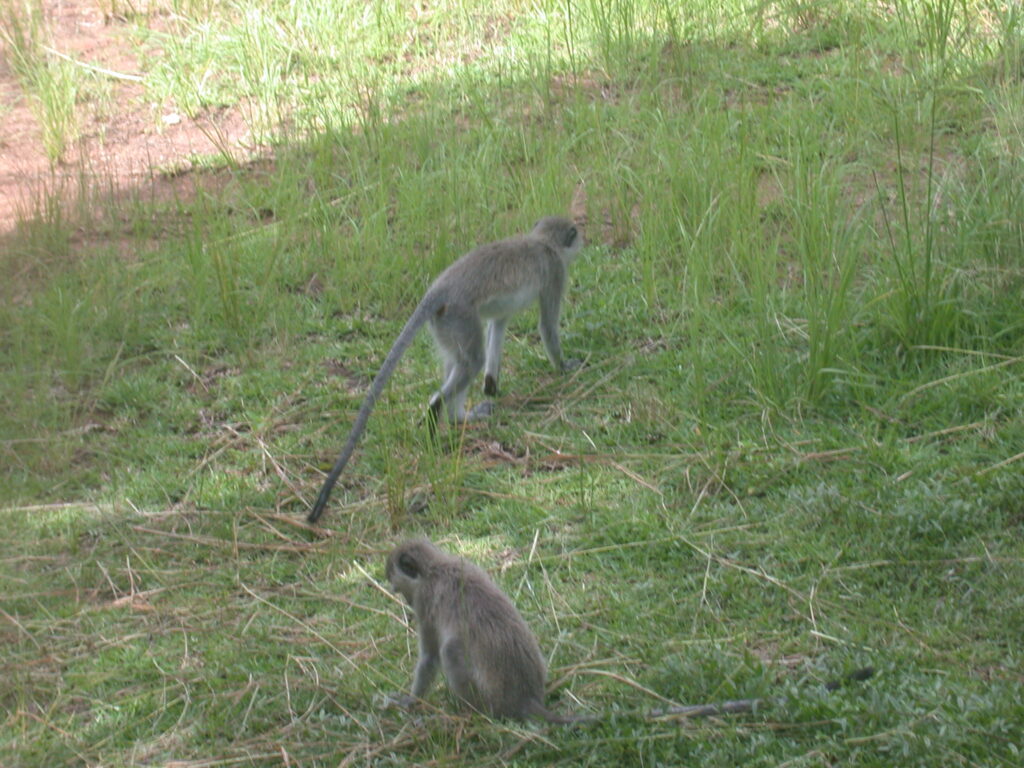
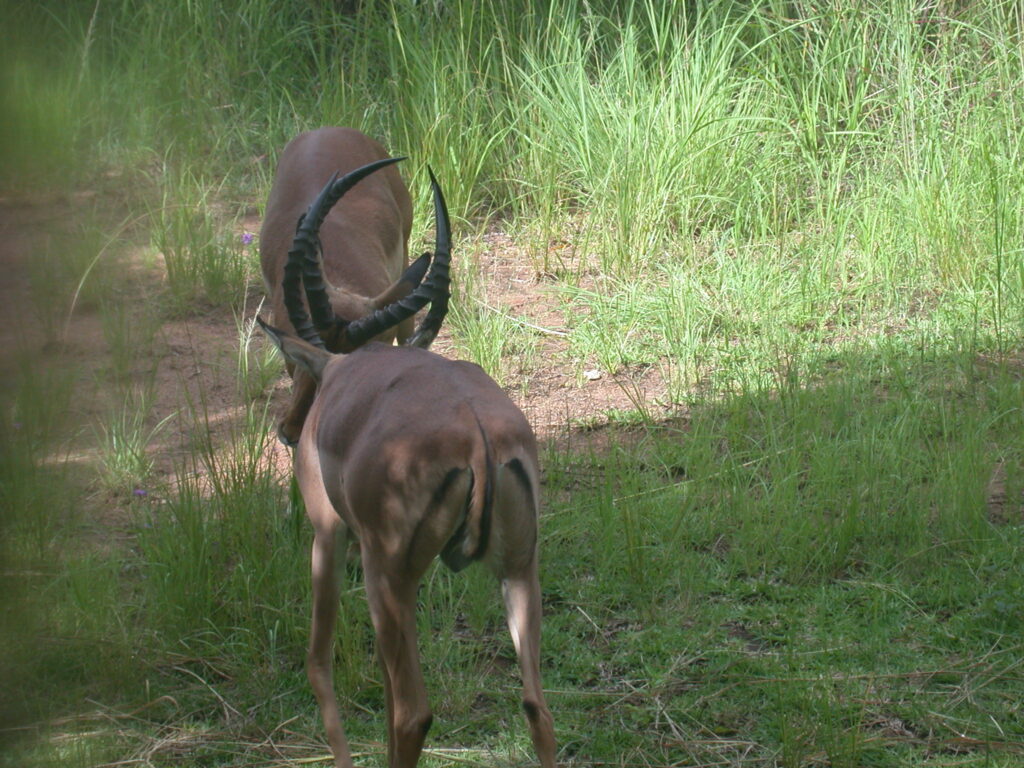
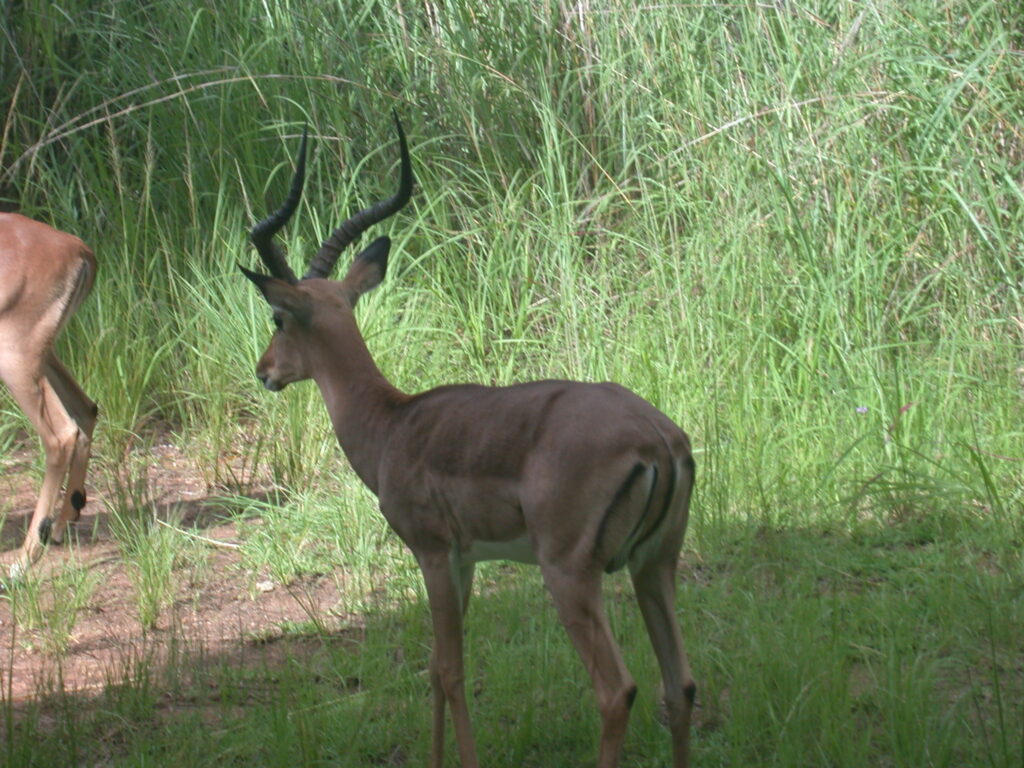
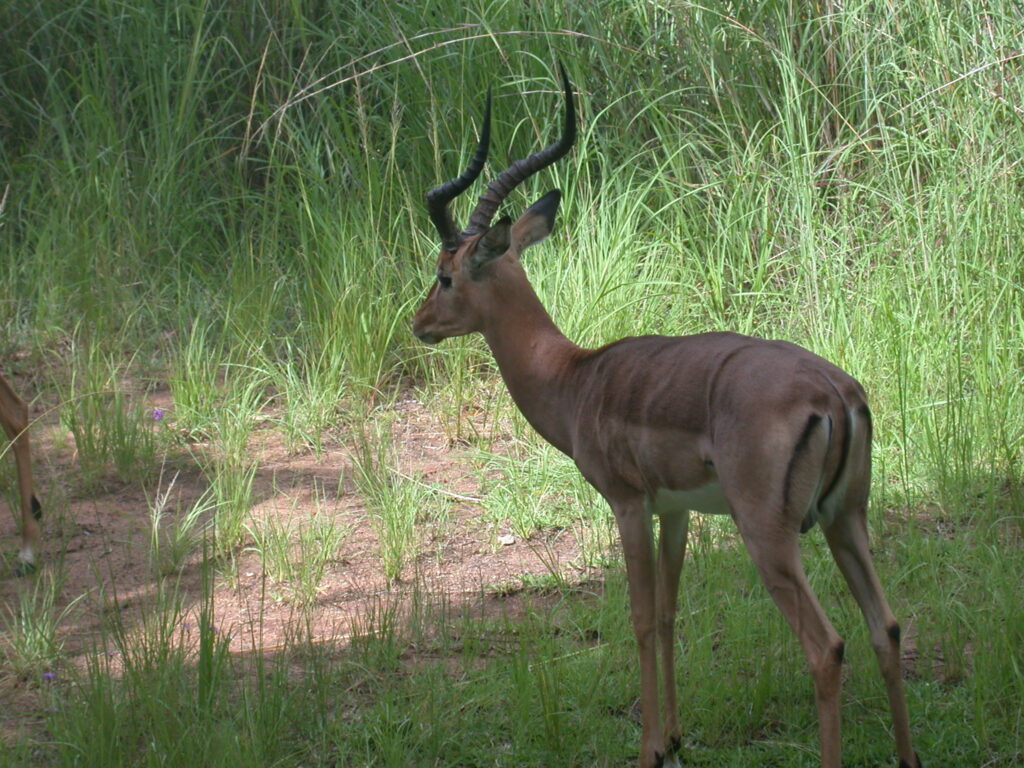
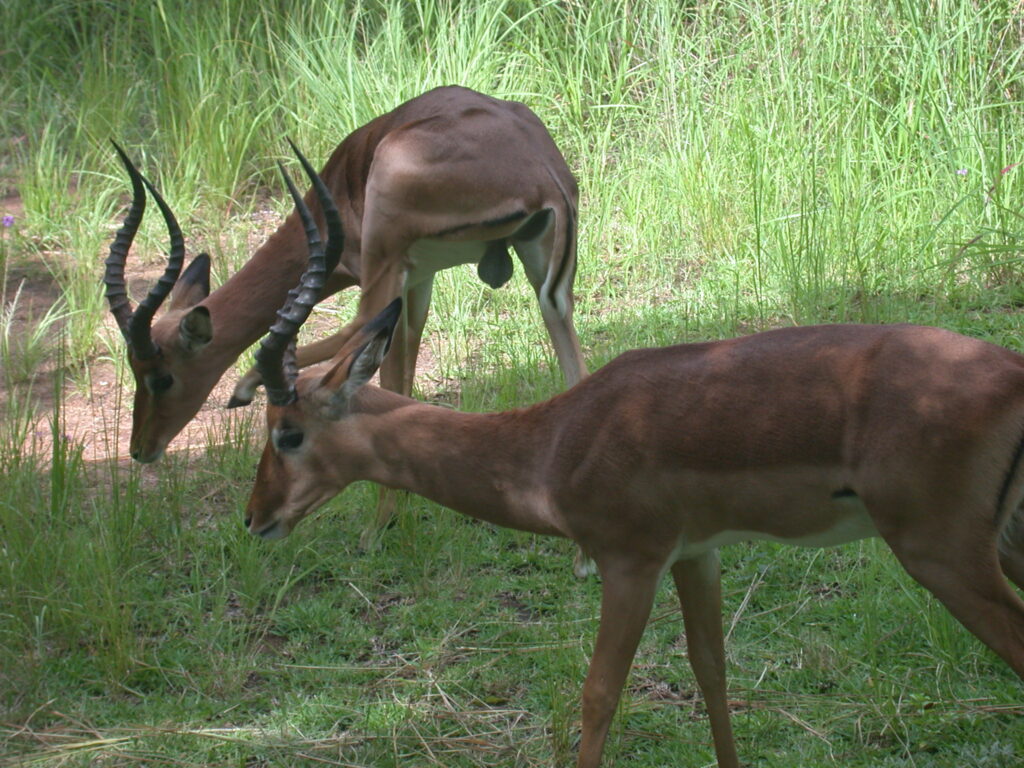
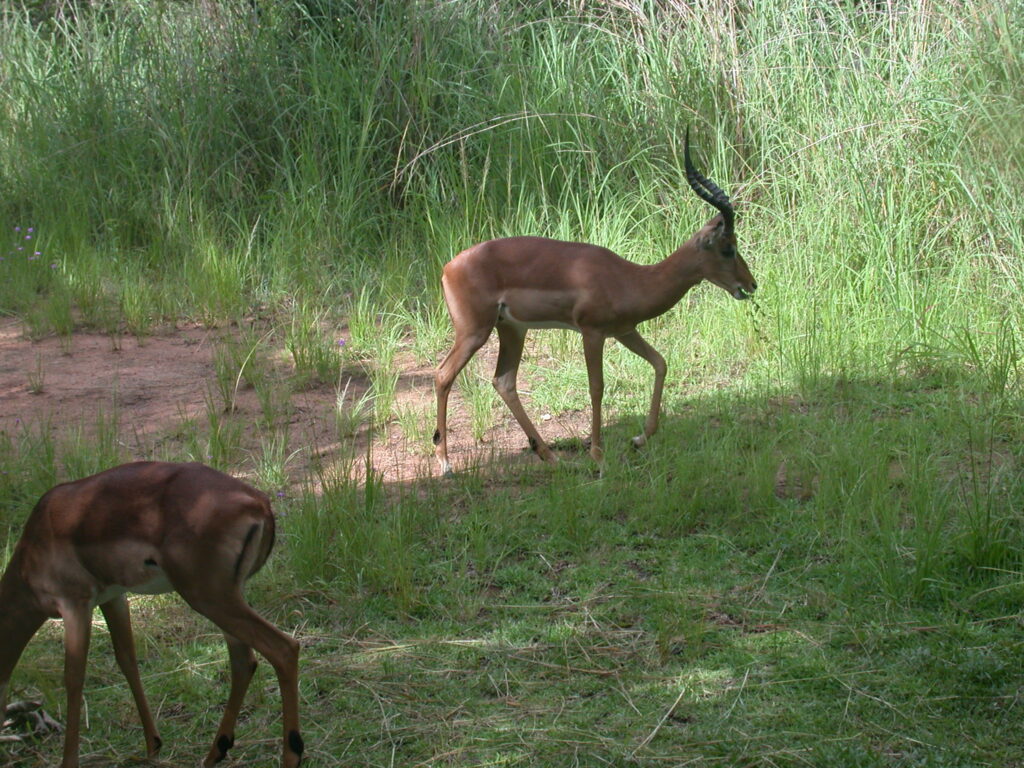
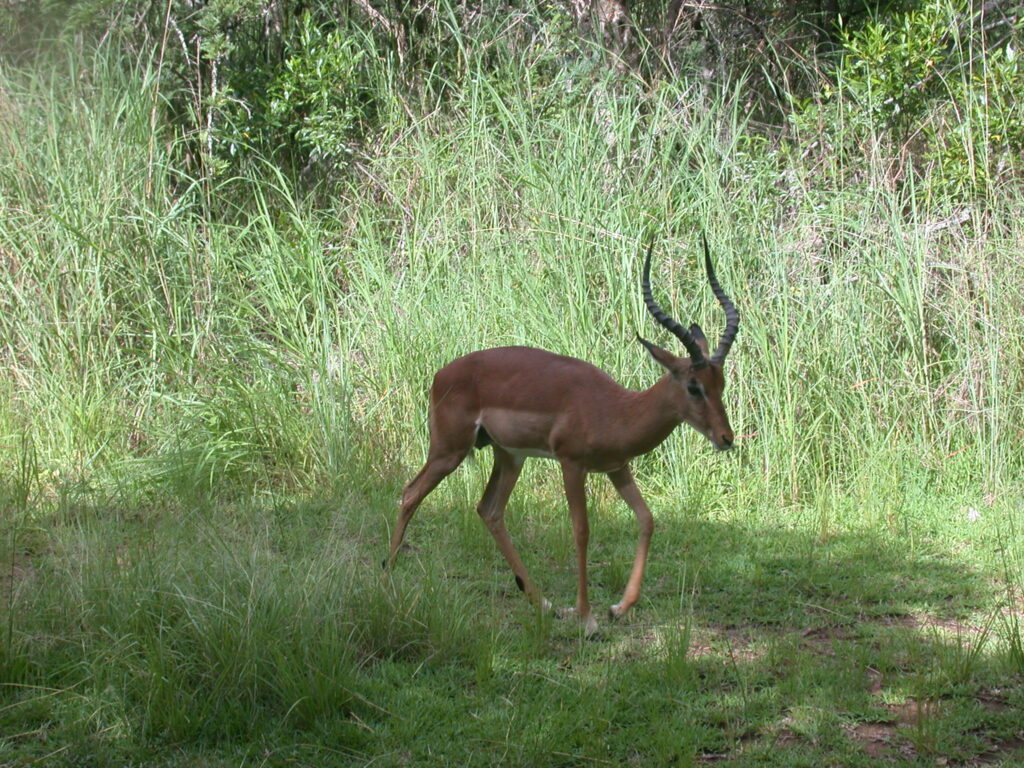
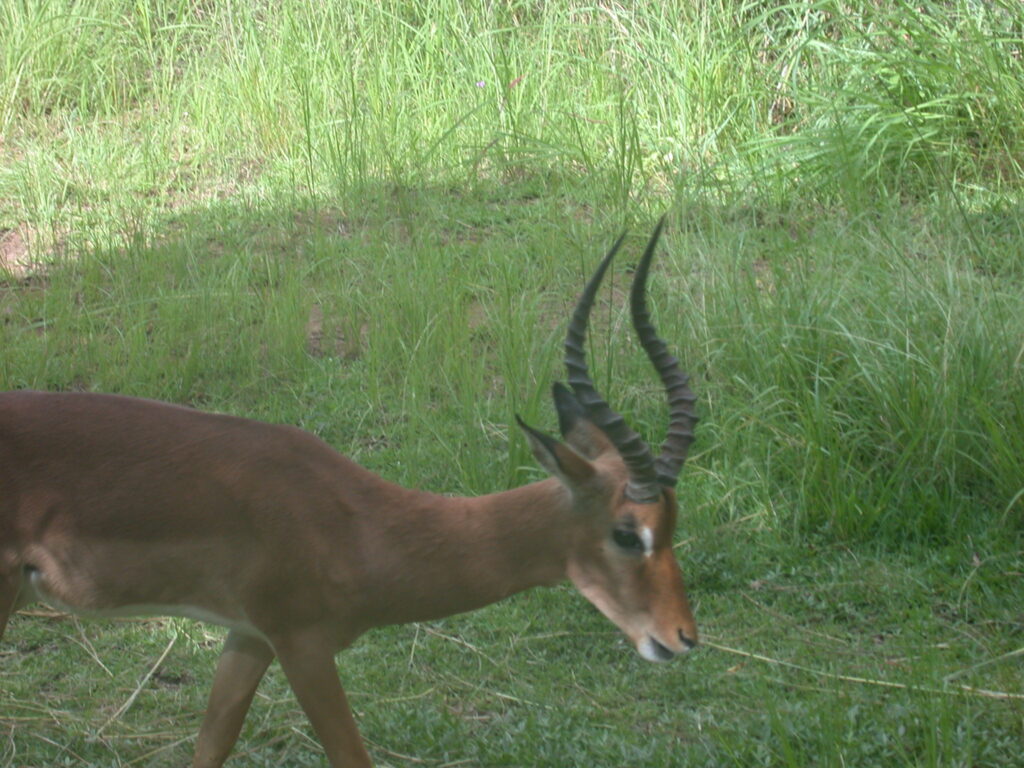
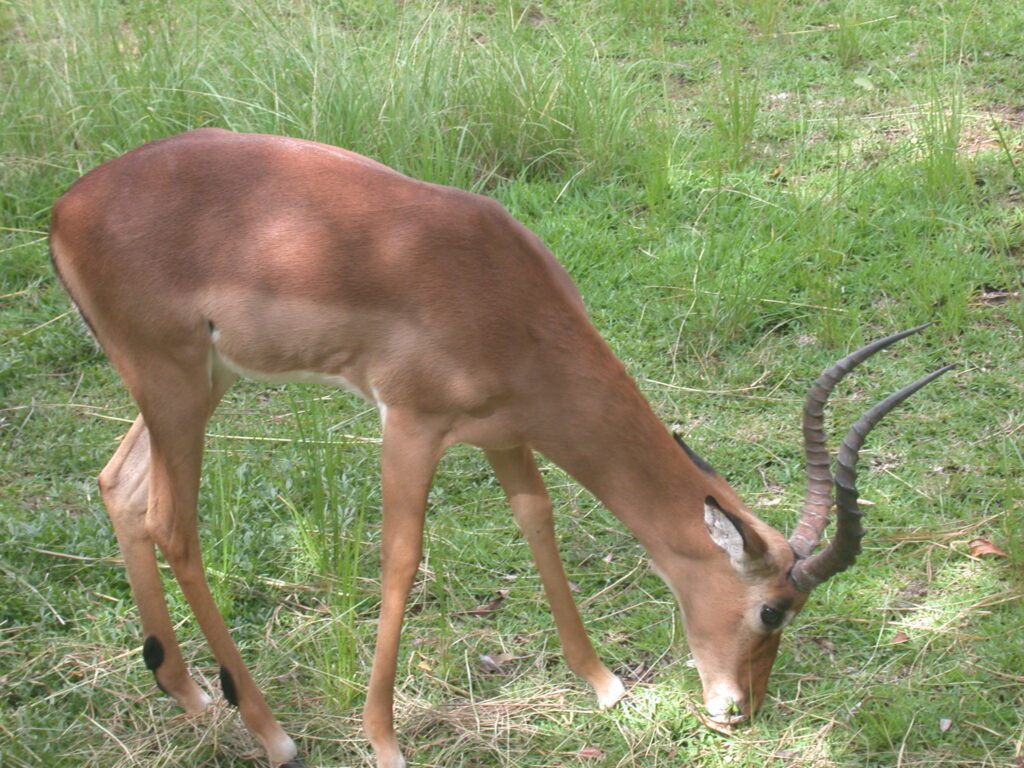

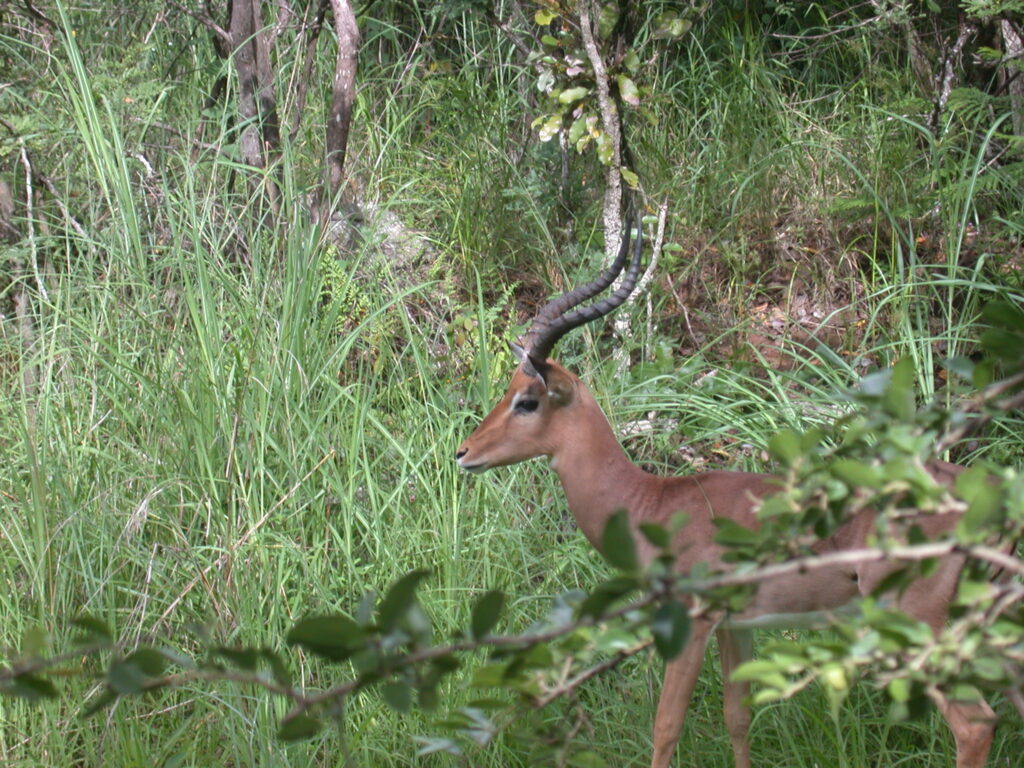
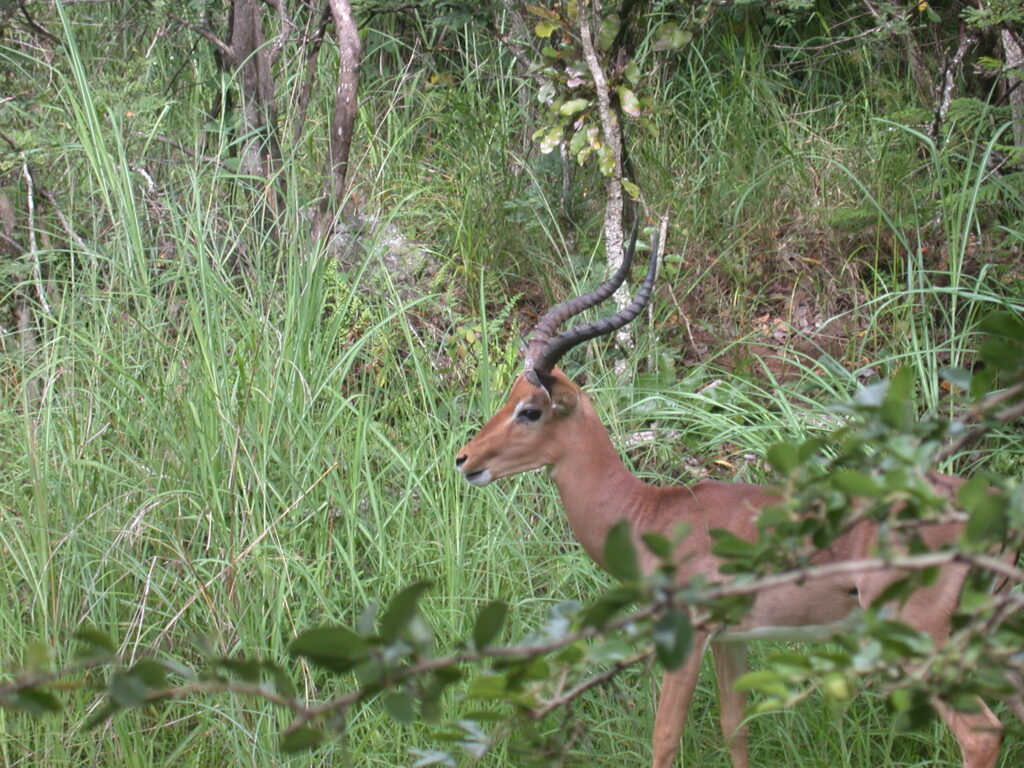
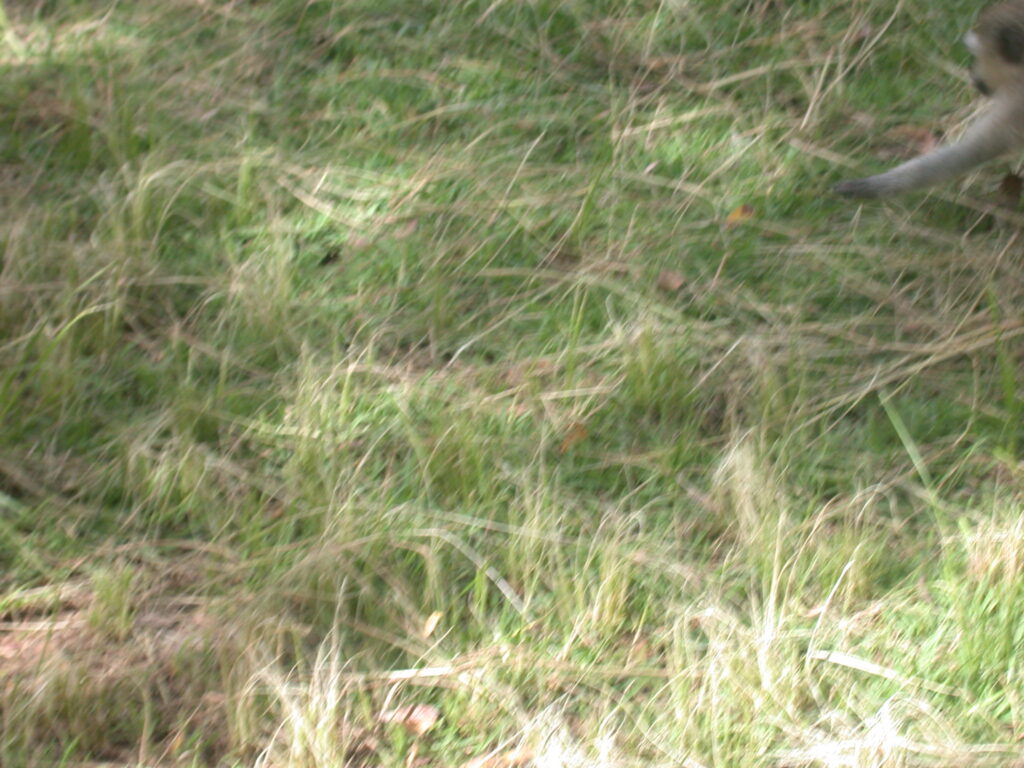
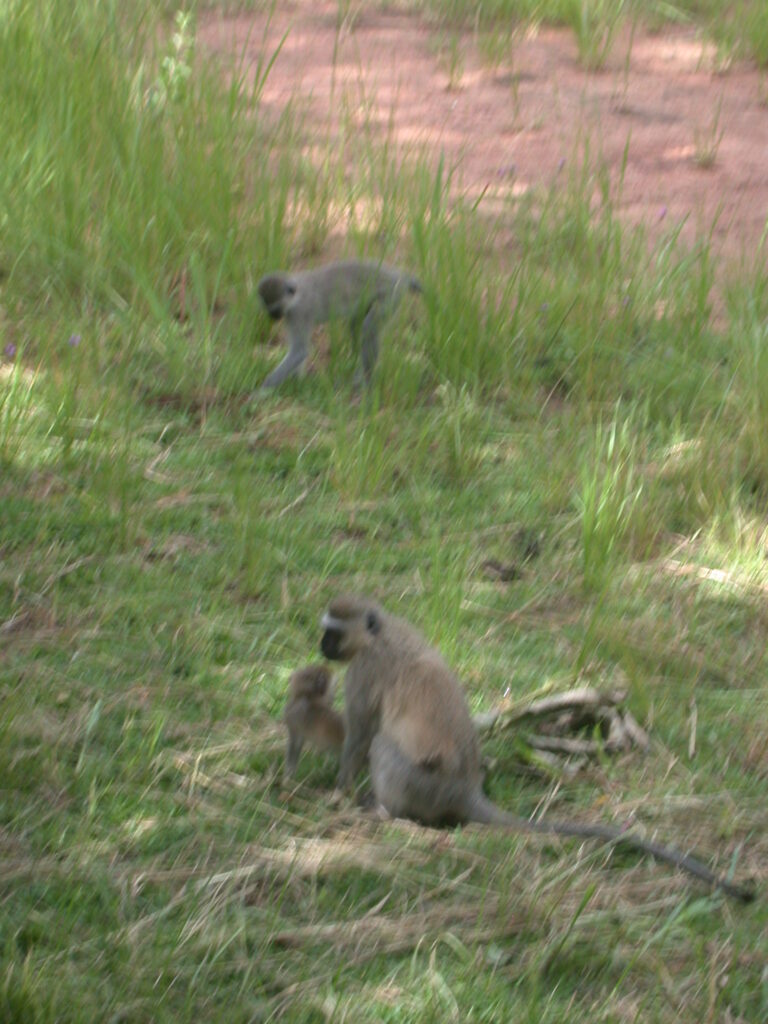
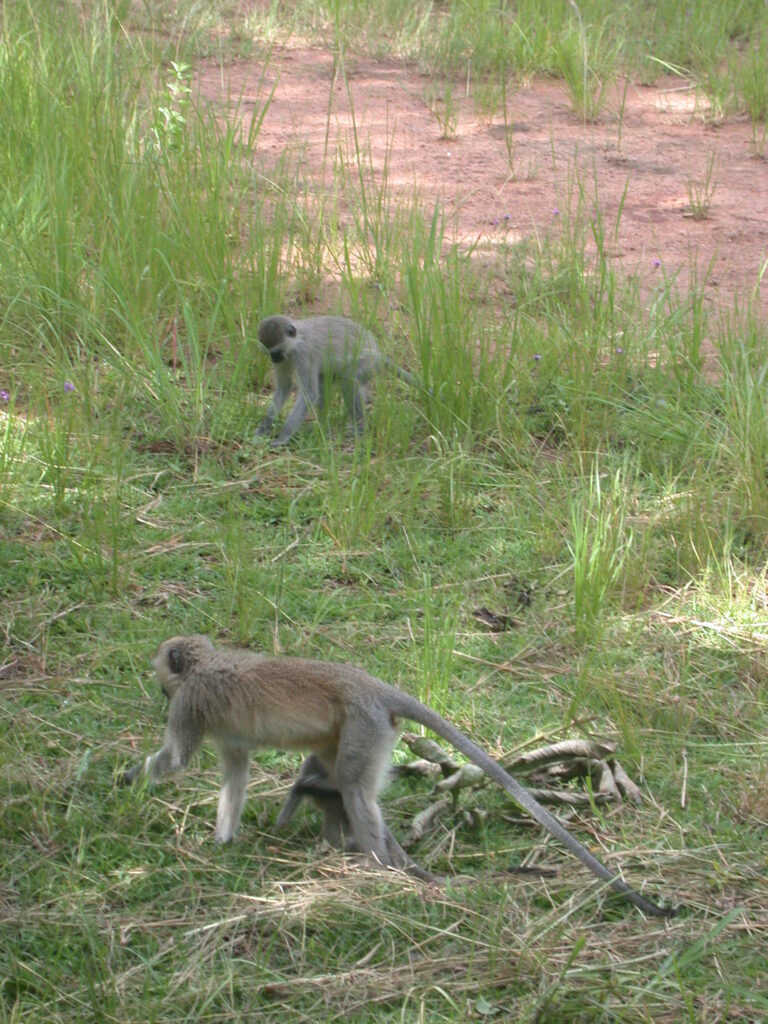
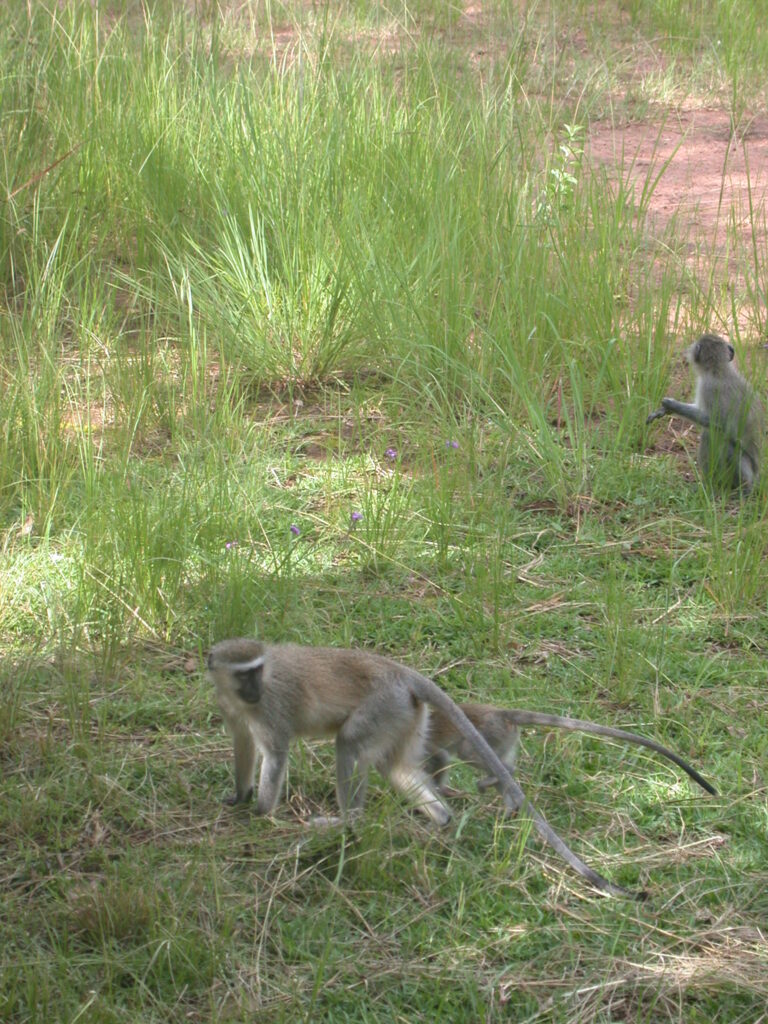
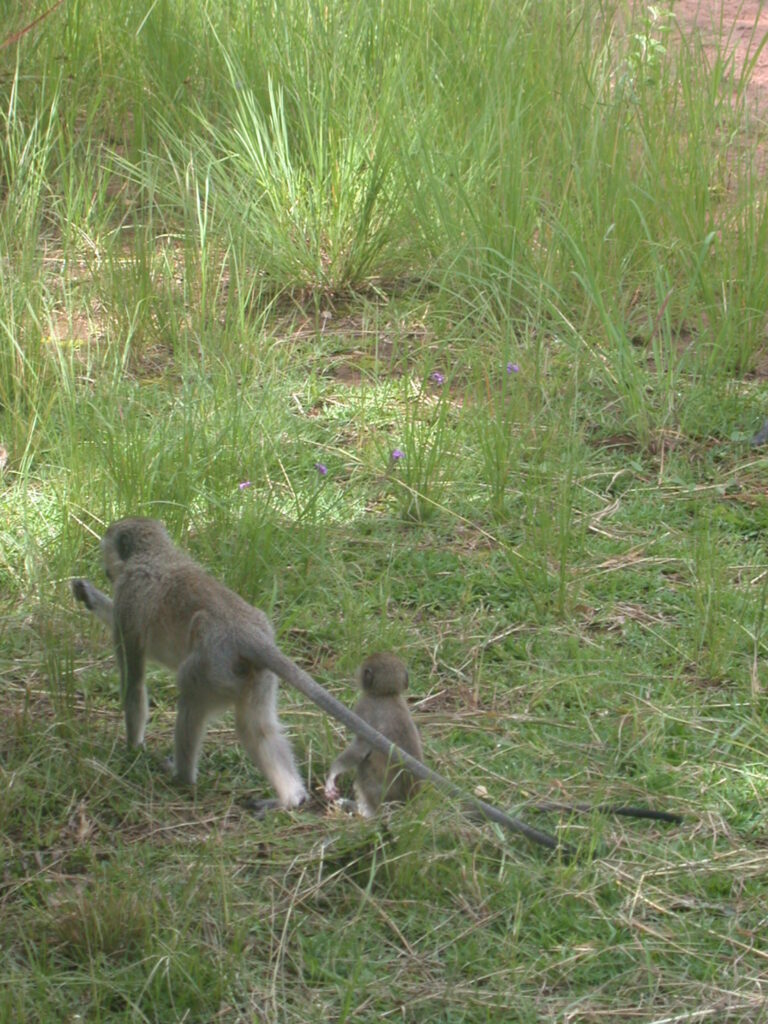
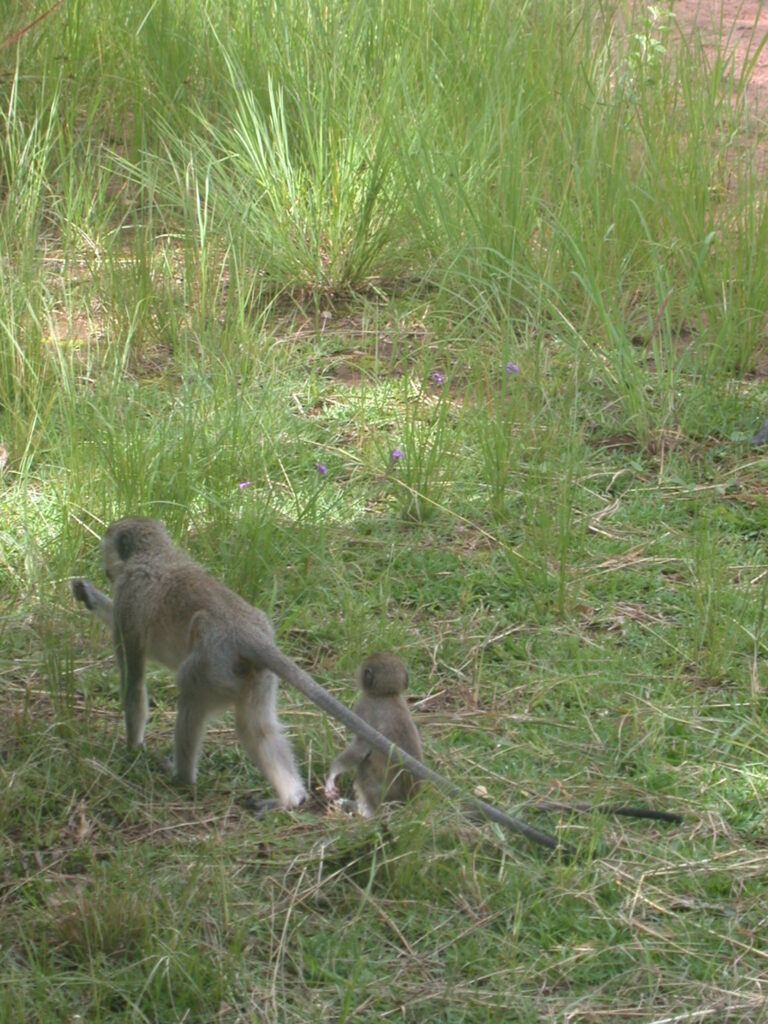
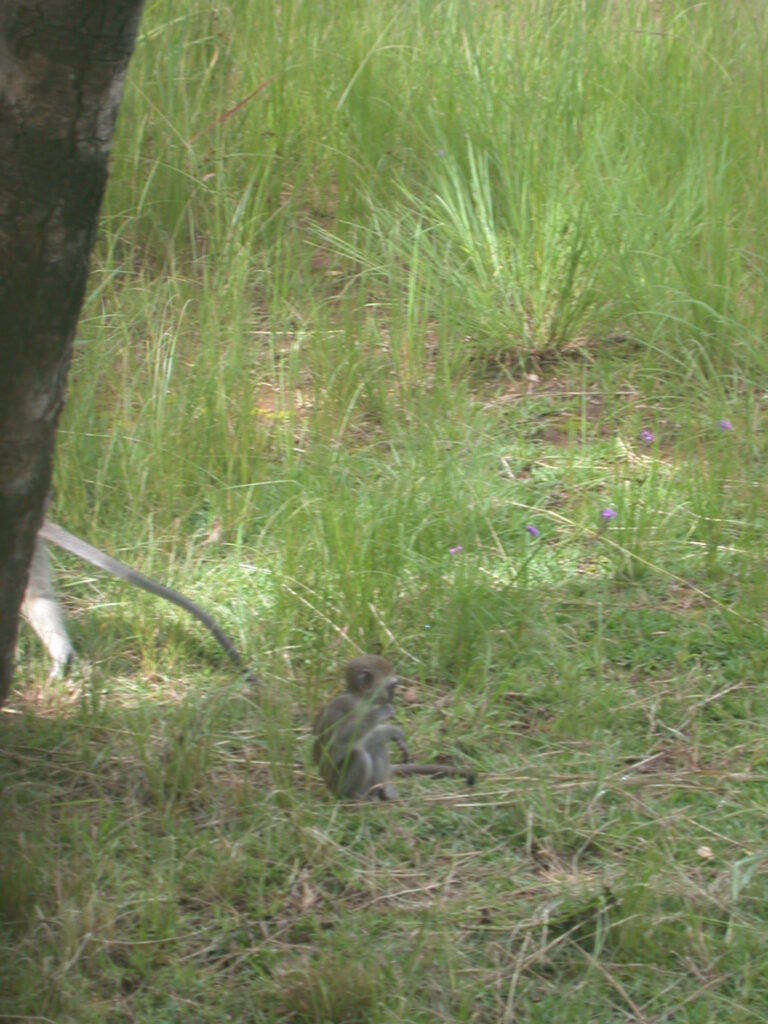
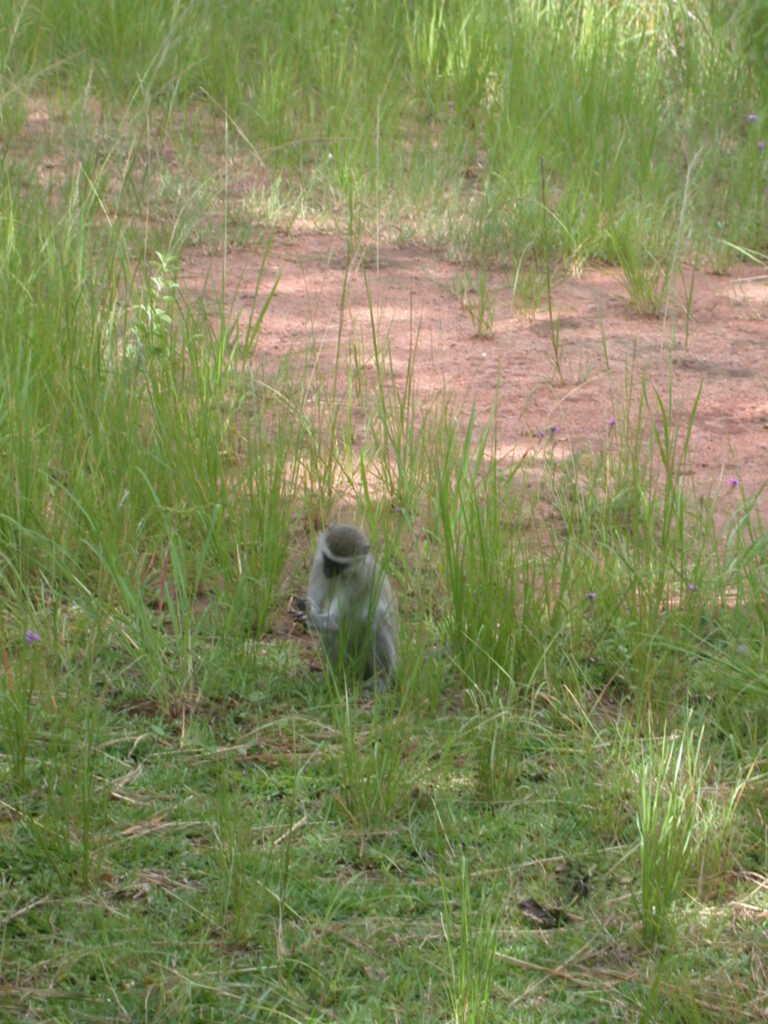
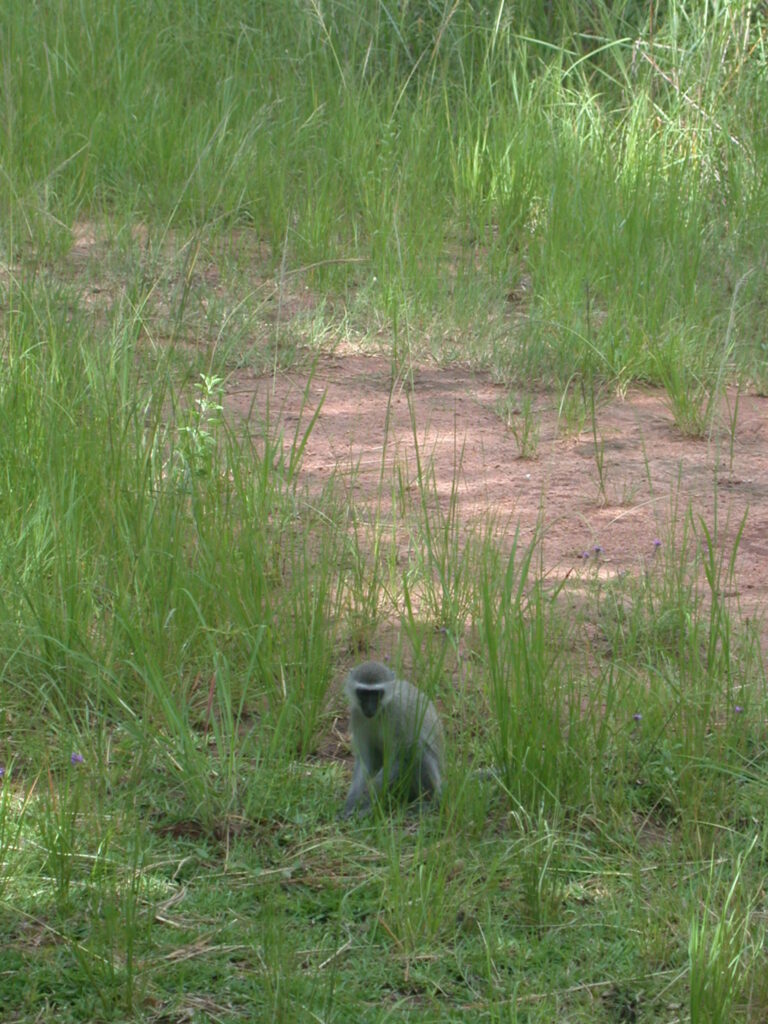
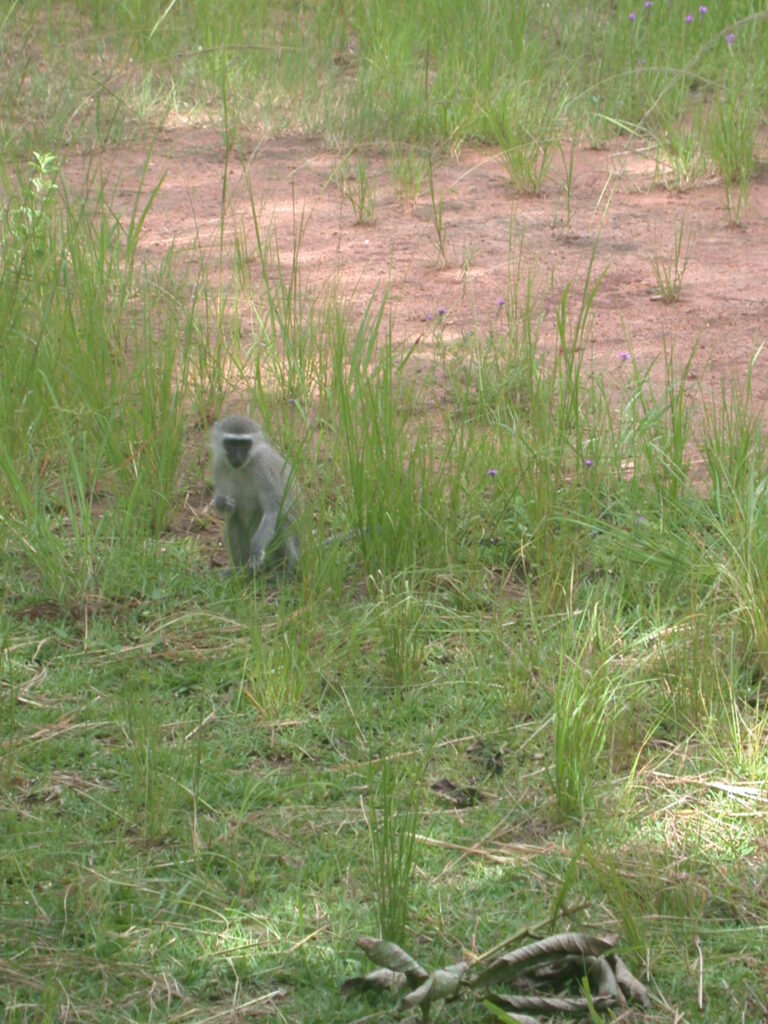
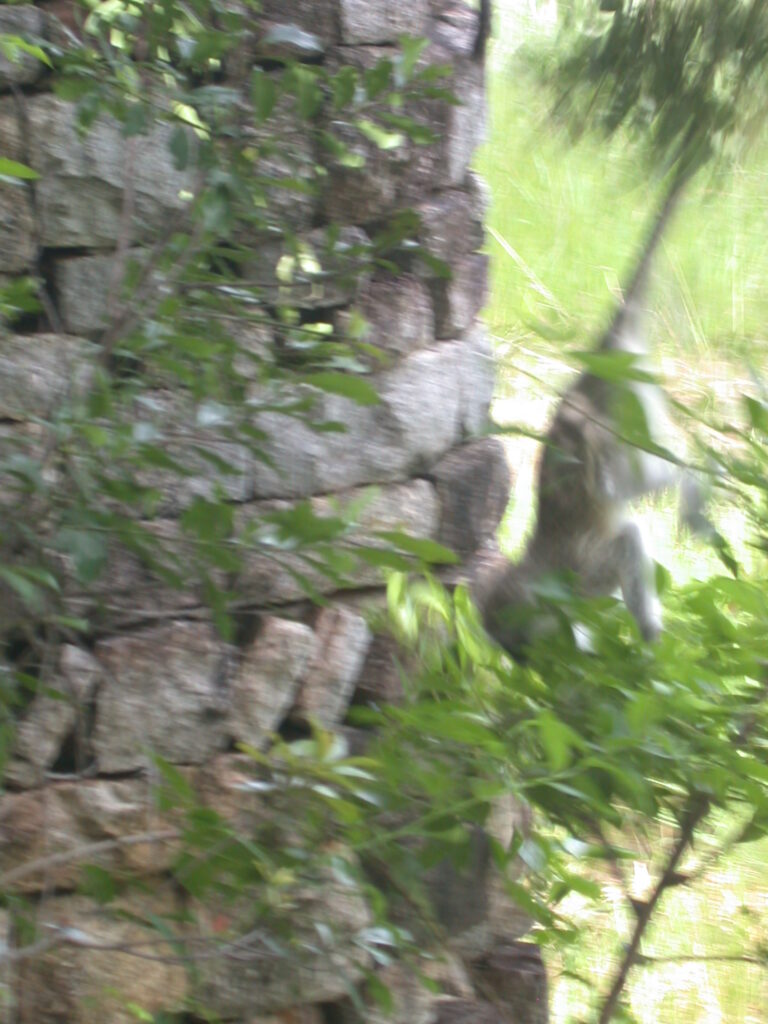

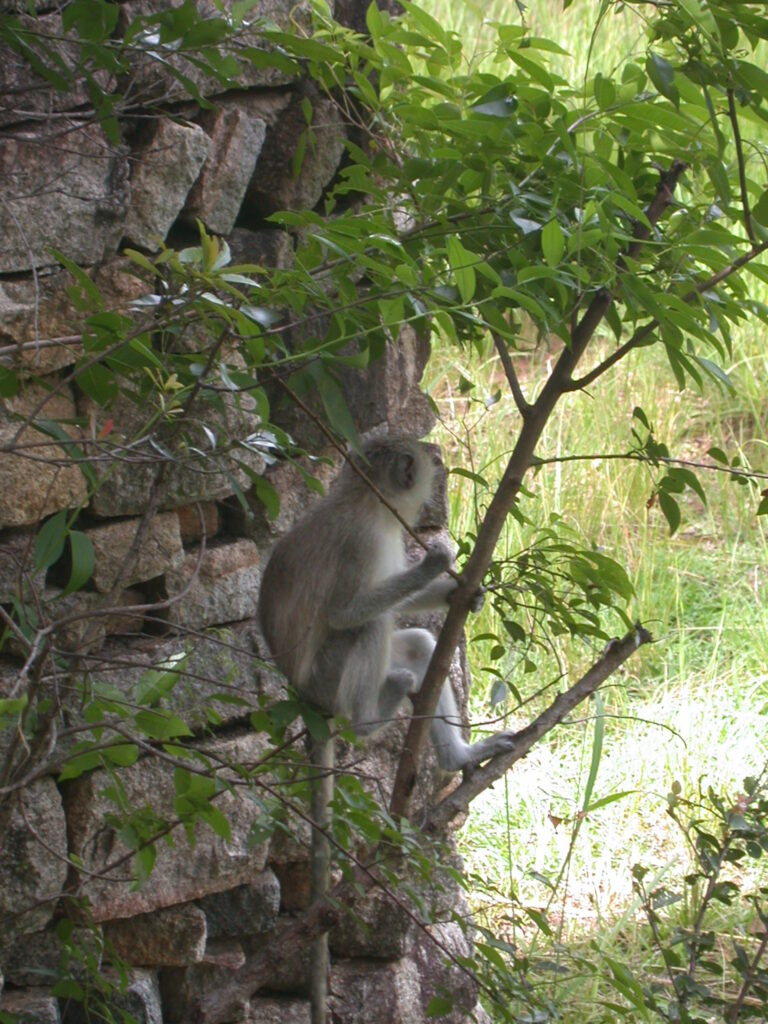
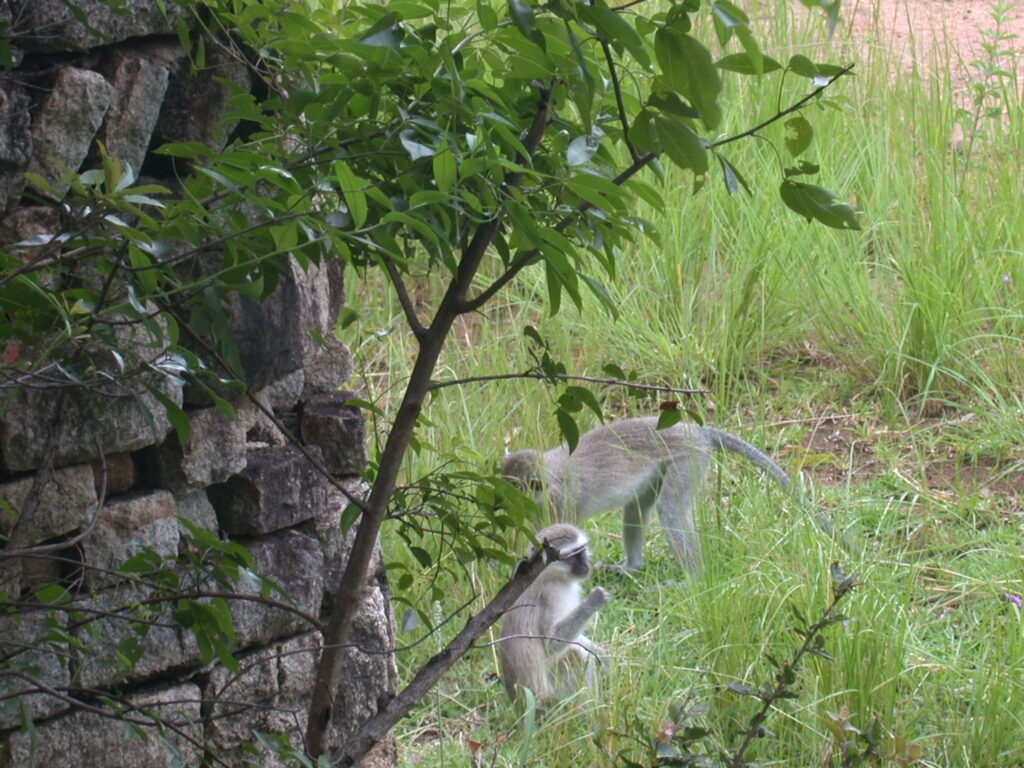
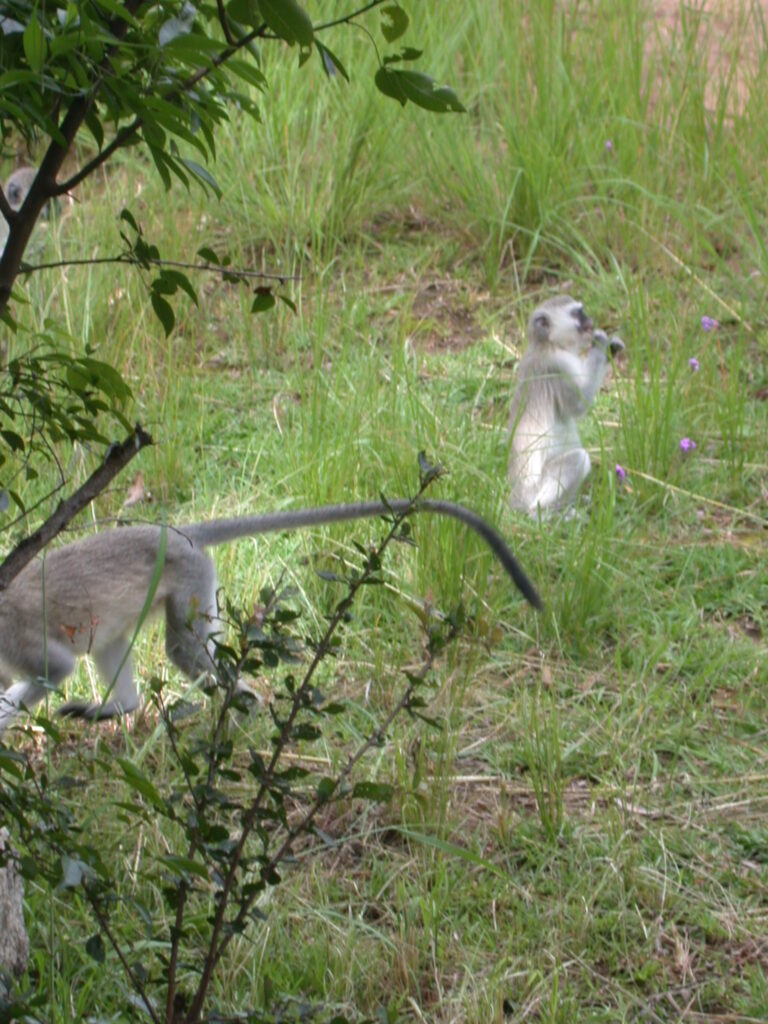
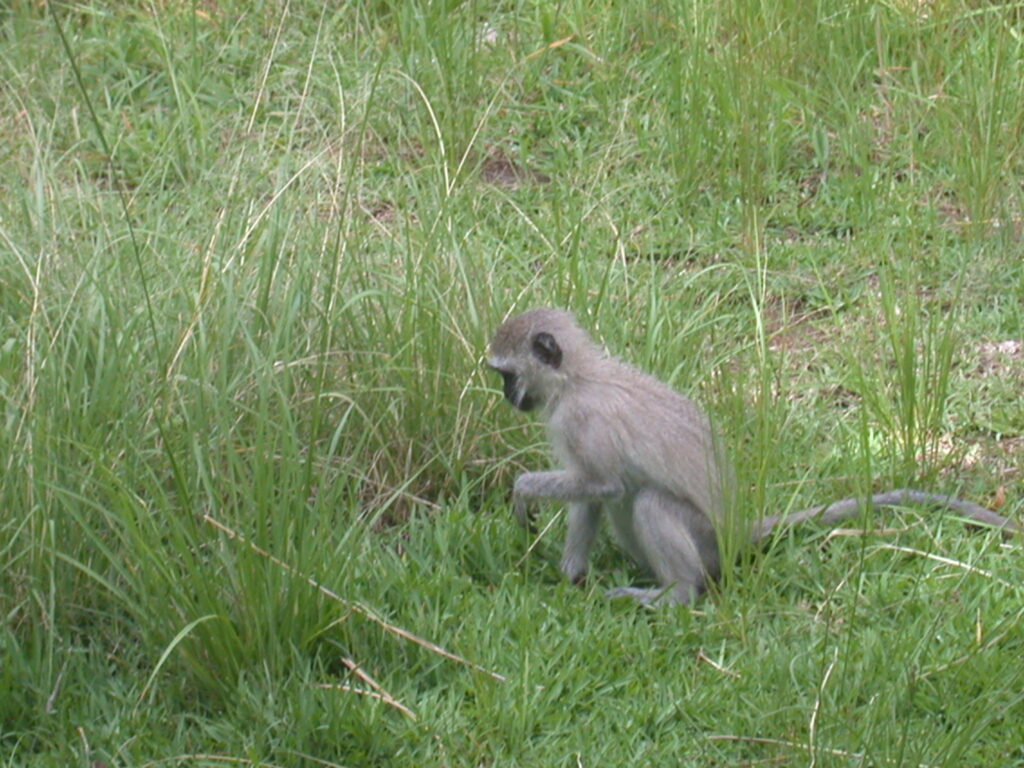
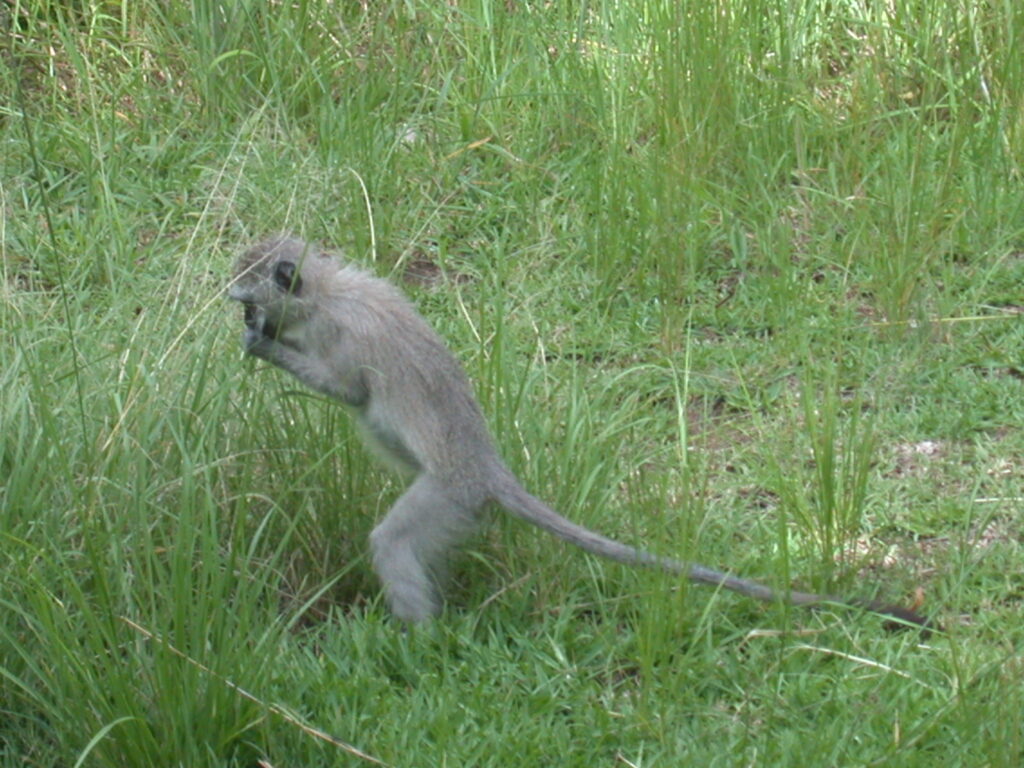
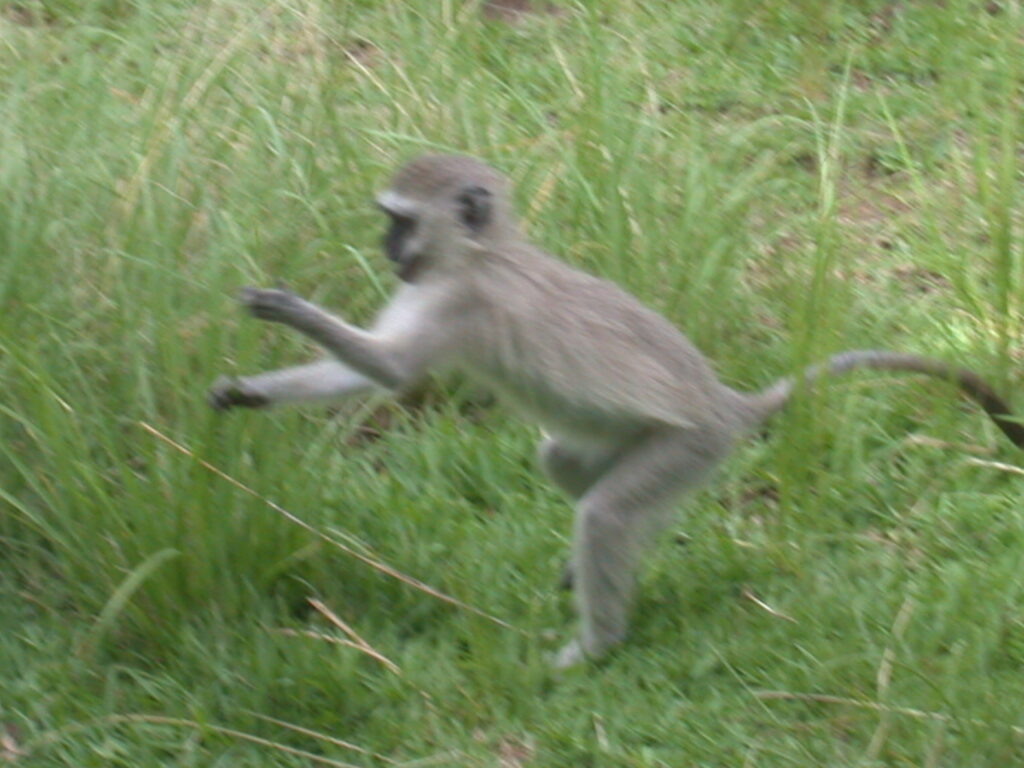
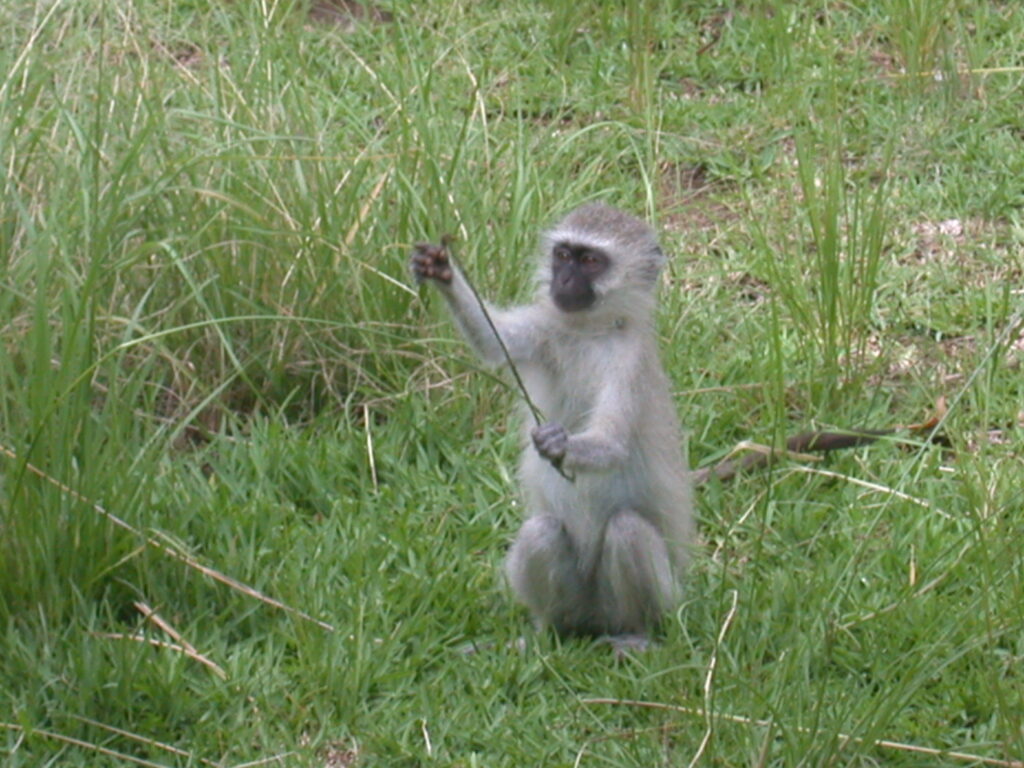
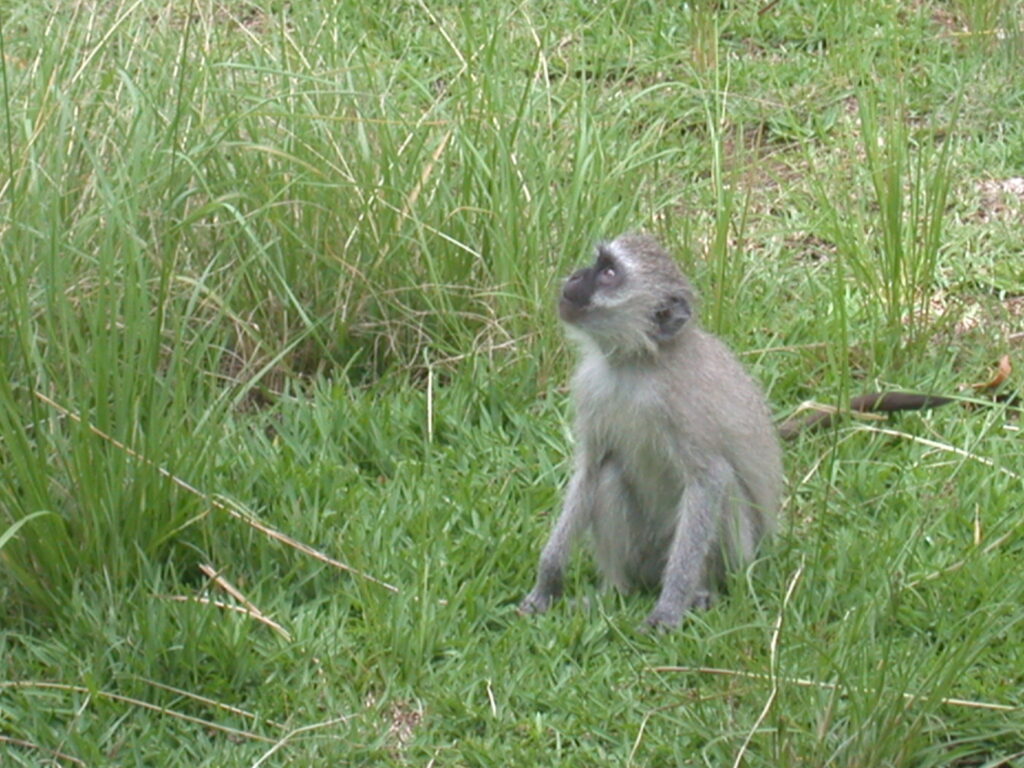
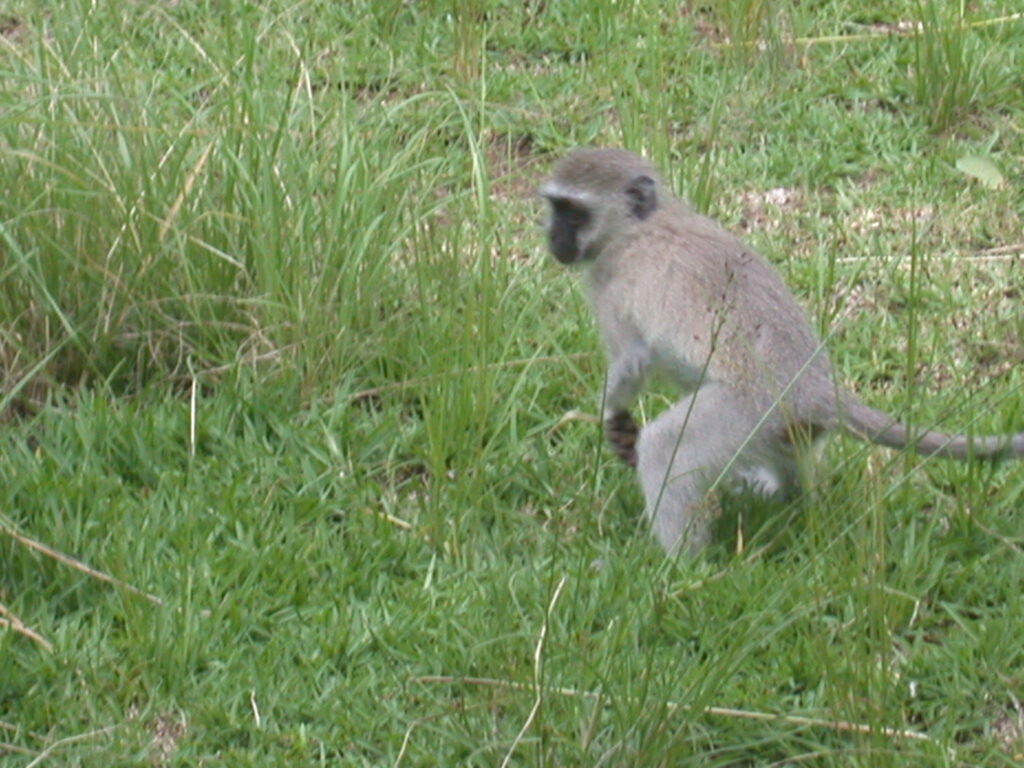
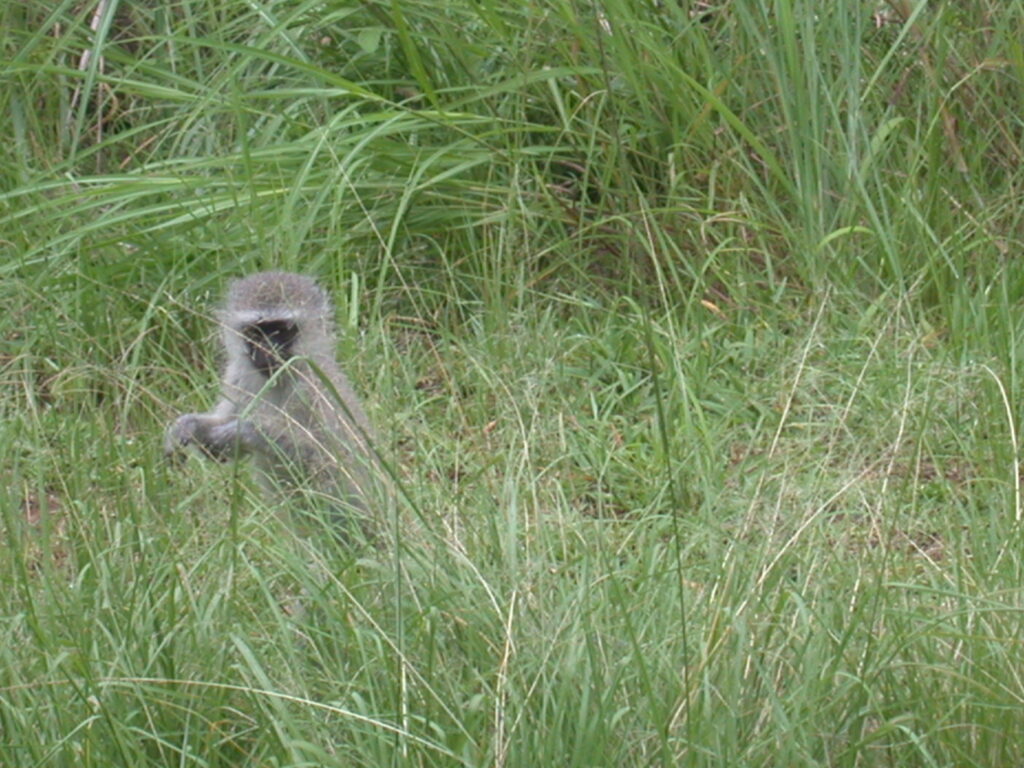
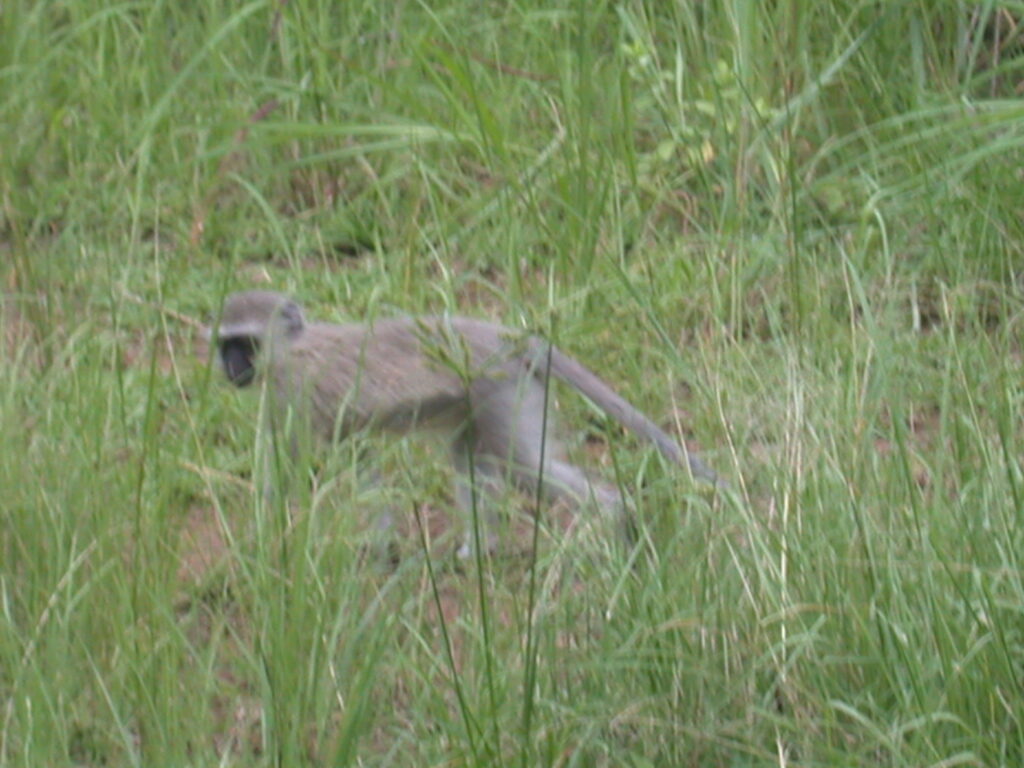
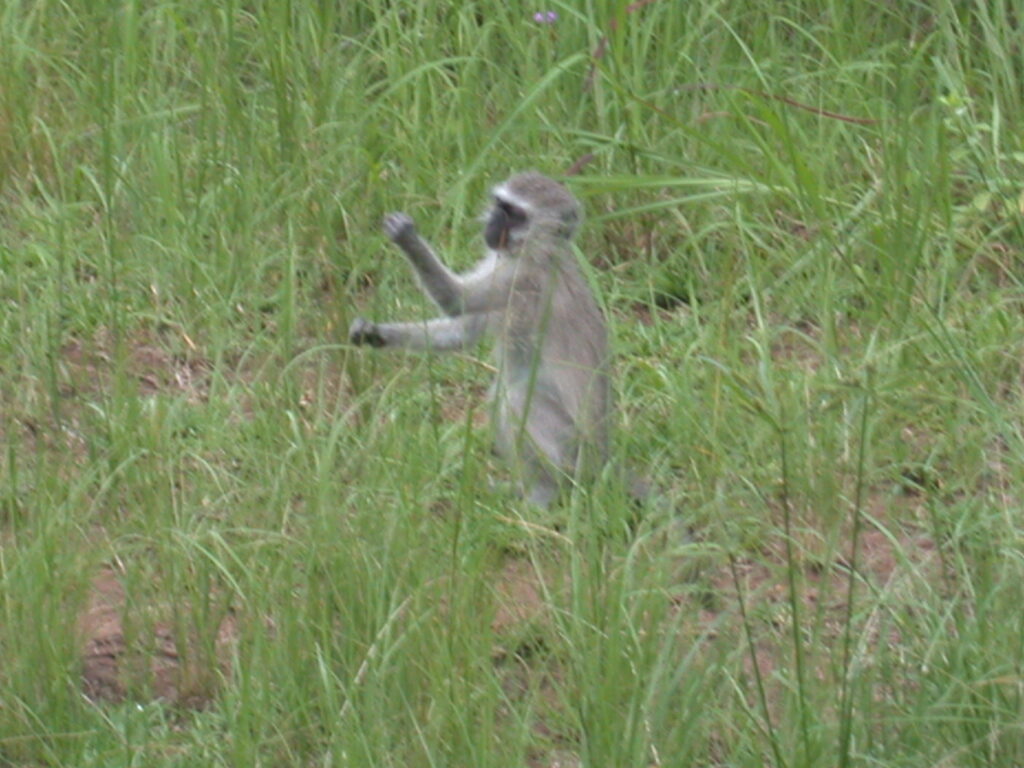
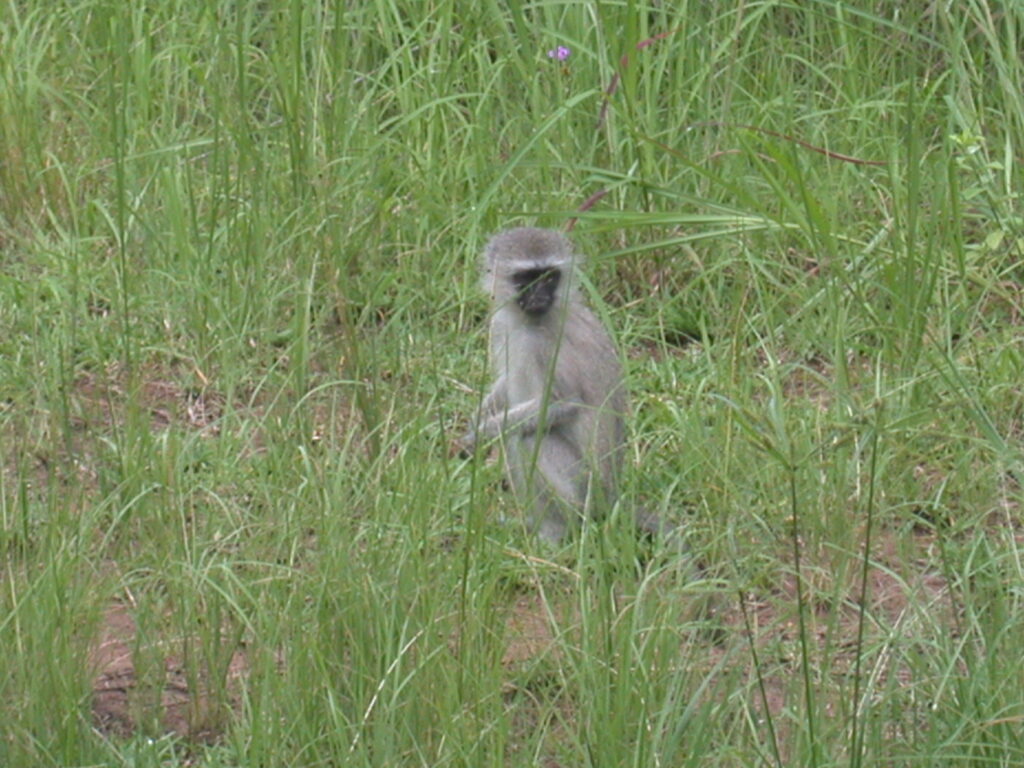
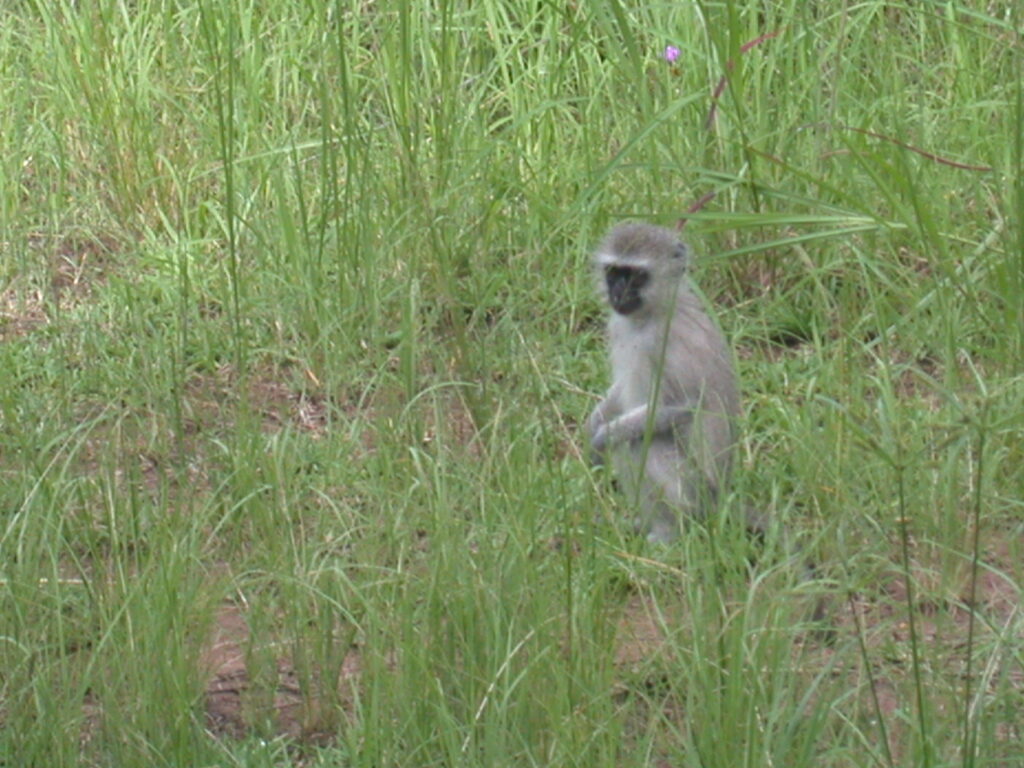
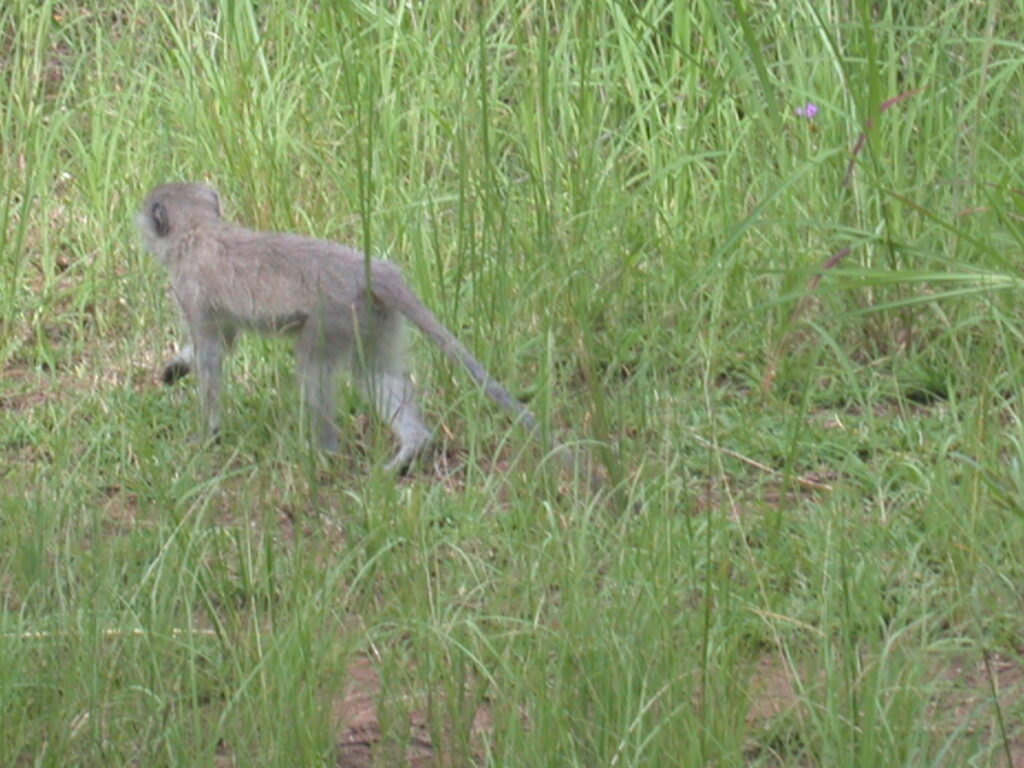
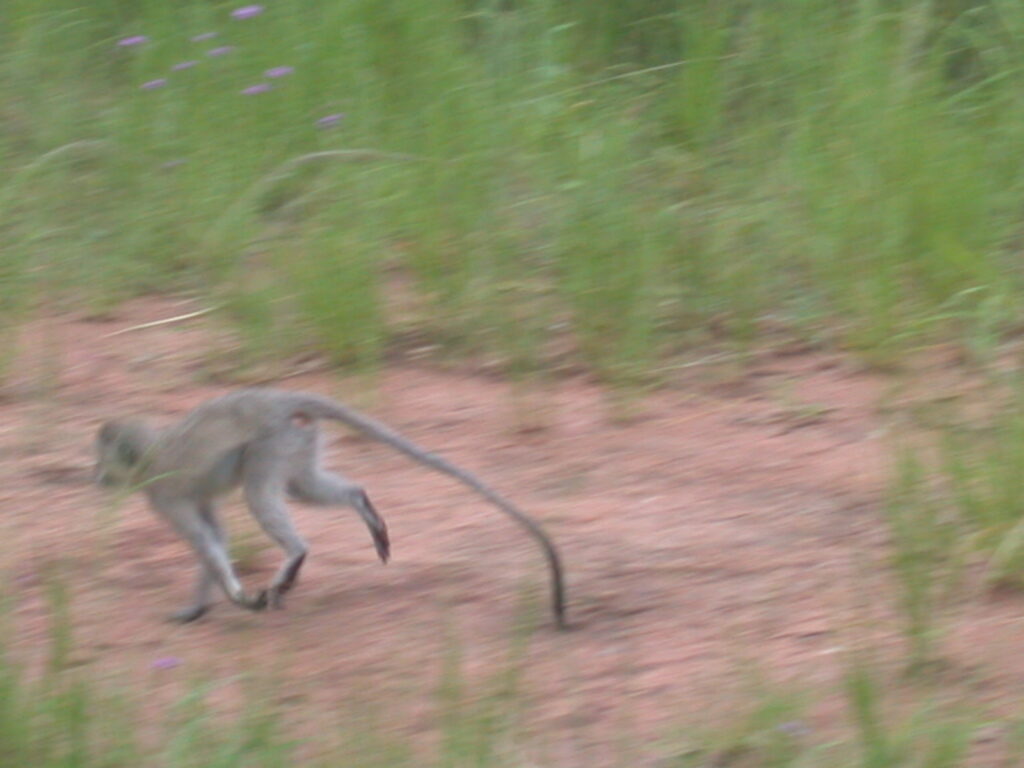
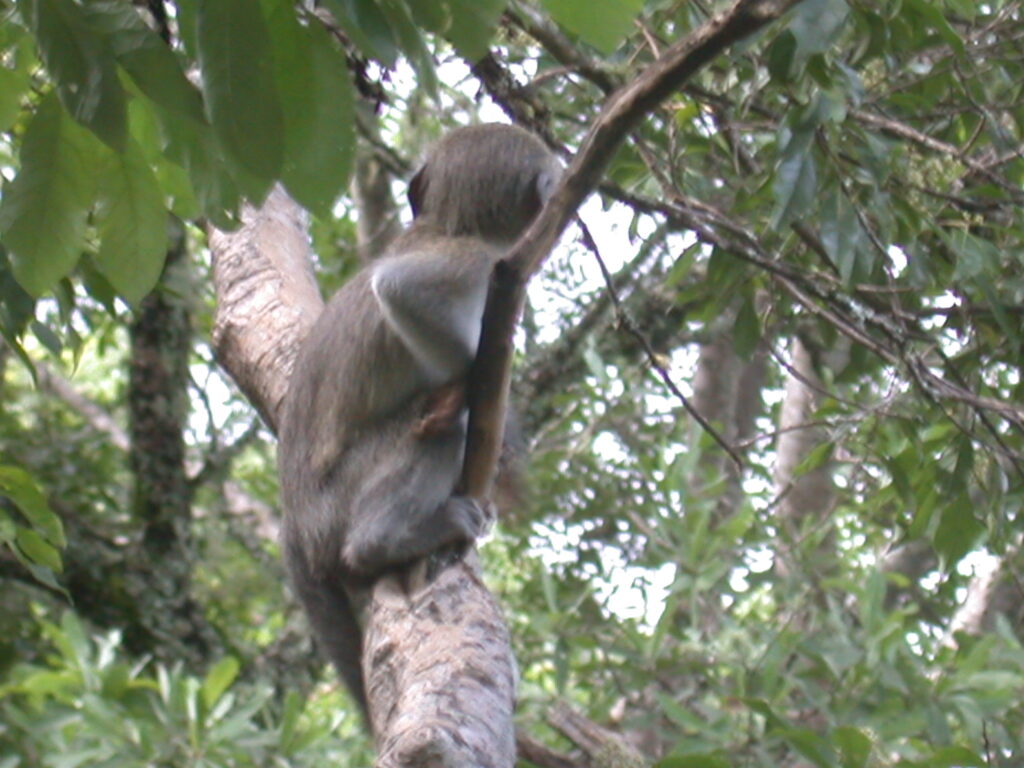
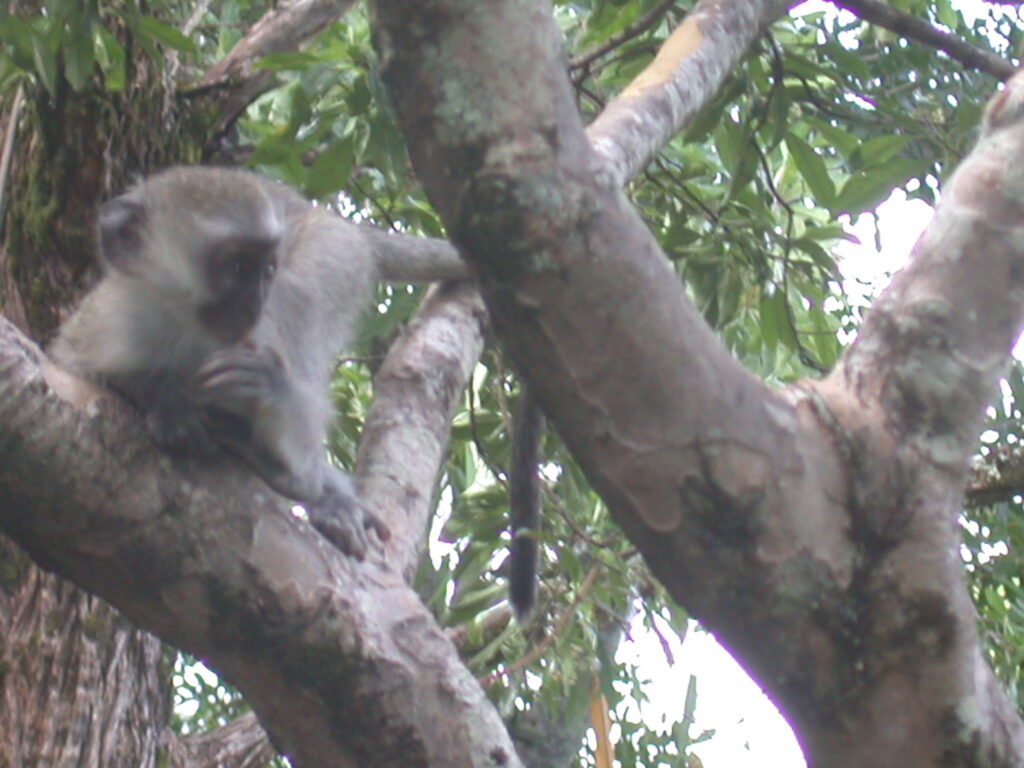
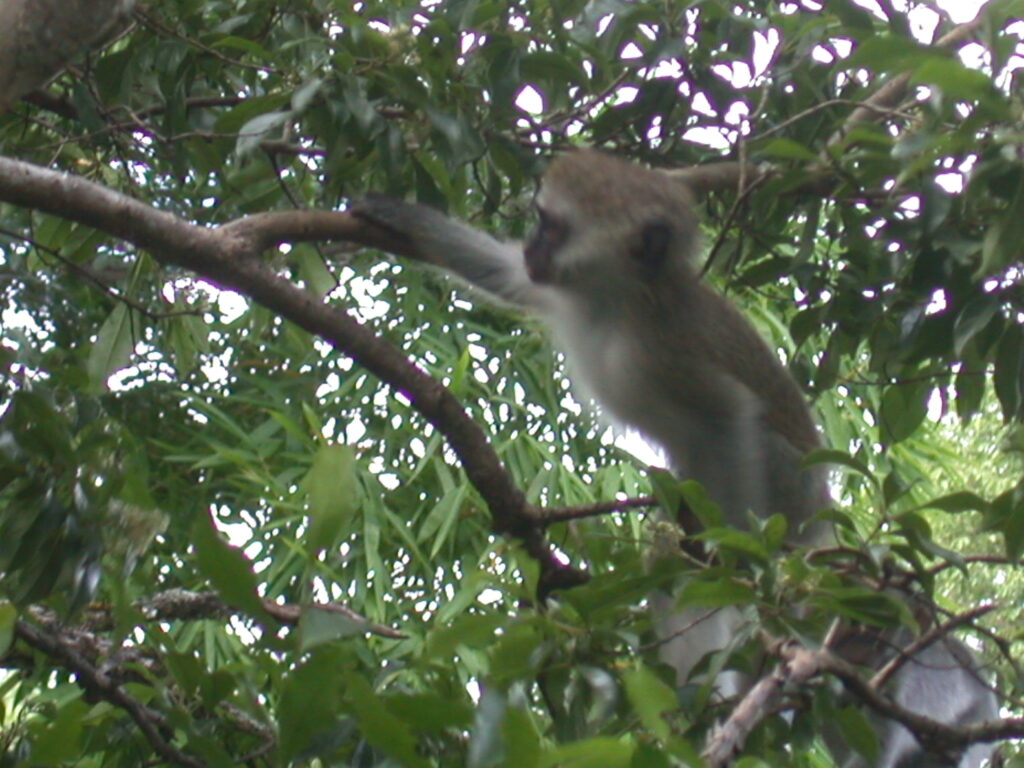
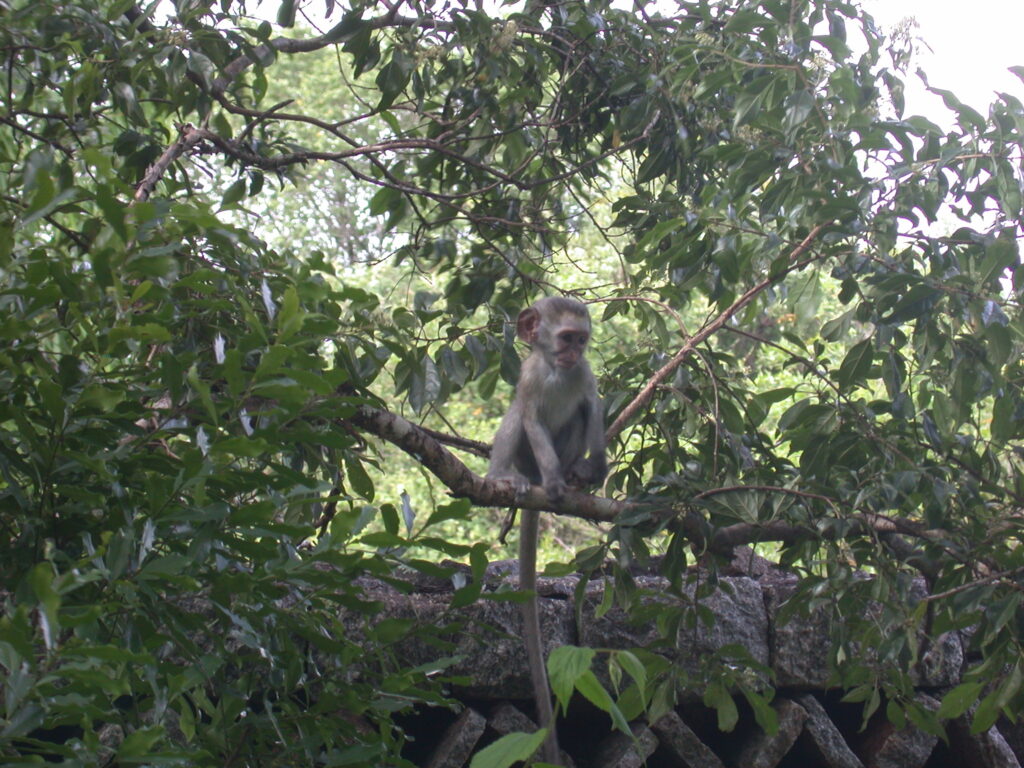
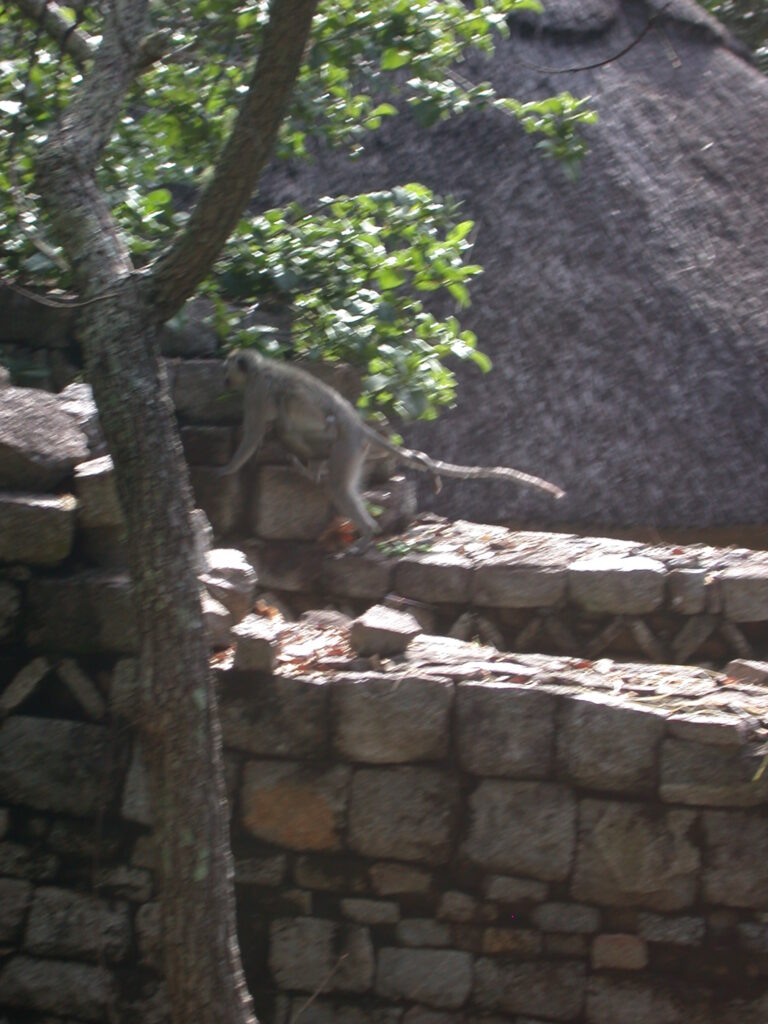
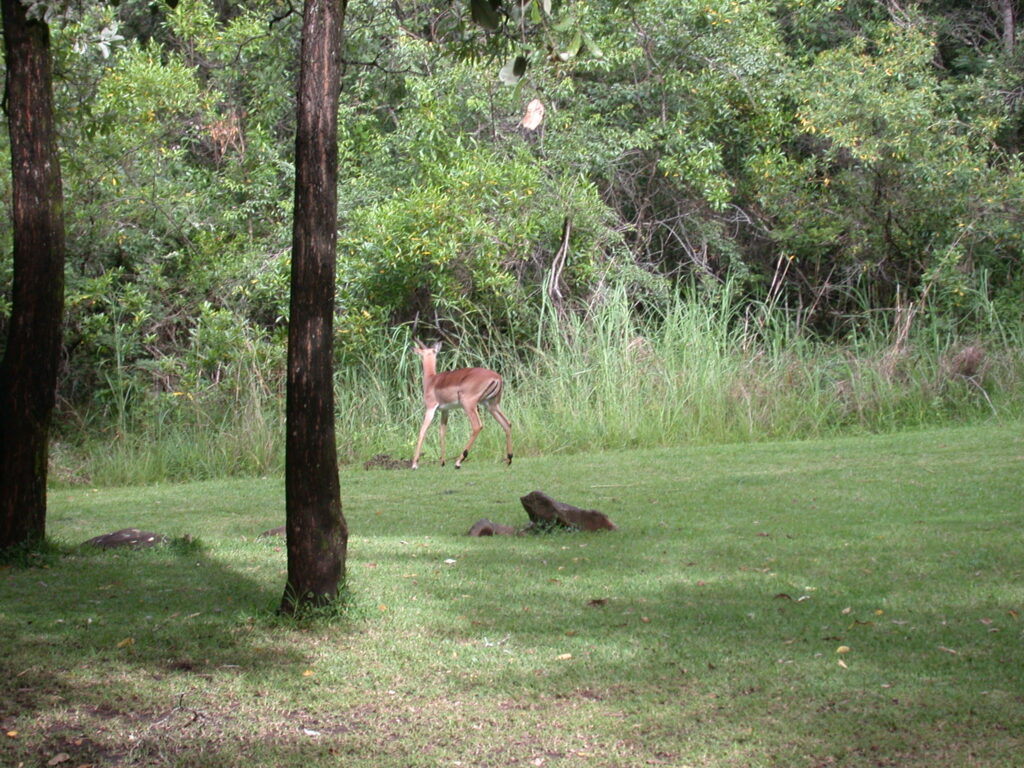
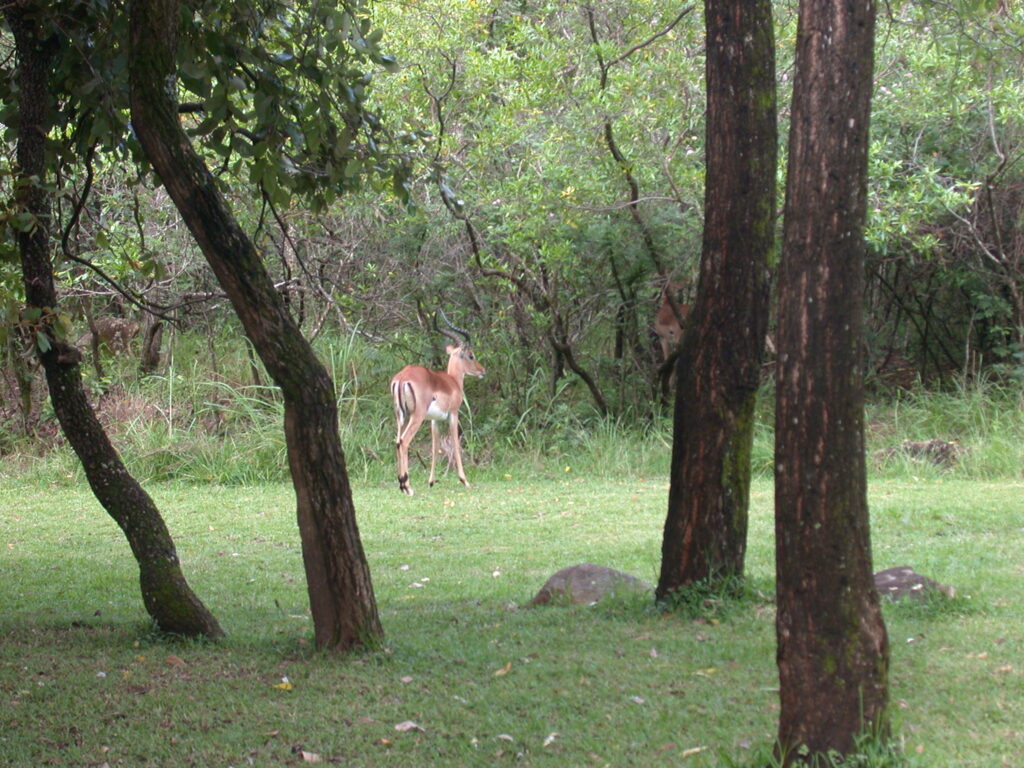
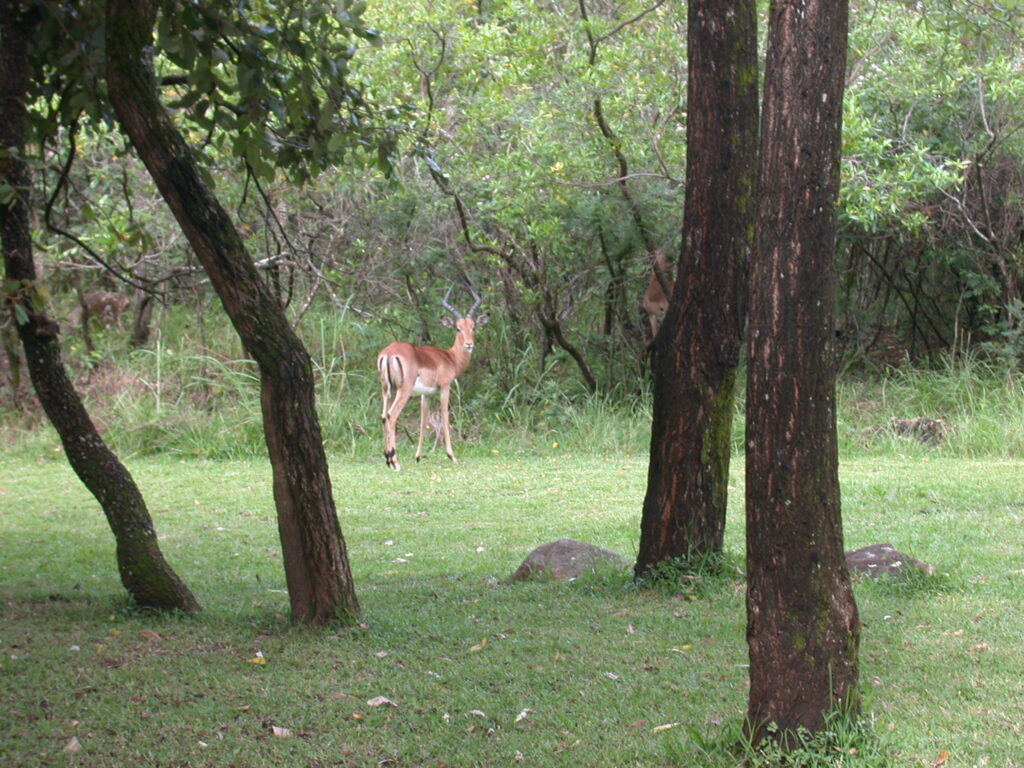
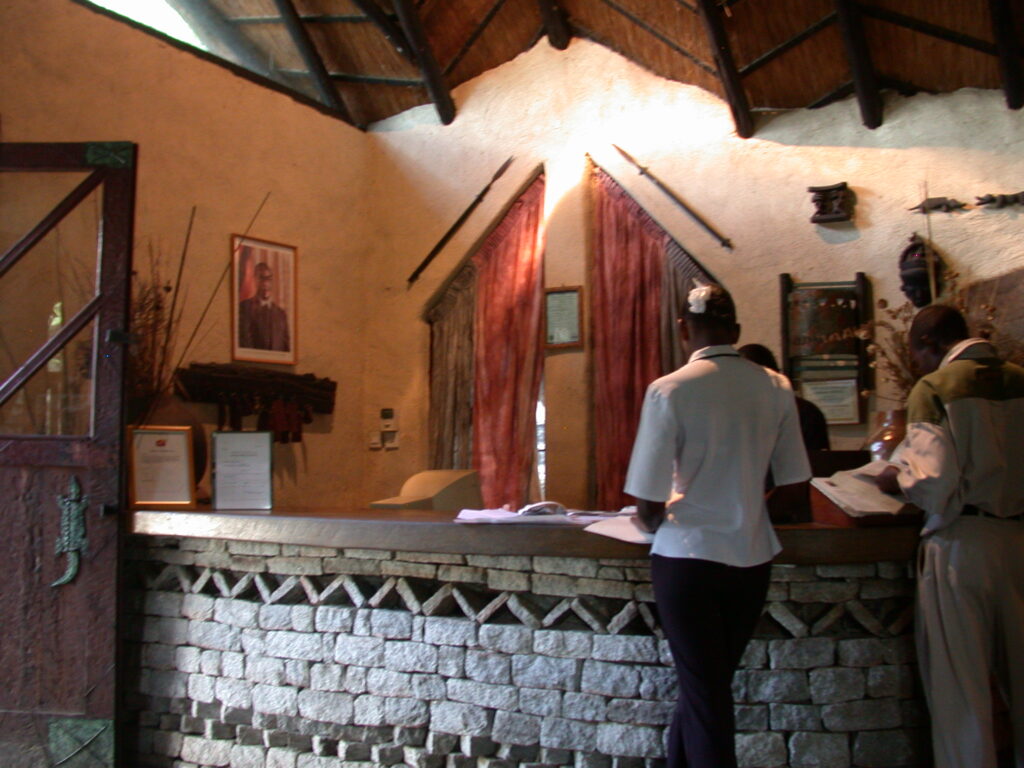
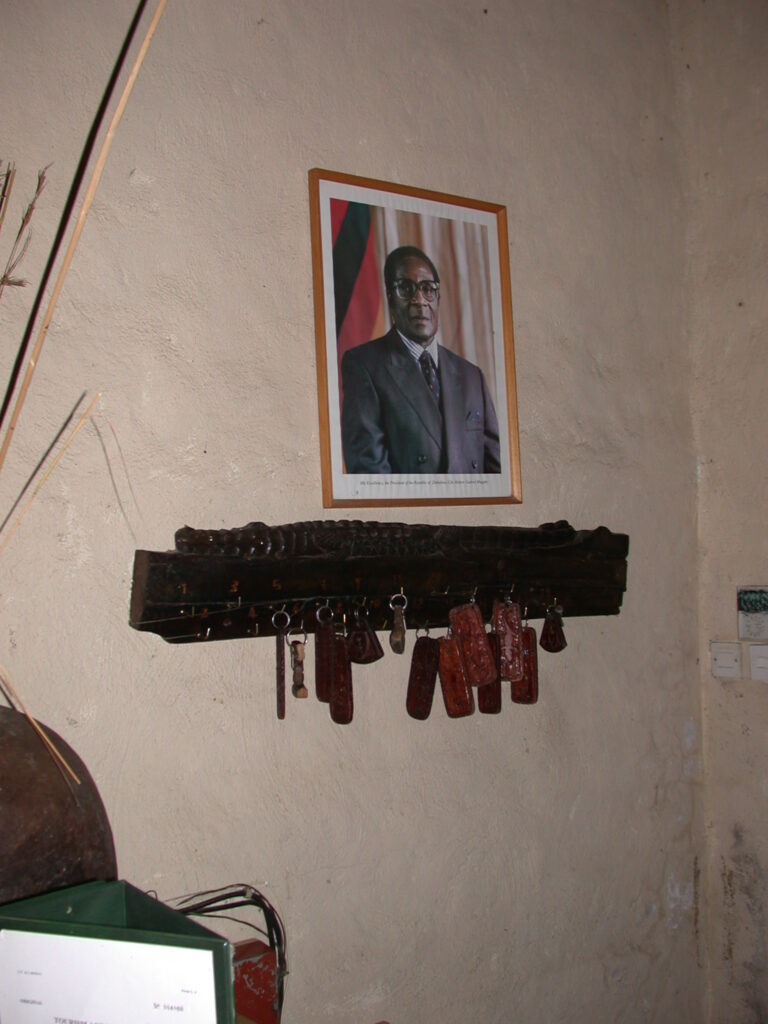
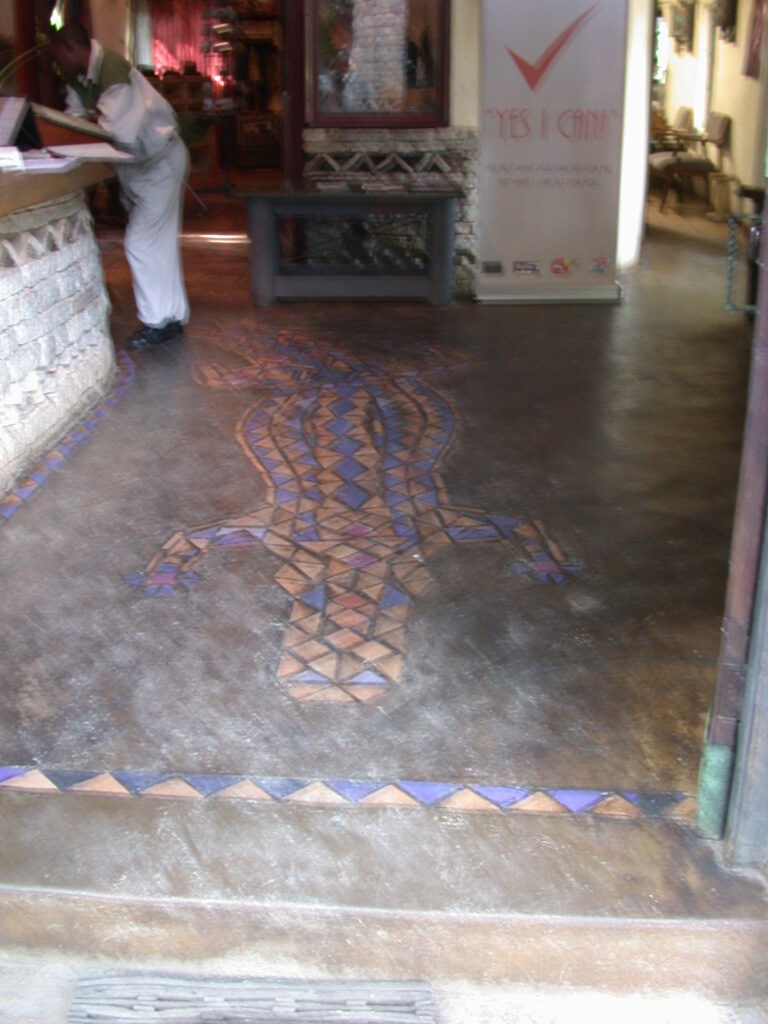
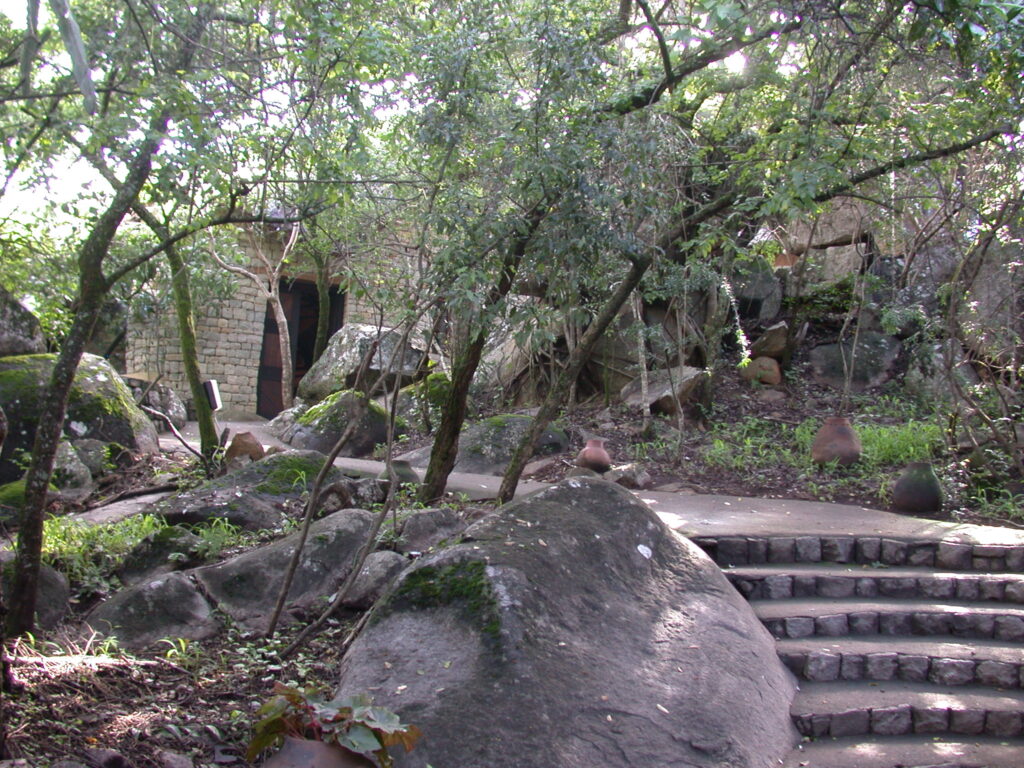
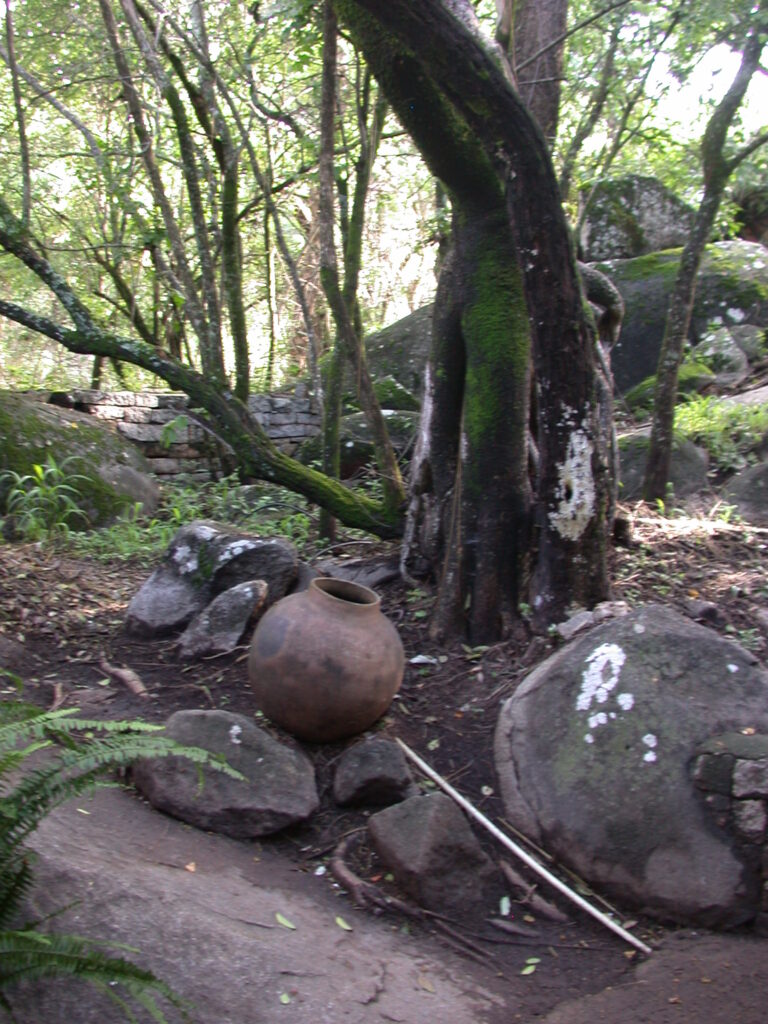
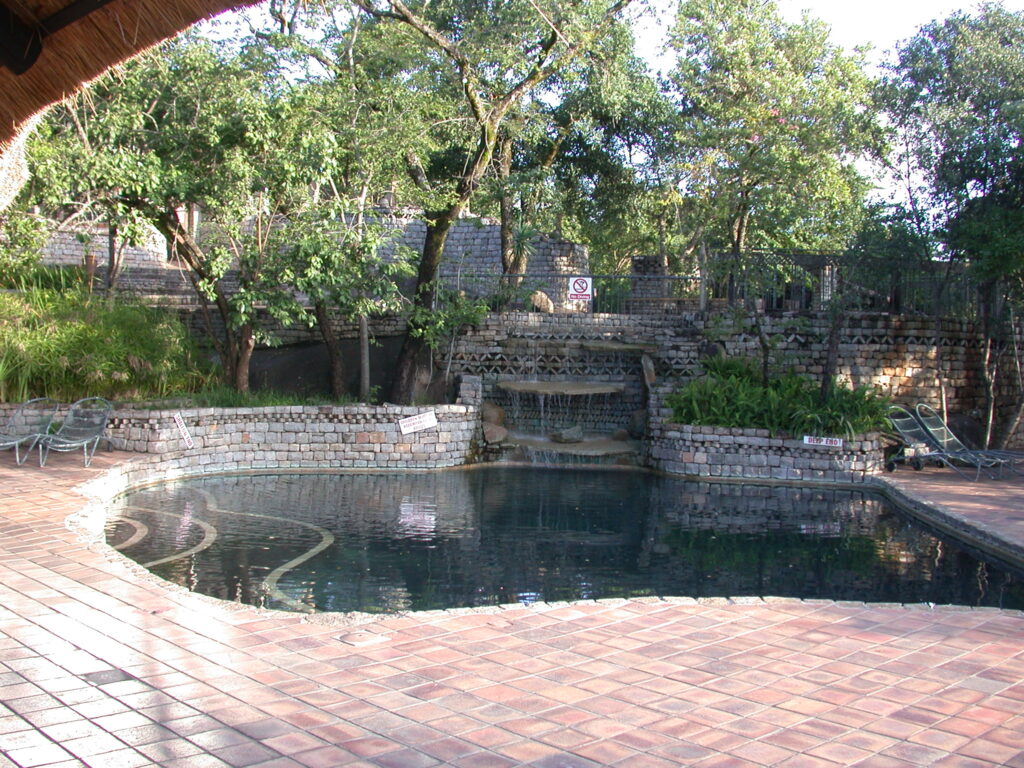
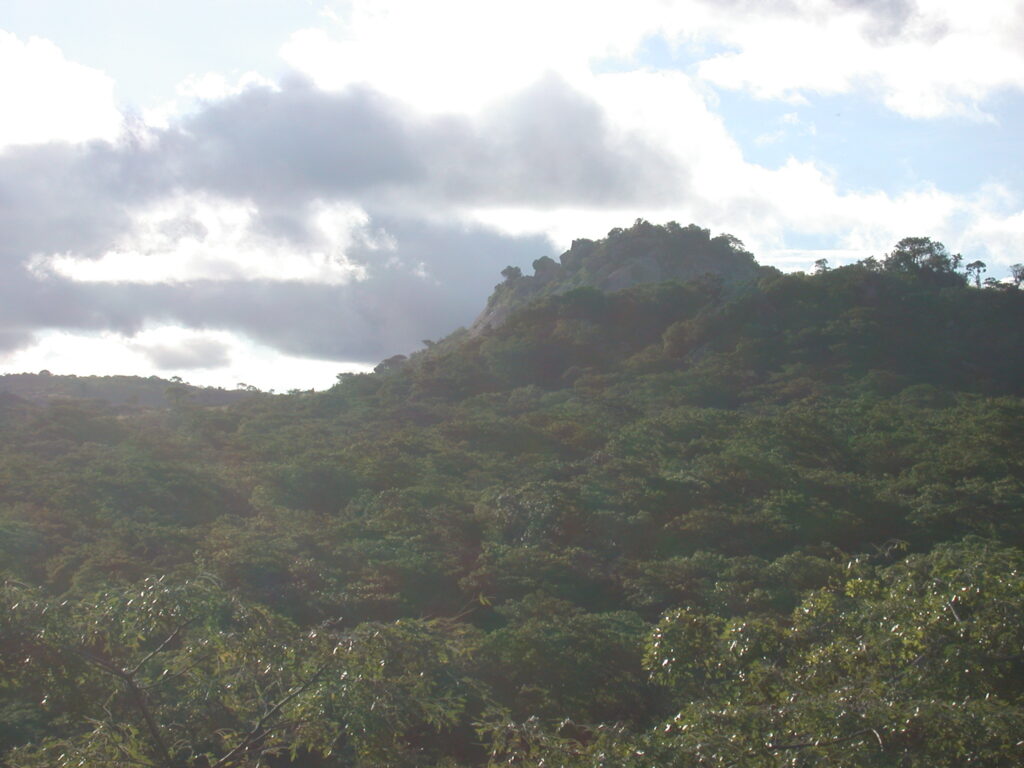
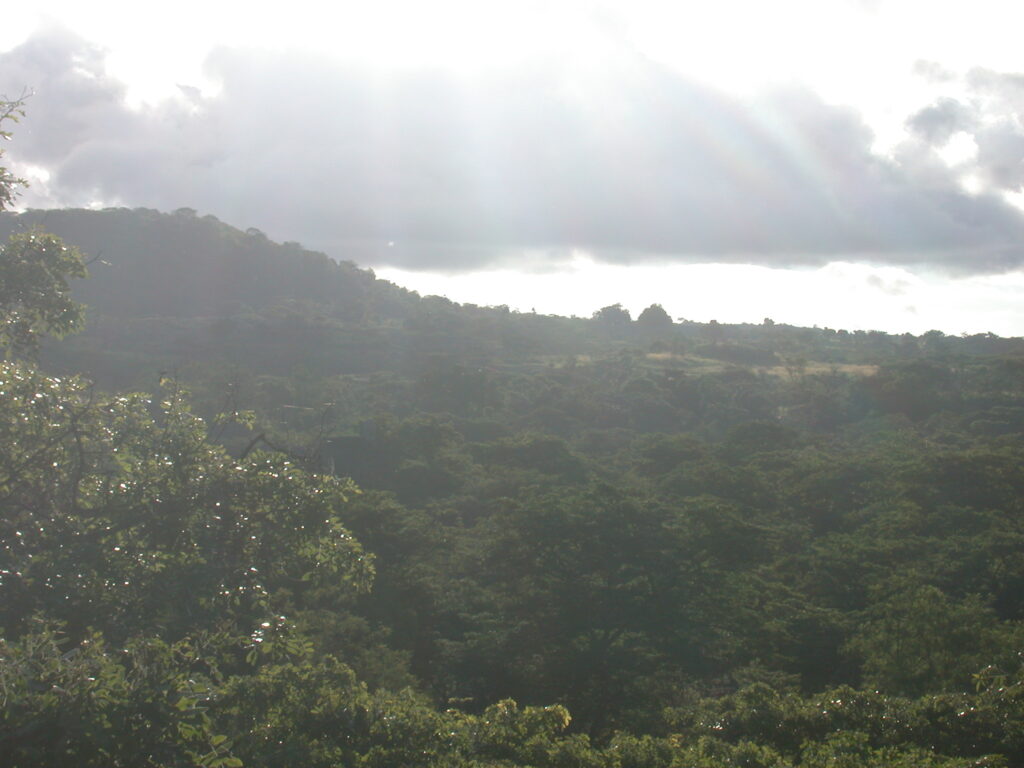
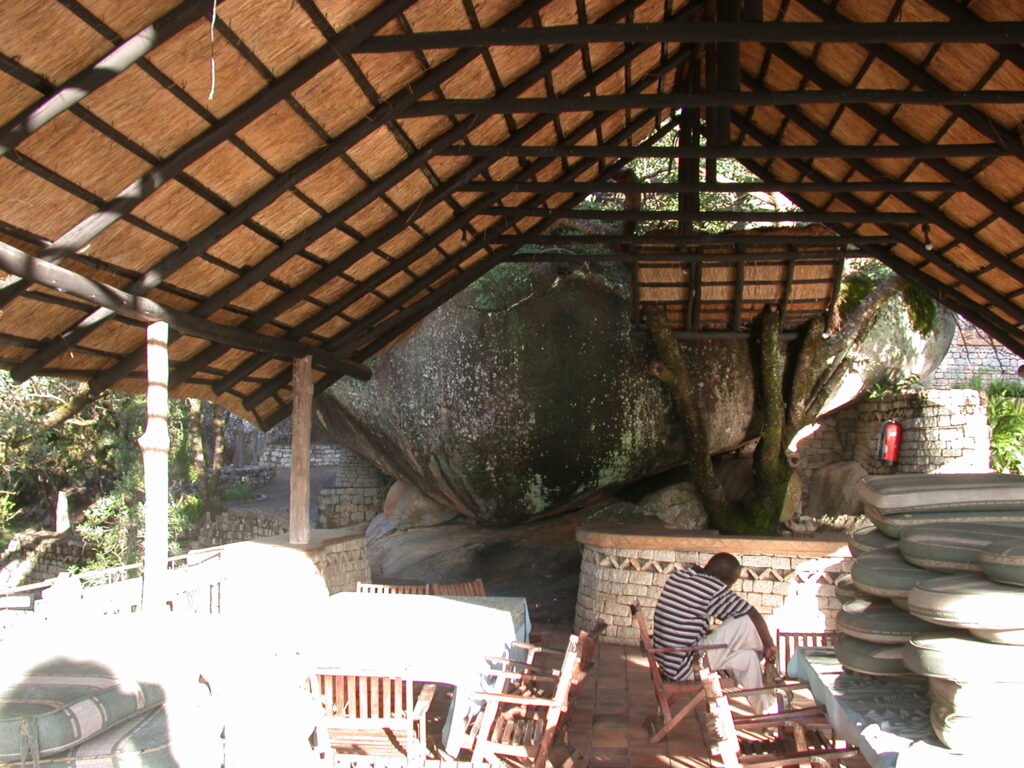
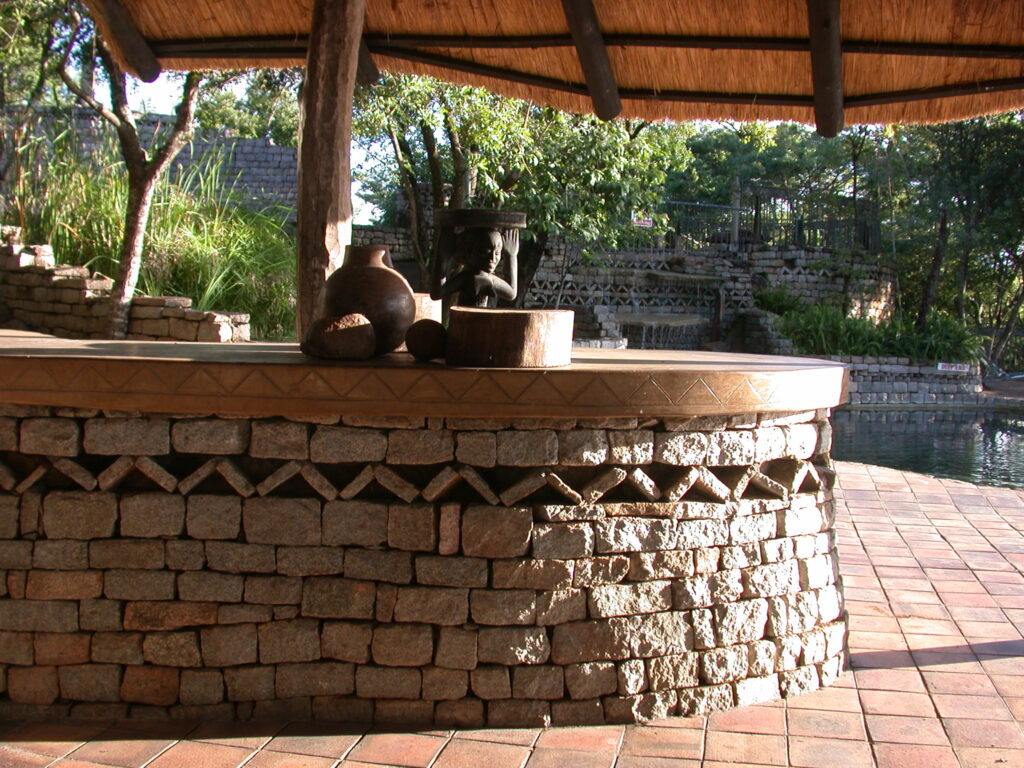
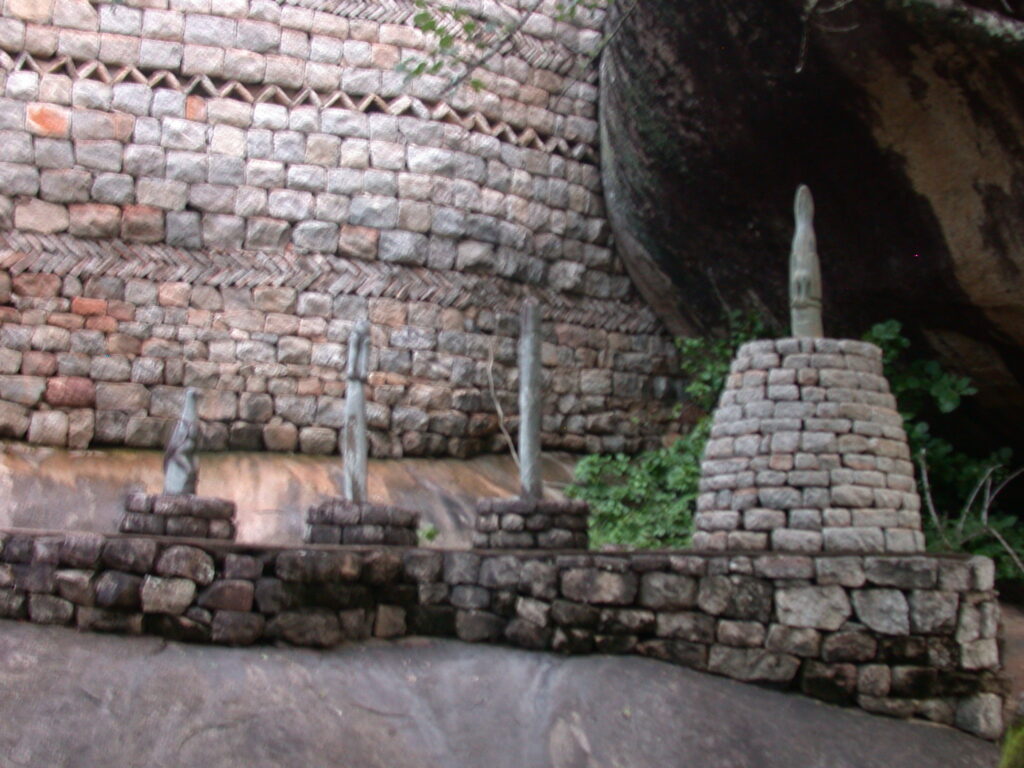
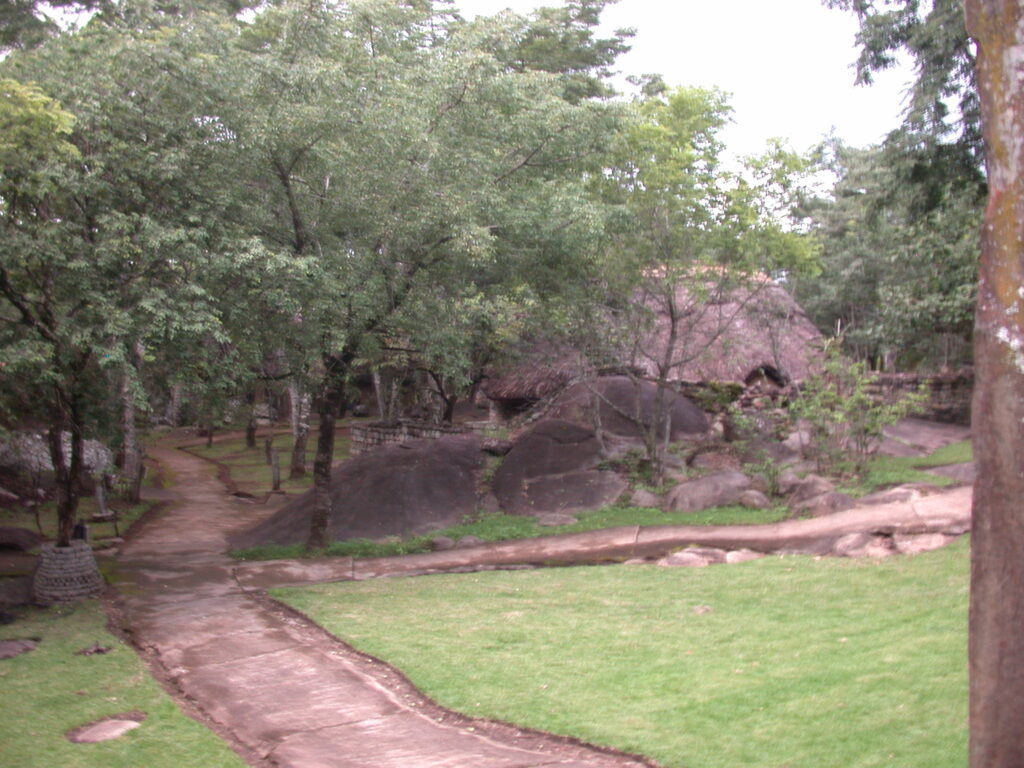
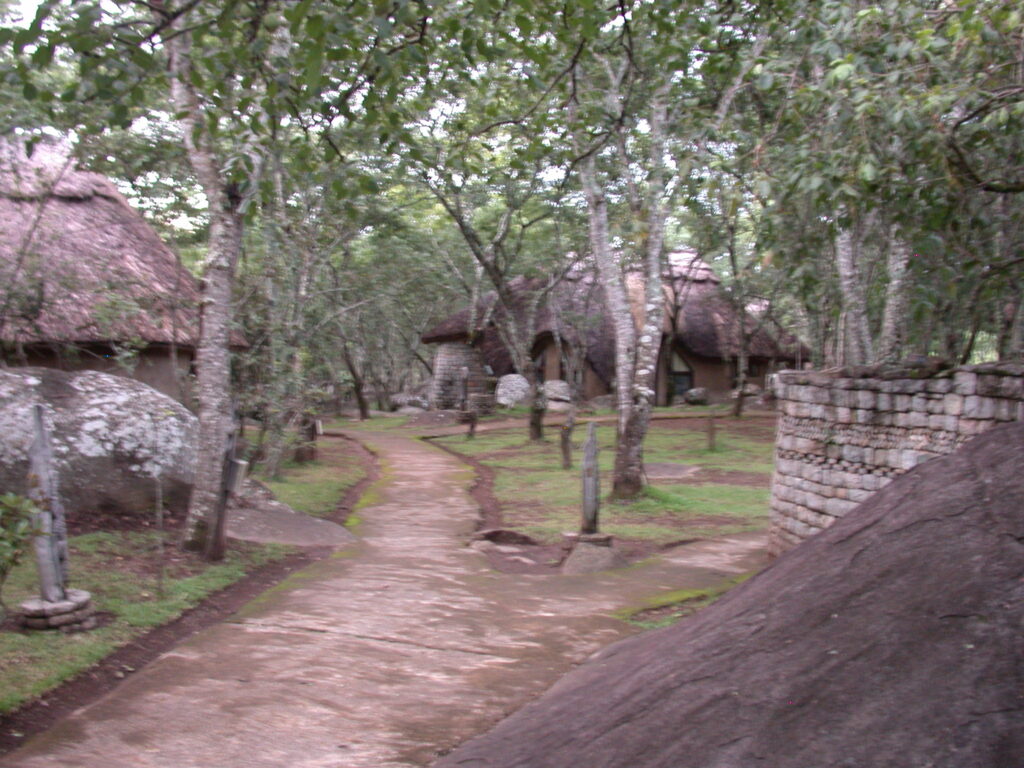
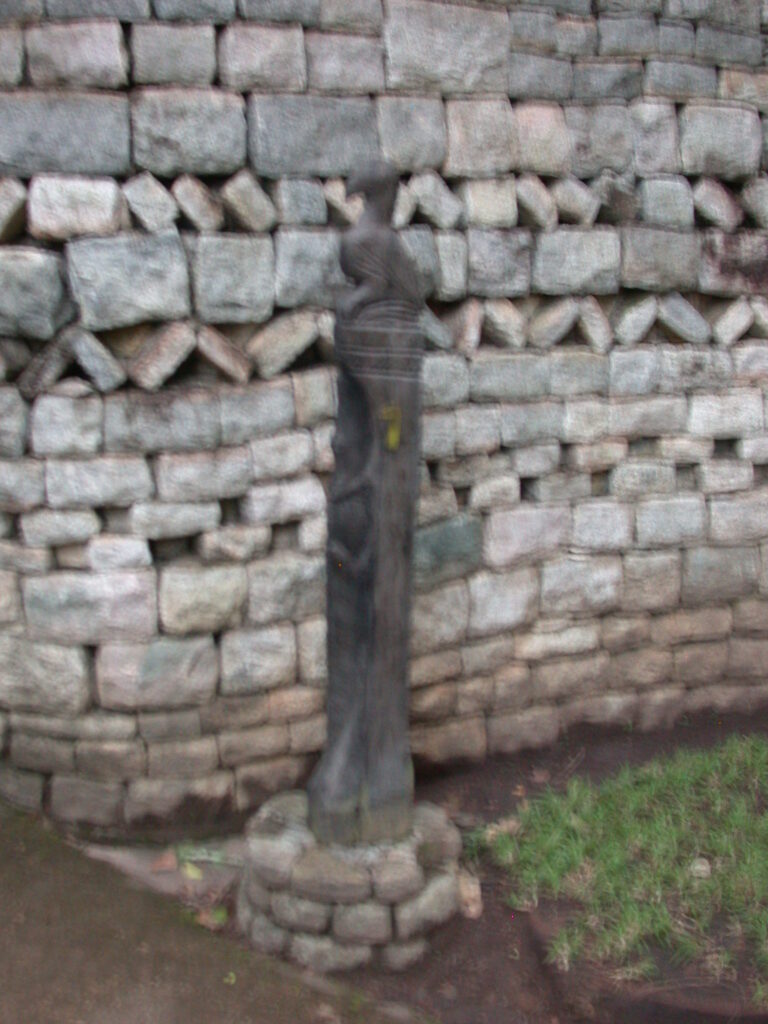
After resting for a day, I made my way to the monument the following day as chronicled in the following blog entry.
My arrival in Harare came with fears about how 8000% monthly inflation, food shortages, and a repressive dictator who hates gay people would influence my stay and feelings about Zimbabwe and its people.
I was a bit bewildered on arrival at the airport since I didn’t want to change money at the official rate, which was far below the black market rate. Yet I didn’t know who I could trust to change money on the black market without getting arrested or cheated or whatever.
Luckily, I met Sarah, a wonderful person who helped me figure out how to adapt to life in Zimbabwe right there at the airport. She was asking around about the current exchange rate and helped me meet a Zimbabwe local who gave me a free ride along with my bags in the back of a pickup truck to meet my friend Richard in the parking lot of a well-known hotel.
Richard put me up at his place for the day and night and showed me around town a bit. I saw the grocery stores full of food in Harare, although with prices rapidly becoming unaffordable for people whose salaries weren’t pegged to foreign currencies. He took me to an excellent Chinese restaurant with an interesting twist to the menu… each dish had a price code listed by it and the list of prices corresponding to the codes appeared on the last page of the menu, so it could be updated on a regular, even daily, basis. When it came time to pay, Richard pulled out the bag he carries around everywhere and laid a pile of cash about six inches tall on the table.
The government announced the new 10,000,000 dollar note around the time I arrived in the country, to help with the problem of physically carrying around so much cash for even the simplest of transactions. In most places that do any regular business involving large amounts of cash, they have a cash counting machine, like the one pictured below.
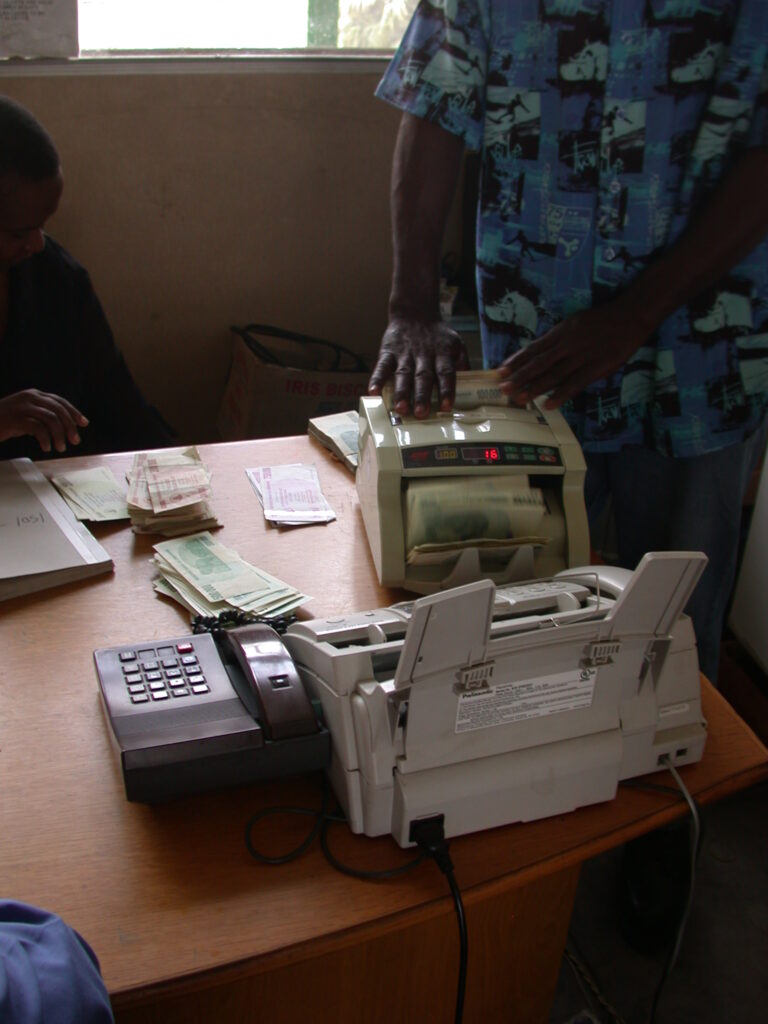
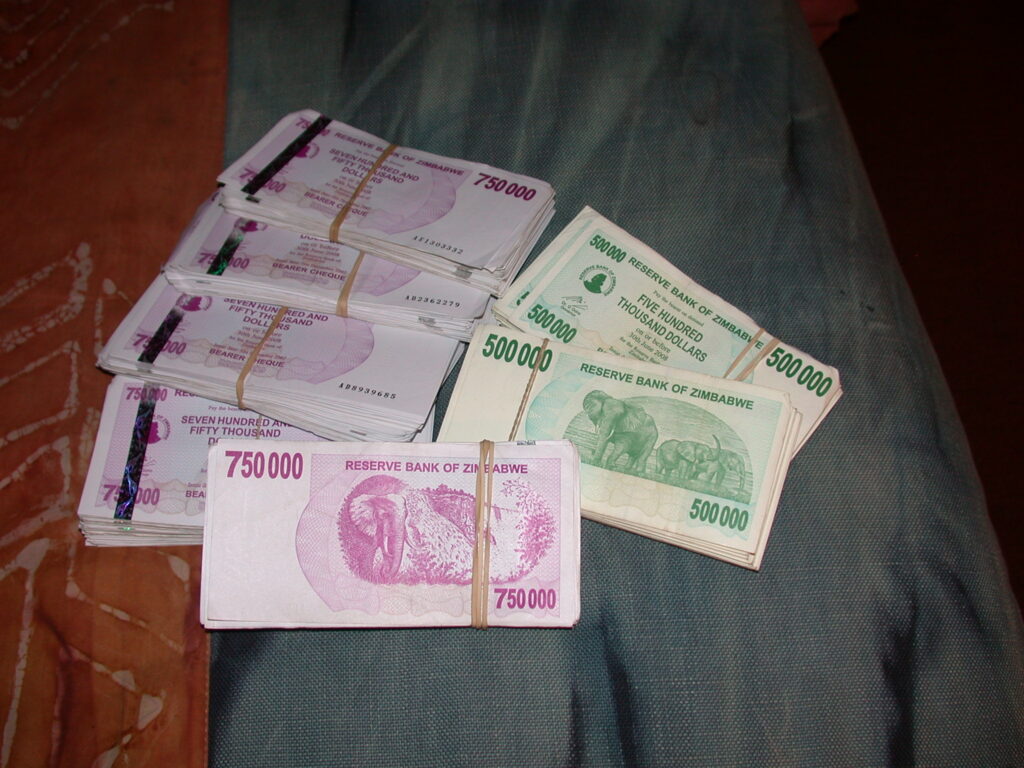
As soon as I changed money, I became a multimillionaire!
Richard’s father was arriving that day to stay at his place so he helped me find a hotel room. Luckily, we found one that wasn’t horridly expensive as most of them are for foreigners paying a special hard-currency foreigner price in Harare. I stayed at the lovely Bronte Hotel.
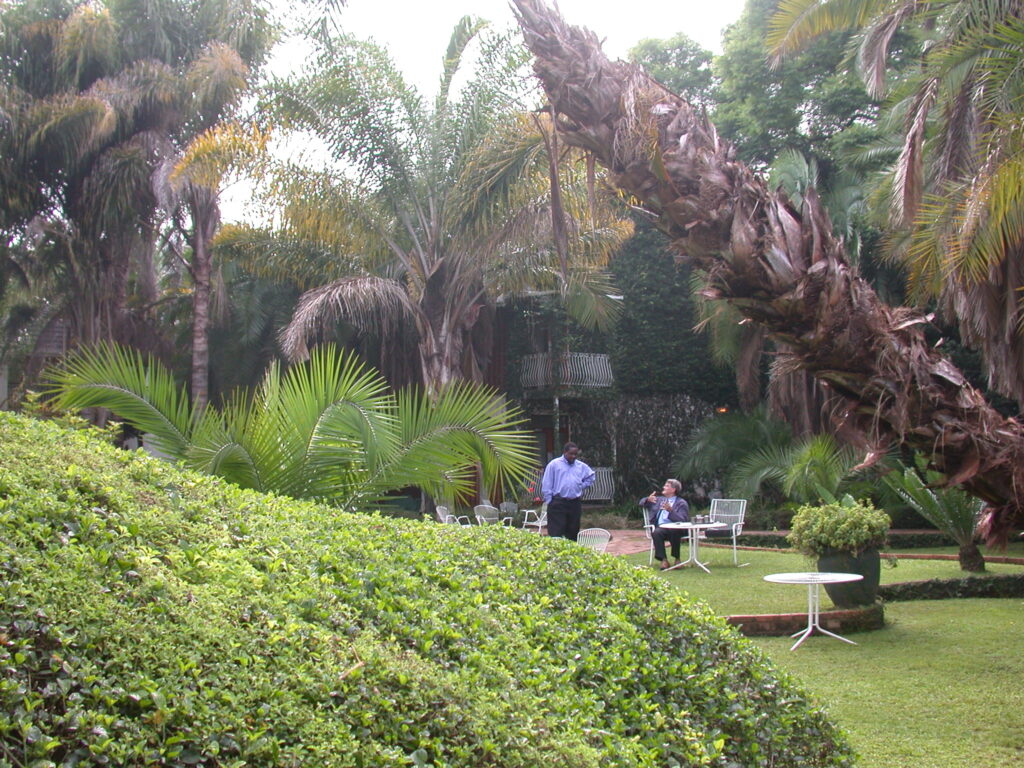
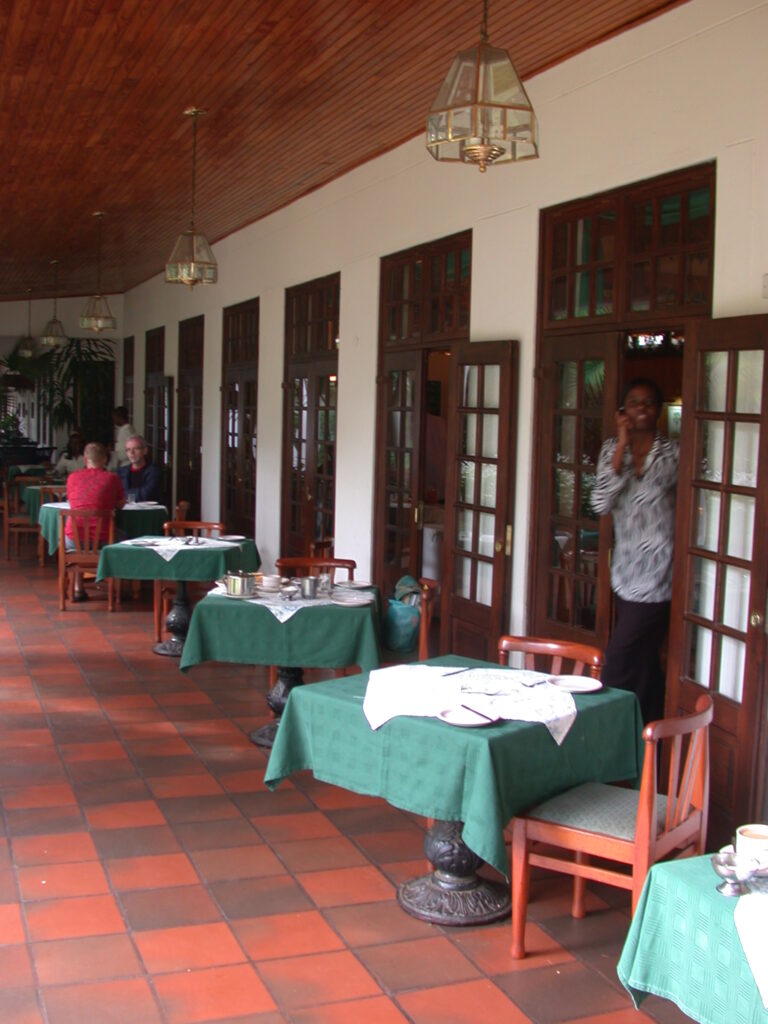
I saw a placard announcing the groups meeting there at the hotel. One of the groups listed was GALZ, which I knew as Gay and Lesbian Zimbabweans. I was shocked to see them listed, since I thought the repression would be so great that they would have to meet in private homes, ever since Mugabe’s “gays are worse than dogs” statement. I had the privilege of popping in one of their meeting sessions to wish them well, letting them know that people all over the world have heard about their struggle and understand the difficult conditions under which they are operating with threats of violence, imprisonment, and death, not to mention public humiliation and loss of employment.
On January 18, 2008, I visited the Zimbabwe Museum of Human Sciences, in Harare, Zimbabwe.
Machanga people
Oral tradition says origins in Hlengwe people who arrived before Soshongana, a Ngoni (Ngohi?) whose real name is Mamukese / Manukosi, son of Chiyangeni. Manukese fled Shaka during Mfecune period. Soshongana found the Hlengwe and established the Gaza state in early 19th century after defeating all tribes…
Machangana men pierced ears using knife, sign of bravery, skin loins, mayadha white cloth, mubodhi head ring, tnbaya(?) urinary chamber
Machangana women wear minceka, salempore (chibhelana / chibhabhela), seashells (mbambamba), leg bangles (madheya(?))
Zvitumbarse drums
Ranzala groundhornbill drum
Thumb piano
Initiation – instructor (mudzhabi)
Girls’ initiation = kombla
Boys’ initiation = mupundu(?)
Food processing: grind (kukanda) food using pestle (musi) and mortar (xthurhi), in chihizo for final processing
Ngula grainbin
Farming–
Crops: mvele (small grains), mashalani (sorghum), mahuva (millet)
Wooden hoes
Conservation of trees as shed for crops (minduti yemerele (or yemevele???))
Singing songs, political or even vulgar, only while pounding grain
Beer pots (mbita)
Head cushion (simbo)
Head rests (mukigeio)
Woven grain storage container
Chieftancy–
Nzalema power in chief’s stomach, vomited at death
Chosen from eldest son of first wife, if chief too young, nephew (tukulu, who is not in line for chieftancy) would hold the post (kuomela)
Chiefs had spear (thlari), elephant’s tusk (lumhondo lwendhlopfu), leopard’s skin, and headring (mubhodhi)
King buried in house seated facing east, elephant tusk buried with him, protruding a bit from grave
Hunting–
Shields from animal hides, arrows (mupatya), spear, and pit traps for big animals like elephants (hardwood poles with sharpened ends vertical in put, animal pierced during fall
Rituals–
Shona– possession by principal ancestors (masvikiro)
Machanga – possession at homestead level (mudzimu)
Traditional healers (N’anga) advise who to lead ritual to ask for rain before people ate produce from the fields
Madhlozi are possessed by spirits from another culture like Ndau (Maronge or Maconge?) or Ndebele
Rituals performed under Marula tree or in Ndumba house dedicated to ancesstors Inside house, white cloth, multi-colored cloth (palu), small multi-coolored clay pot (chikalaulo) and spears/gourd (ndeve)
Old women in menopause (vatsvah) brew the beer for rituals assisted by young pre-menstrual girls who carry water
Inyanga, early iron age from 300 – 1000 CE, pottery known as Ziwa
Late iron age, 1650-1800 CE, Hwisa settlements
GREAT ZIMBABWE:
Soapstones found at Great Zimbabwe, Dhlodio (Midlands), and Mutare Altar site
figural art, bowls with animal images, eight birds on pillars
Stone building tradition from about 1100-1600 CE
Arrows, spears, adze, hoe, plus imported Chinese celadon, glass beads
Iron gongs, gold grinder, grain bins
Millet, sorghum, and r??? (small grain millet?)
Cattle and goat herding: young cattle for the king’s compound, older for rest of population
Not so much hunting
Great Zimbabwe flourished 1250 – 1450 CE with smaller Zimbabwes all over the central plateau (approximately 300 of them extending even into Mozambique, Botswana, and South Africa)
King lived on the Hill Complex – wealth and power from control over subjects
Symbols of authority found: iron gongs, trade items
Zimbabwe Hill – enclosures
Imba Huru: pole and daga (mortar/cement) houses with enclorsure, three entrances
Khami ruins at Bulawayo are second largest after Great Zimbabwe
Others at places like Matendara, Dhlodhlo, and Naletale
All used decorative wall patterns: chevron, check, cord, dentelle, herriingbone, and alternate courses of granite (light) and schist (dark)
Shona concept of mutupo, link to ancestors
Mazimbabwe – plural usage for other zimbabwes around the country
References found at Museum Library:
Garlake, Peter. Life at Great Zimbabwe. Gweru, Zimbabwe: Mambo Press, 1982, reprinted 1991. {Exploring Zimbabwe Series #1}
Garlake, Peter. Early Zimbabwe: From the Matopos to Inyanga. Gweru, Zimbabwe: Mambo Press, 1983. {Exploring Zimbabwe Series #3}
Garlake, Peter S. Great Zimbabwe. London, United Kingdon?: Thames and Hudson, 1973.
Garlake, Peter. Great Zimbabwe: Described and Explained. Harare, Zimbabwe: Zimbabwe Publishing House, Ltd., 1982.
National Museums and Monuments of Rhodesia. Map of the Zimbabwe Ruins. Publication location and date unknown, like pre-independence, i.e. before 1980.
R.N. Hall. Great Zimbabwe. London, United Kingdom: Methuen and Co., first published 1905.
Chauke, Chris. The Great Zimbabwe Monument Traveller’s Guide. Mosvingo, Zimbabwe: The National Museums and Monuments of Zimbabwe(?), publication date unknown.
Mantenga, Edward. The Soapstone Birds of Great Zimbabwe: Symbols of a Nation. Harare, Zimbabwe: African Publishing Group, 1998.
Robinson, K.R. Khami Ruins. Cambridge, United Kingdom: University Press, 1959.
Summers, Roger. Inyanga: Prehistoric Settlements in Southern Rhodesia. Cambridge, United Kingdom: University Press, 1958.
Gathercole, Peter, and Lowenthal, David (eds.). The Politics of the Past. London, United Kingdom: Unwin Hyman Ltd., 1990, updated 1994?, pp. 189-199 (West Africa article), and pp. 291-298 (Nigeria article)
Thanks to Naone Chiruka, Librarian, Zimbabwe Museum of Human Sciences, Box CY 33, Causeway, Harare Zimbabwe (send copy of my book to the library).
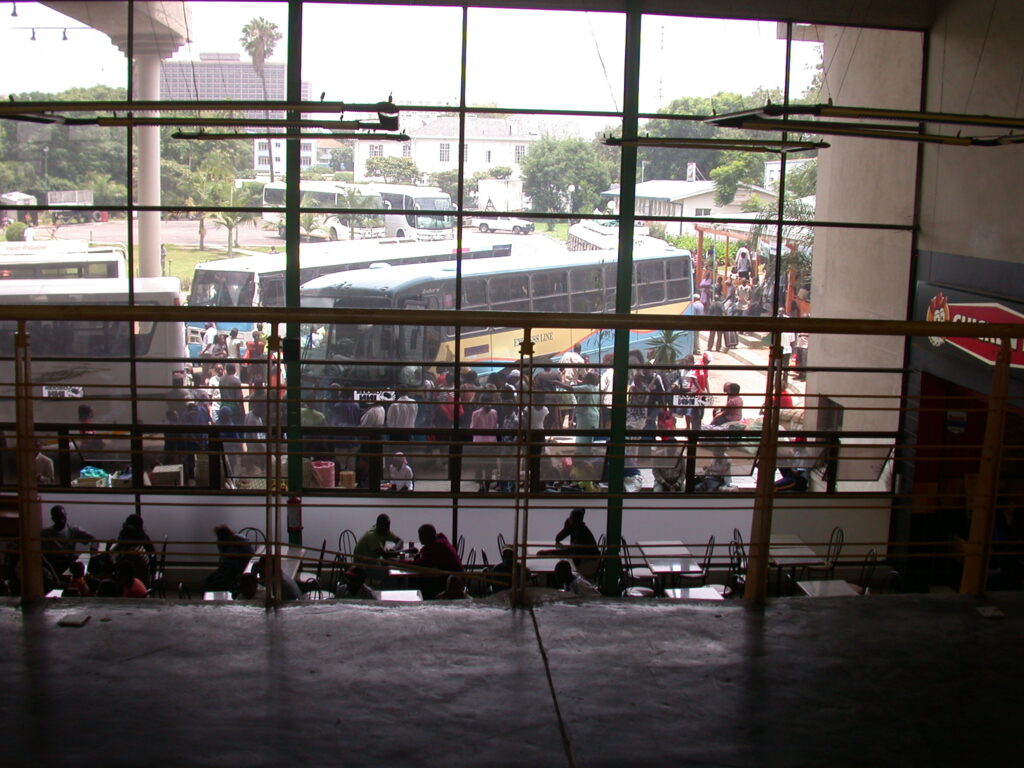
I left Harare by bus at the bus station pictured above.
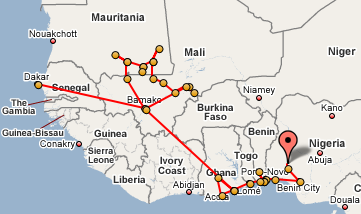
Oshogbo (or Osogbo), the “city of peace” never dominated by foreign rulers, has a river that runs through it which the residents worship as the Yoruba goddess Osun.
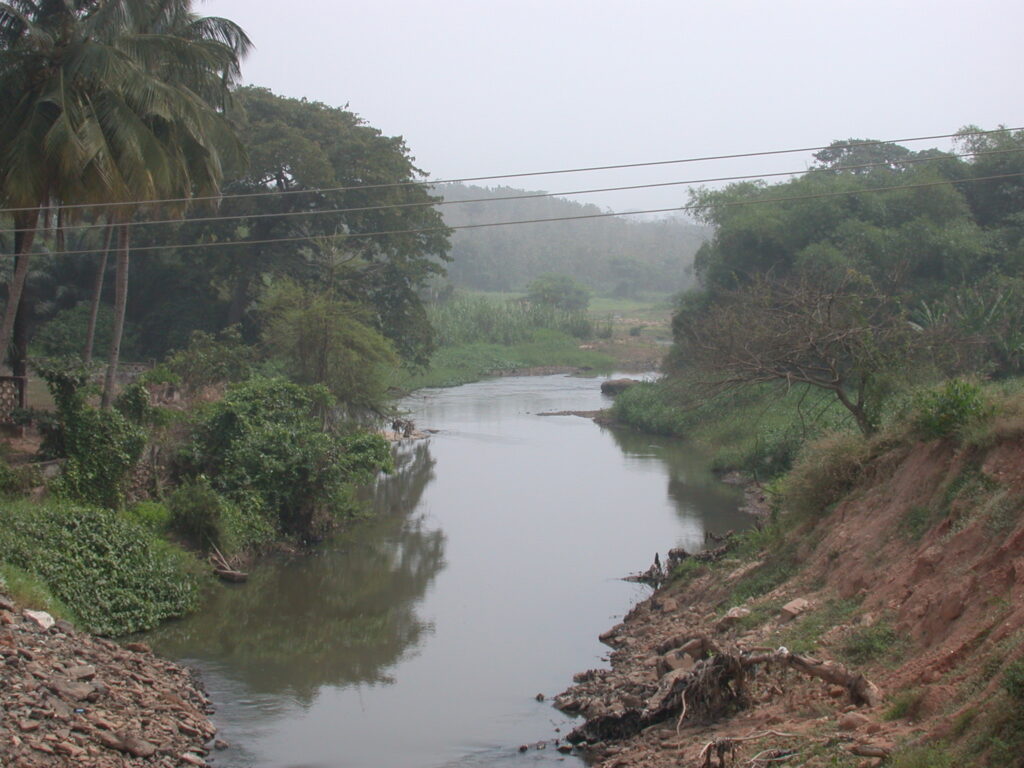
I saw this amazing sacred forest, the Osun Sacred Grove, reportedly the original settlement of the founders of Oshogbo starting more than 400 years ago. Now a long-term Oshogbo resident in her 90s, Austrian artist Suzanne Wenger (or Susanne Wenger?) helped over the years to restore the grove with fantastic Yoruba sculptures and was ordained as a priestess of the cult of the deity Obatala – the god of creation.
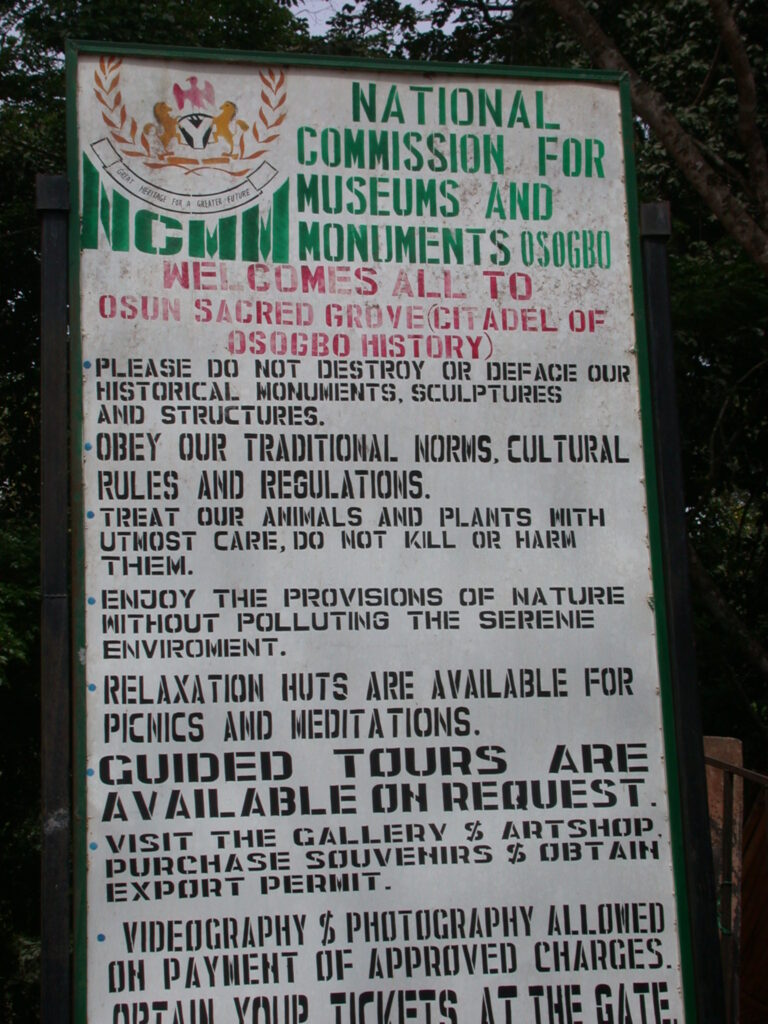
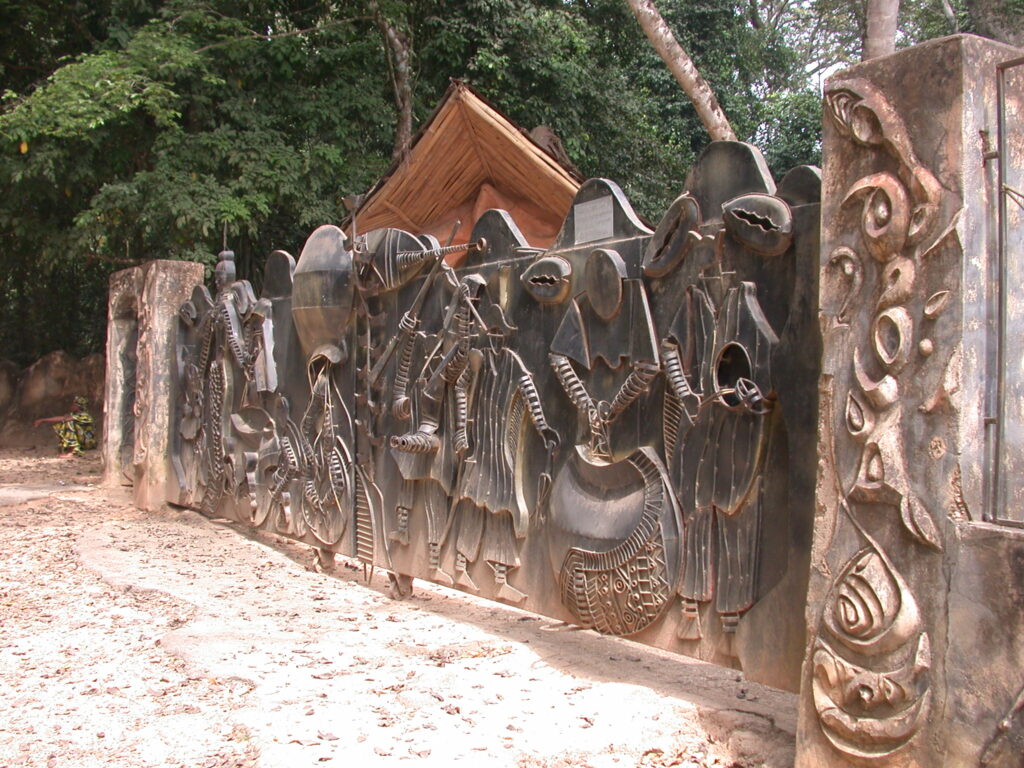
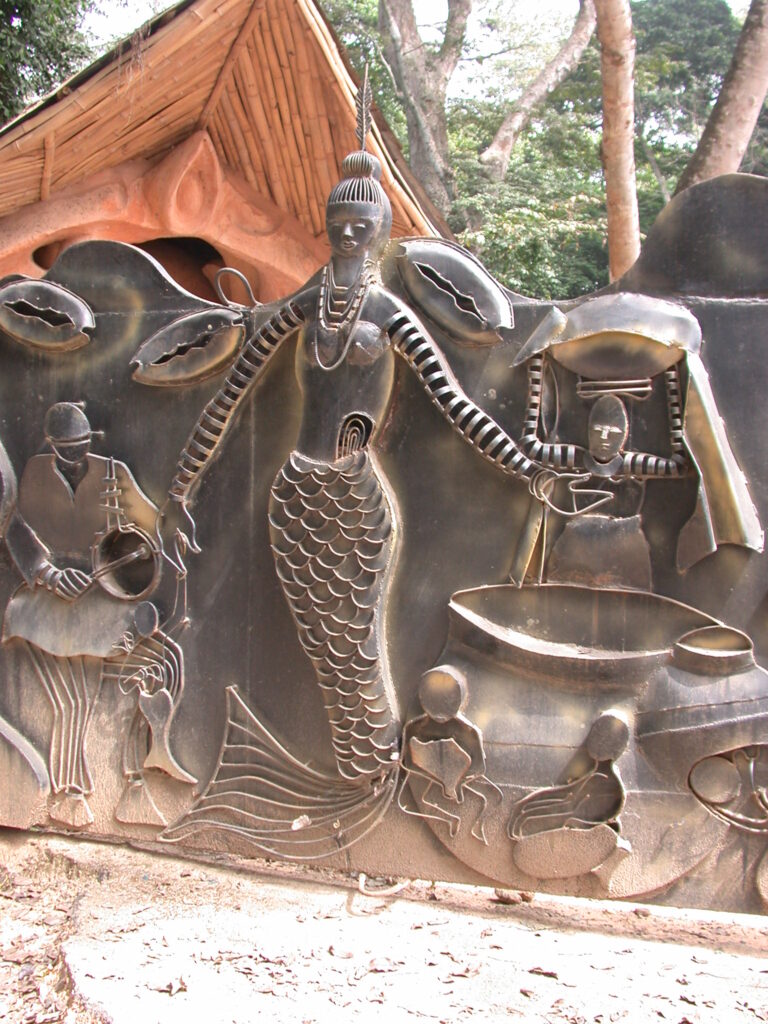
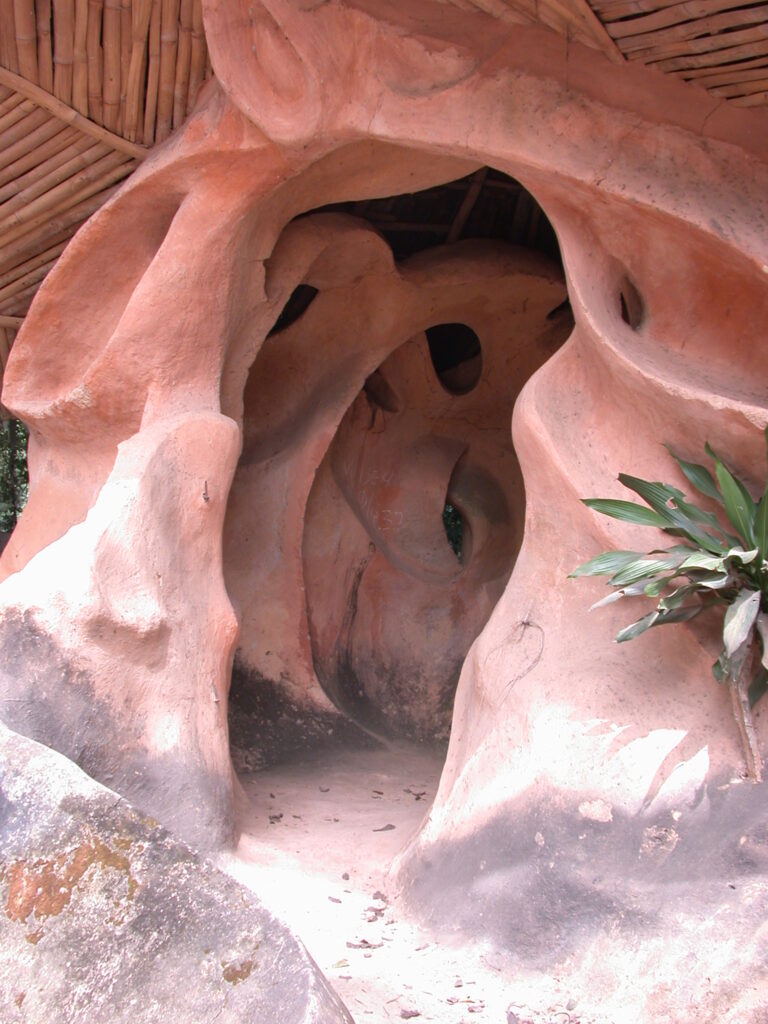
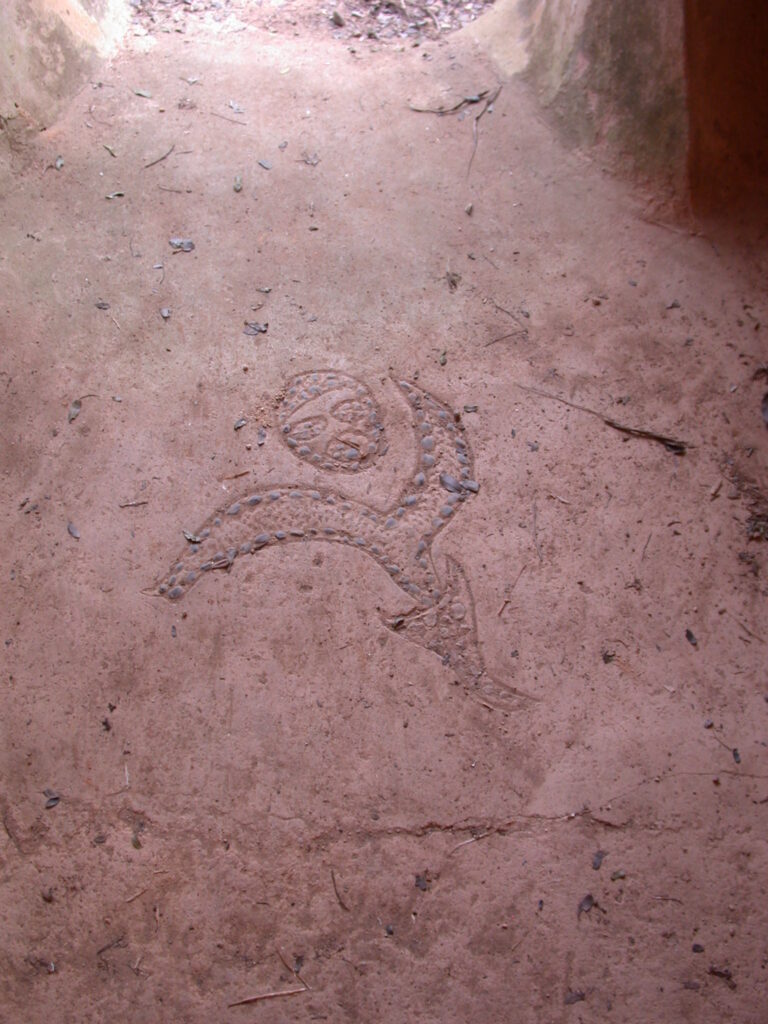
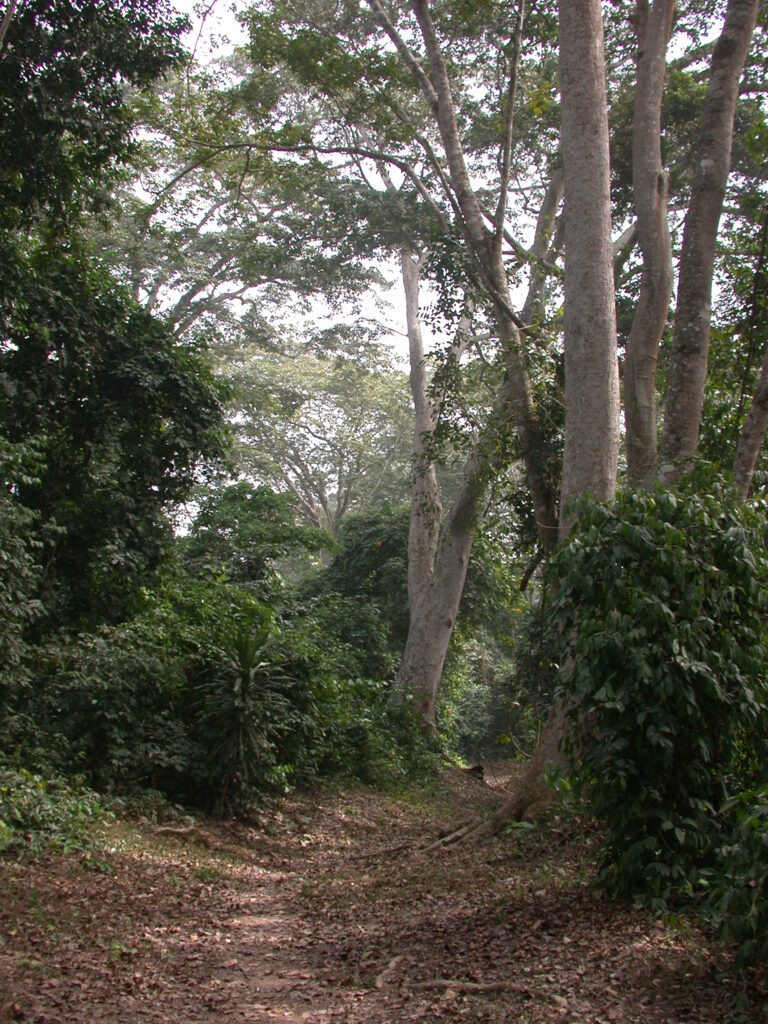
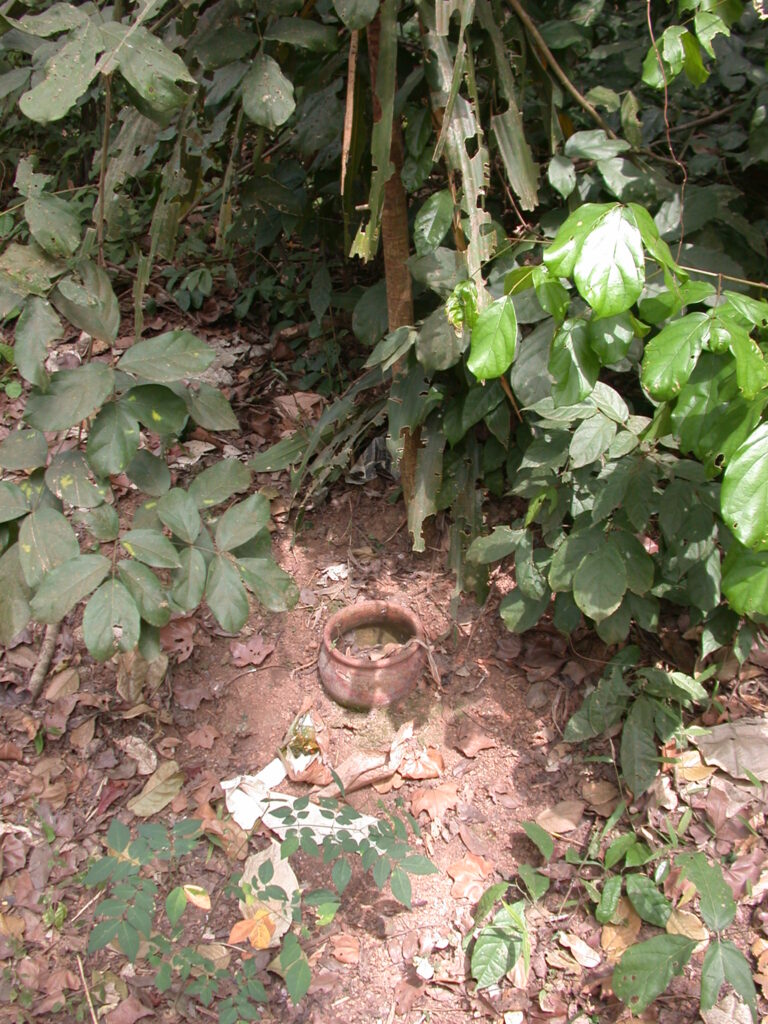
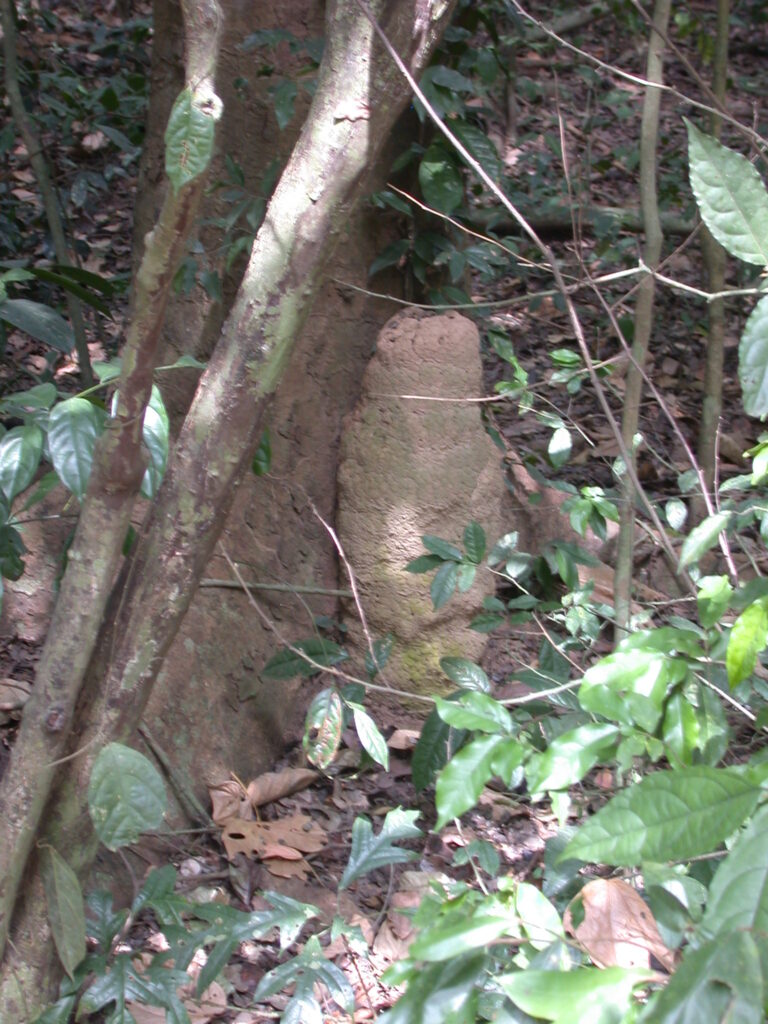
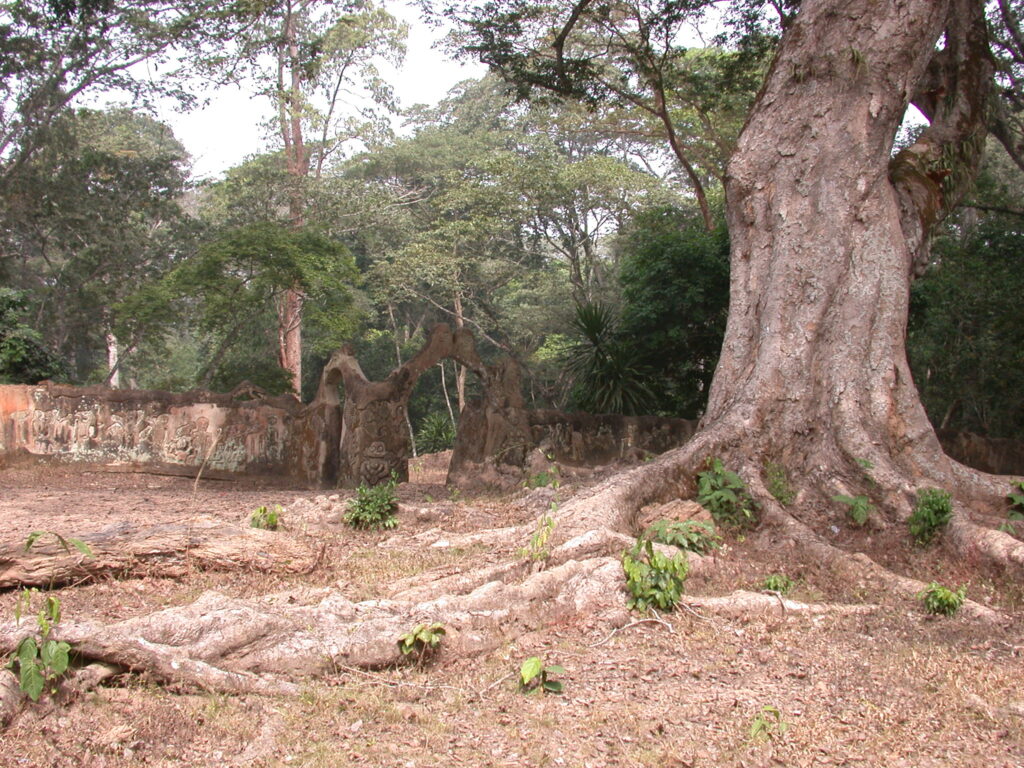
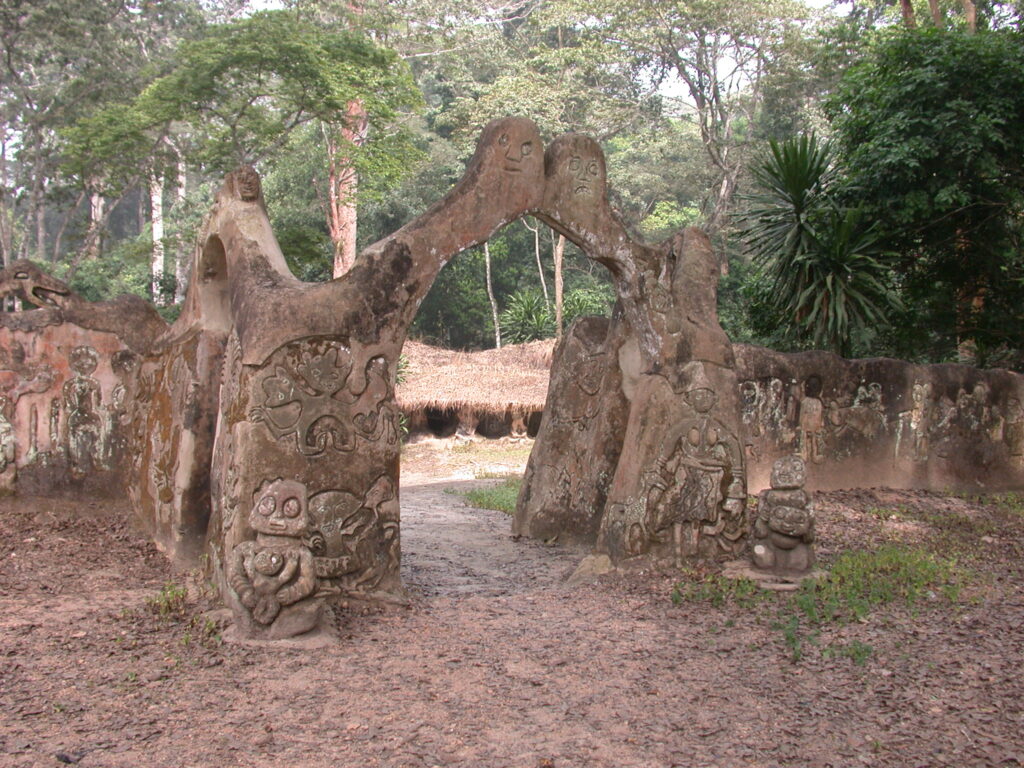
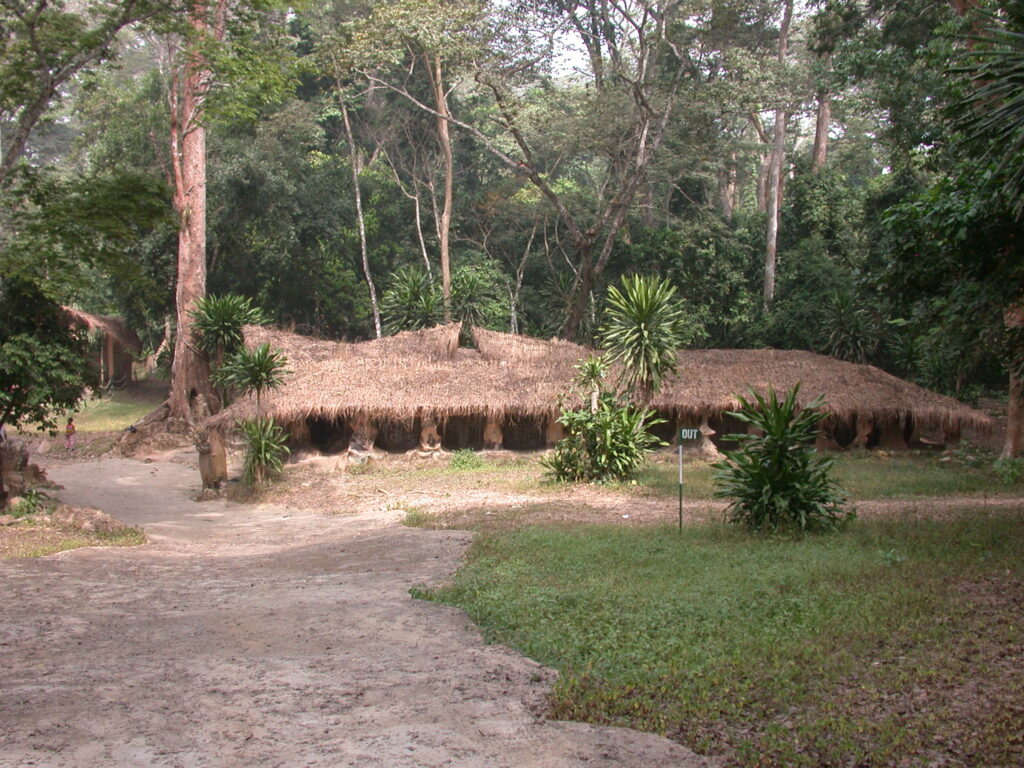
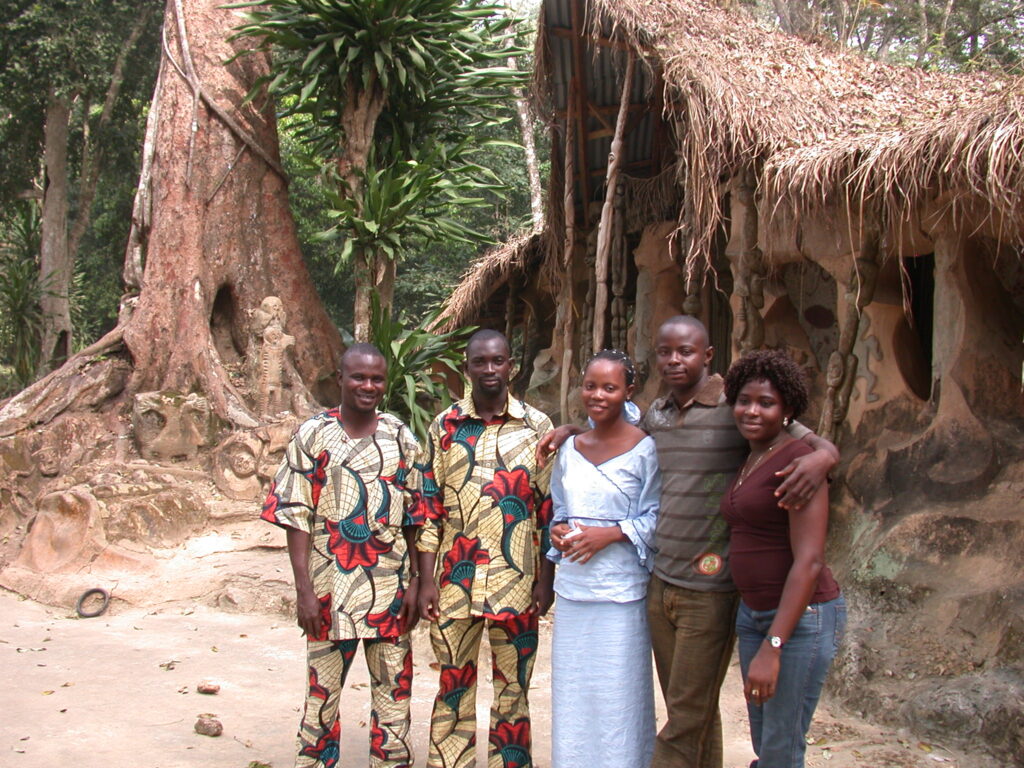
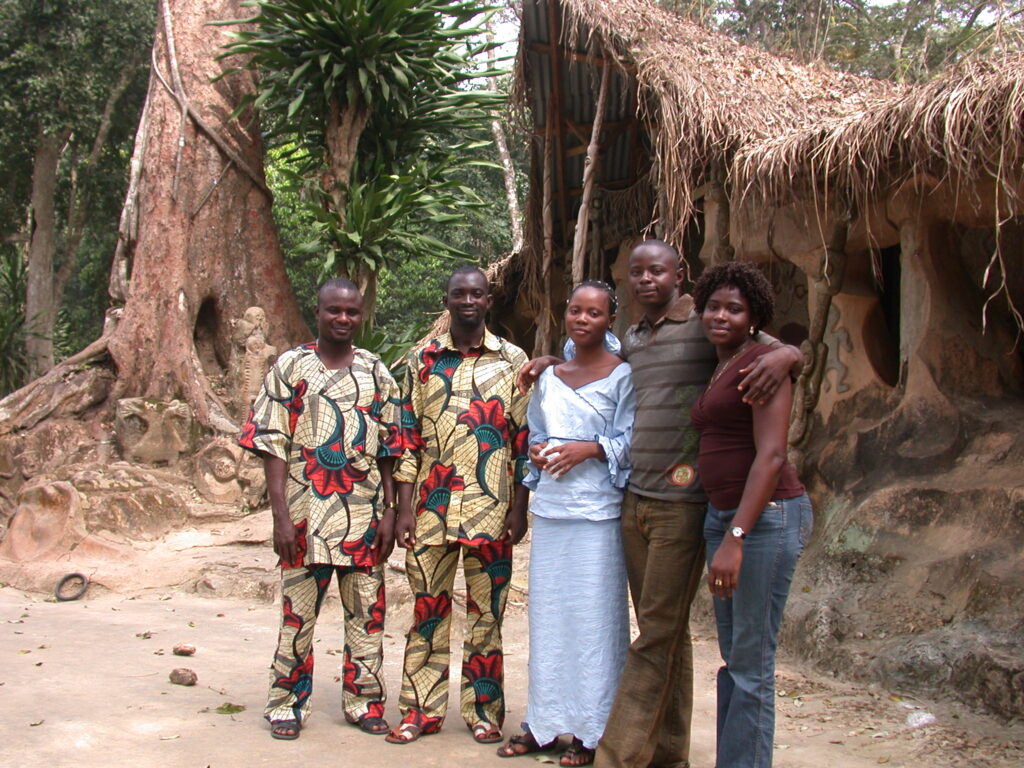
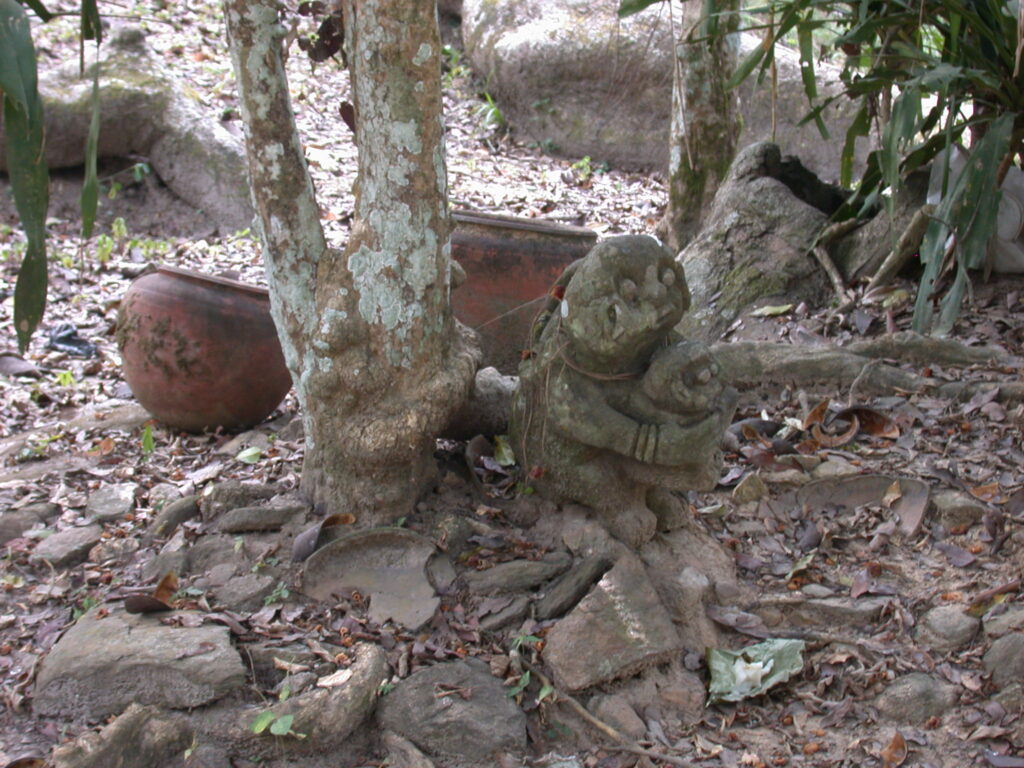
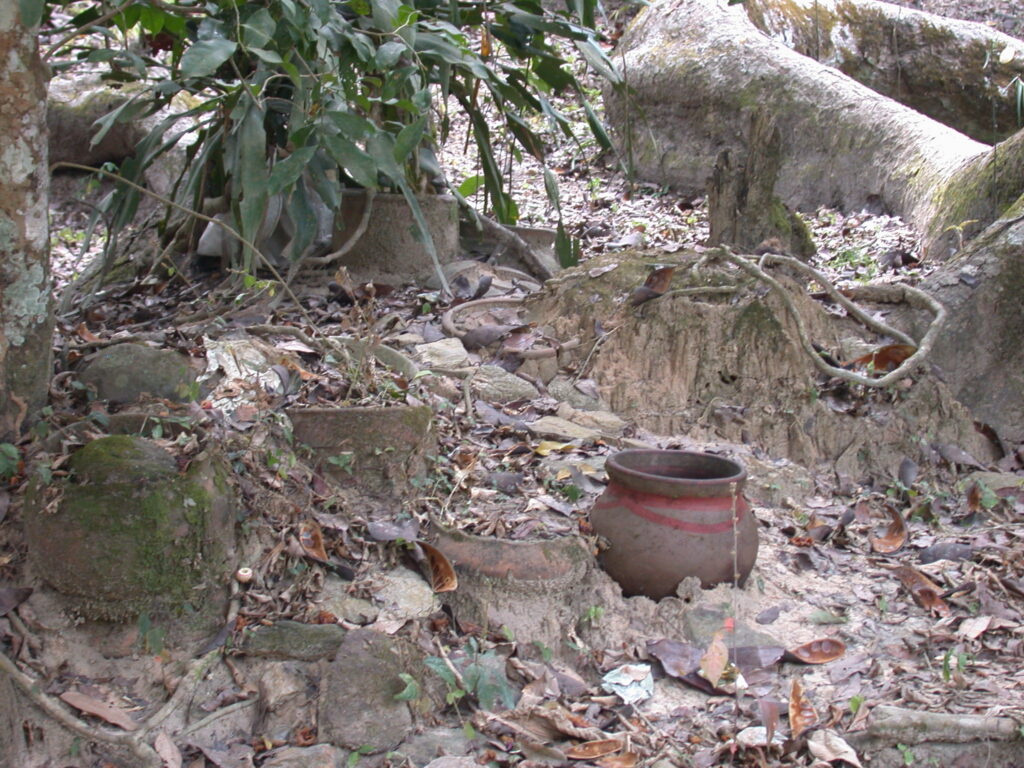
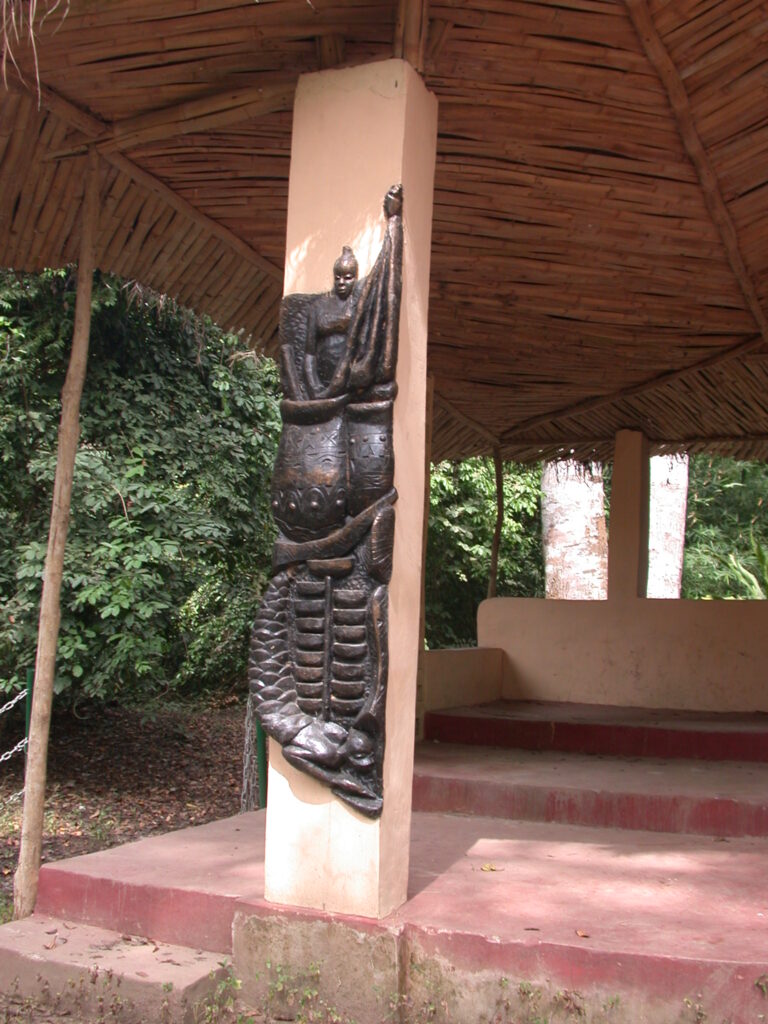
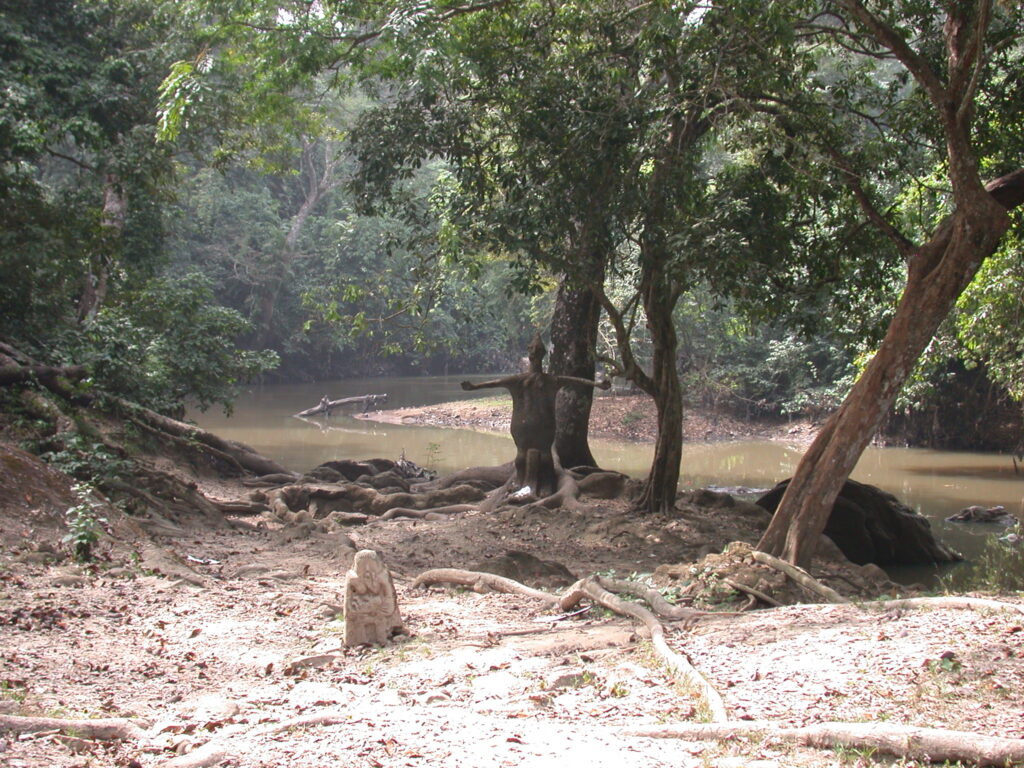
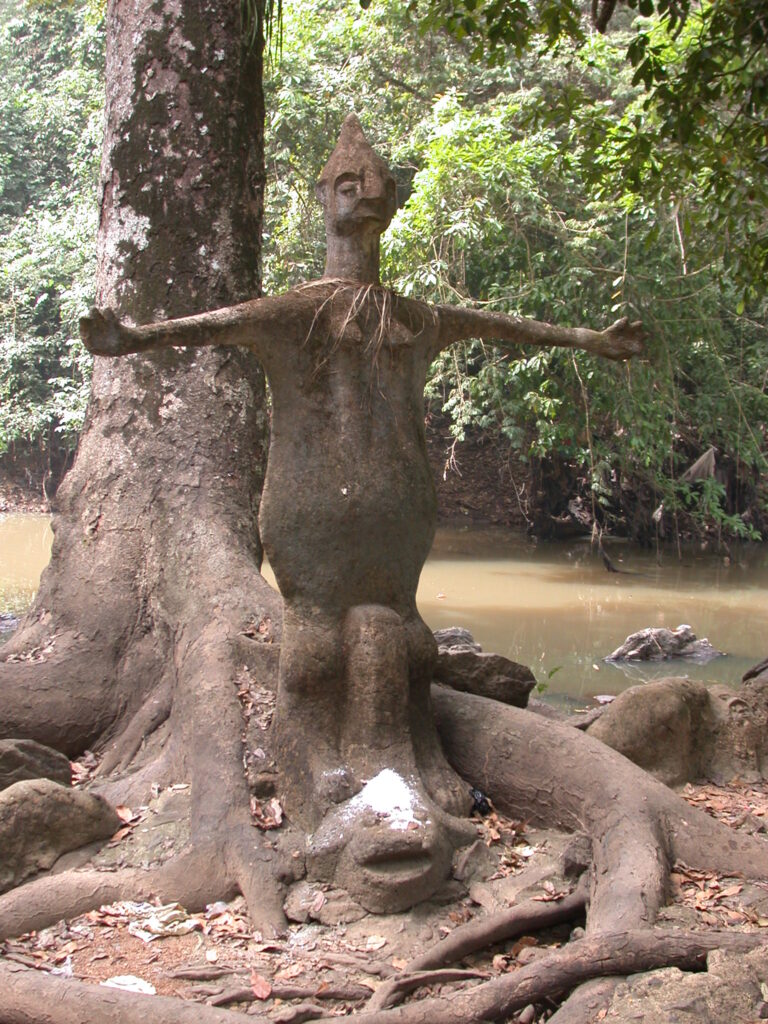
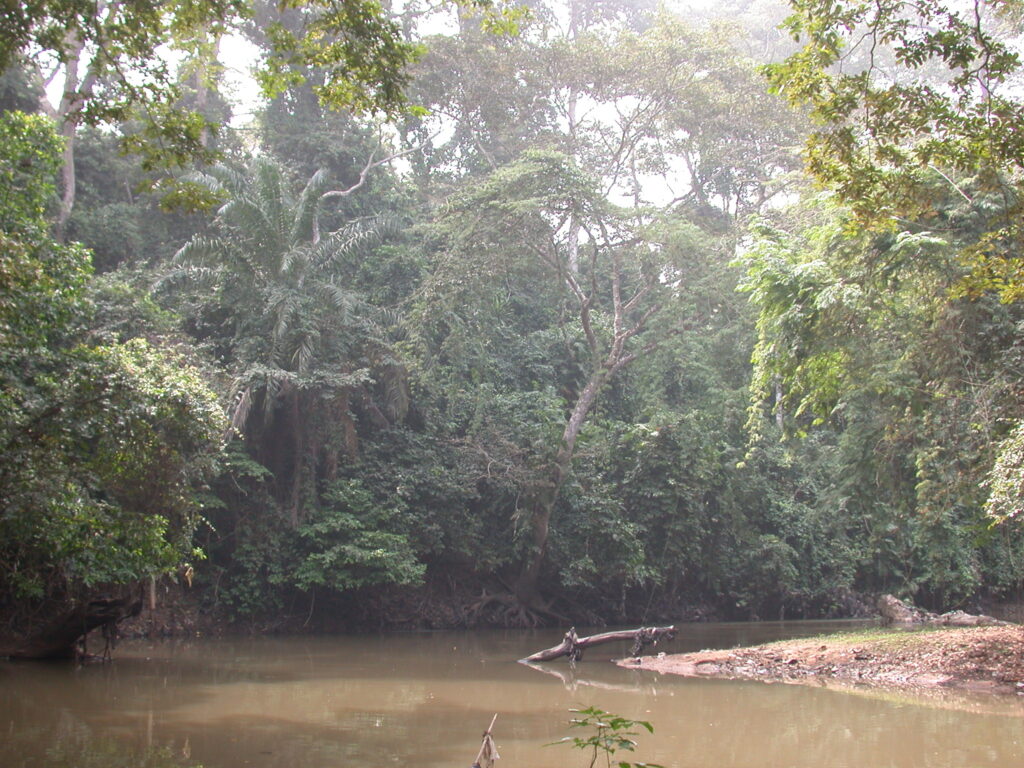
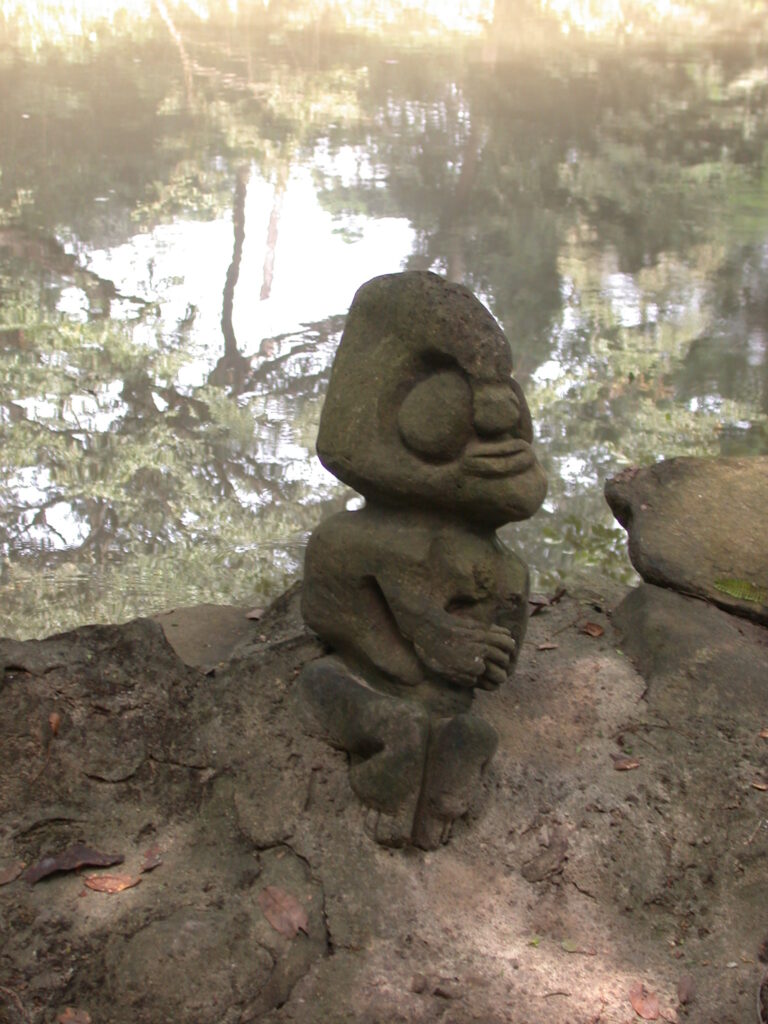
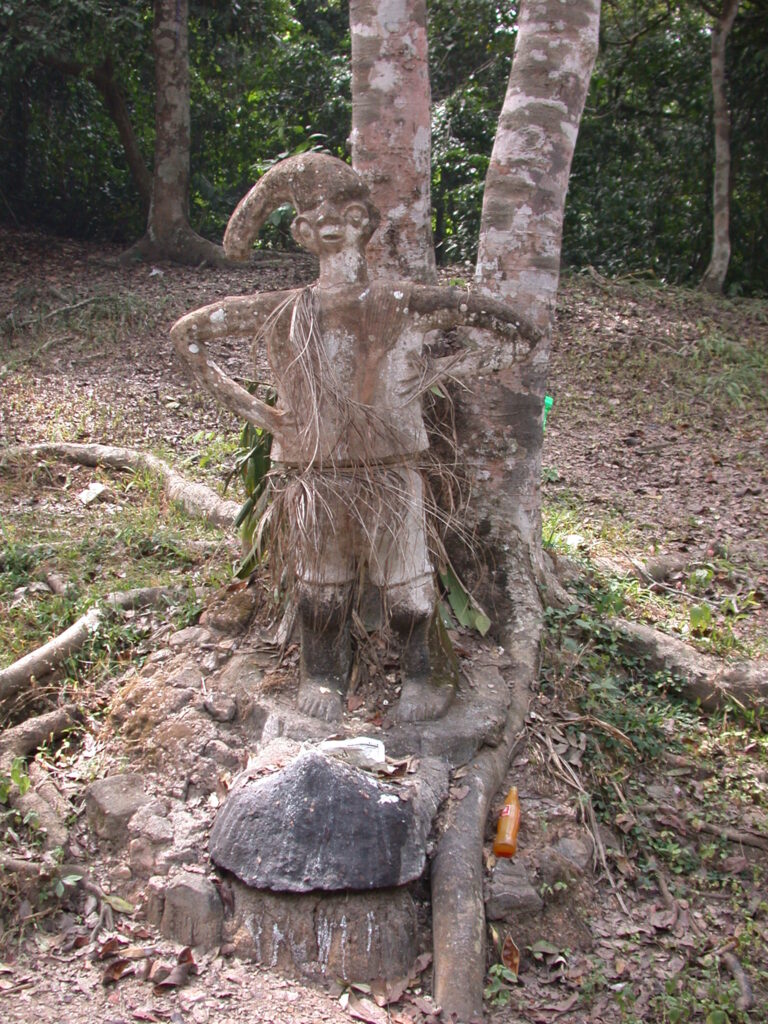
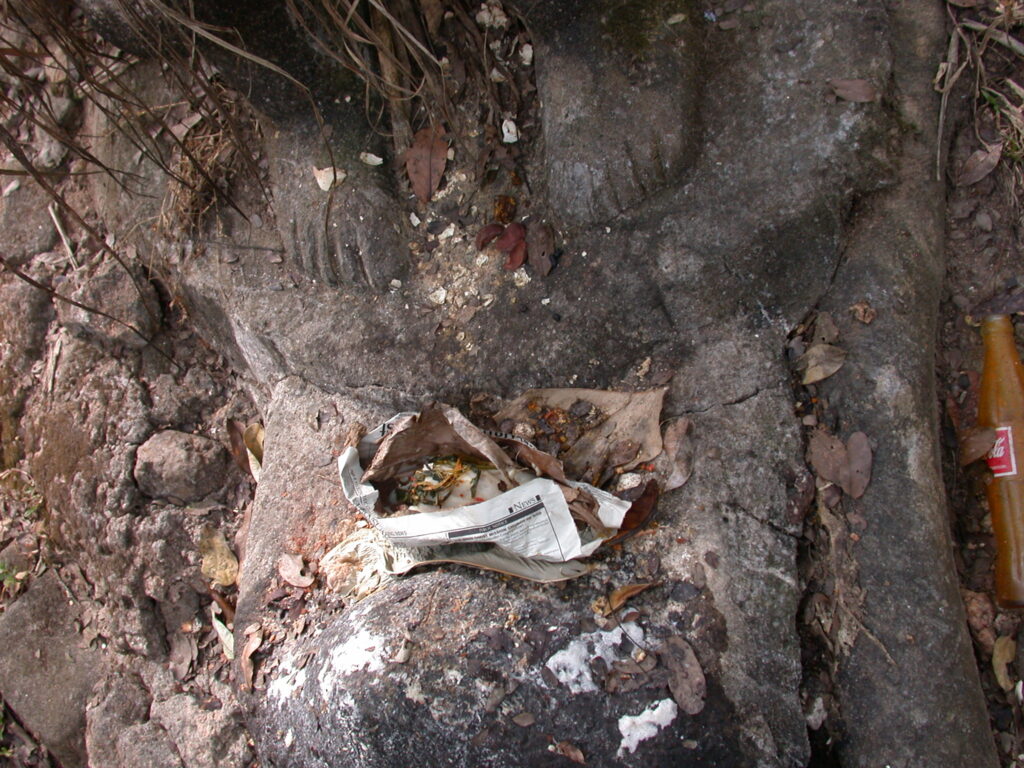
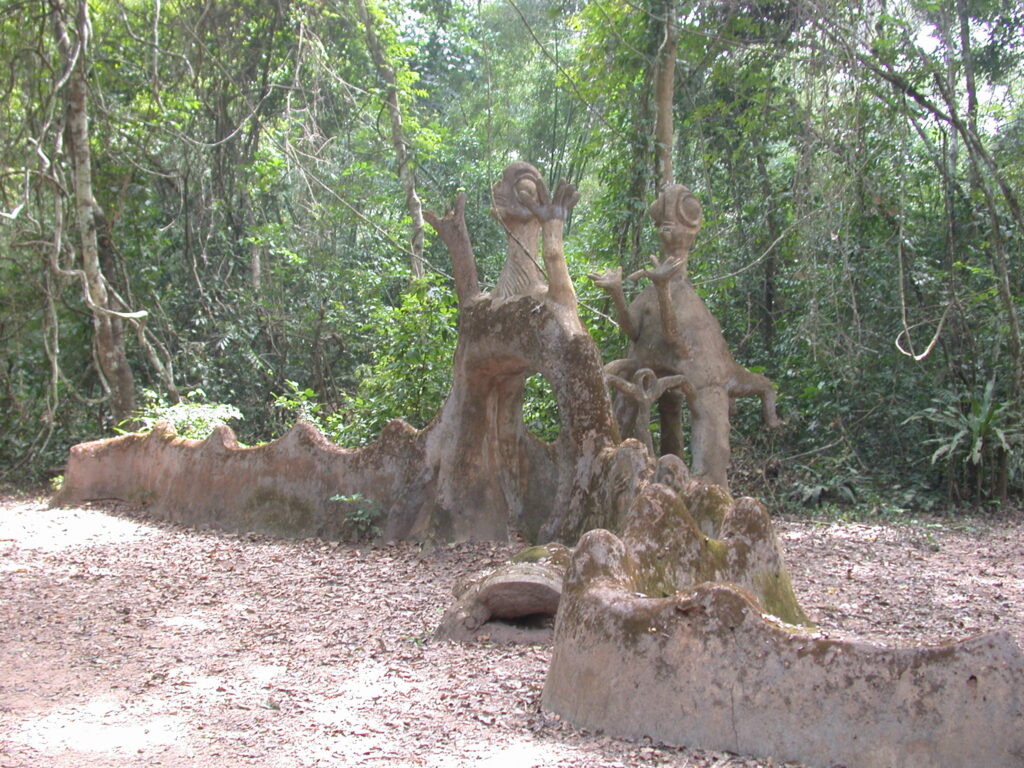
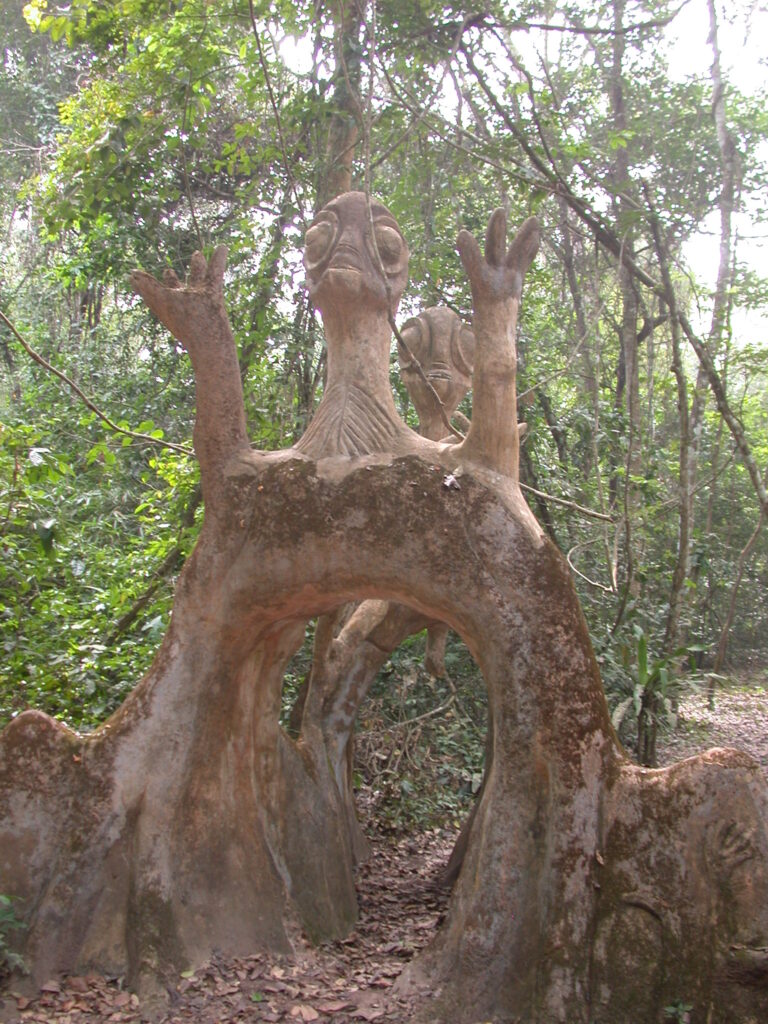
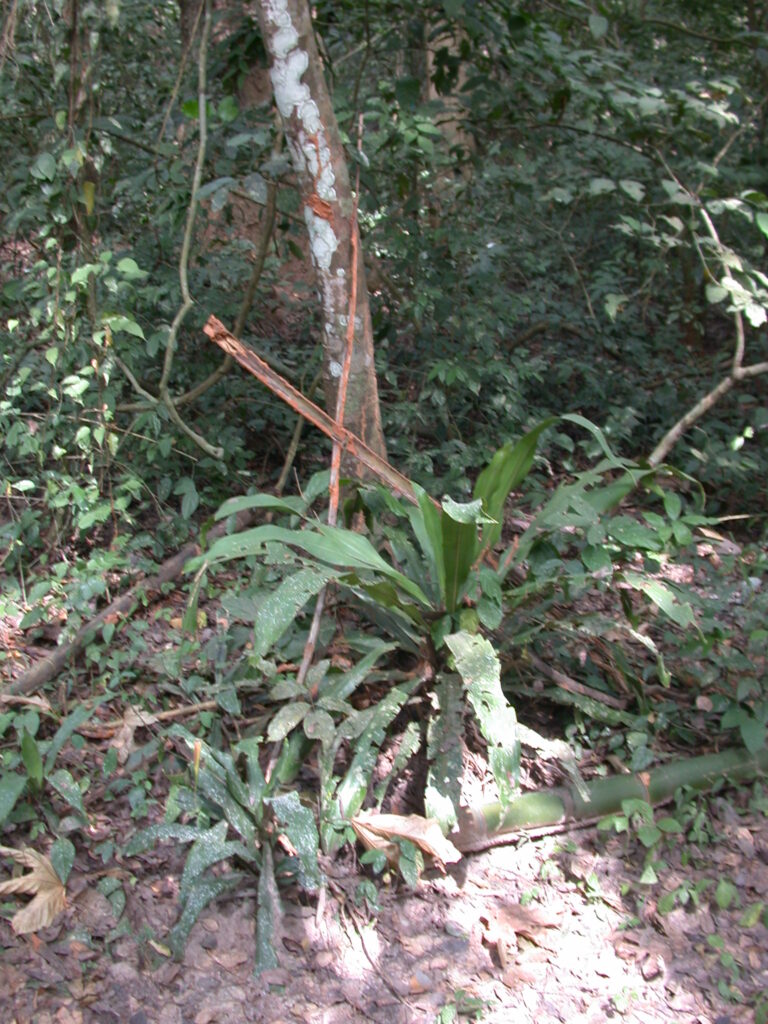
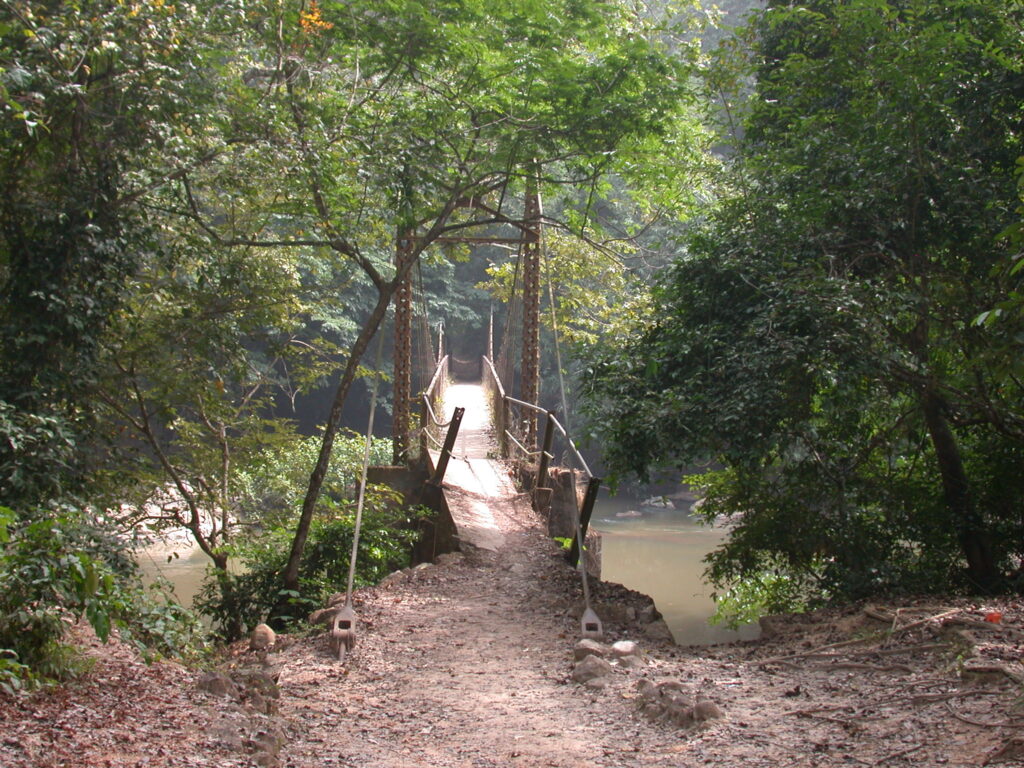
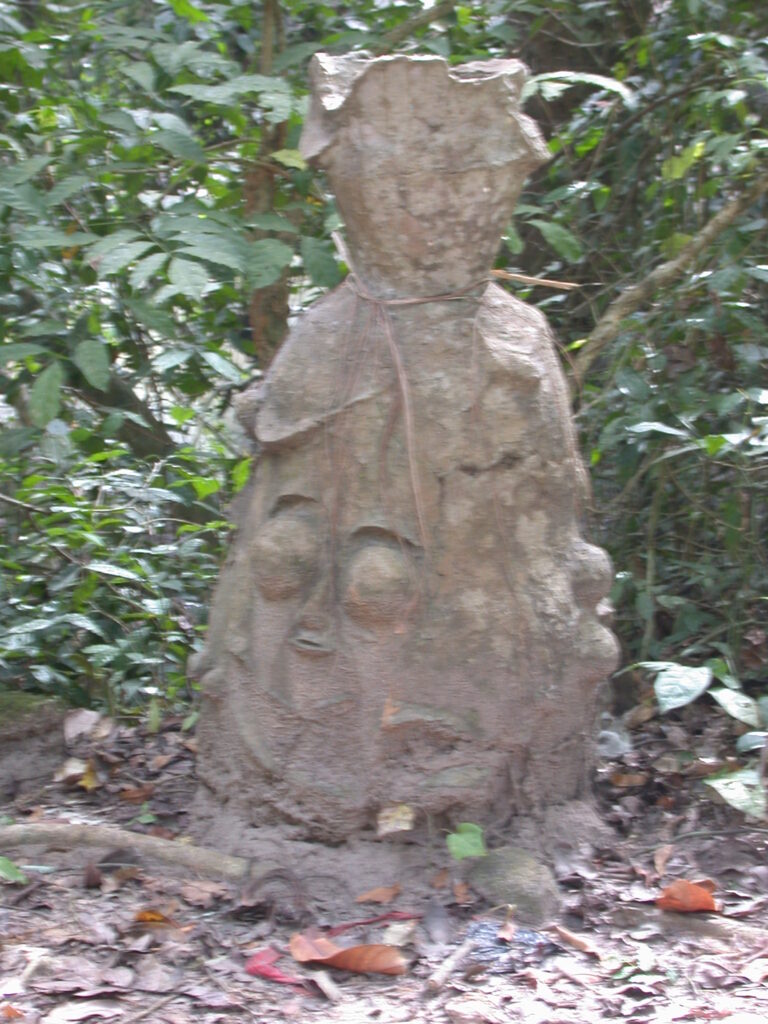
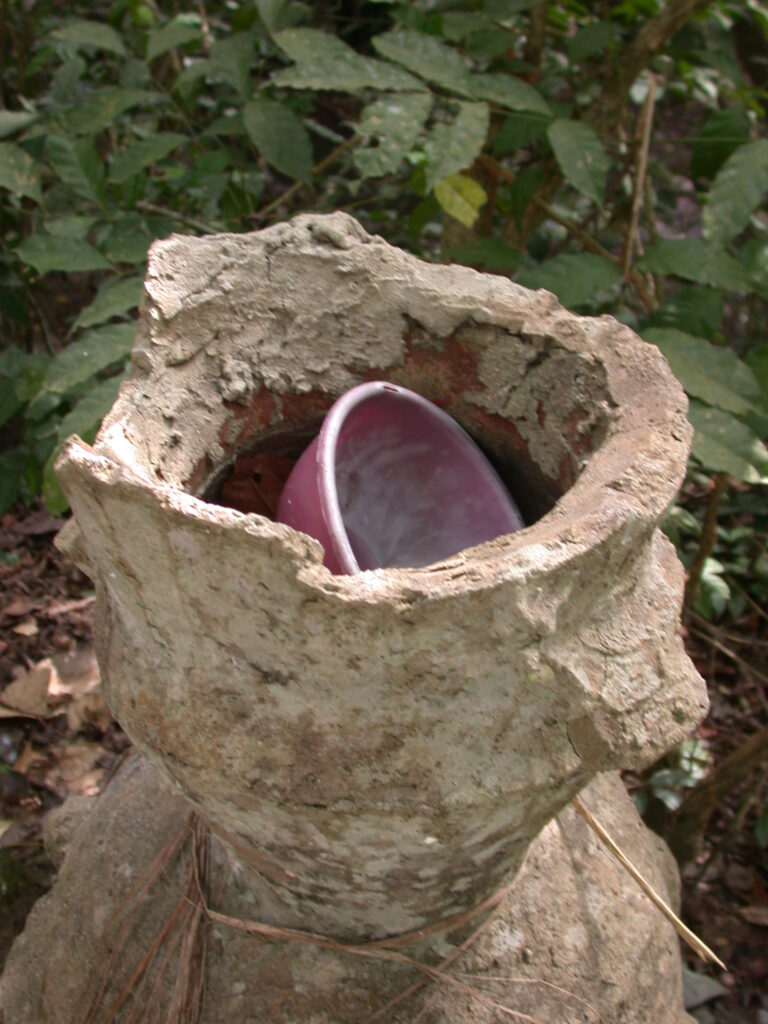
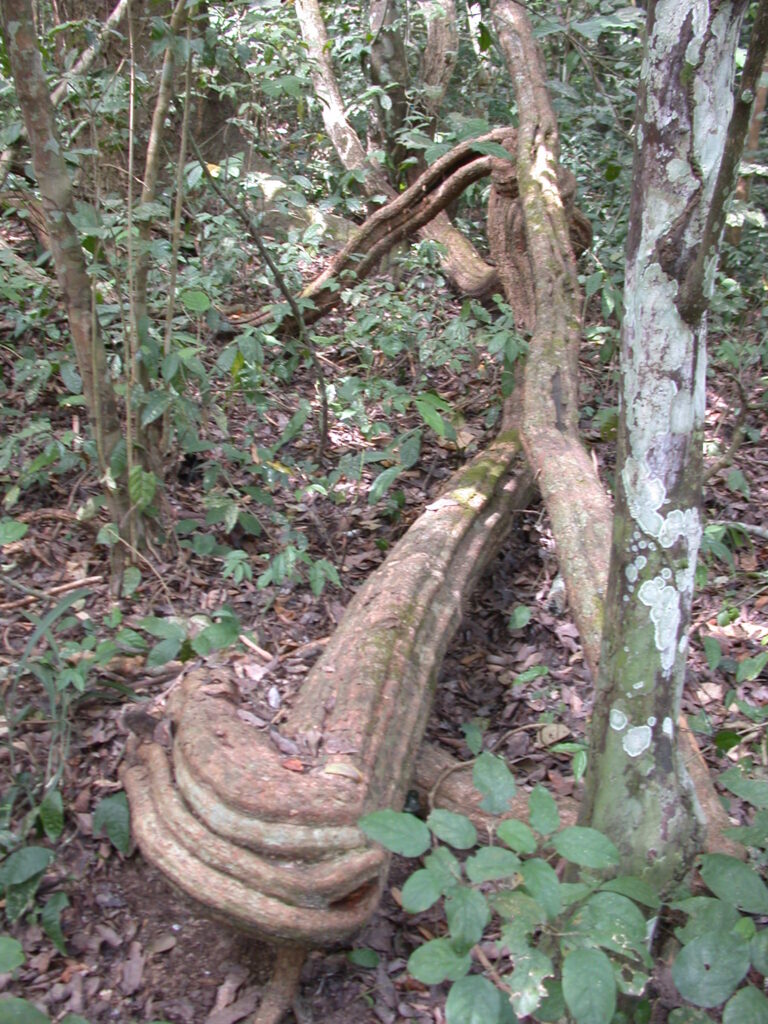

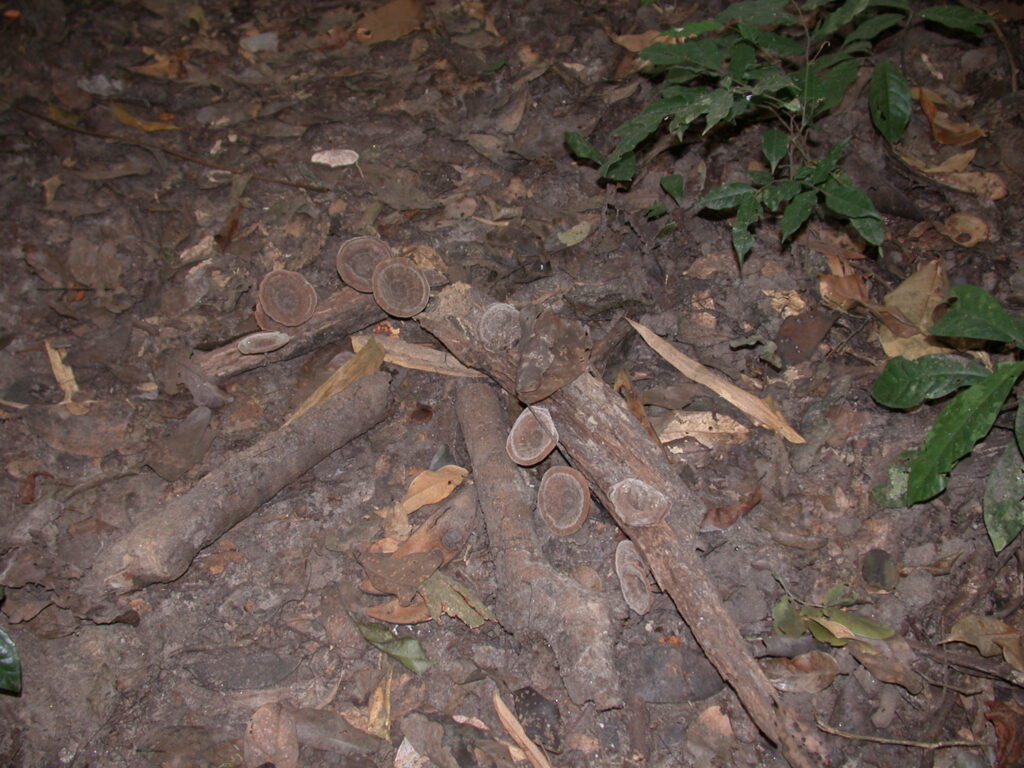
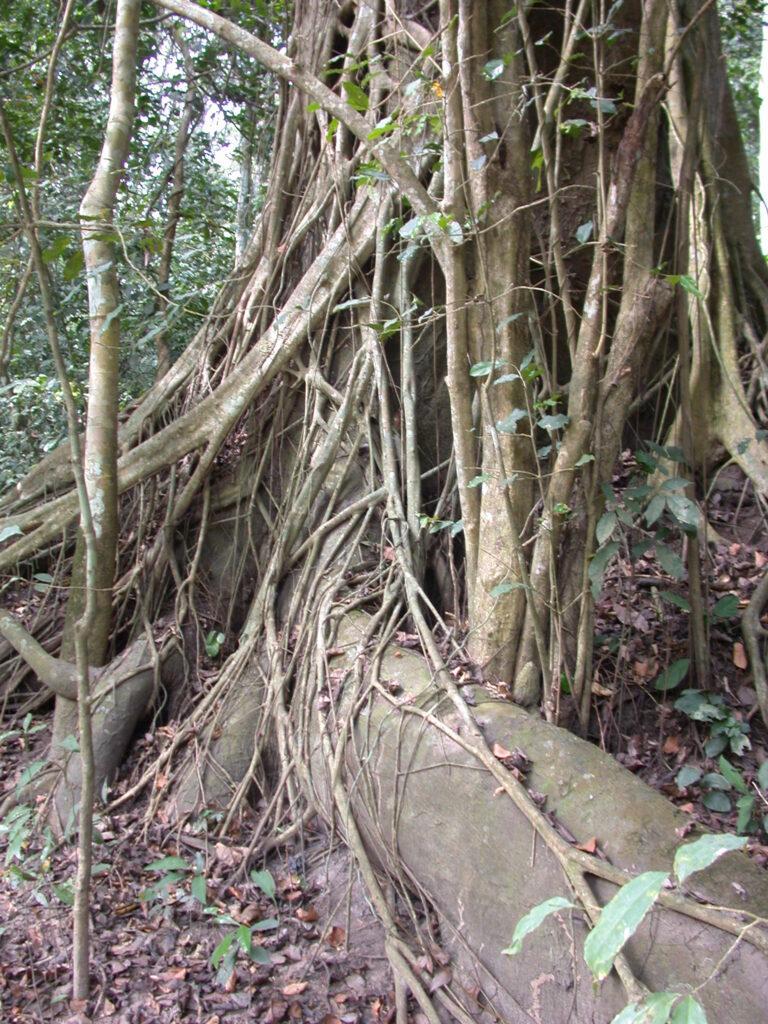
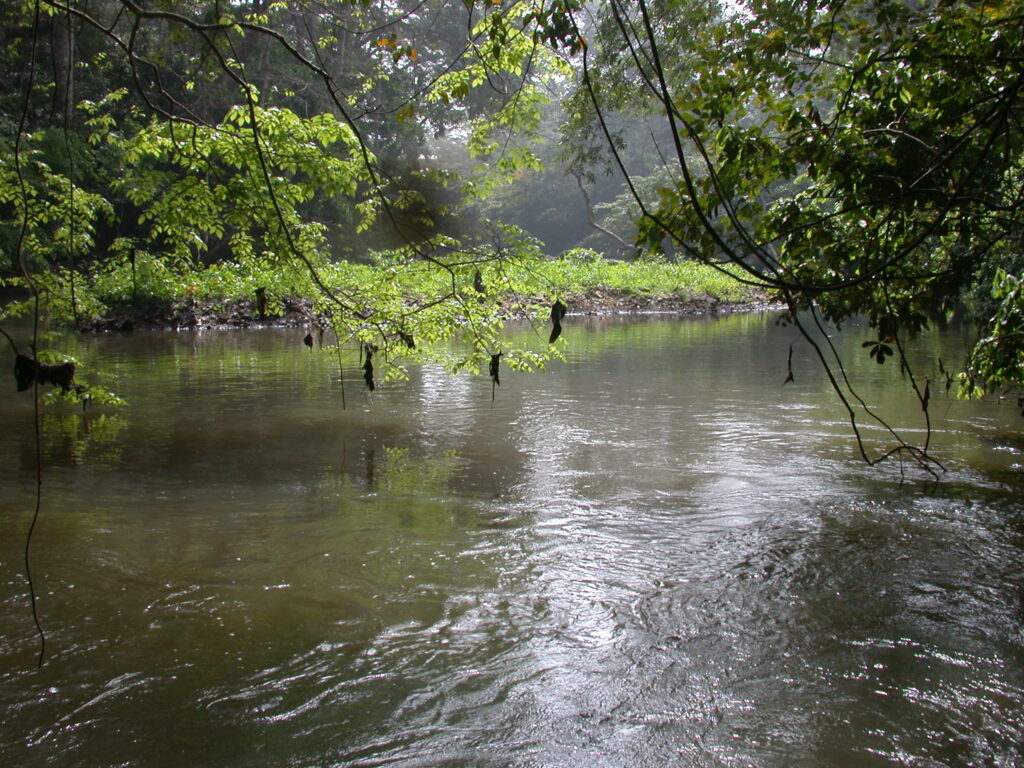
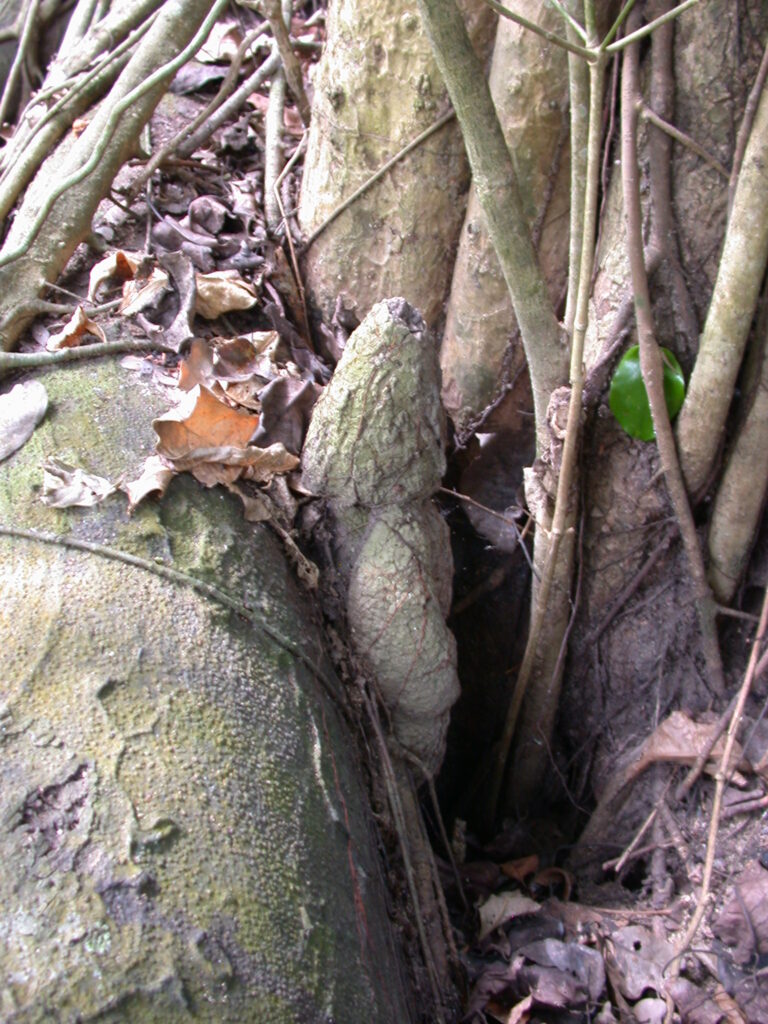
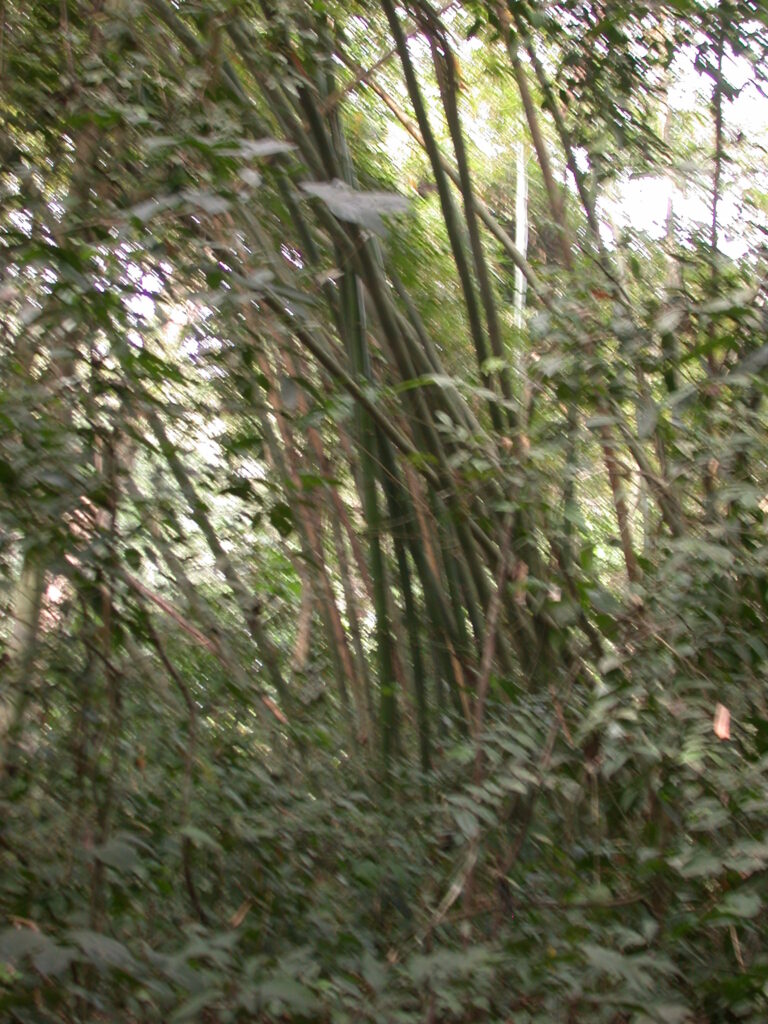
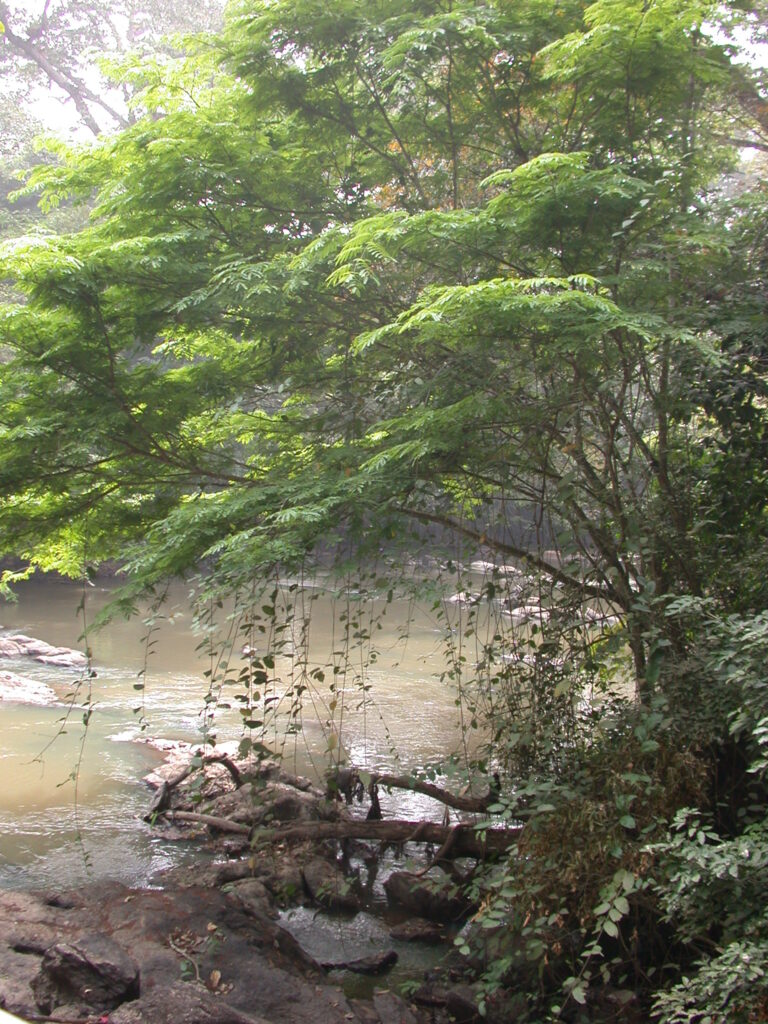
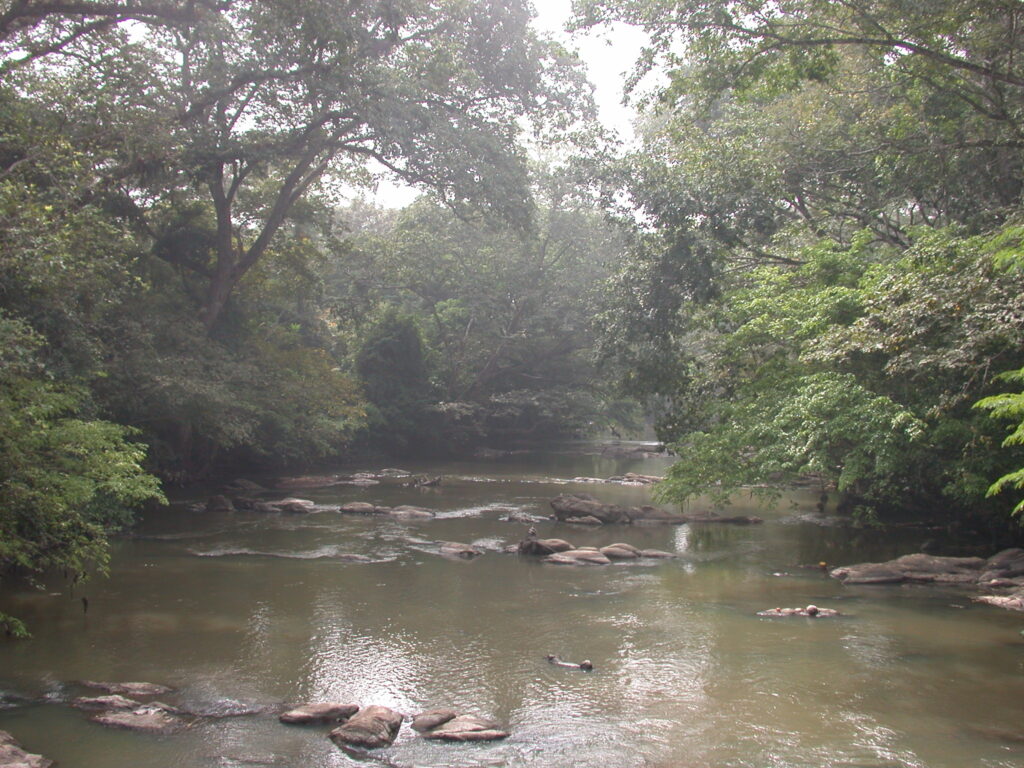
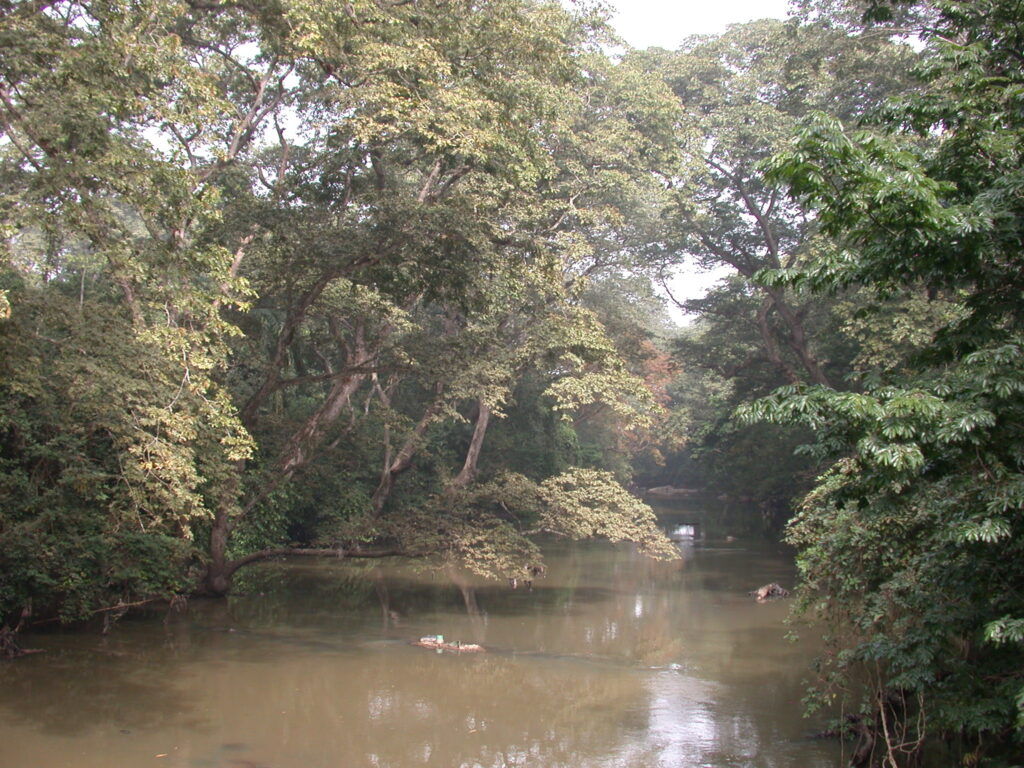
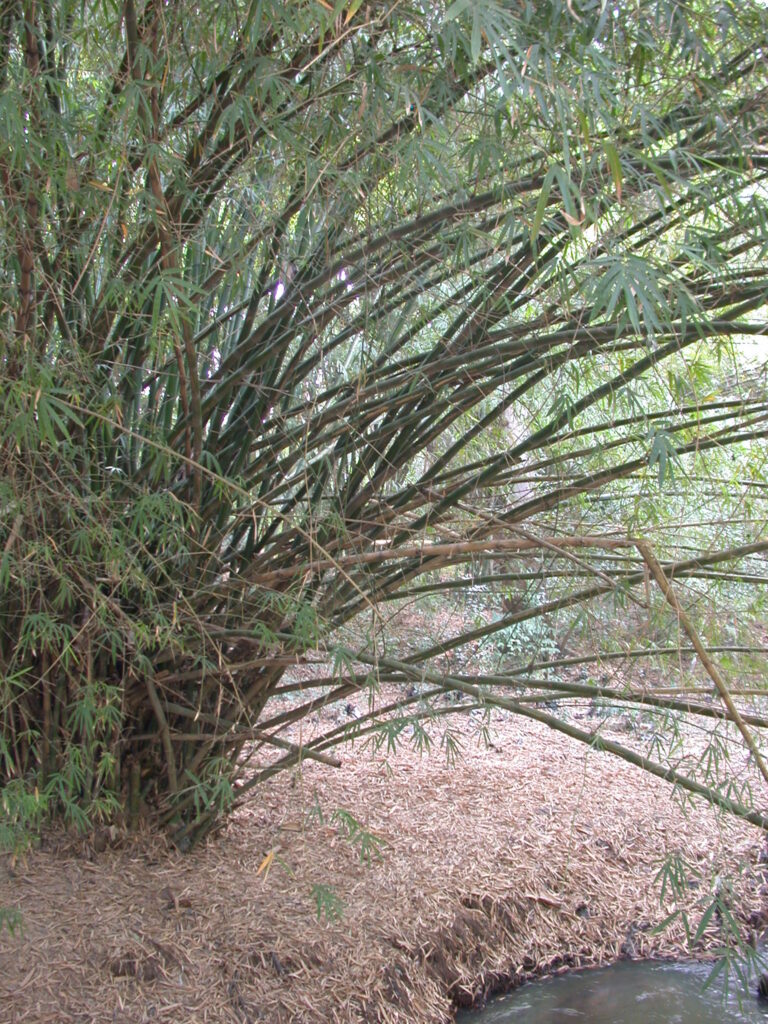
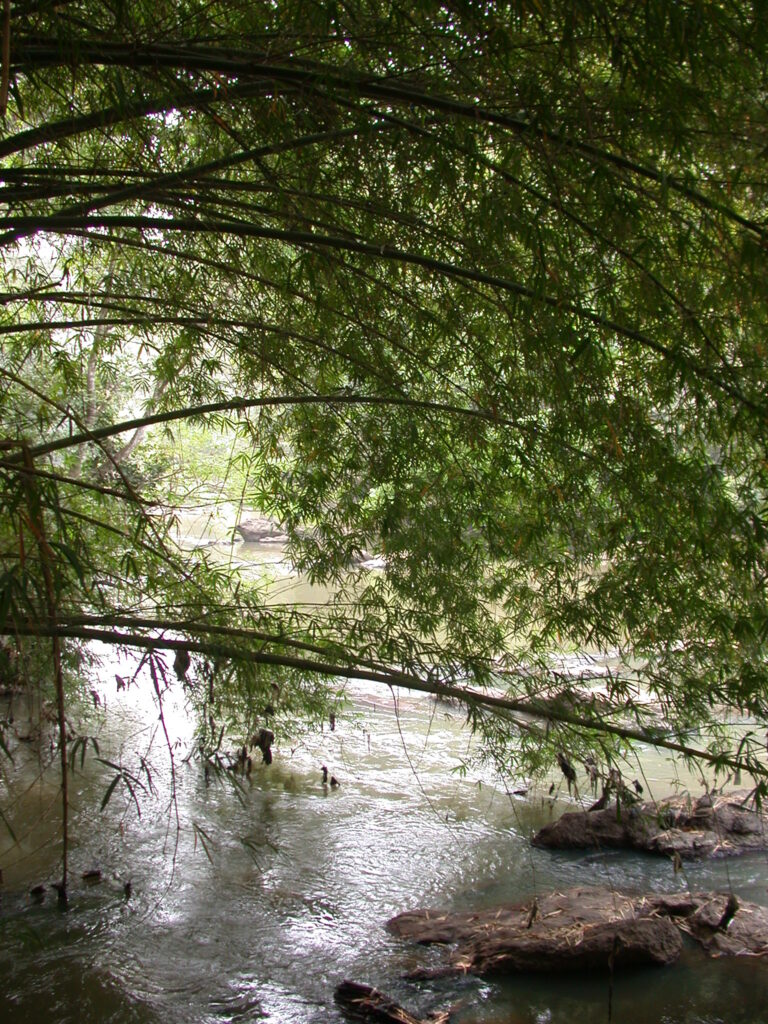
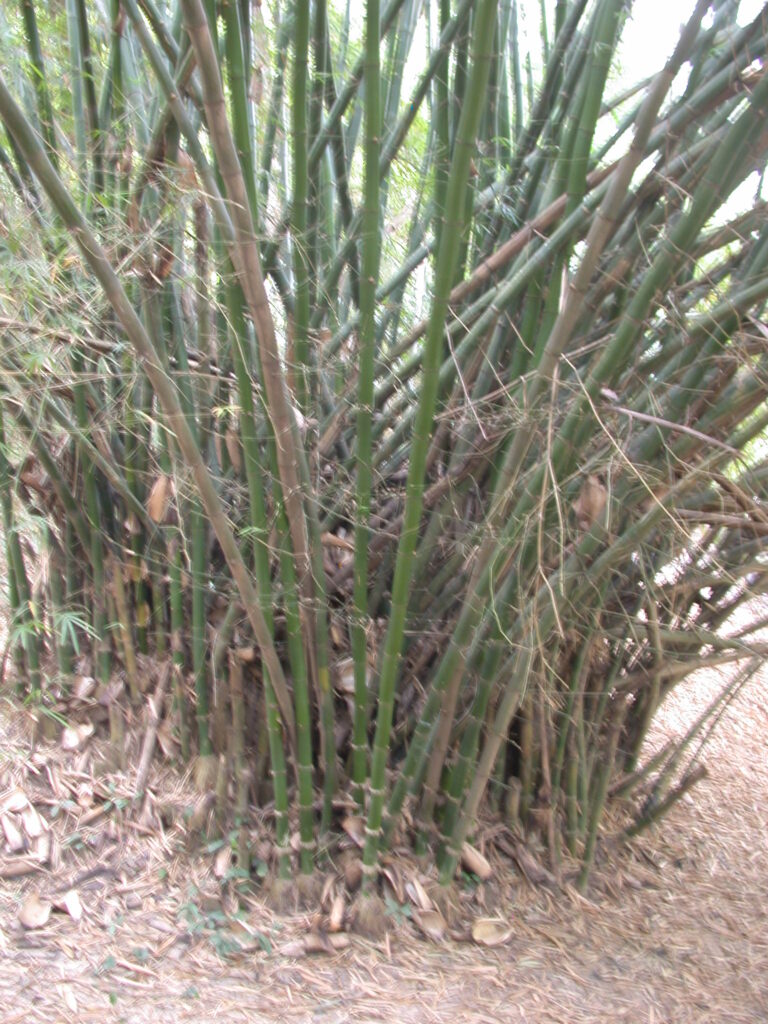
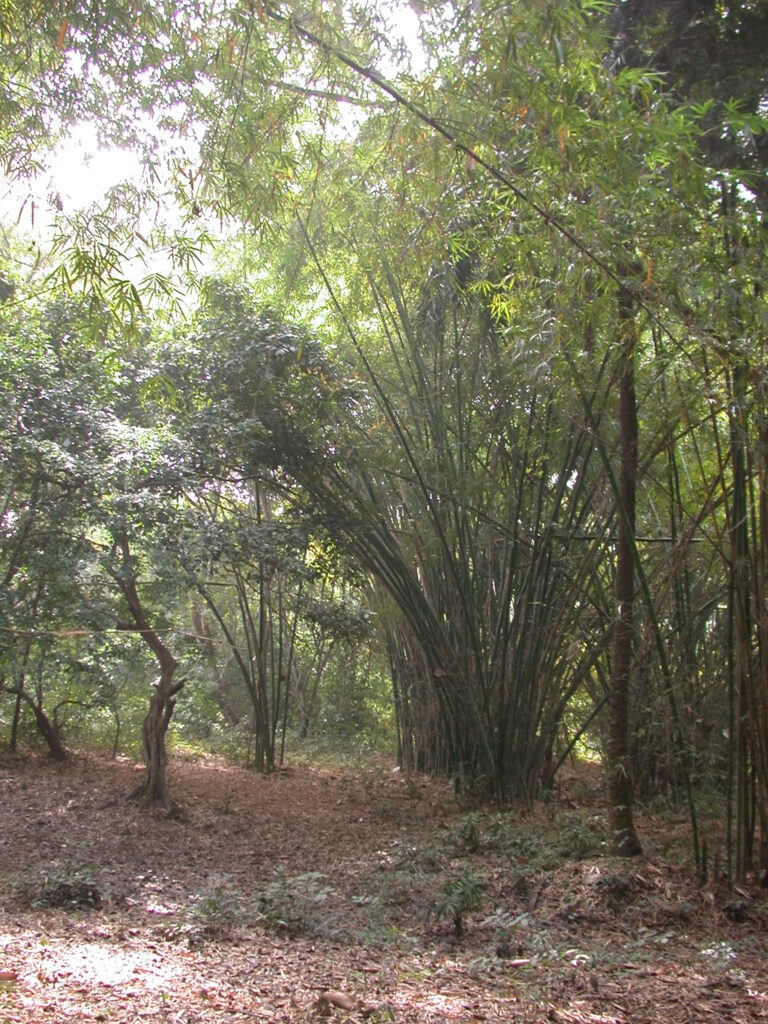
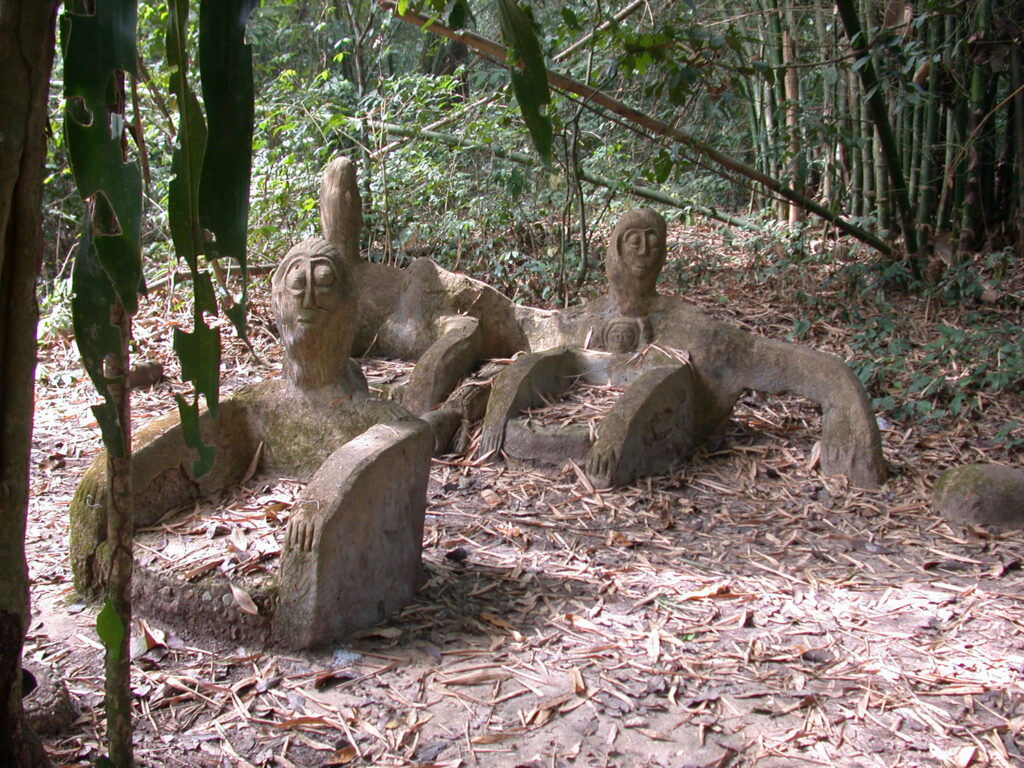
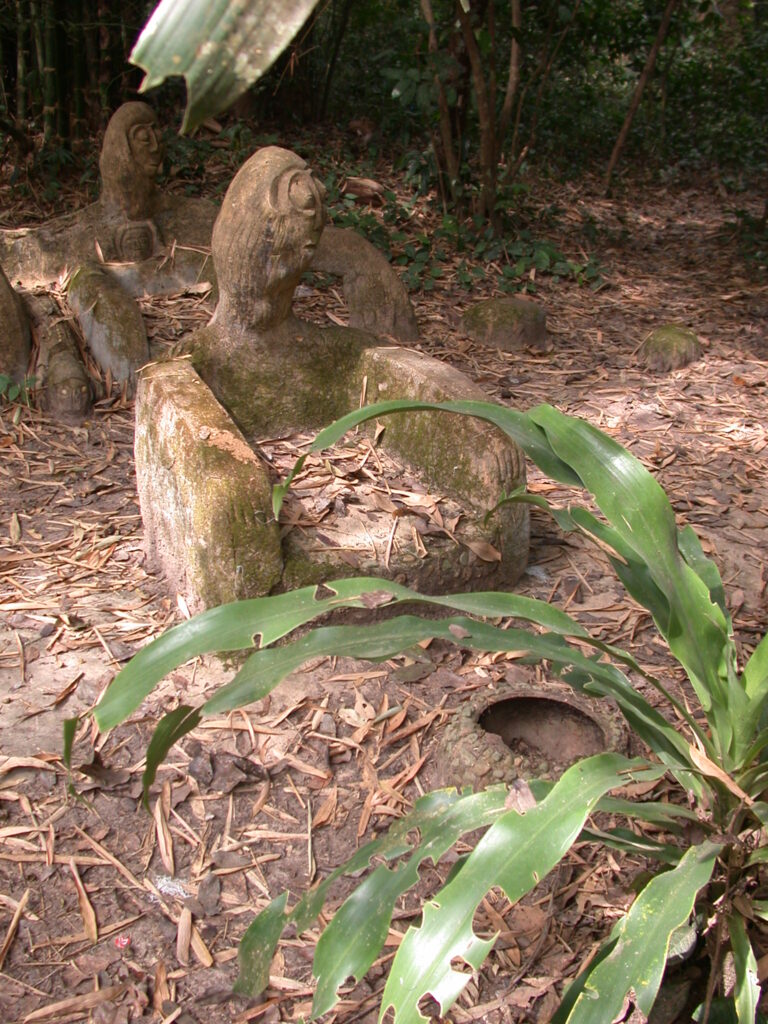
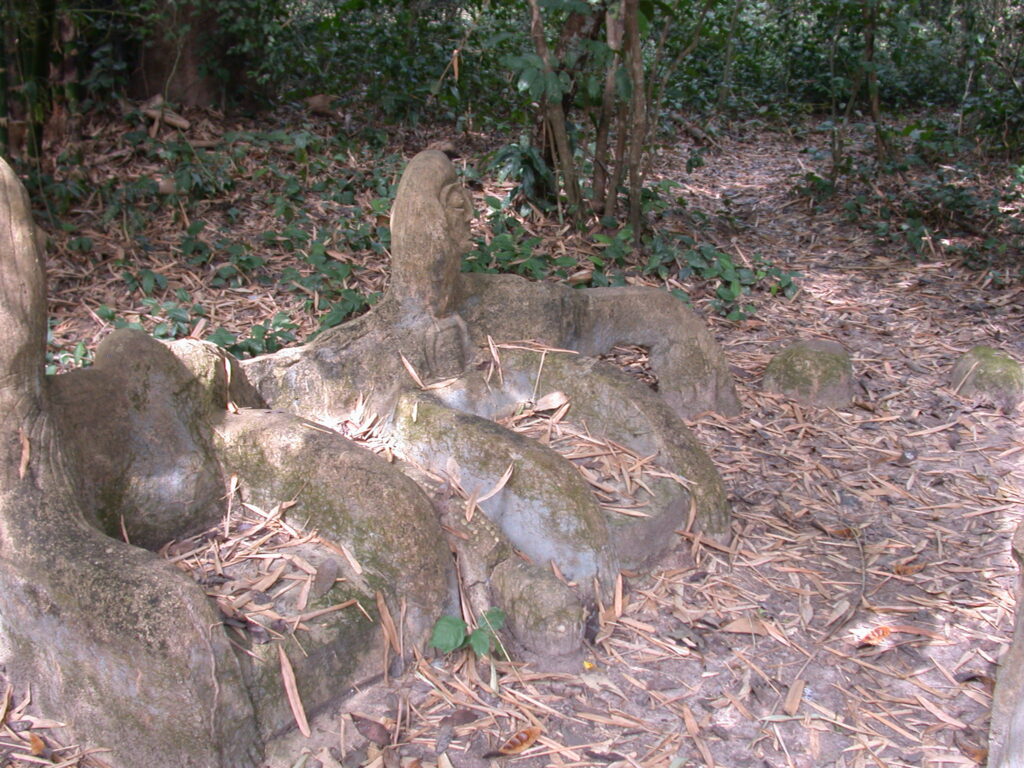
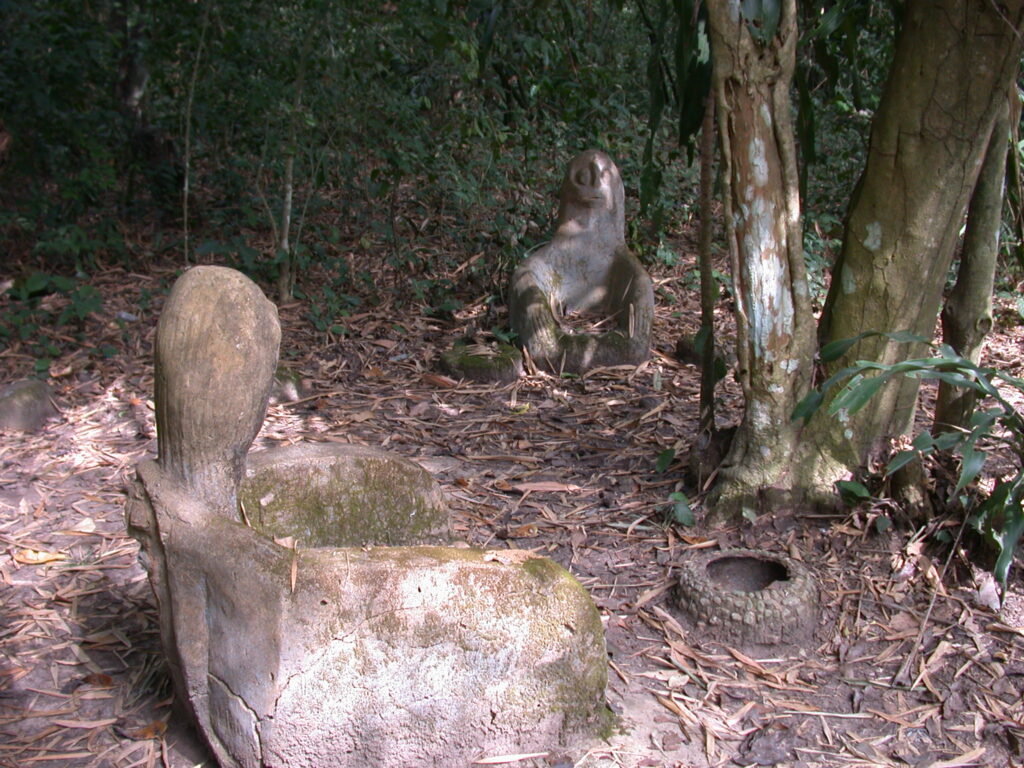
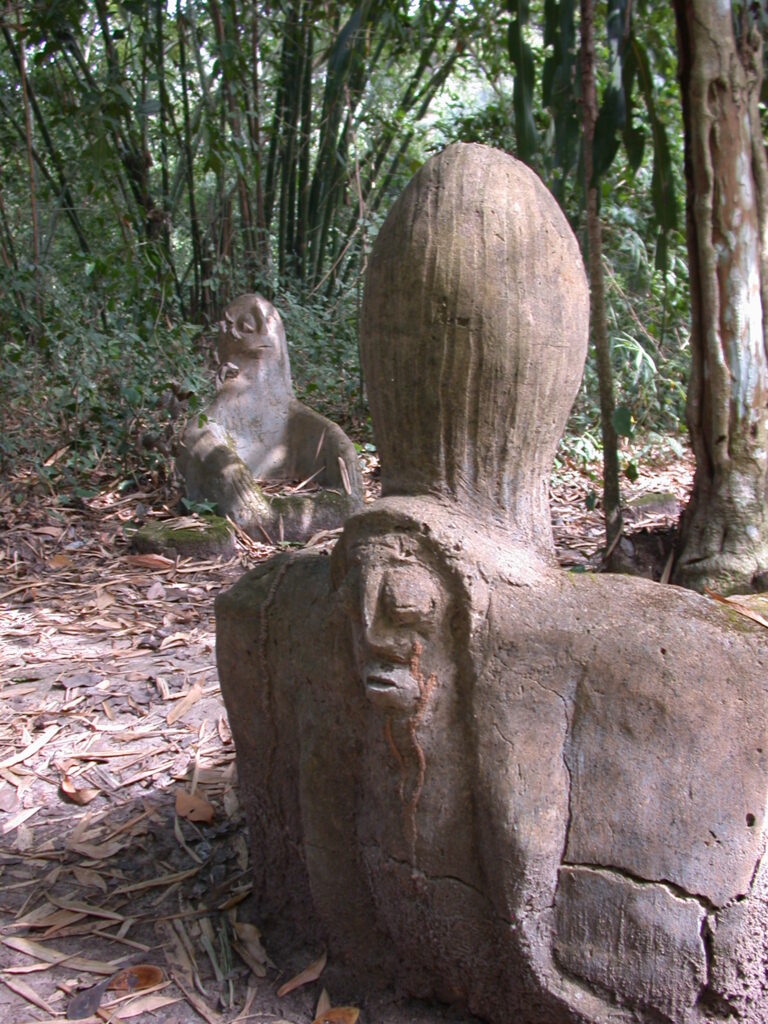
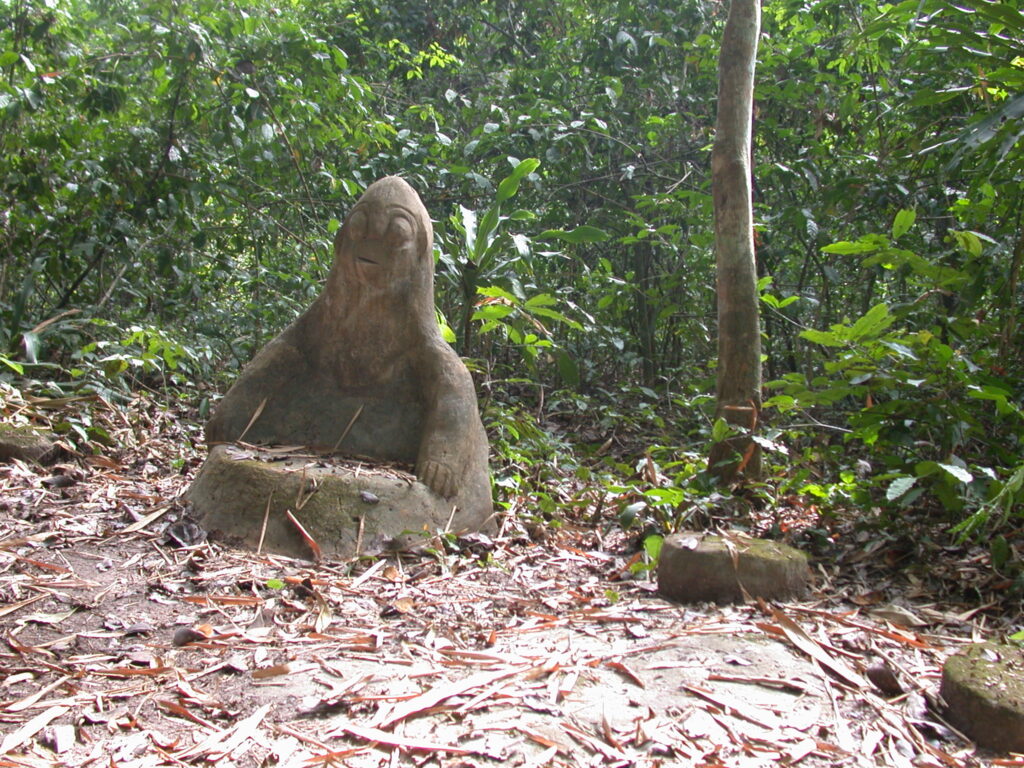
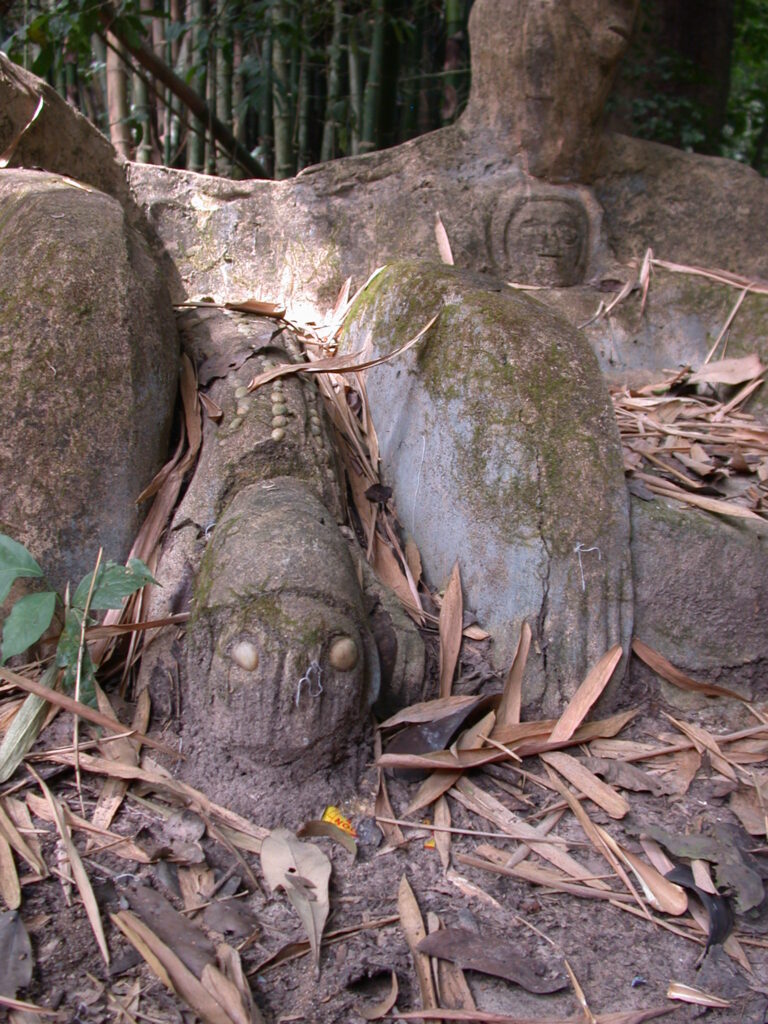
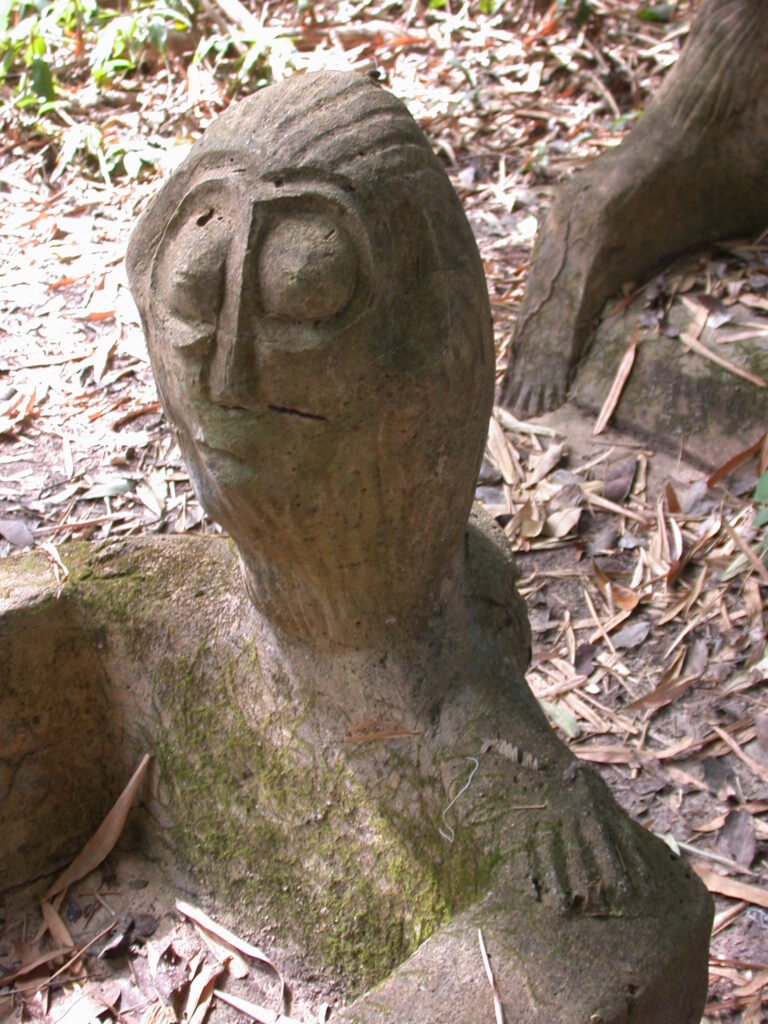
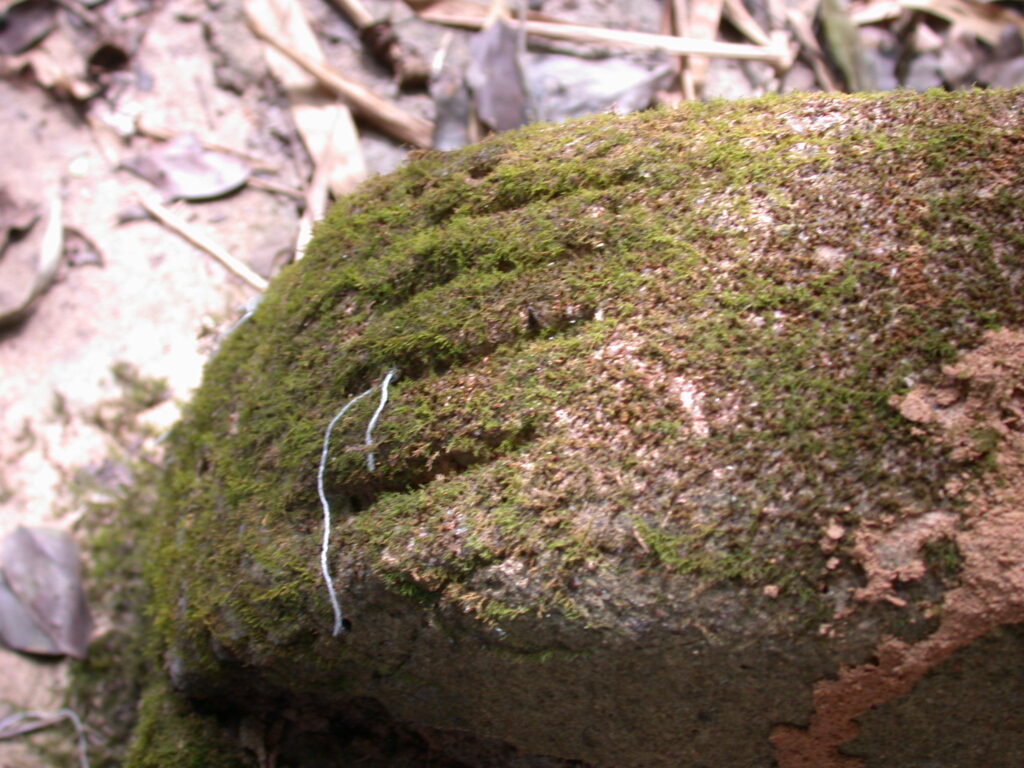
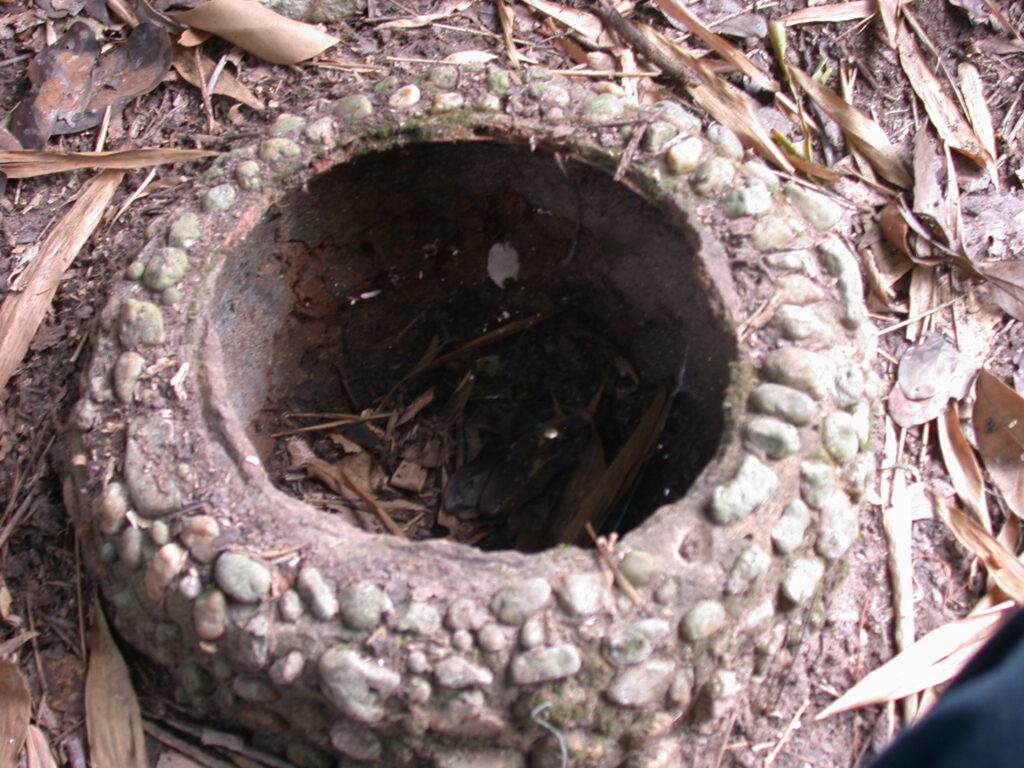
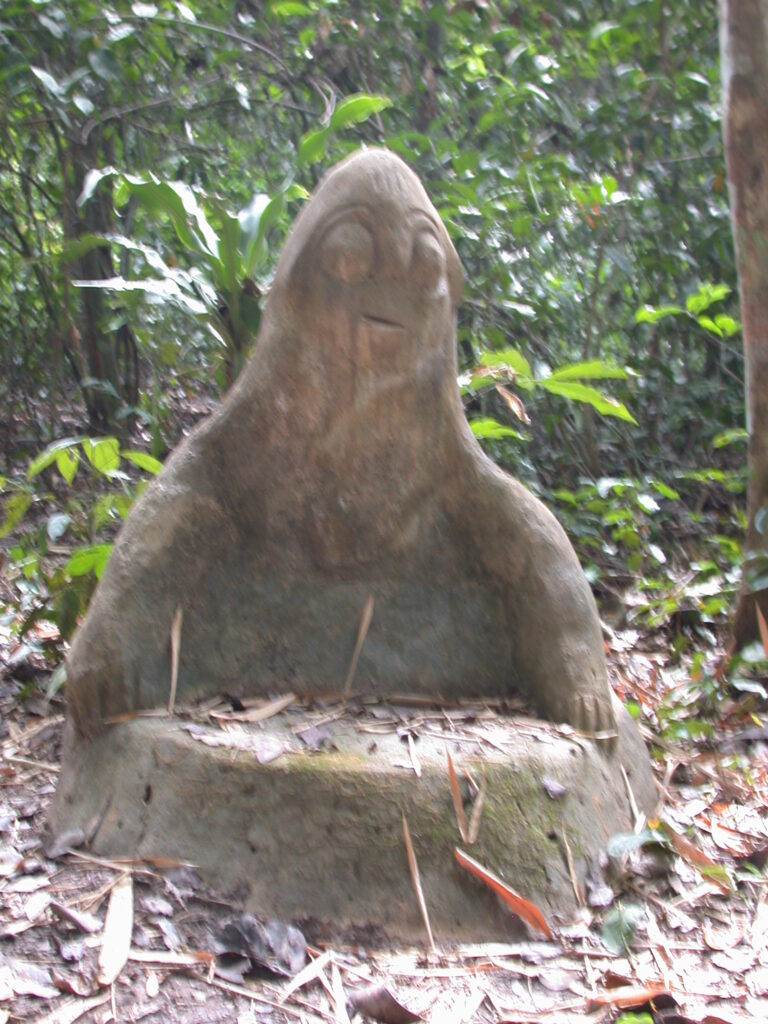
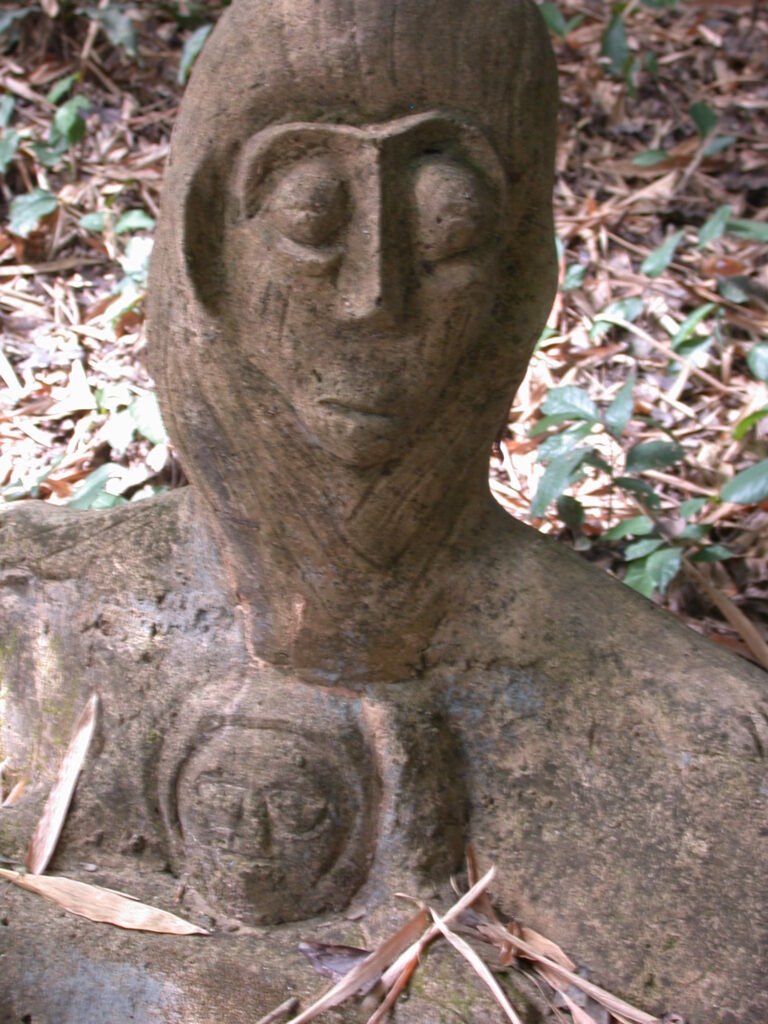
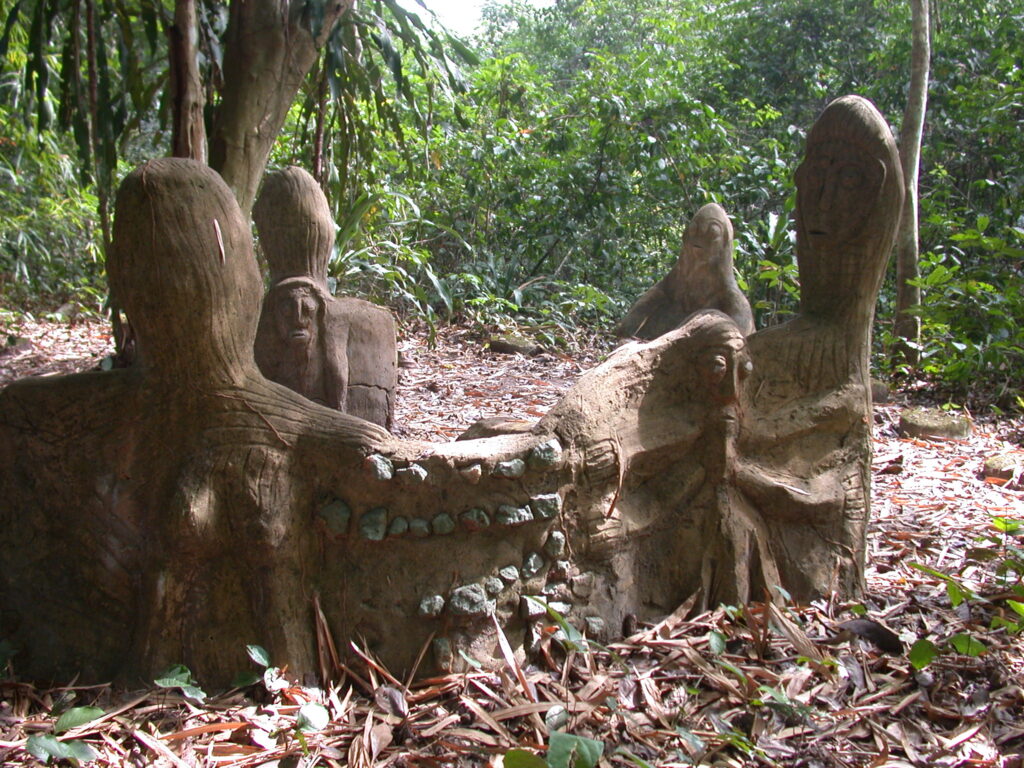
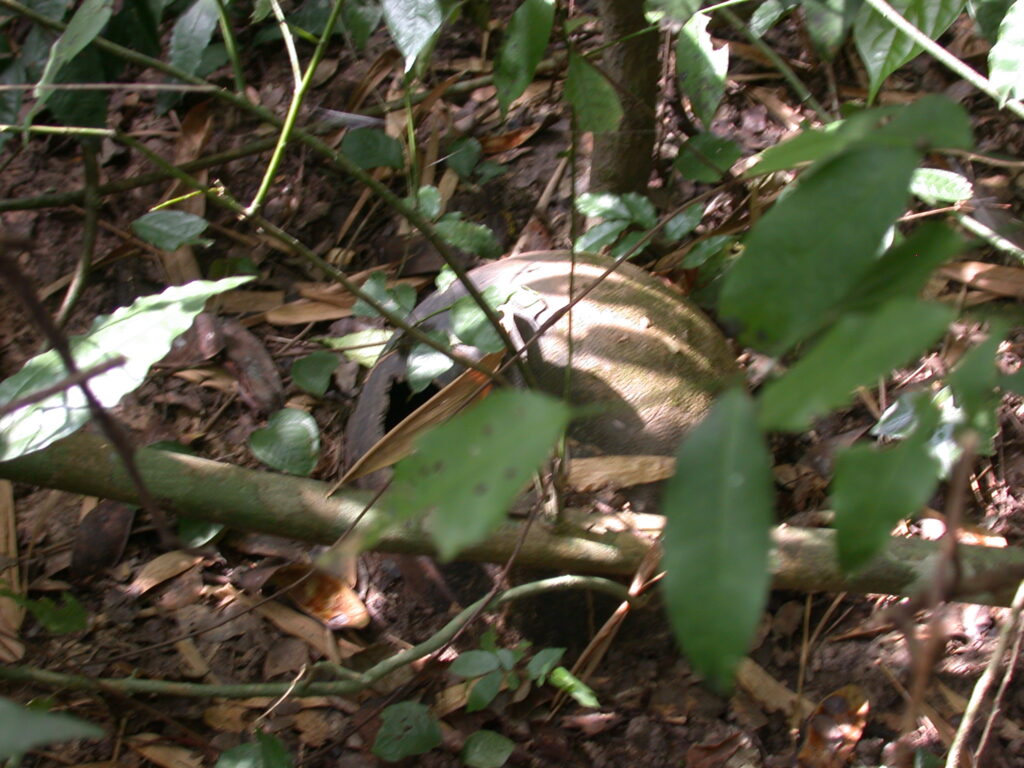
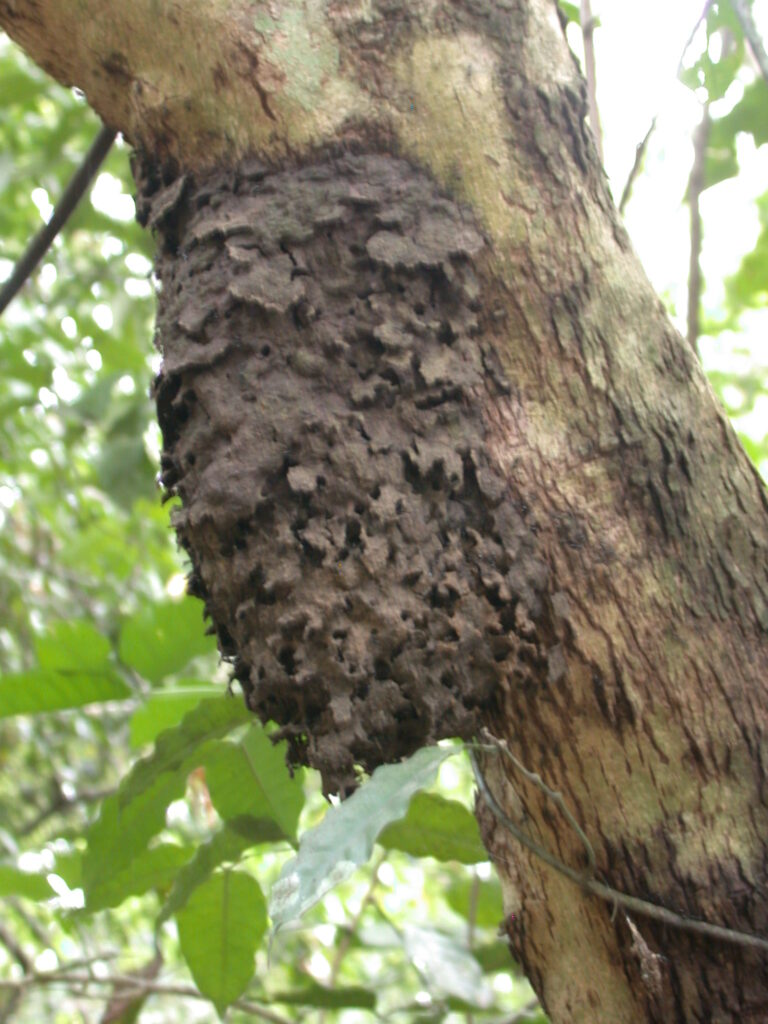
Toward the end of the visit at the main grove, I returned to the area by the Osun River and near the ceremonial dwelling, which was a kind of palace. The residents didn’t want me to take pictures unless I paid lots of baksheesh. I had already paid to take pictures when I paid the admission fee, so I decided to let the pictures of the palace go and take pictures of everything else instead. 😉
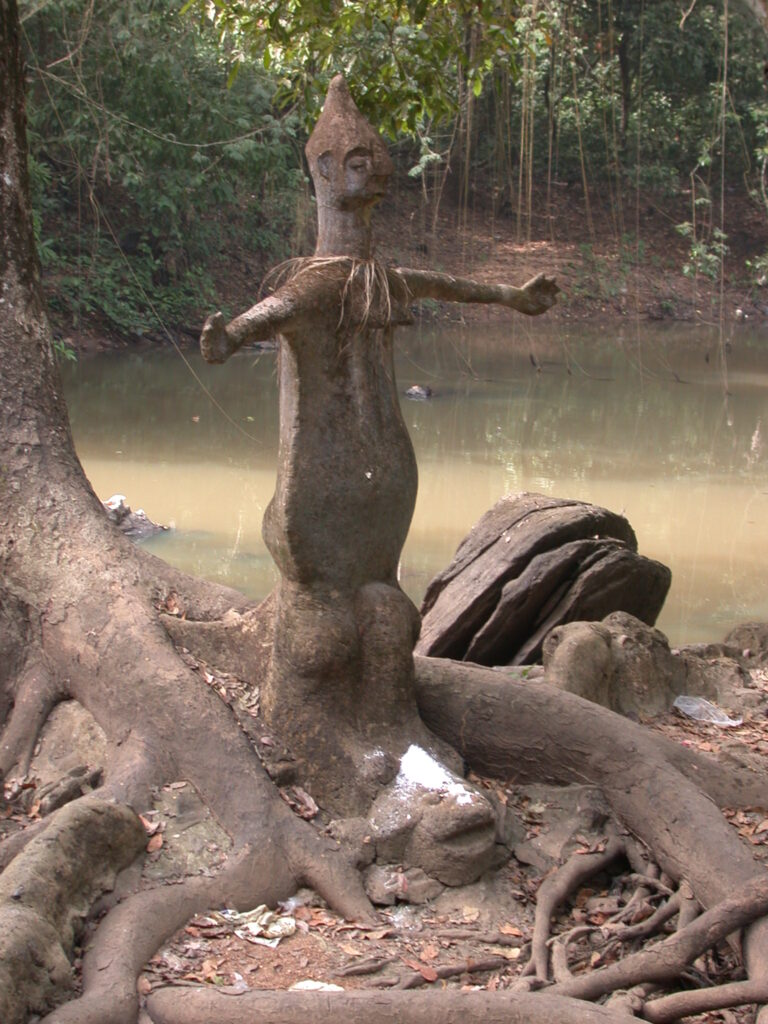
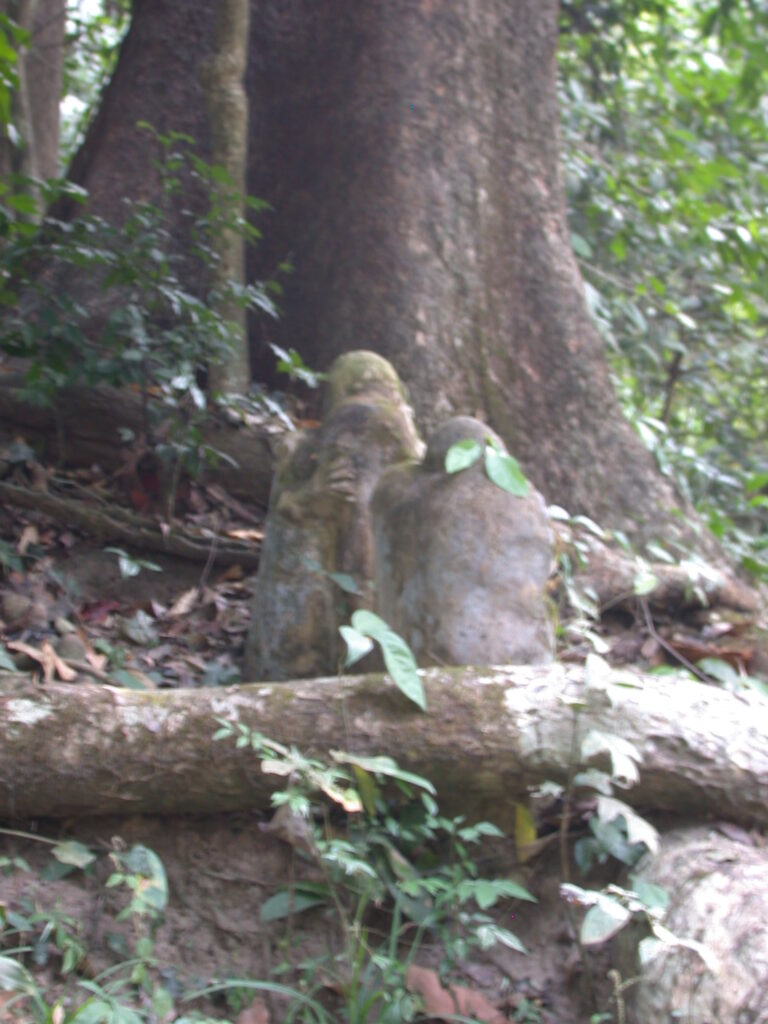
I found some more sculptures and shrines on my way back to the entrance.
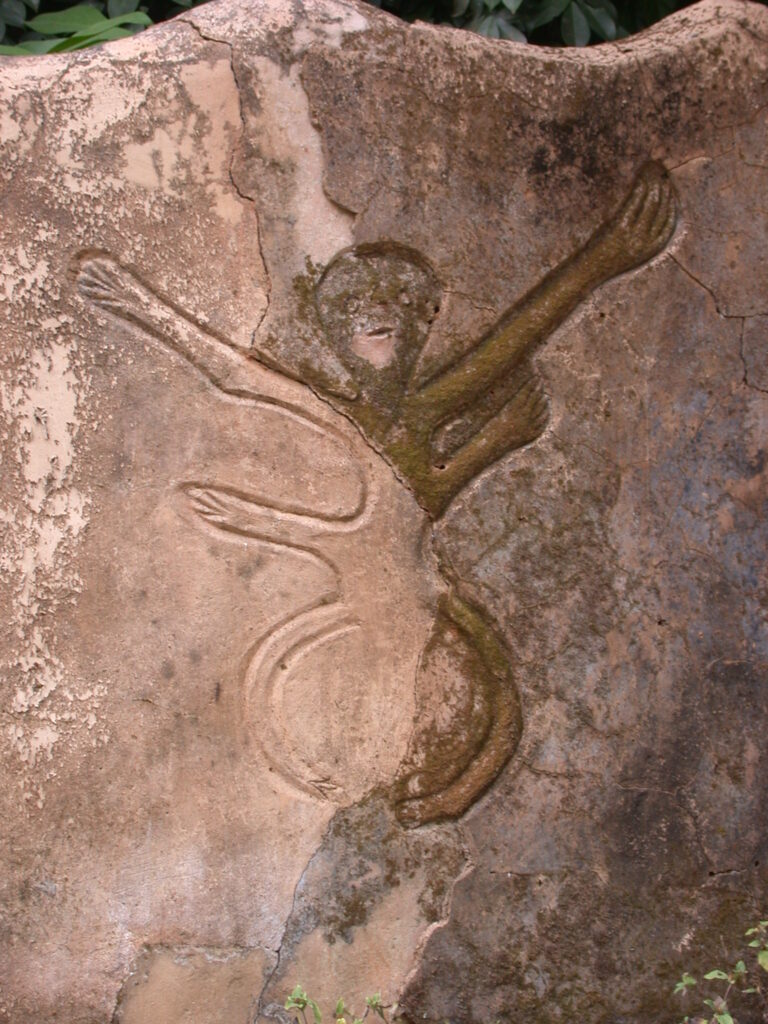
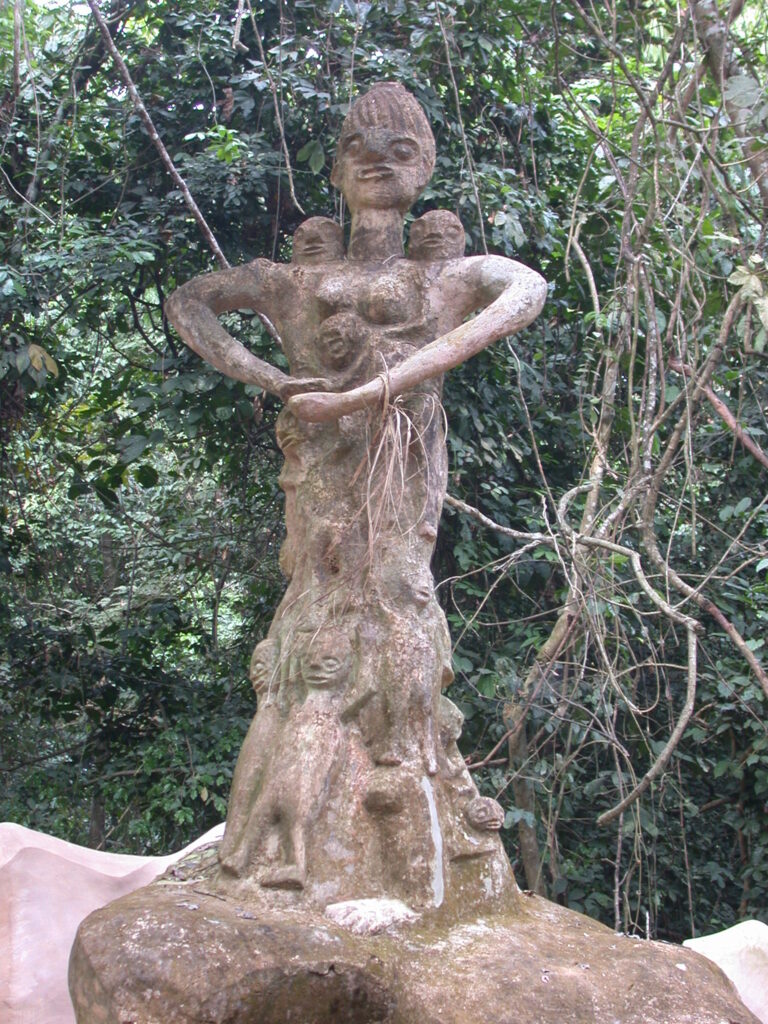
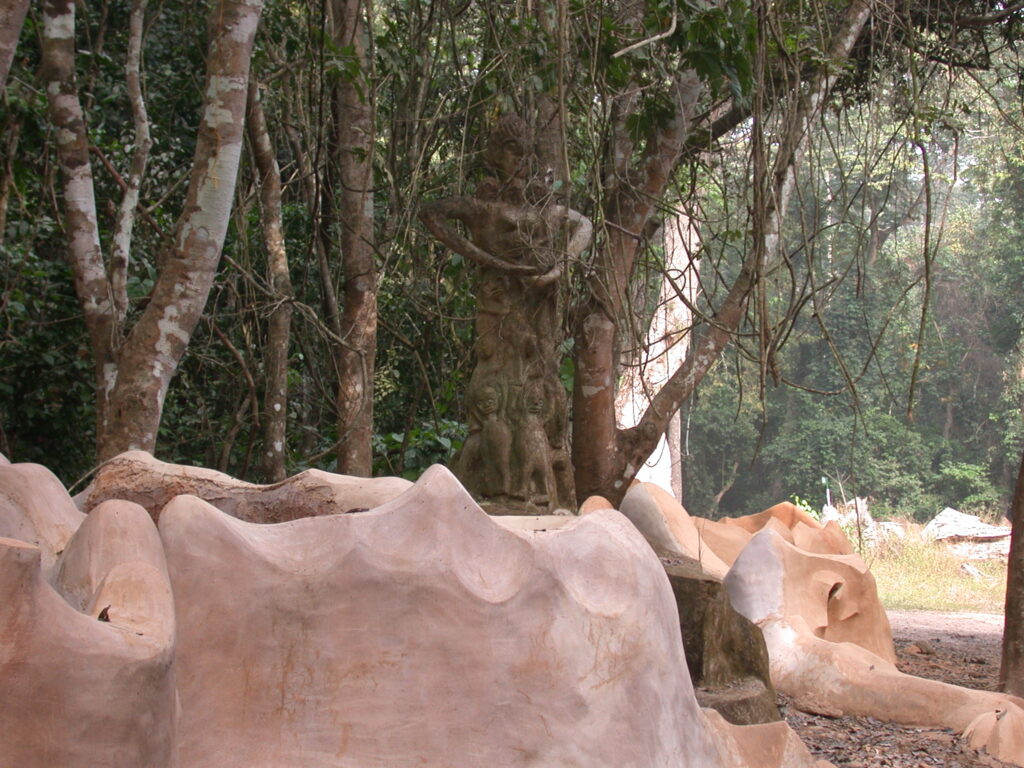
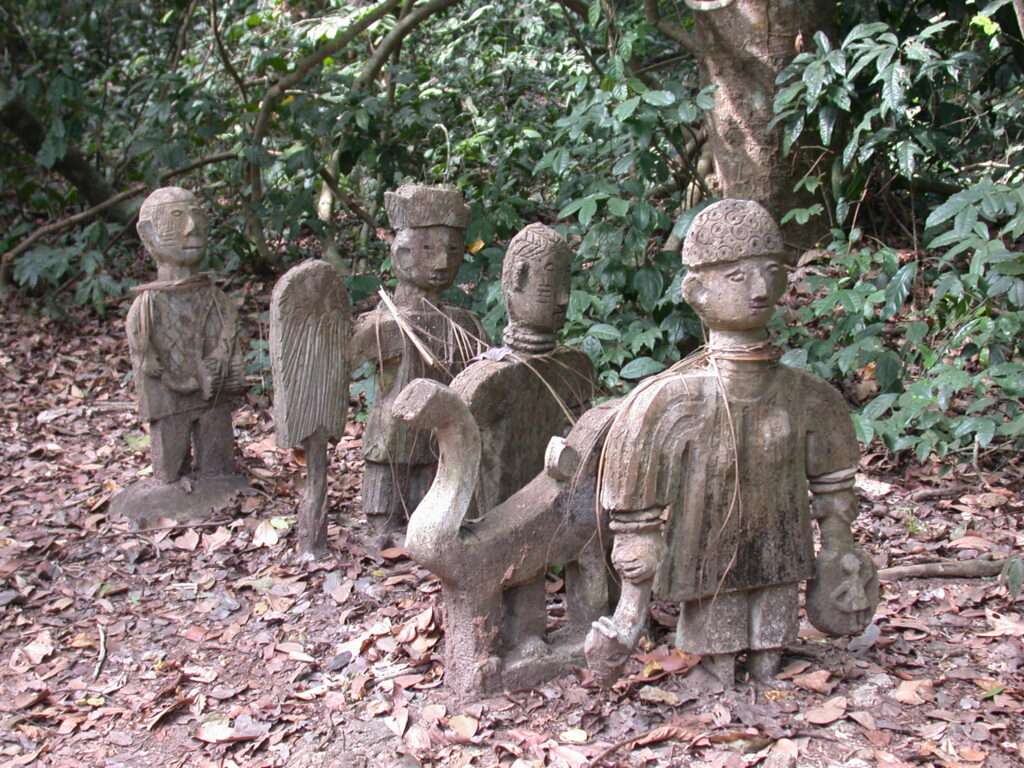
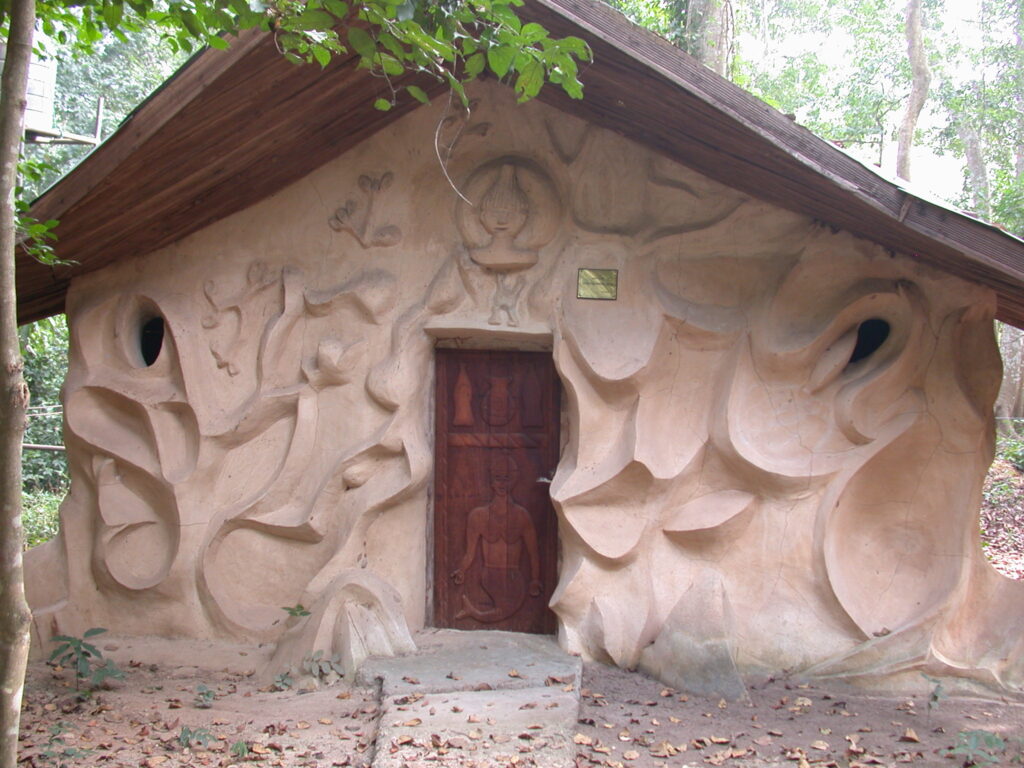
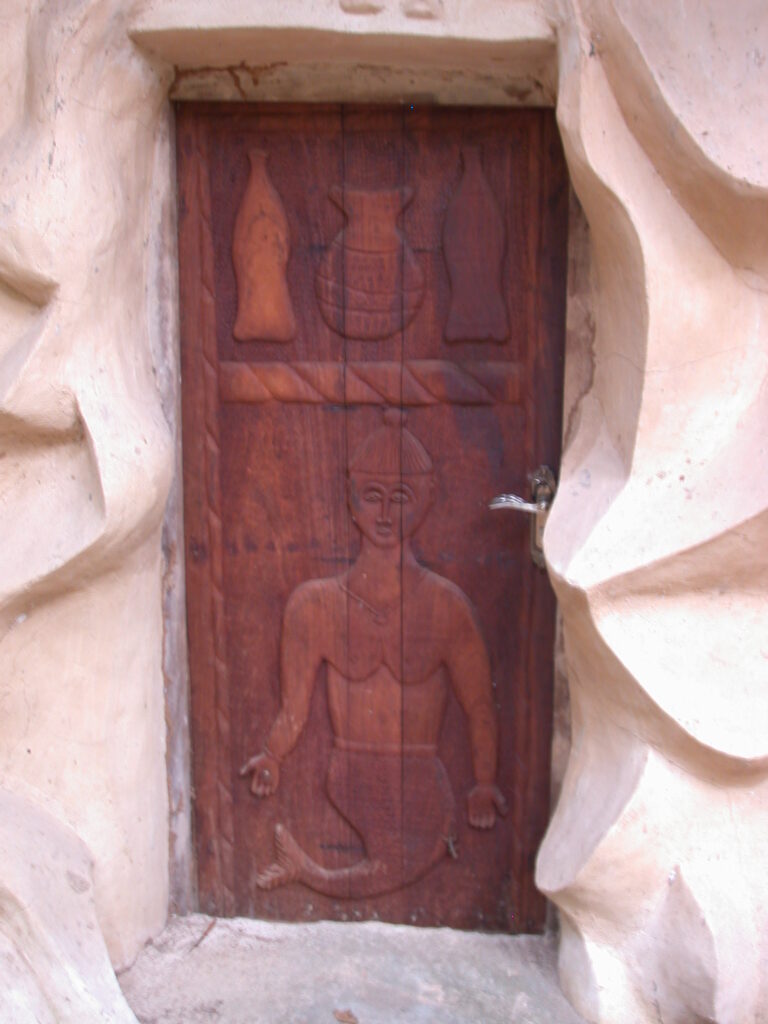
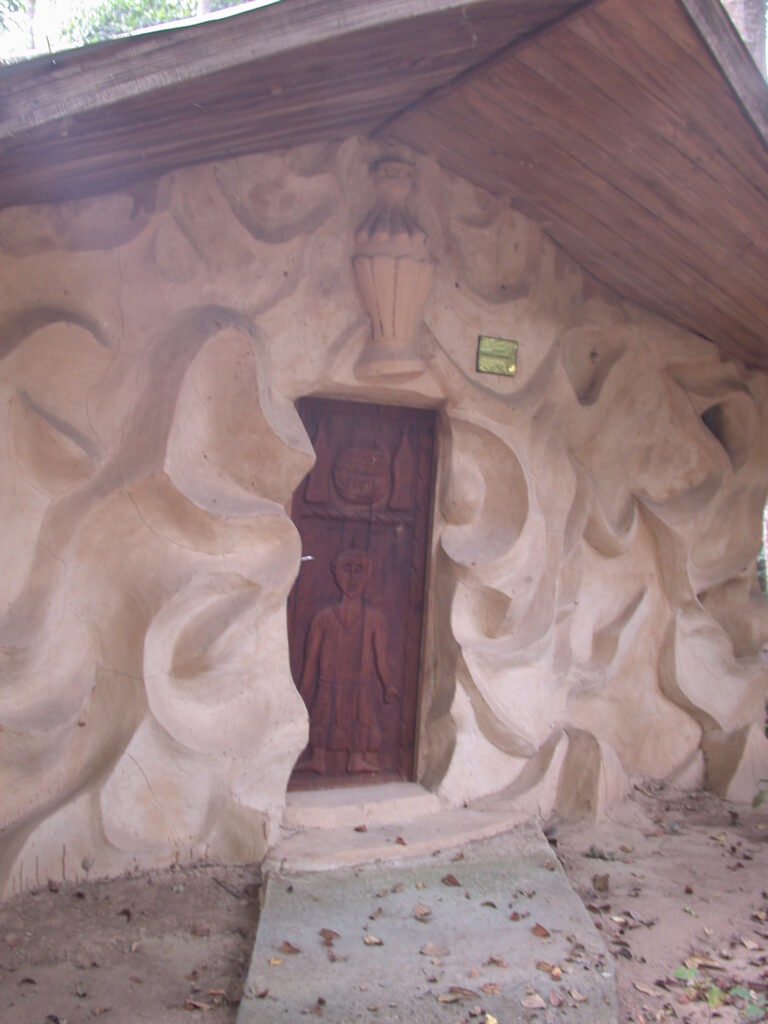
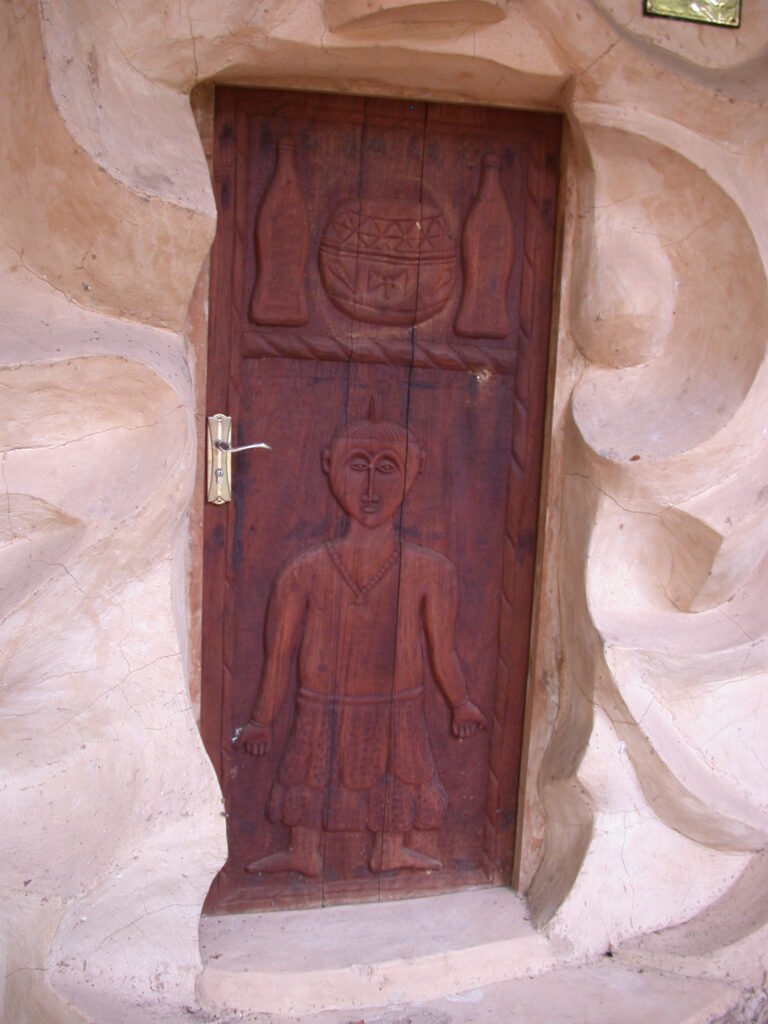
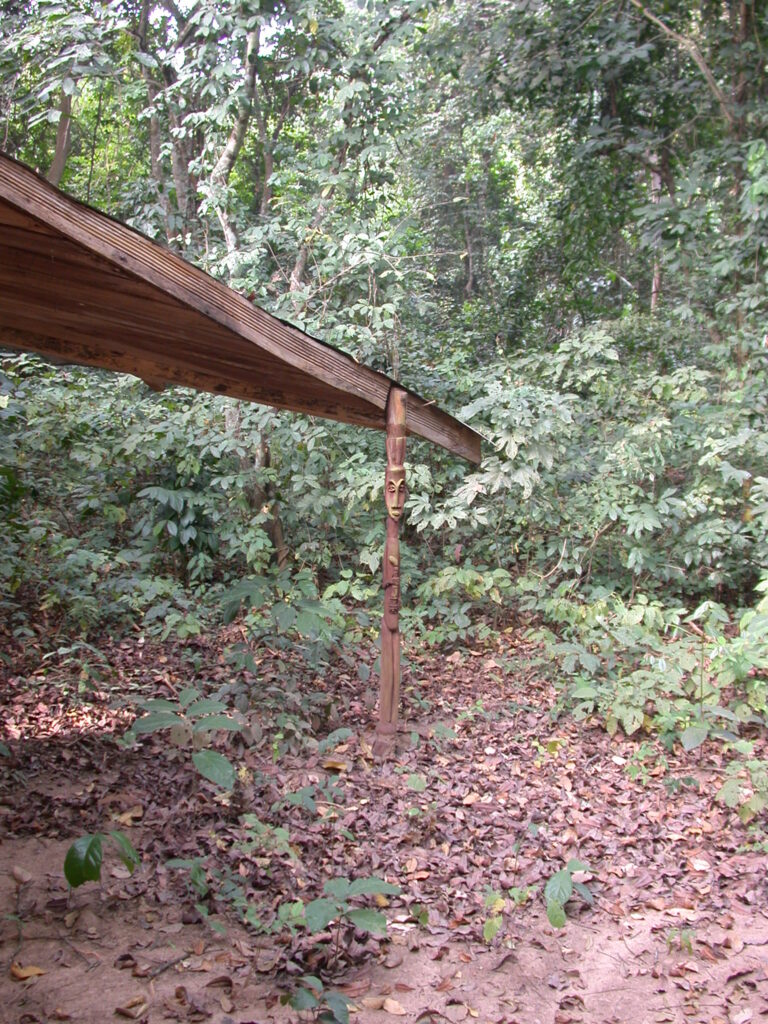
At the entrance to the grove, I found out there is another whole area down the street that I hadn’t seen, so I broke out some more baksheesh to see the place.
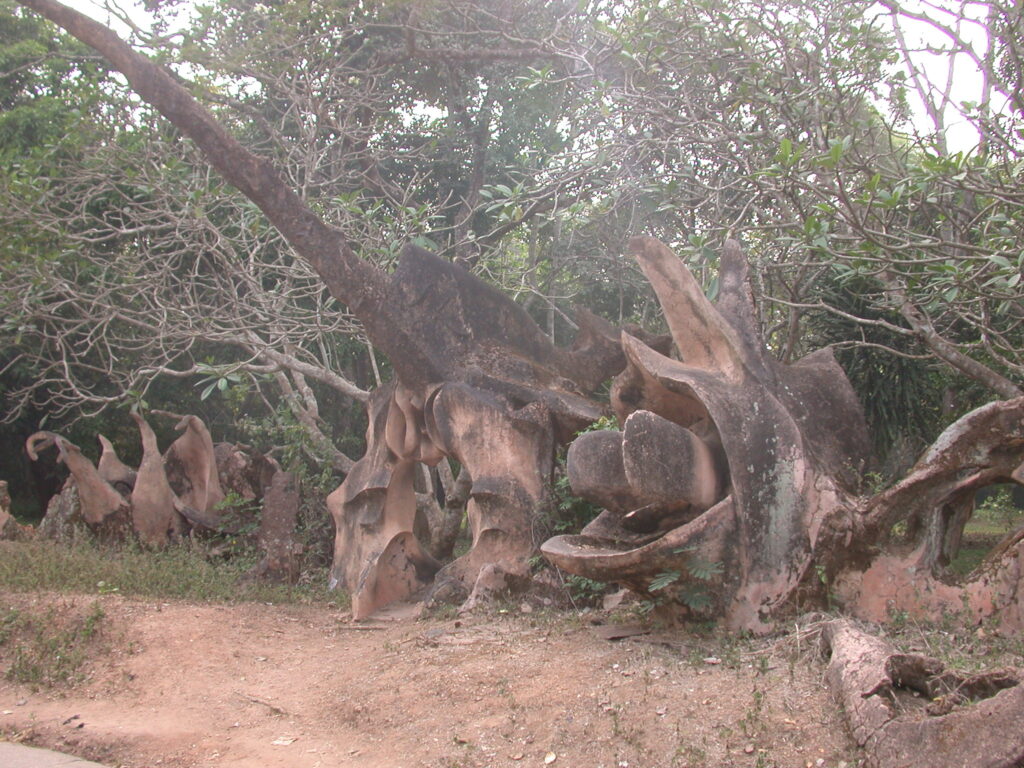
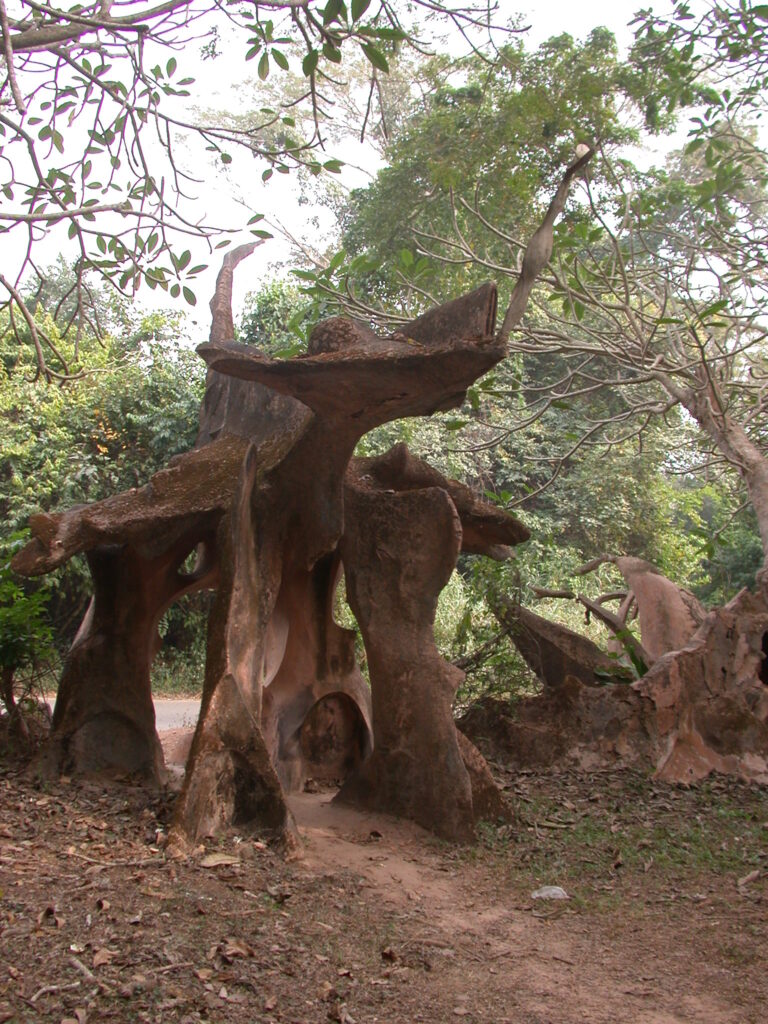
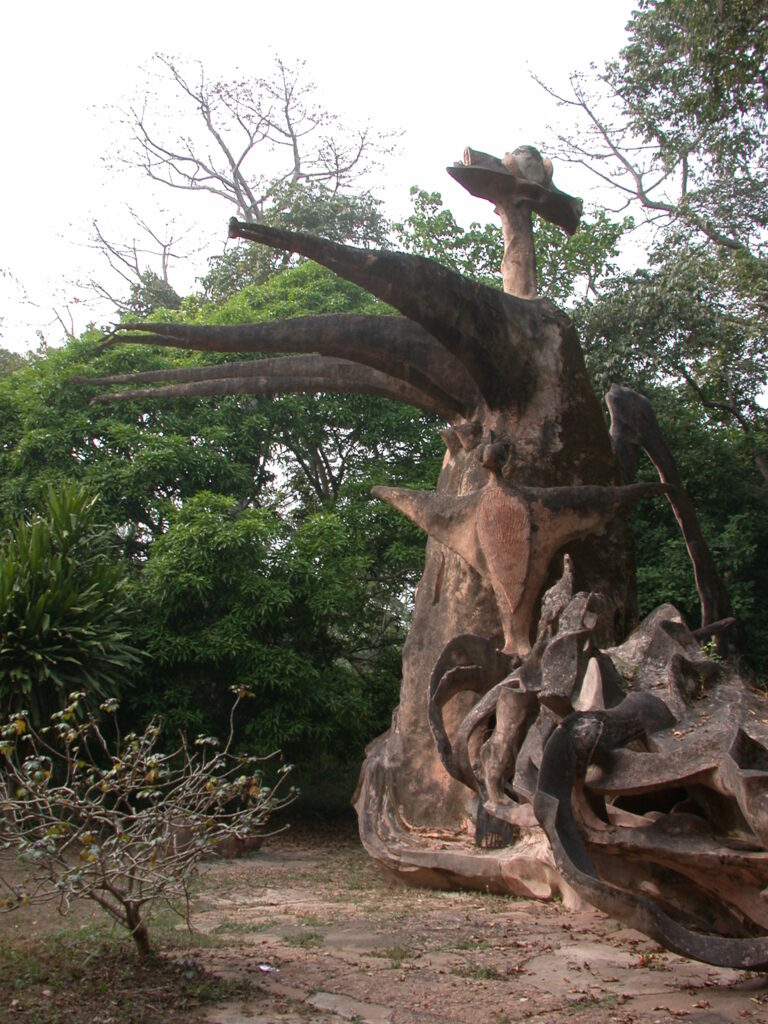
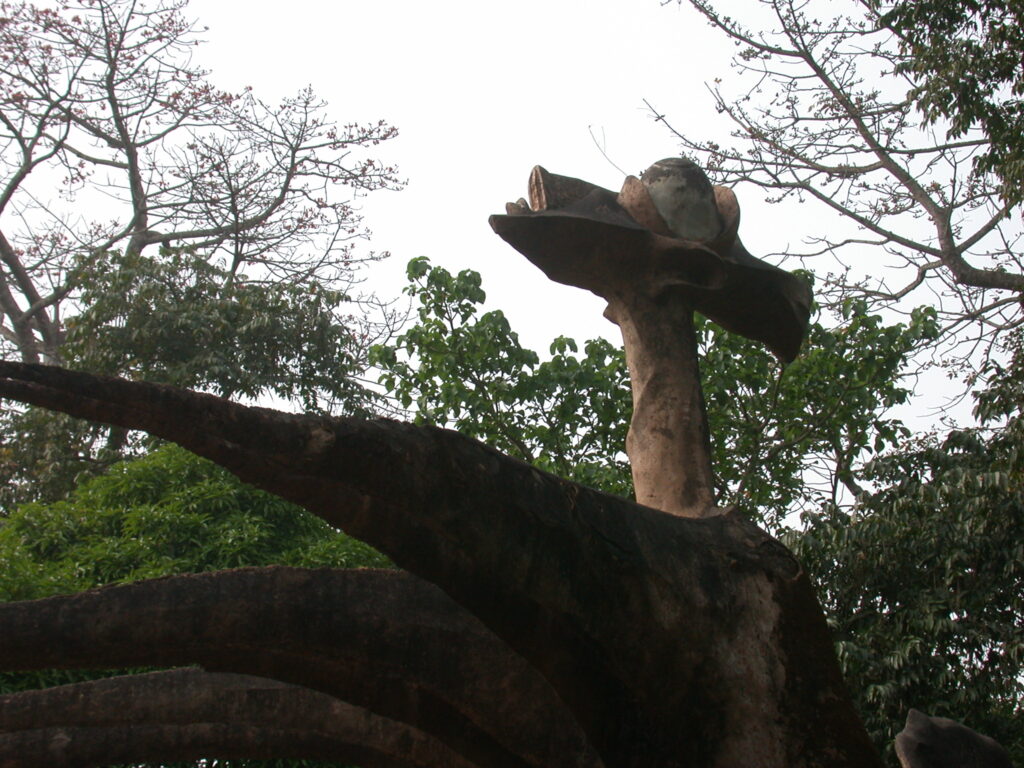
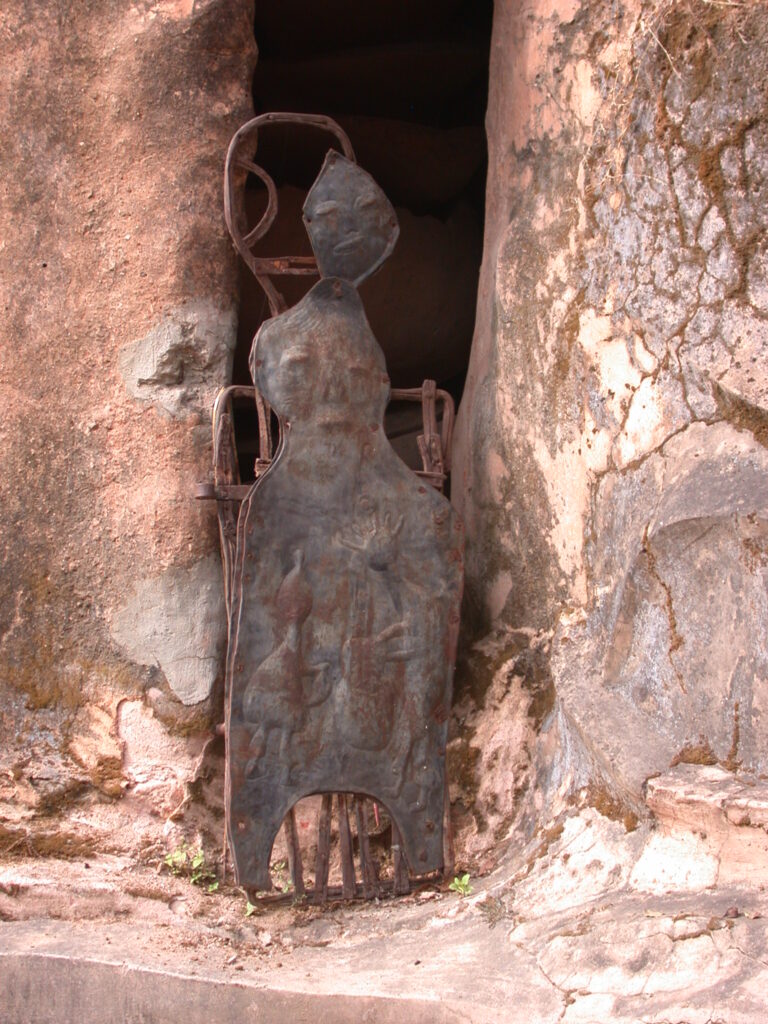
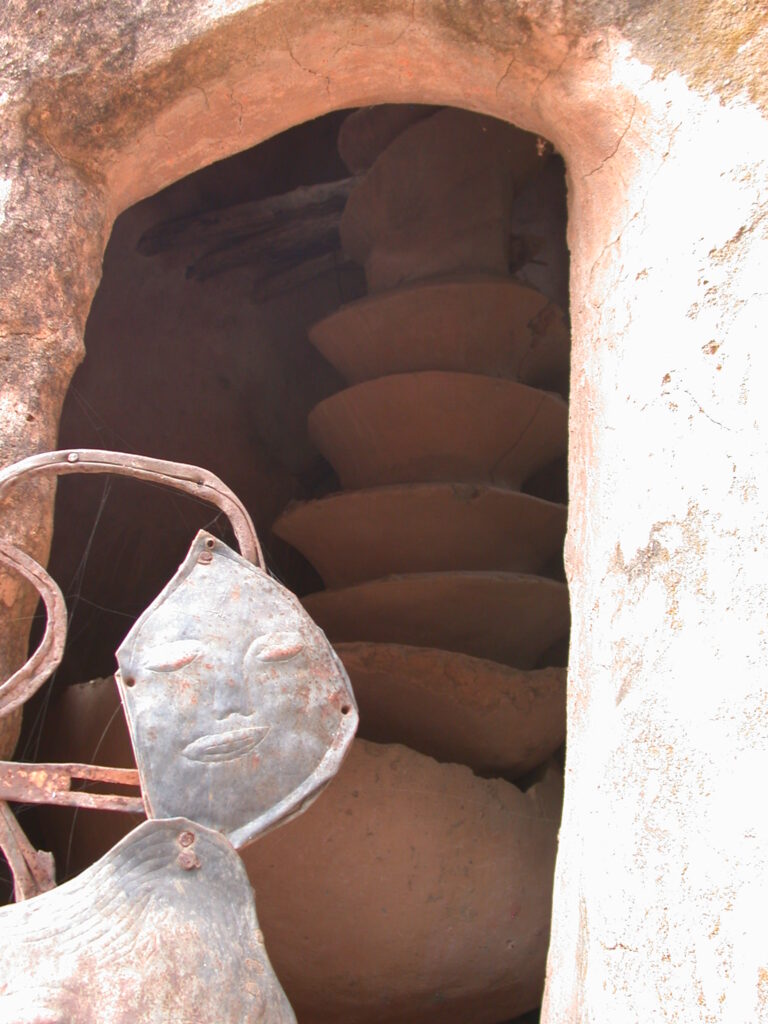
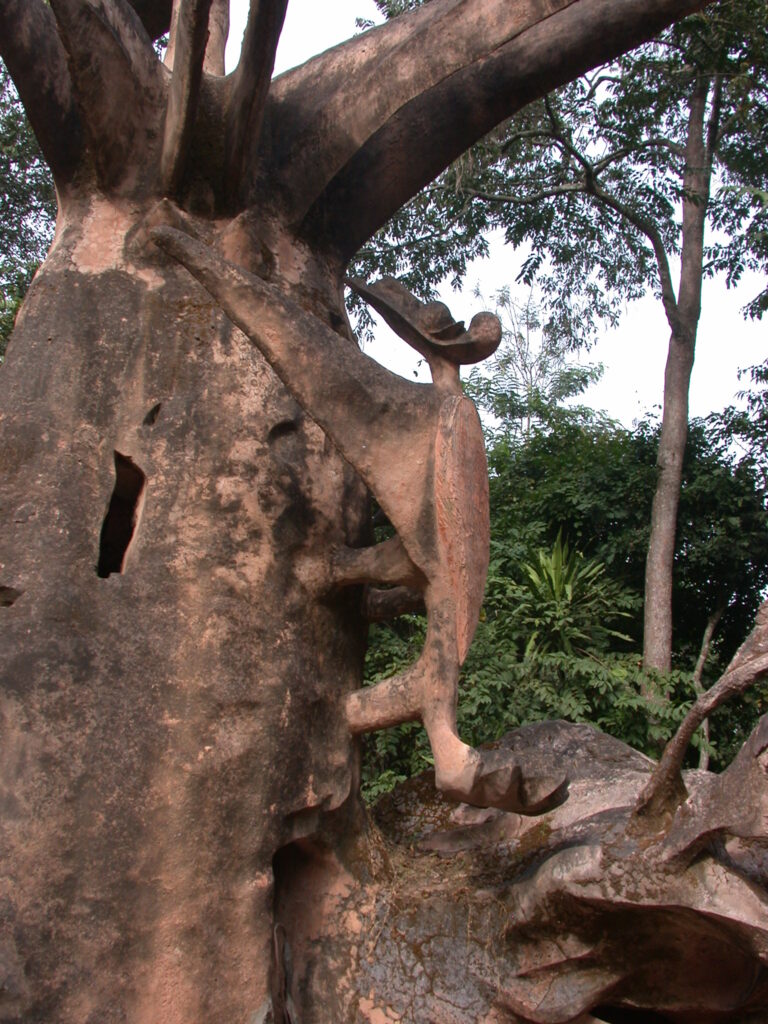
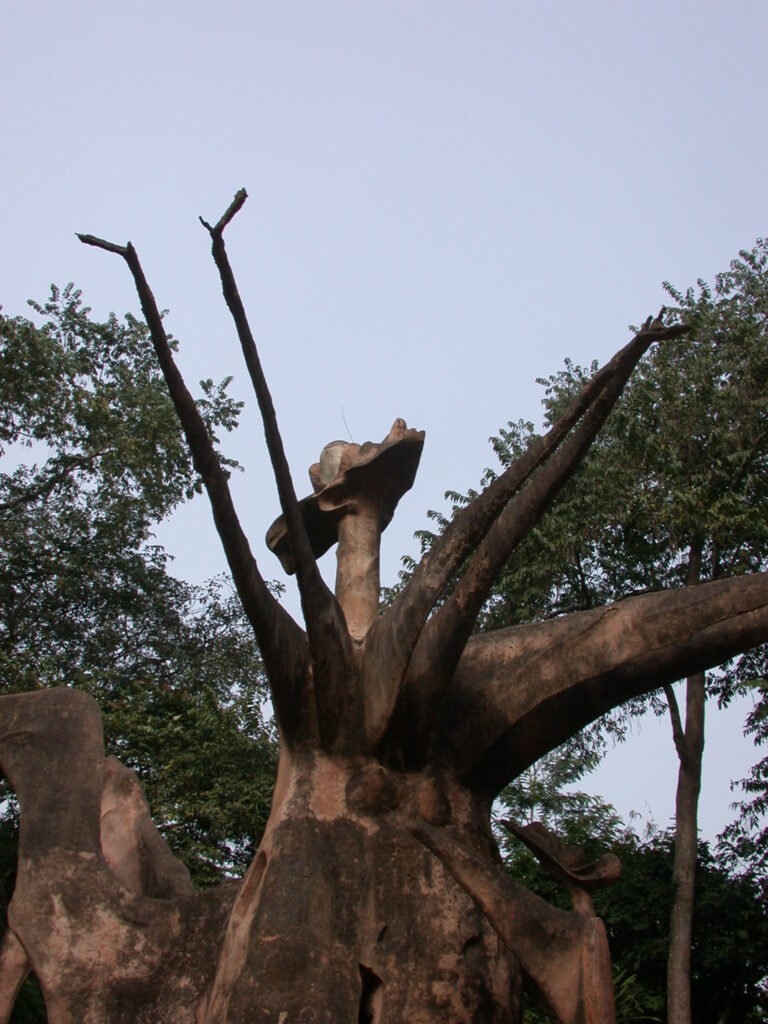
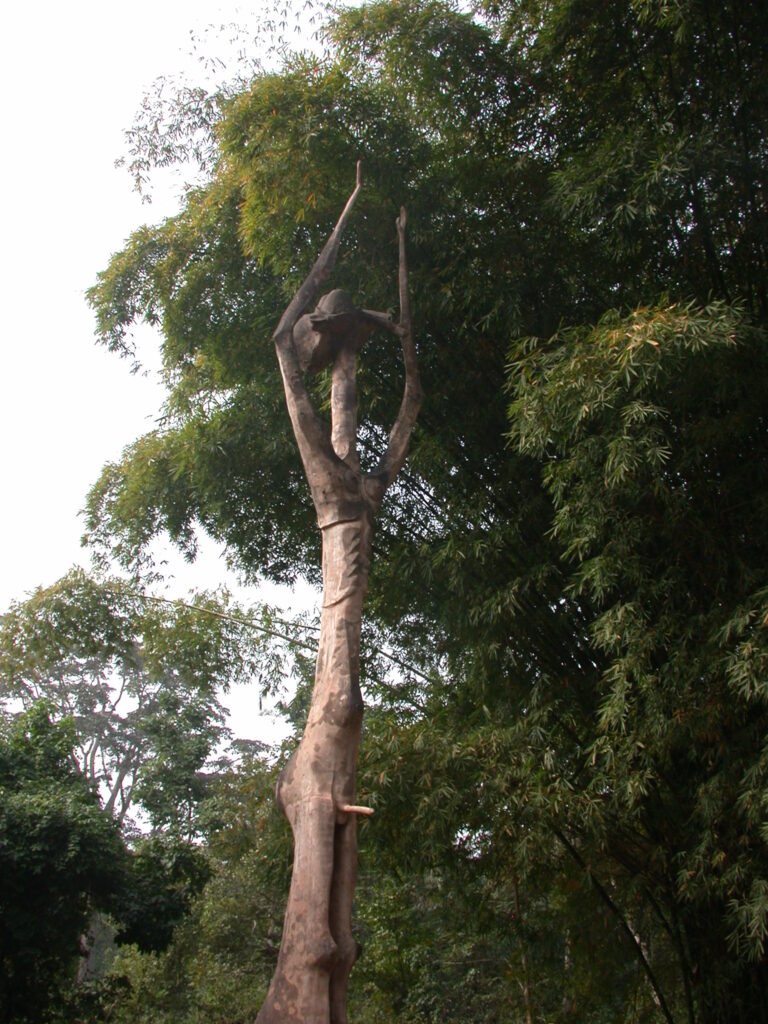
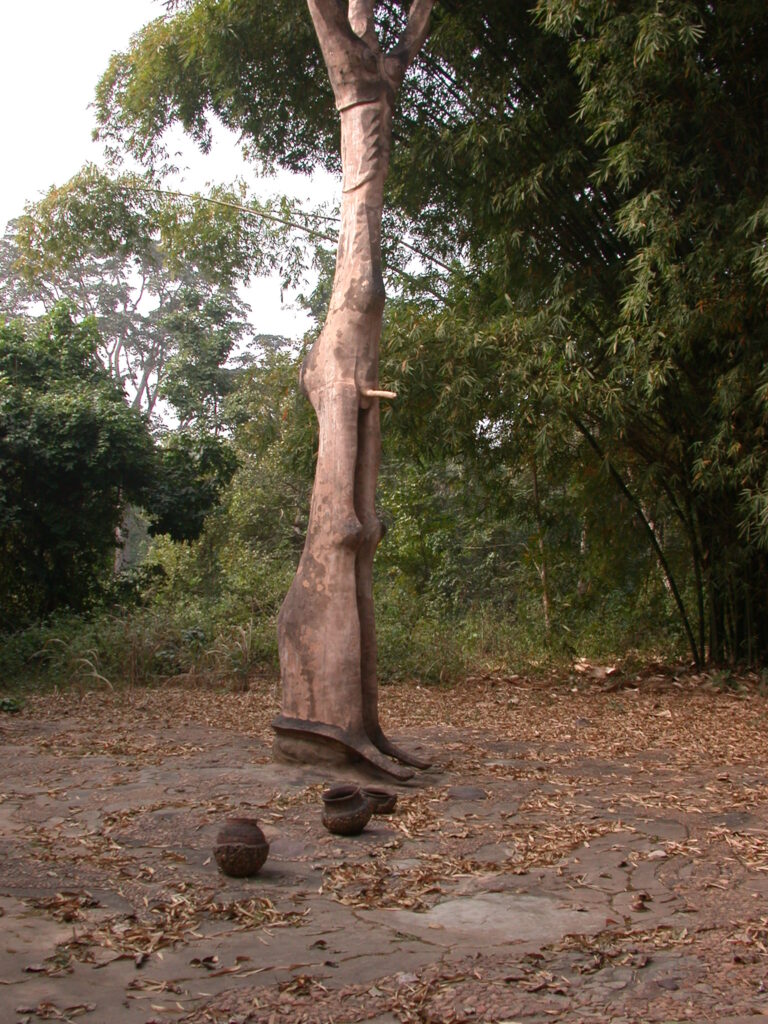
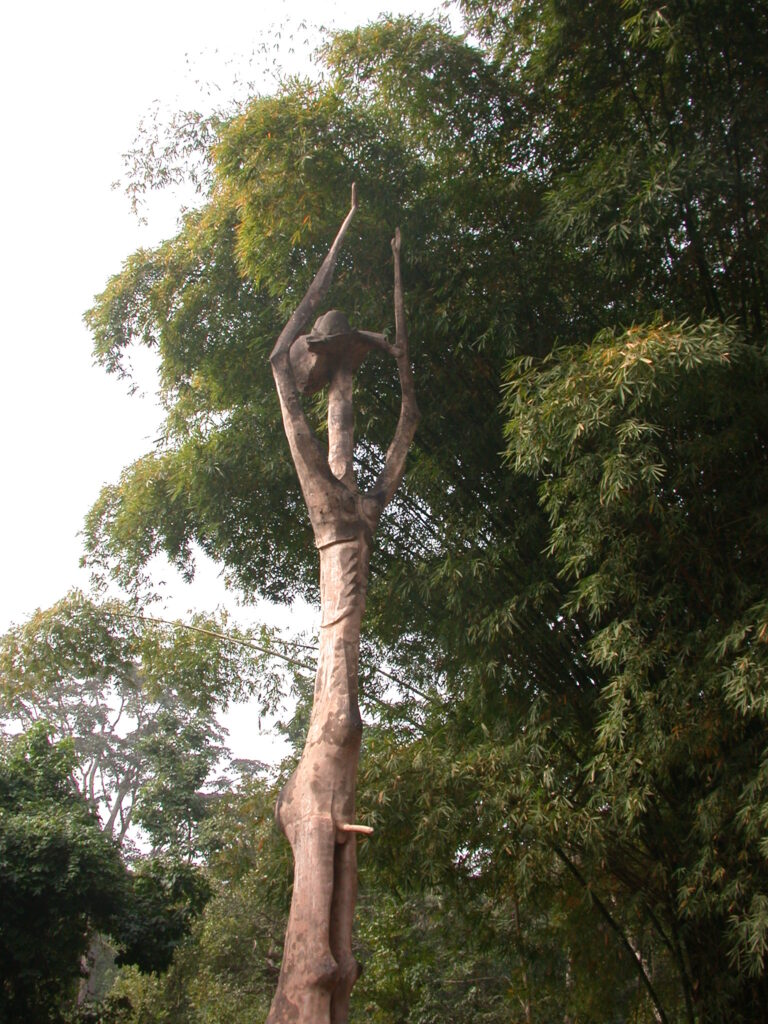
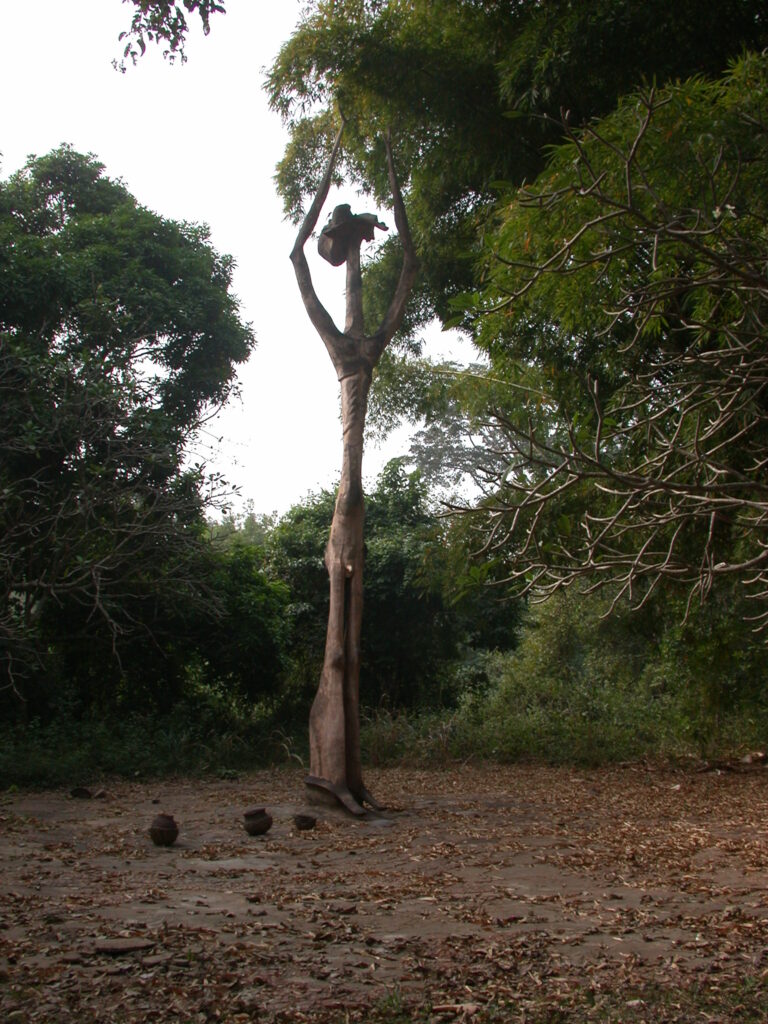
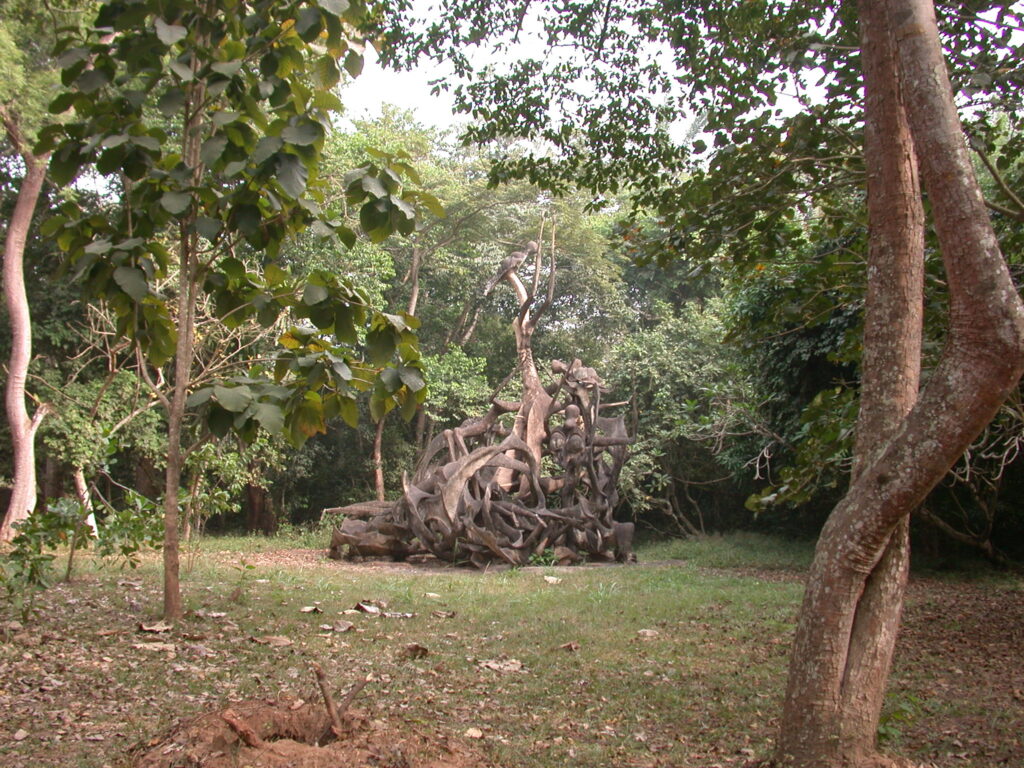
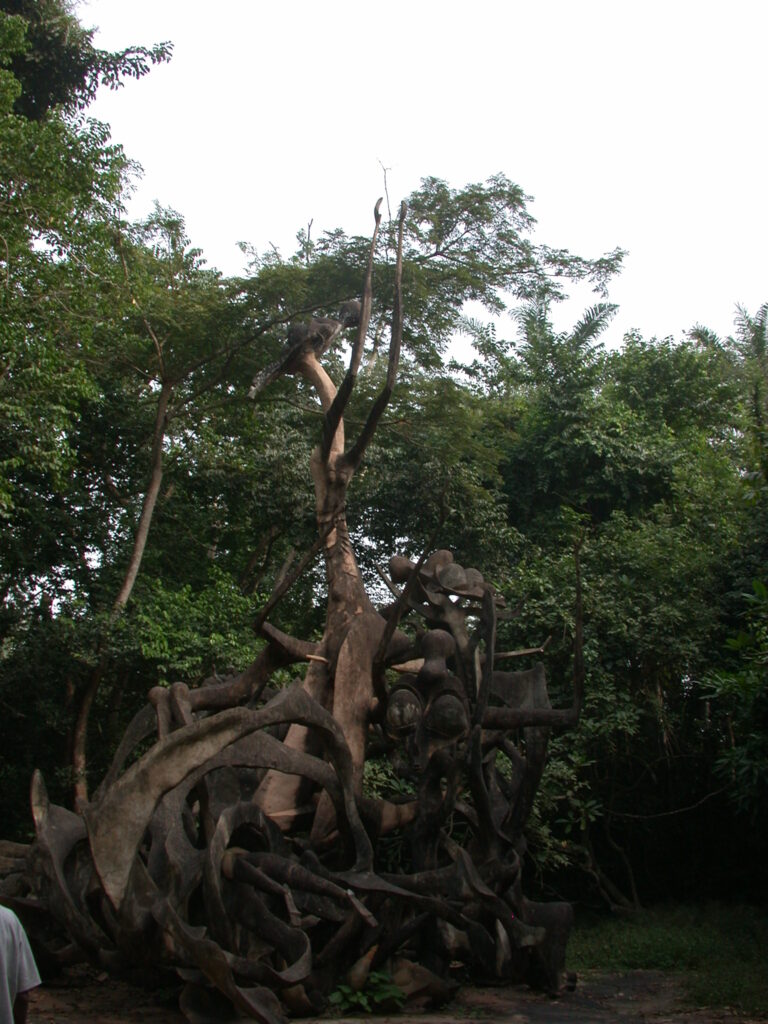
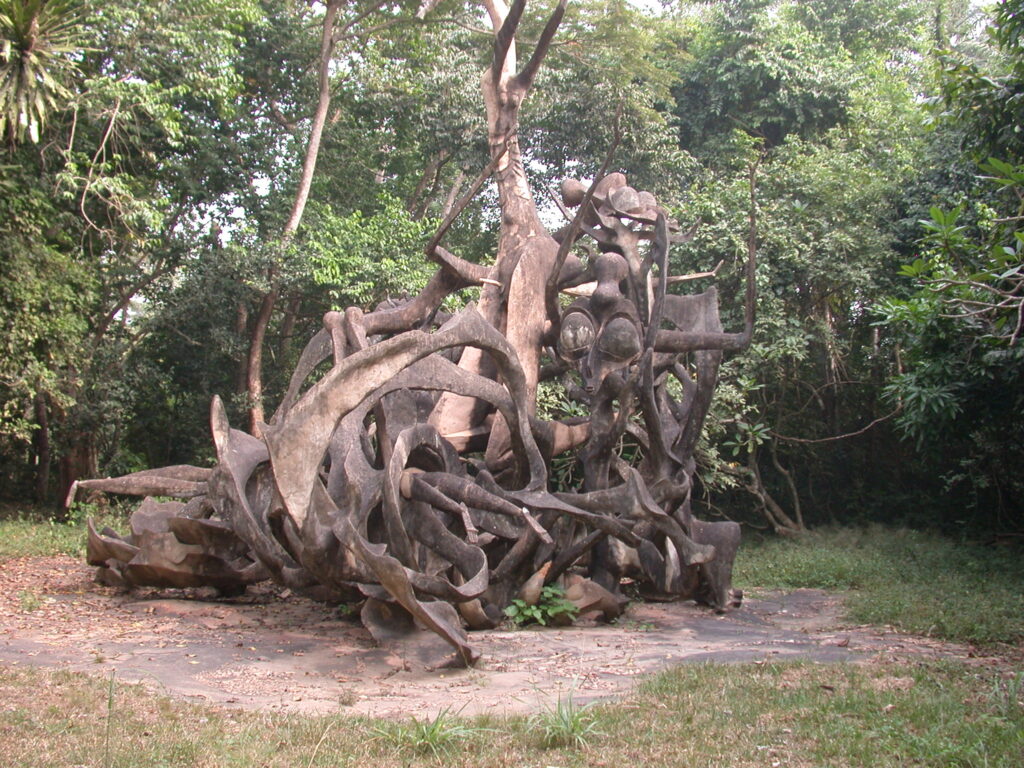
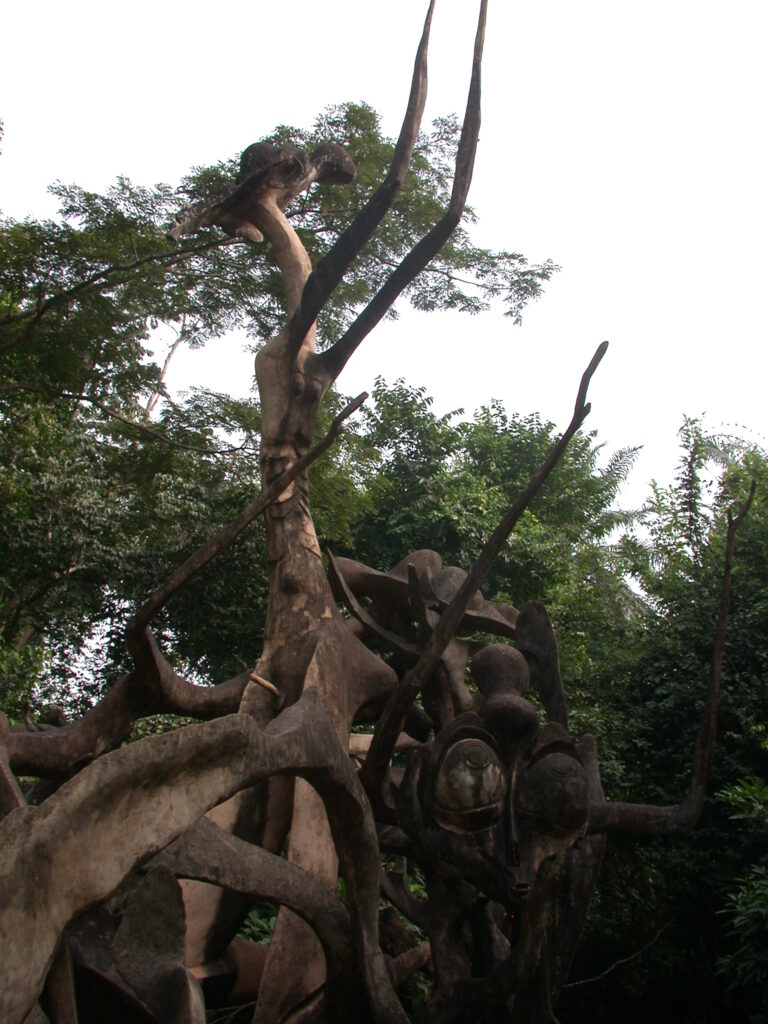
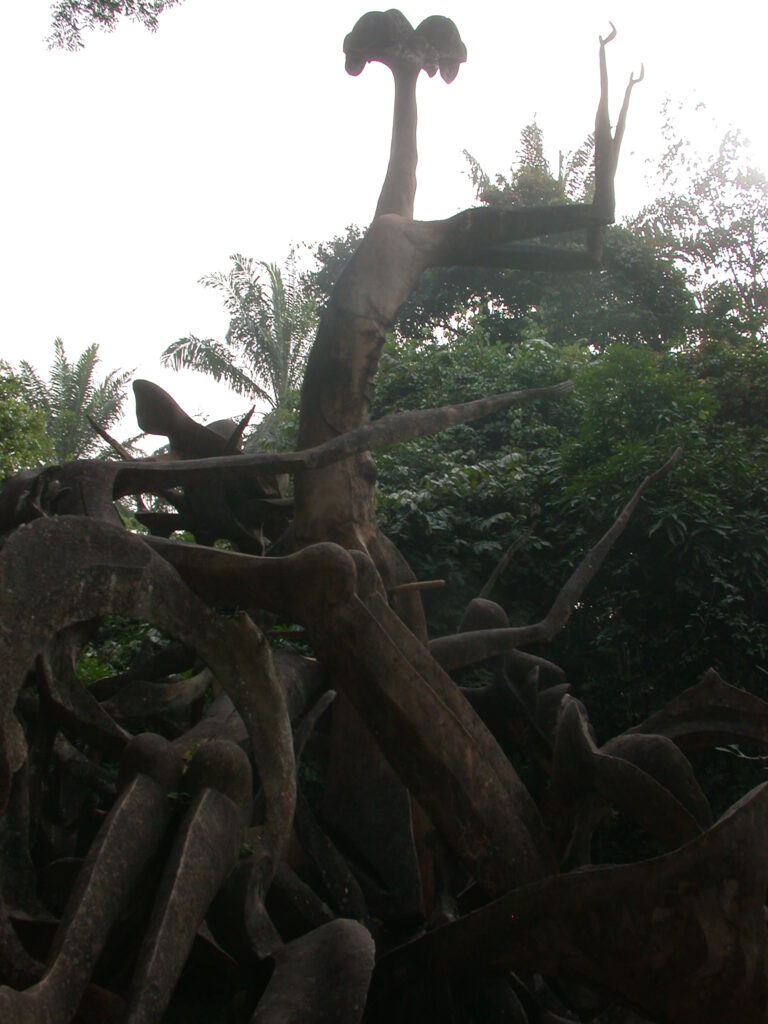
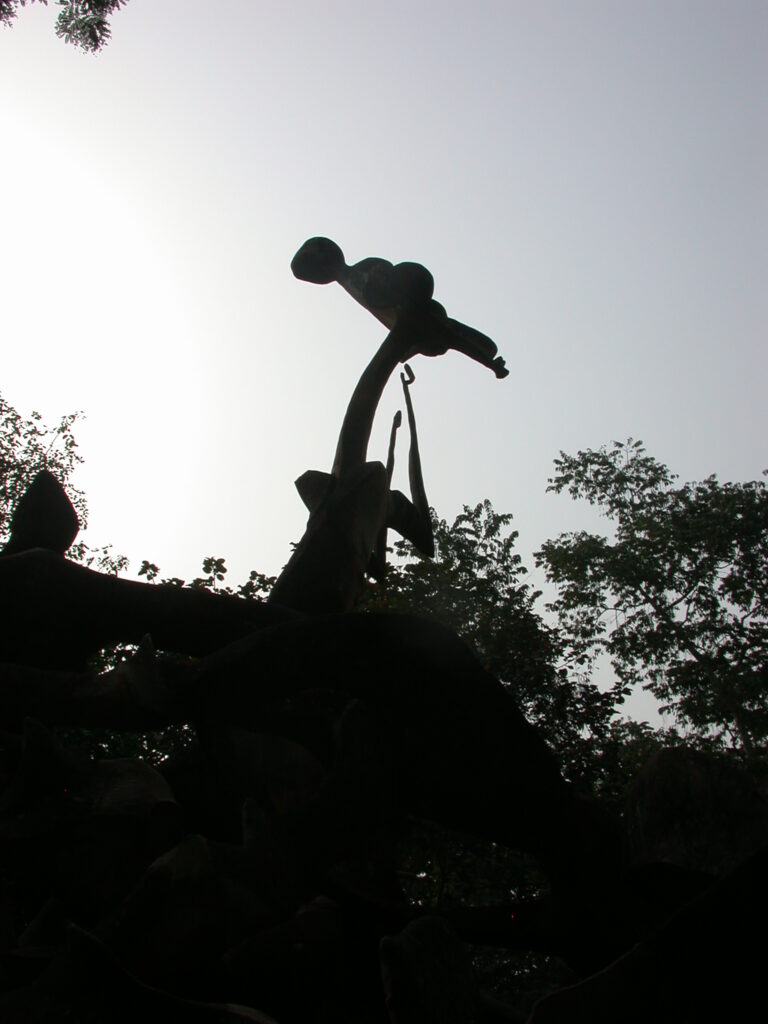
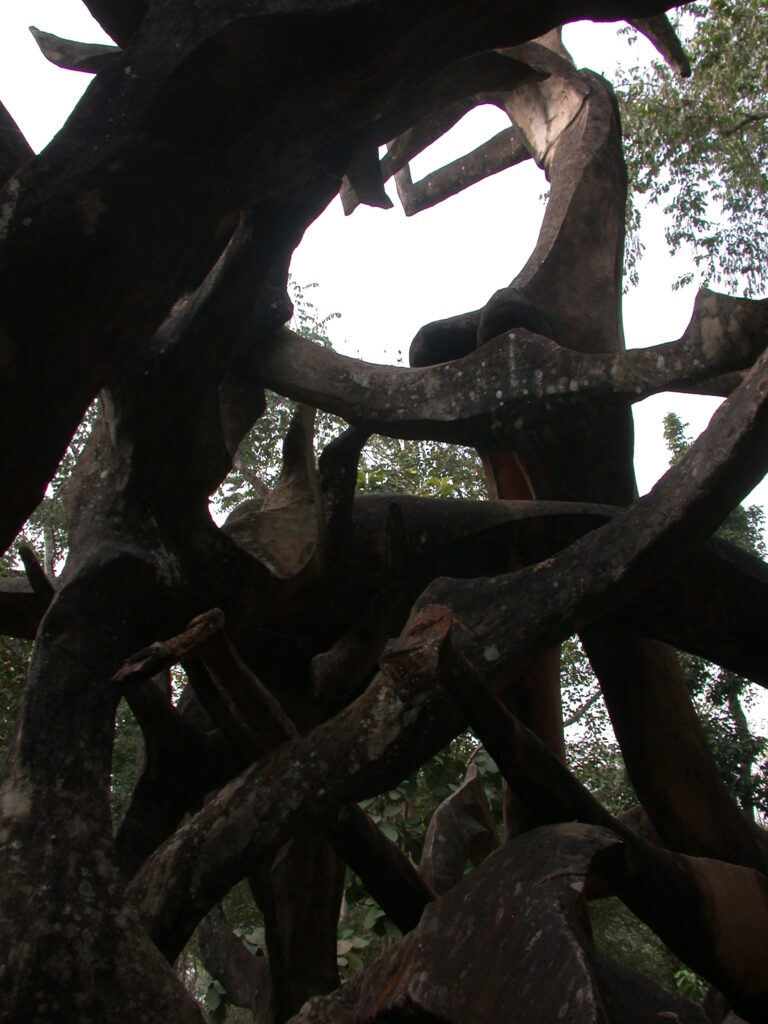
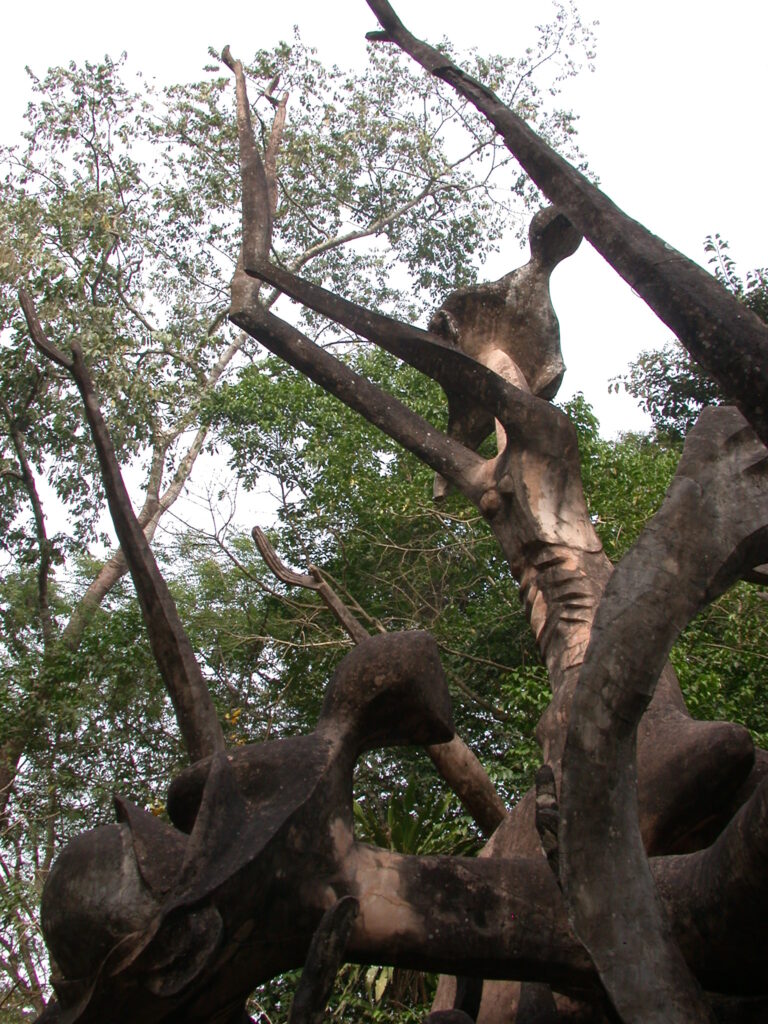
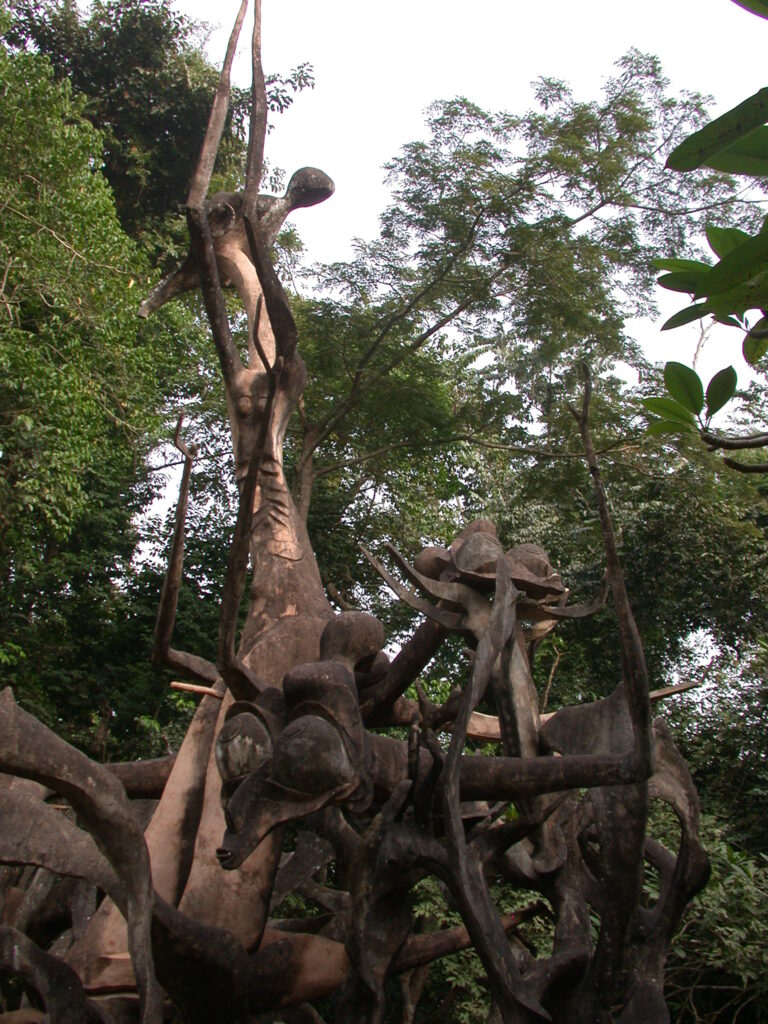
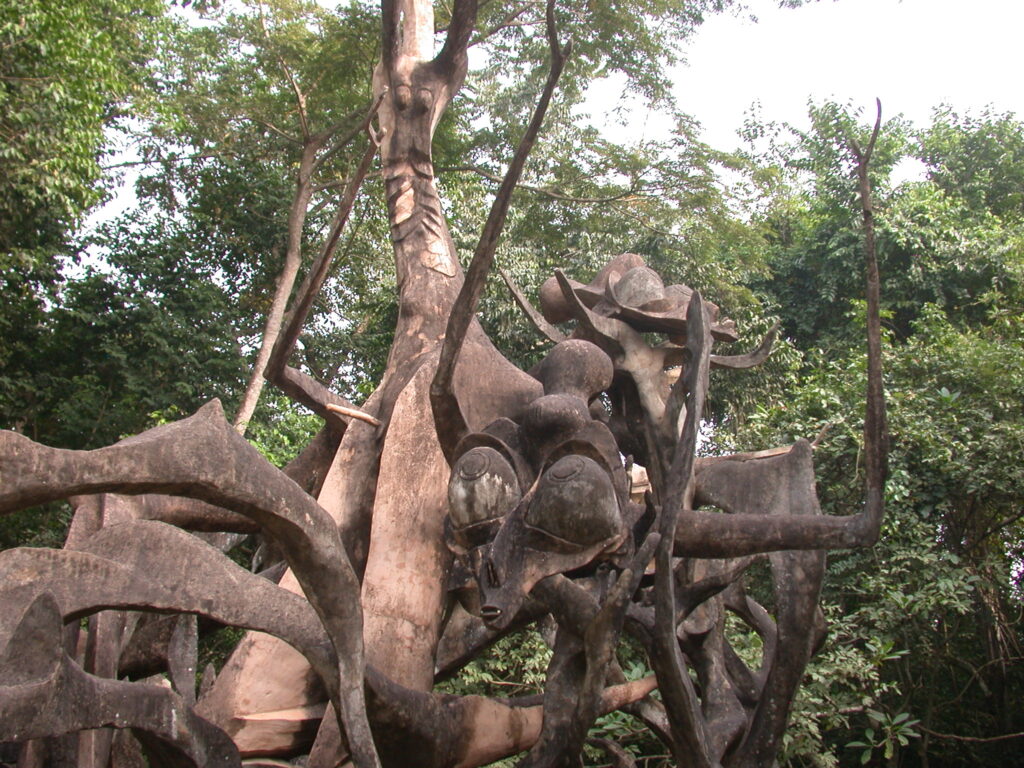
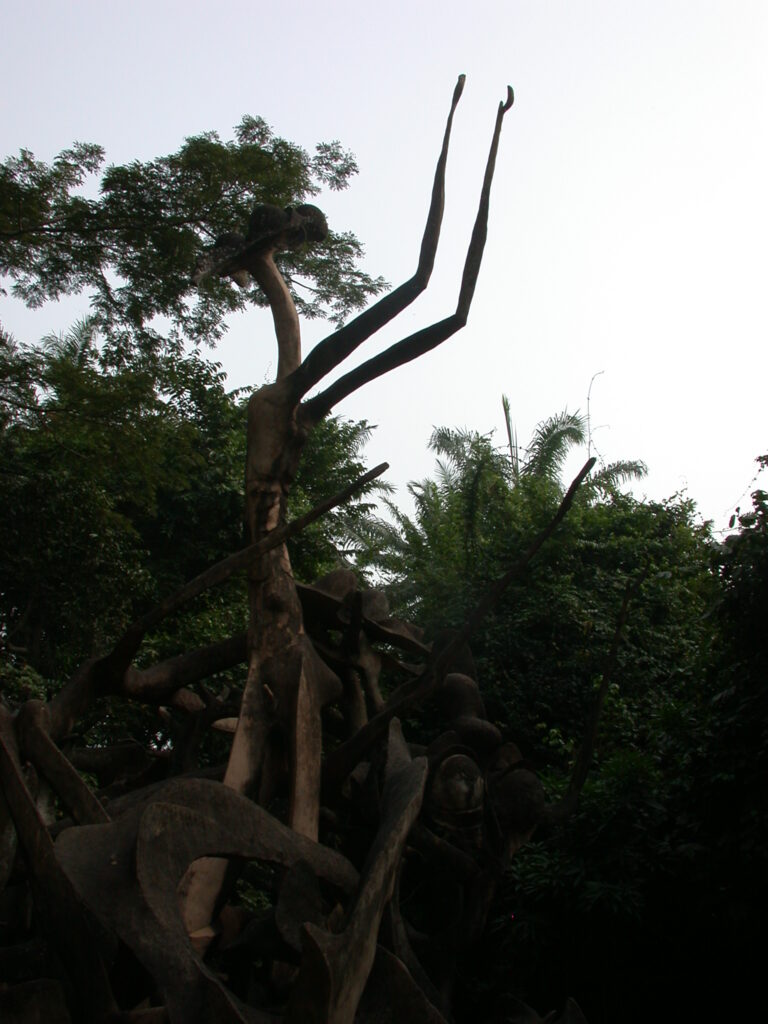
After leaving the portion of the grove, I saw lots of sculptures alongside the access road on the way out.
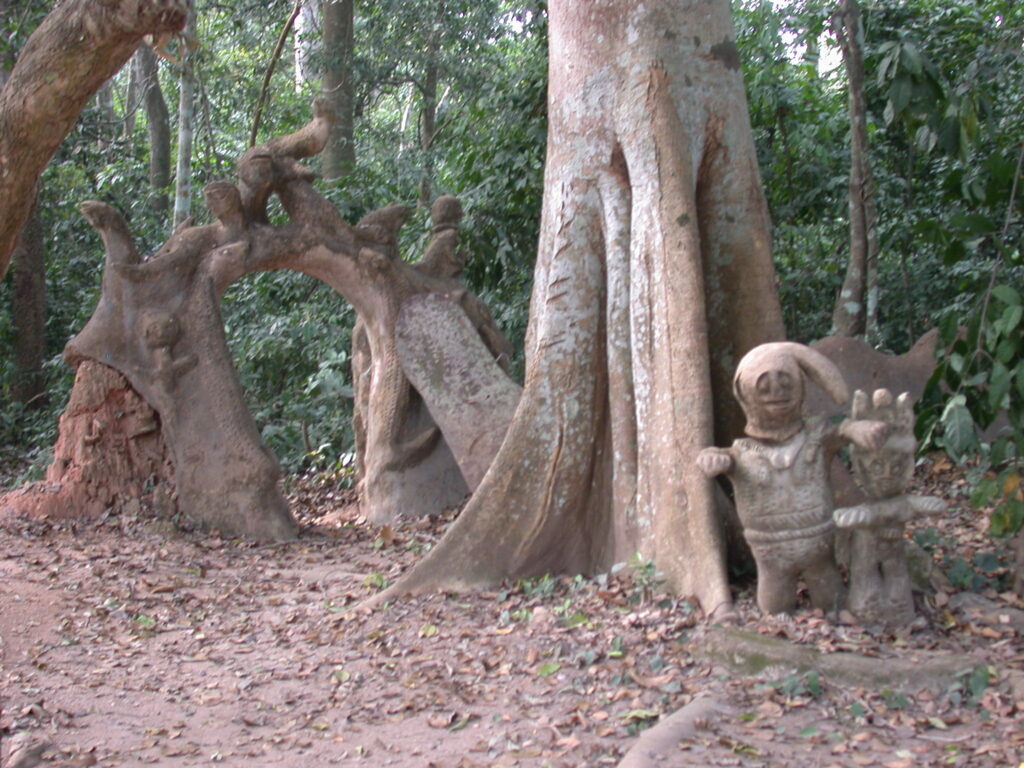
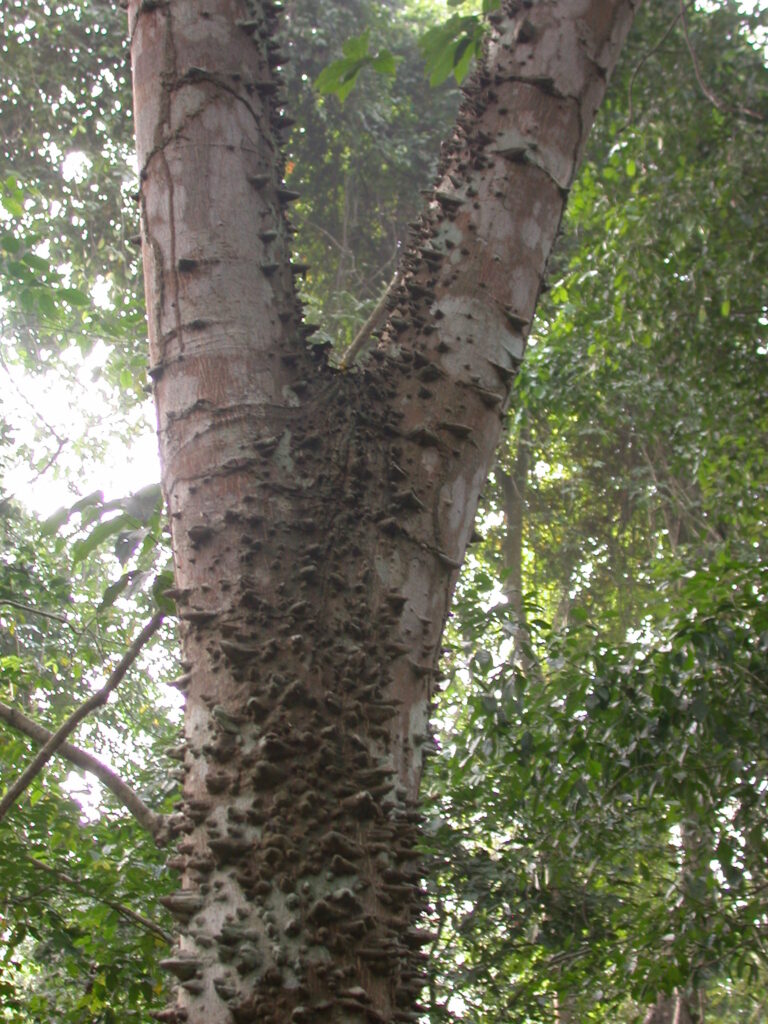
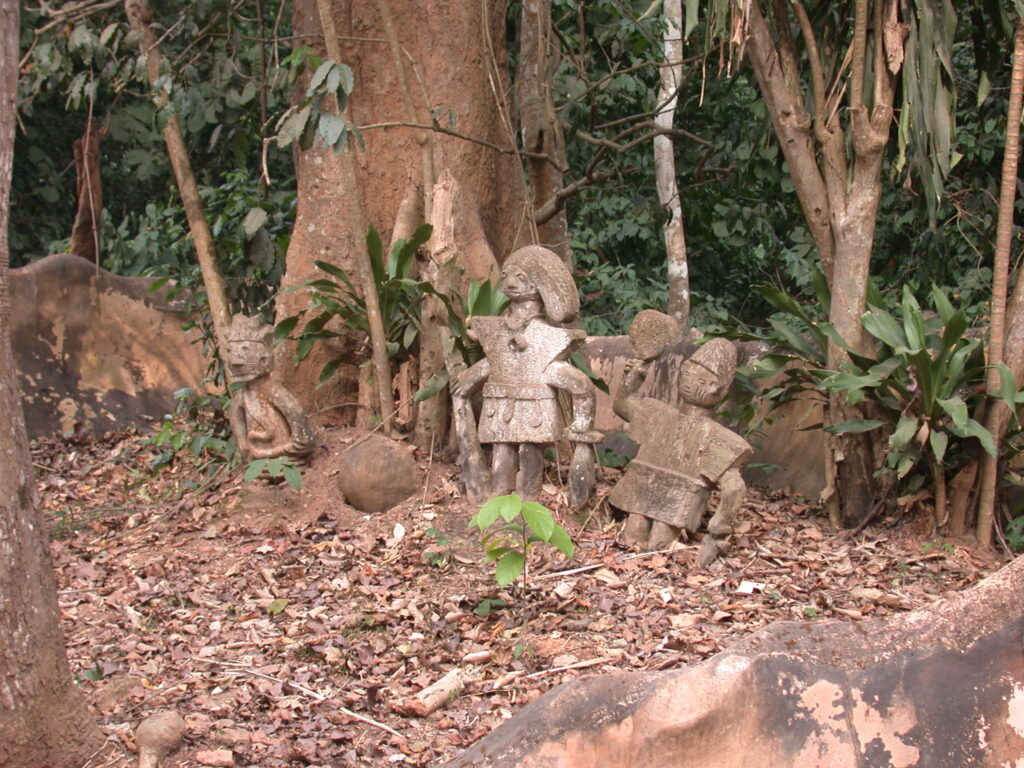
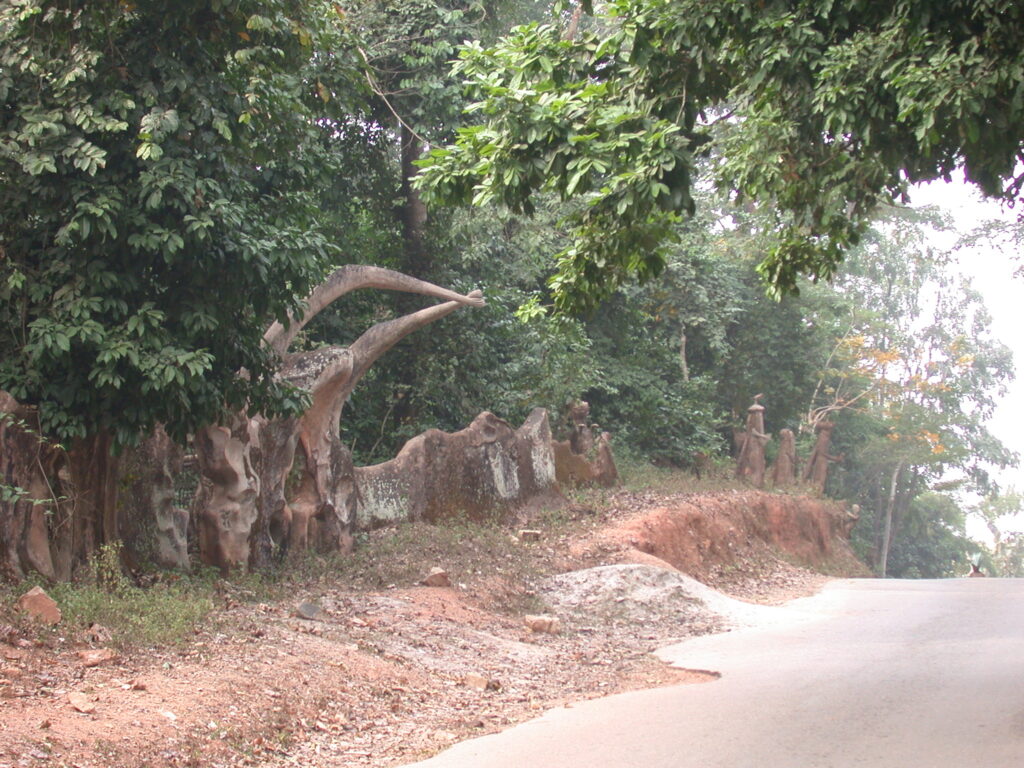
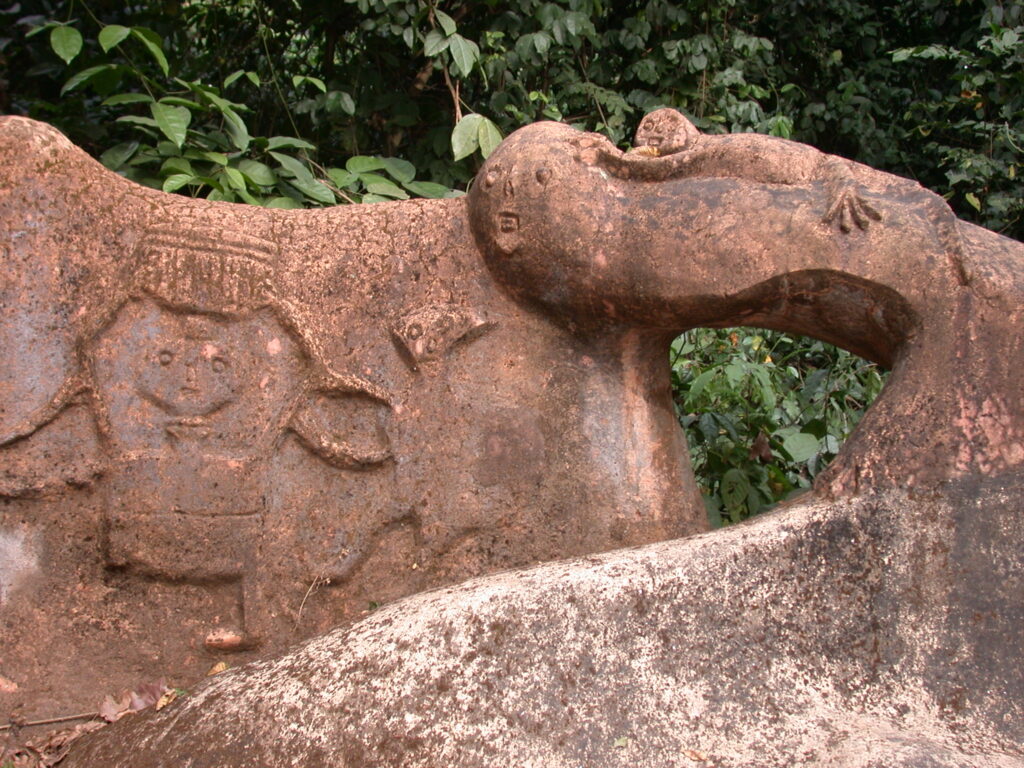
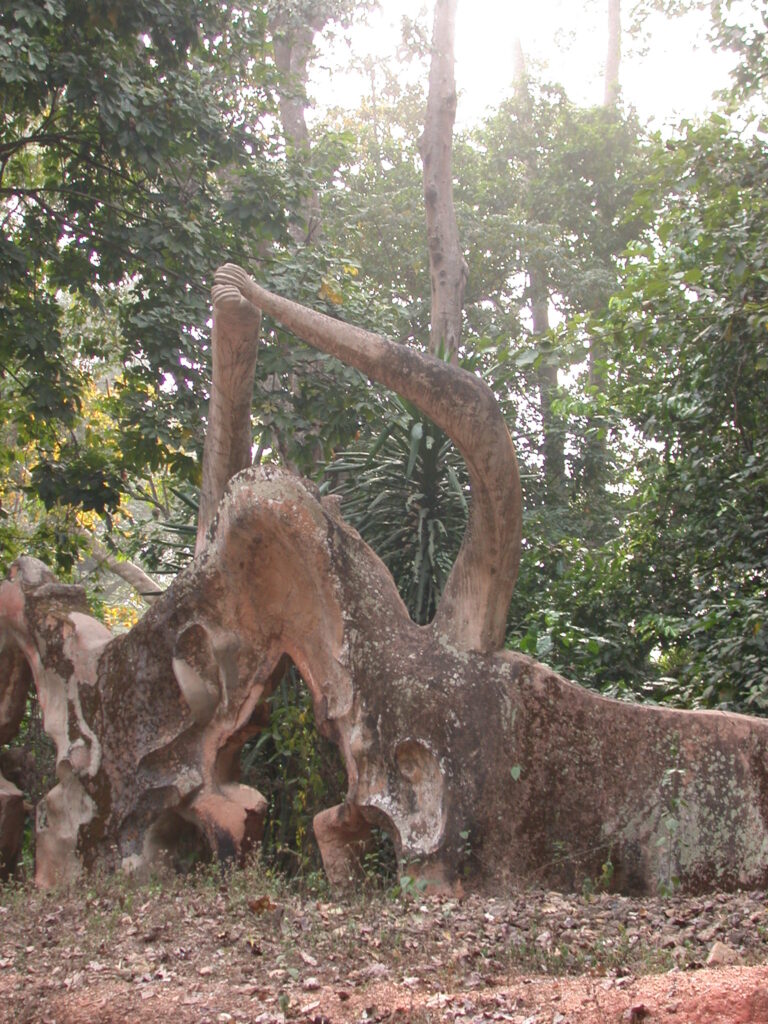
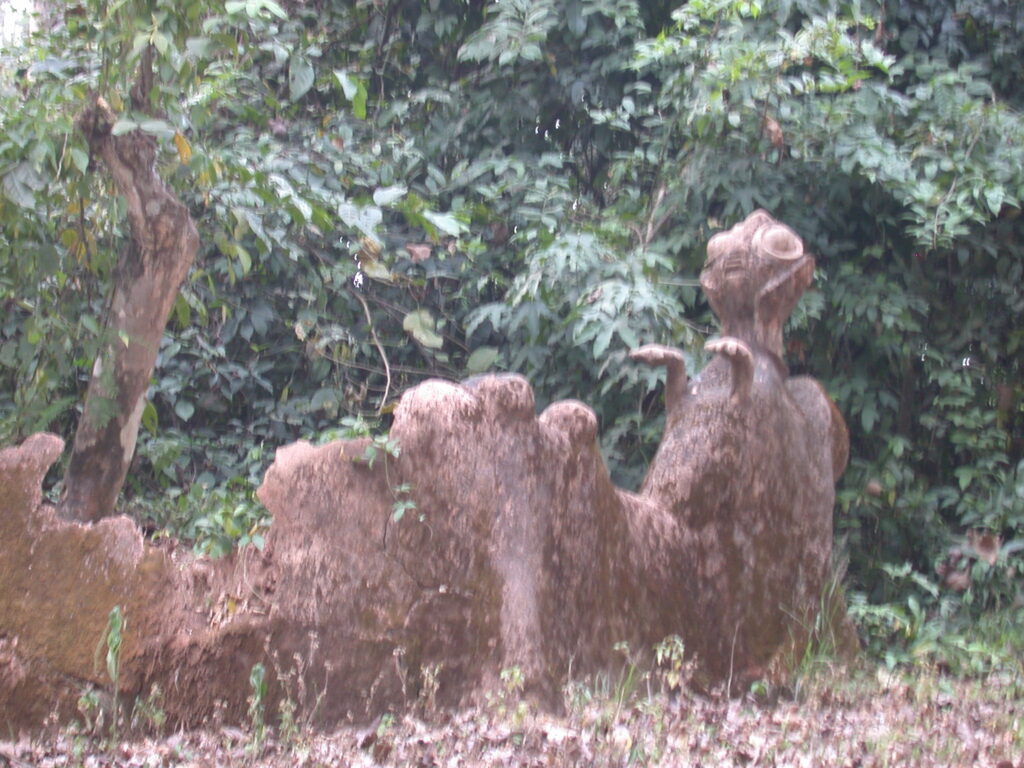
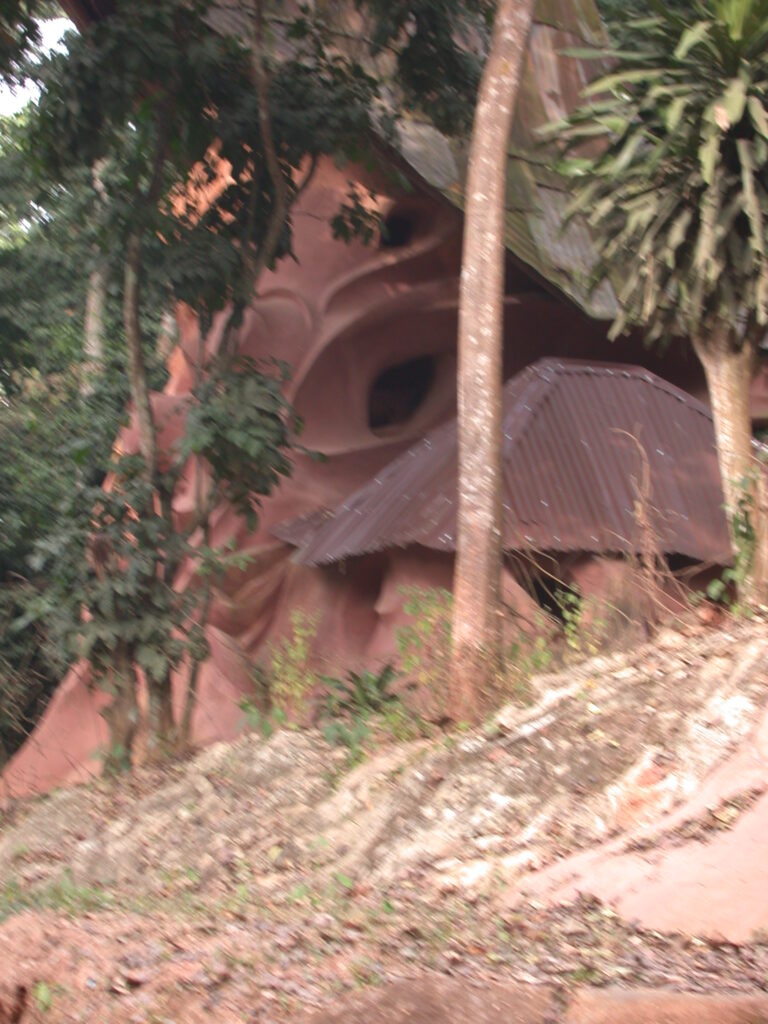
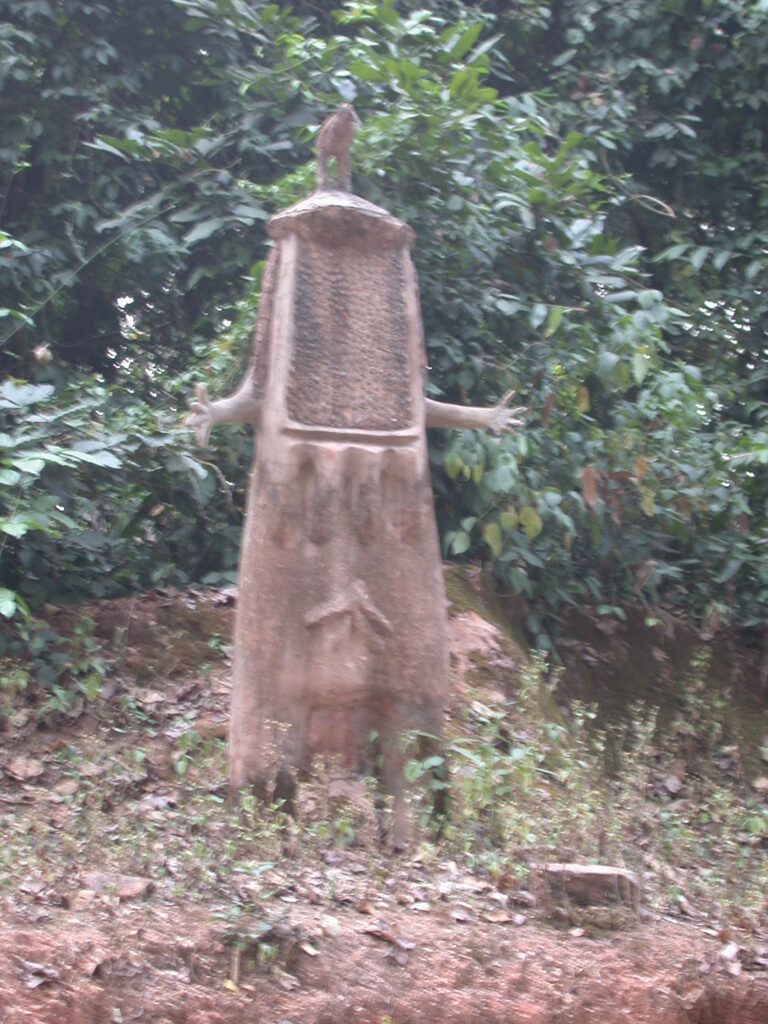
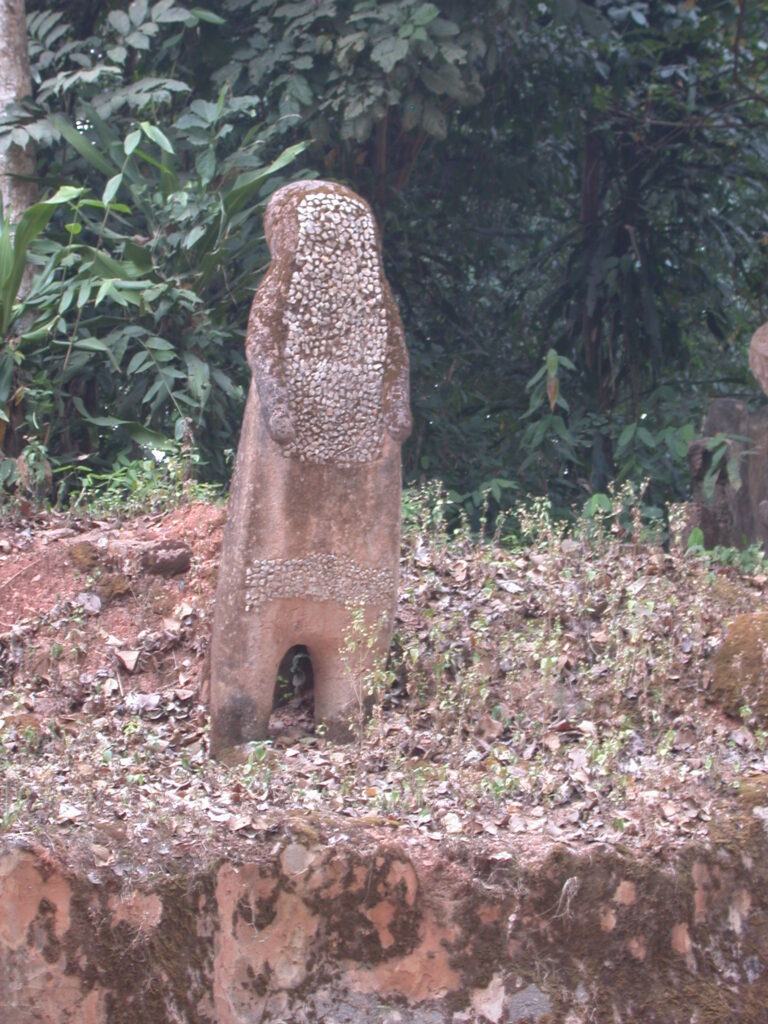
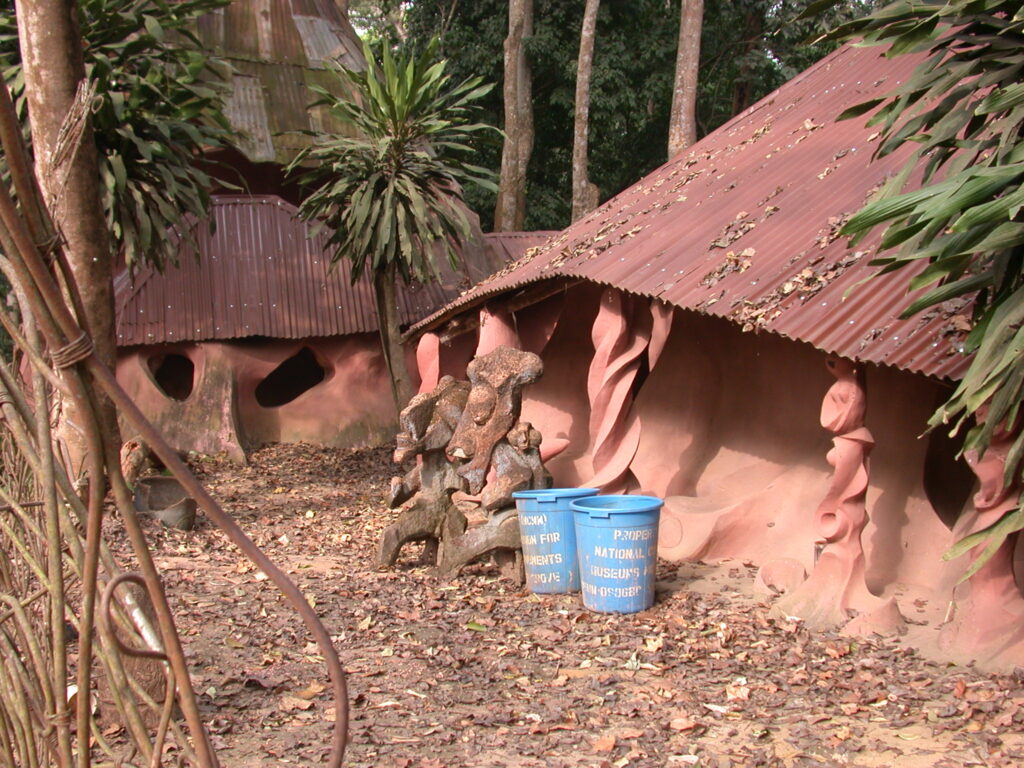
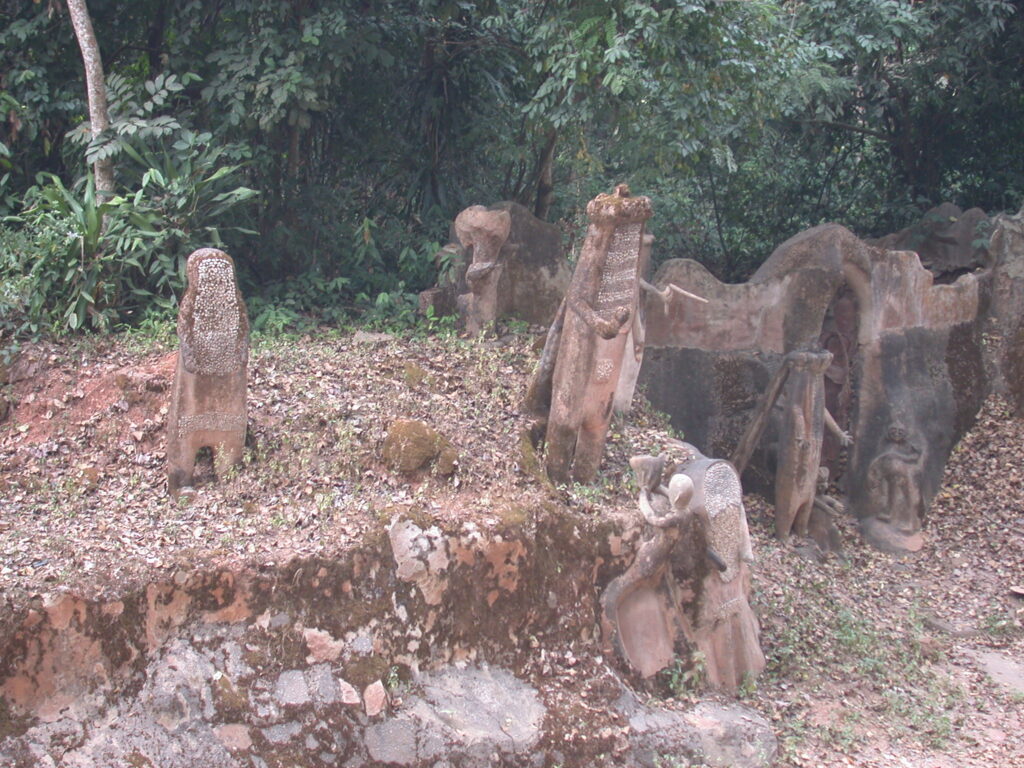
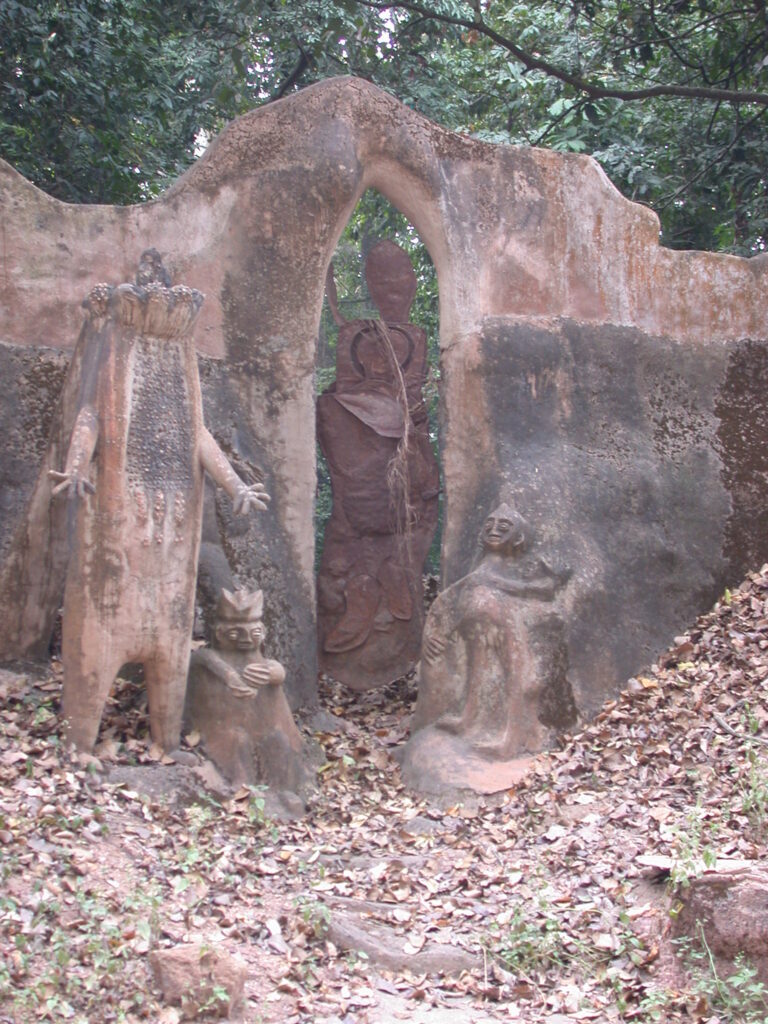
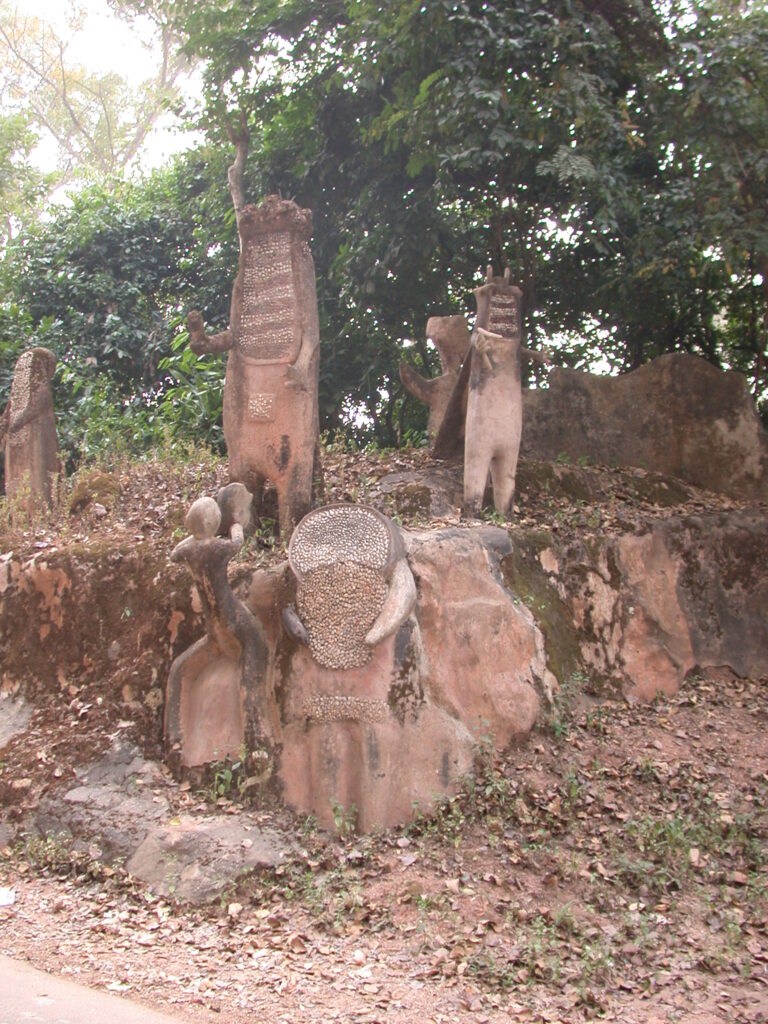
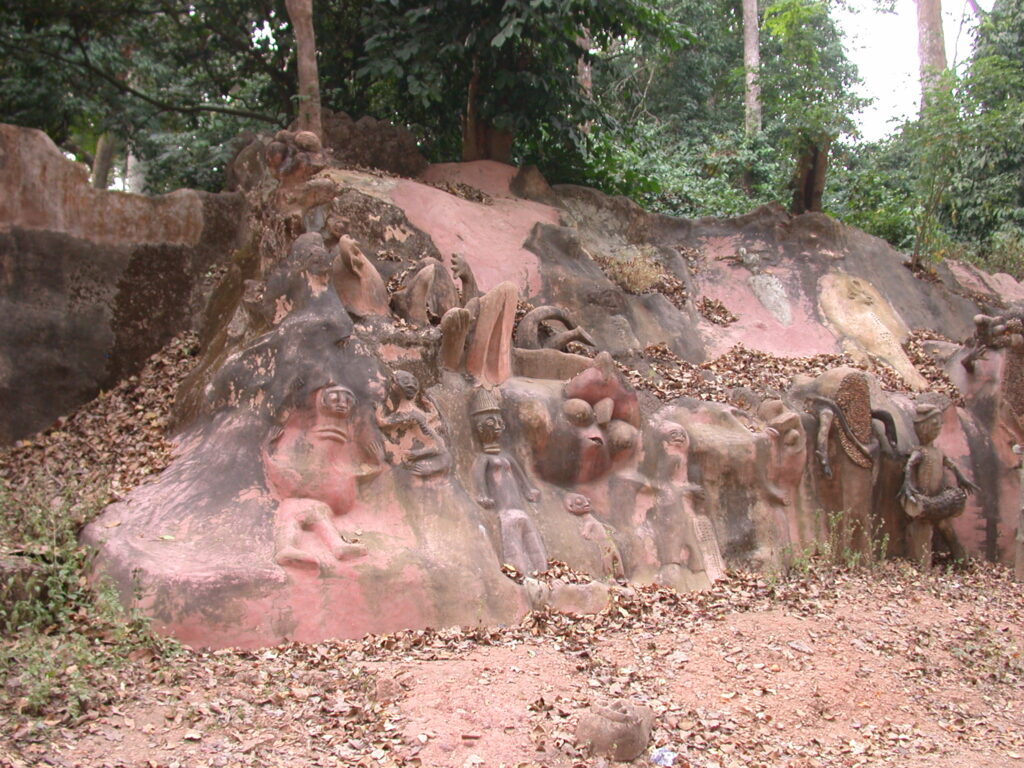
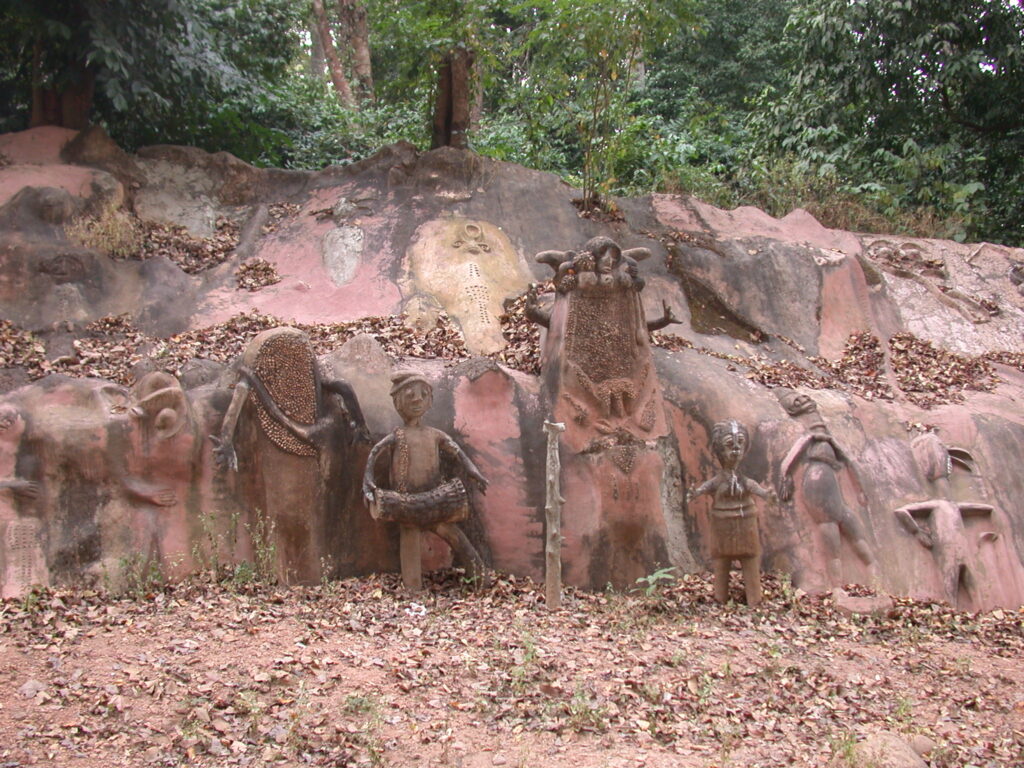
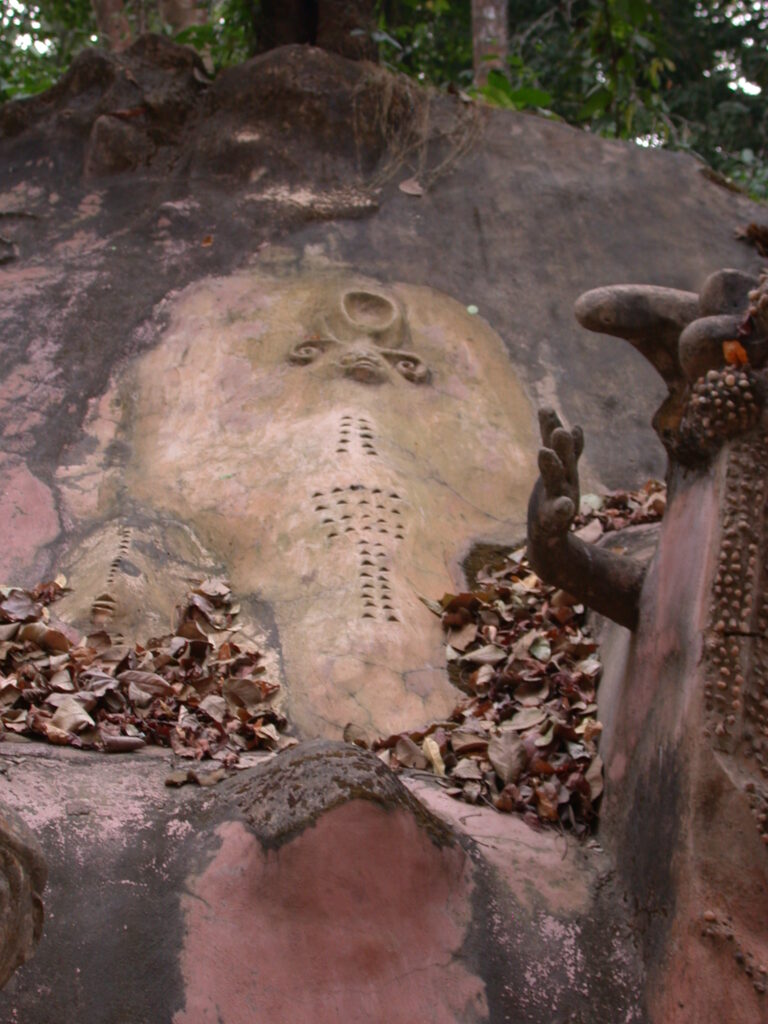
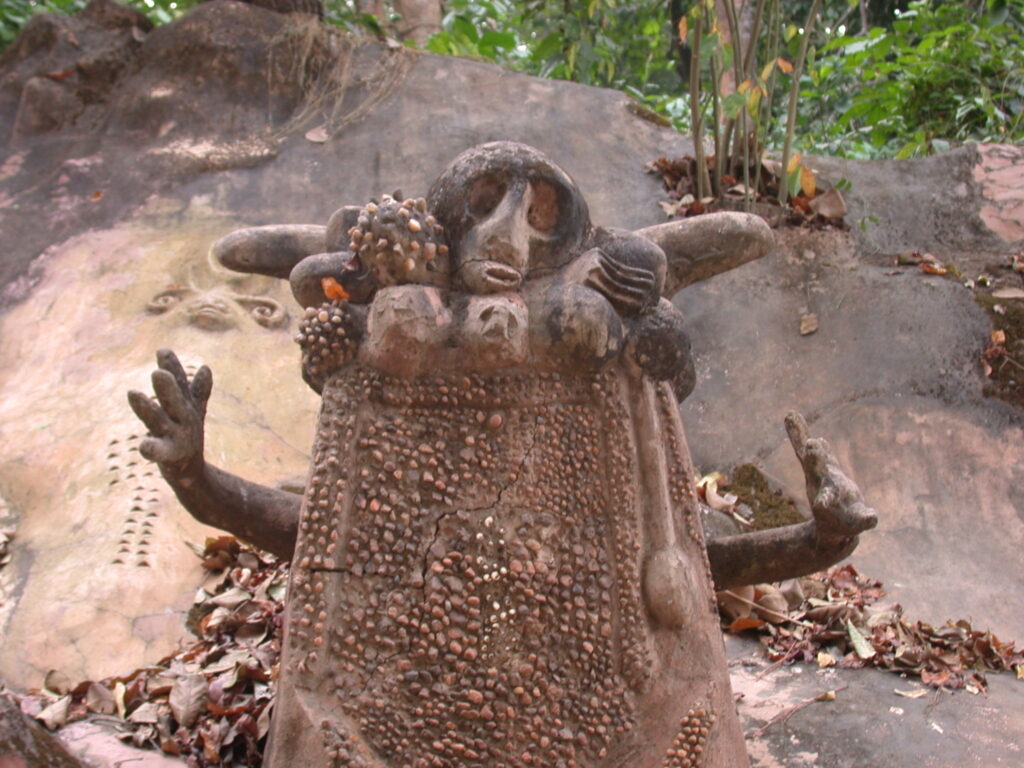
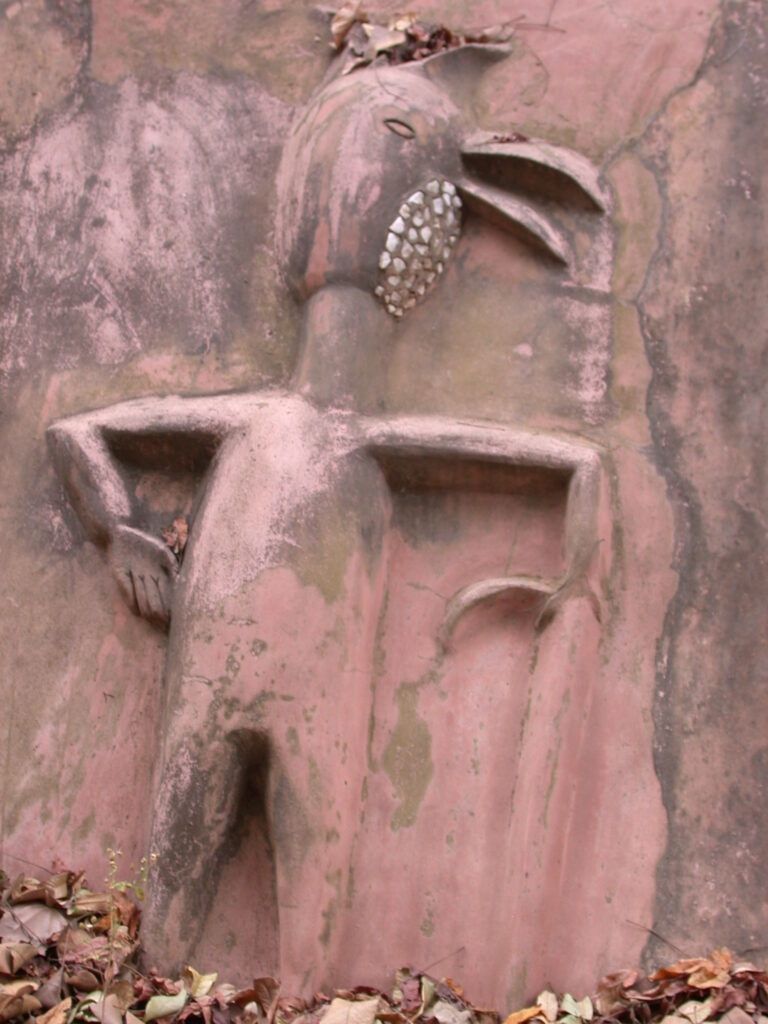
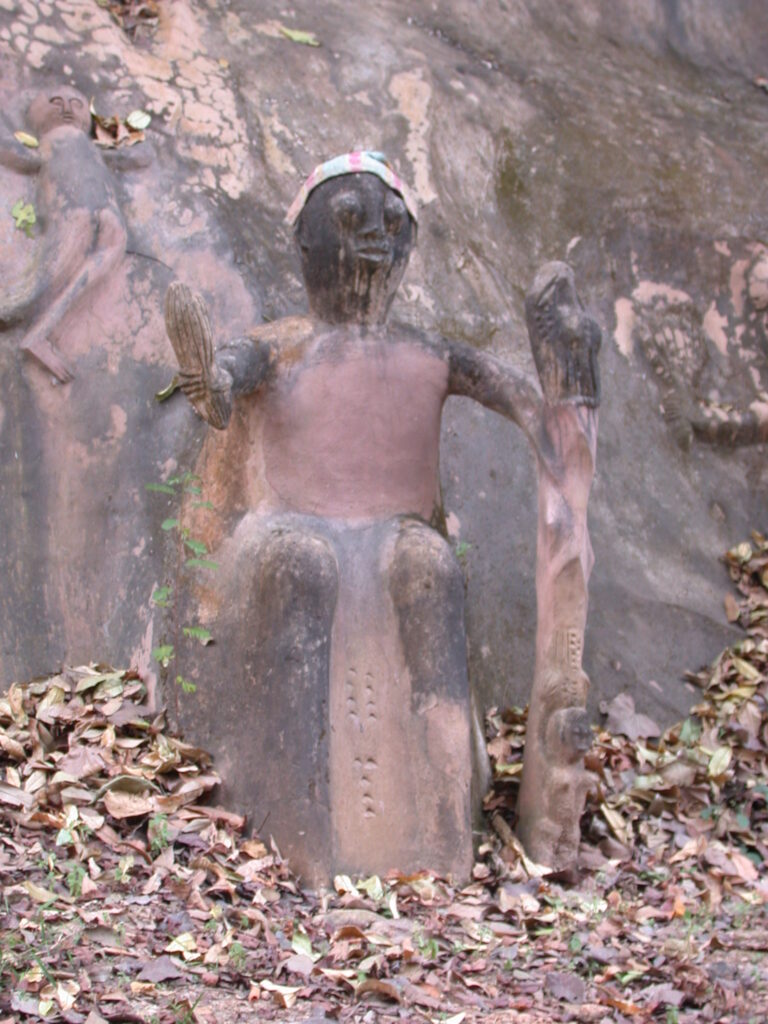
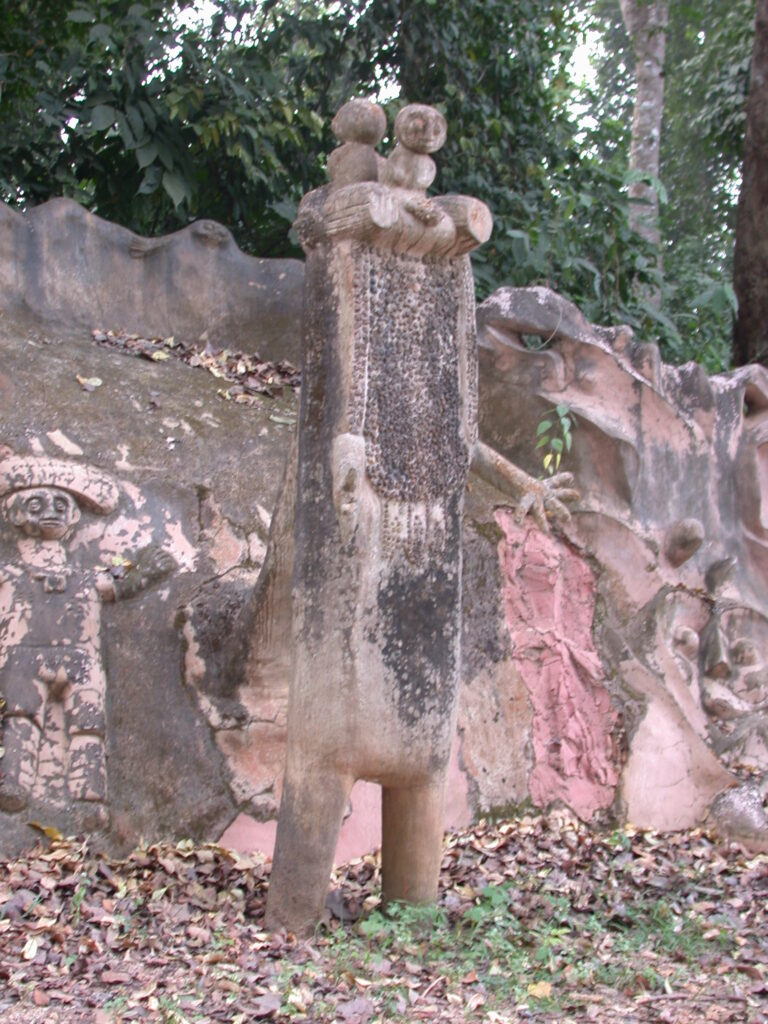
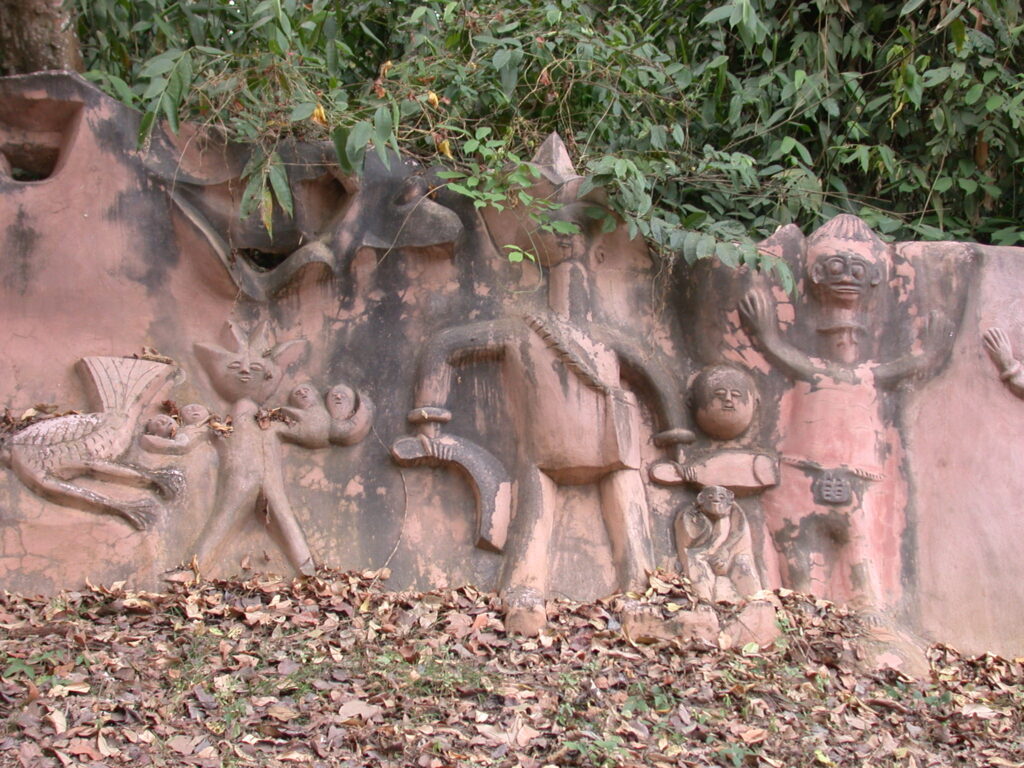
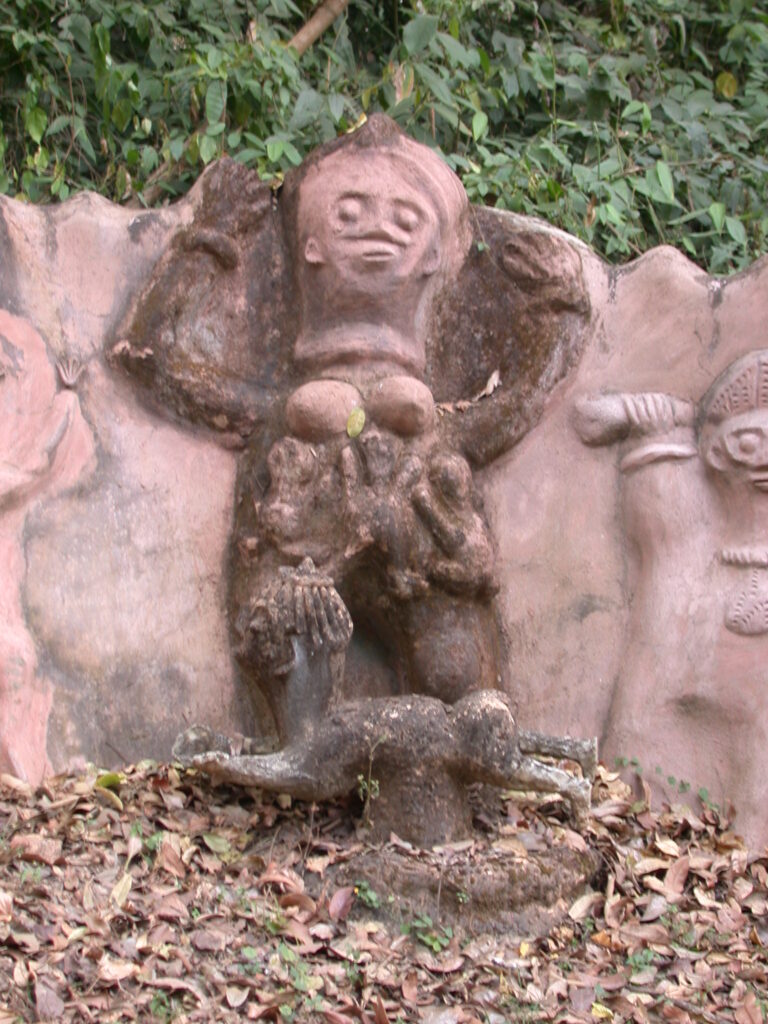
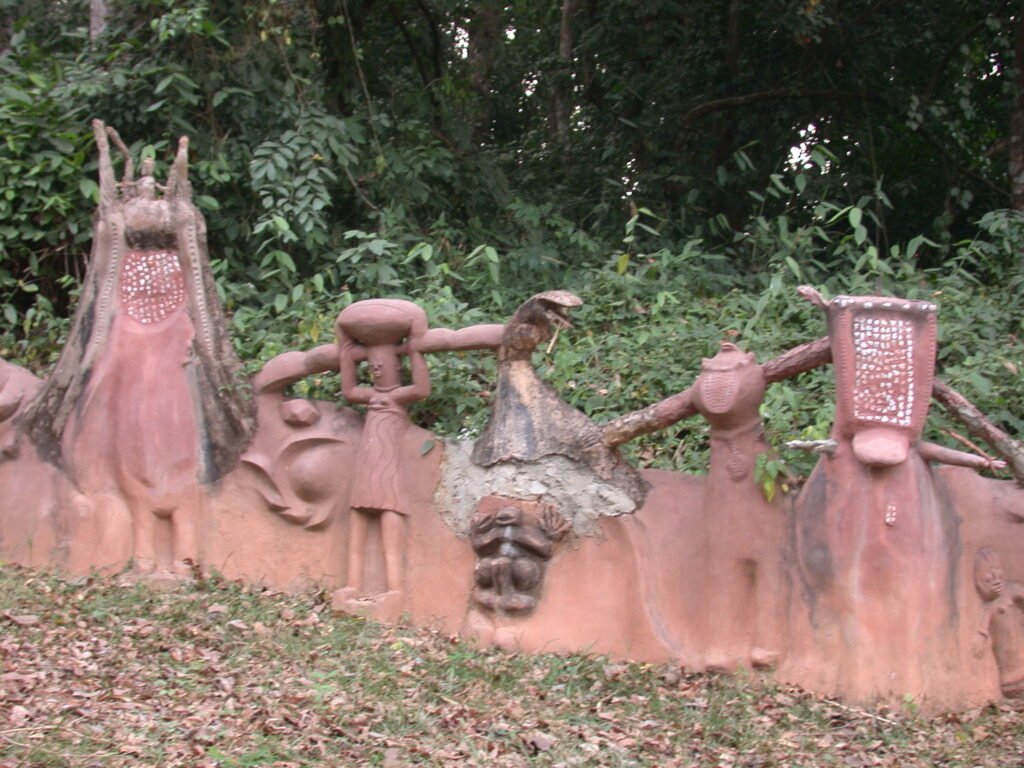
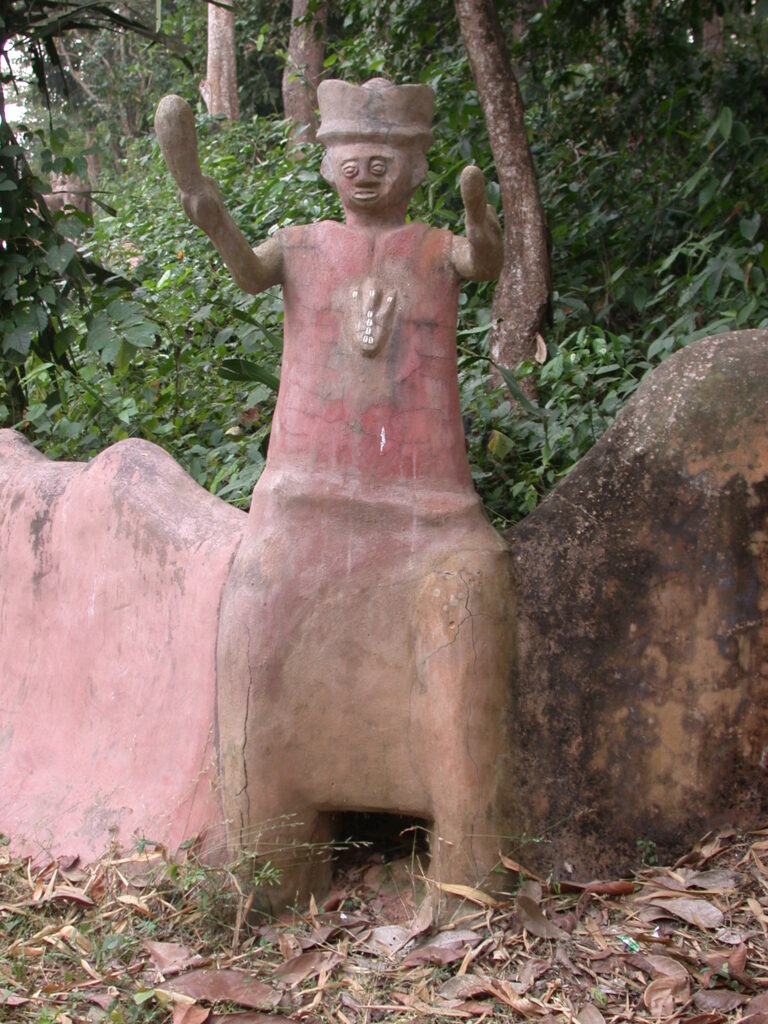
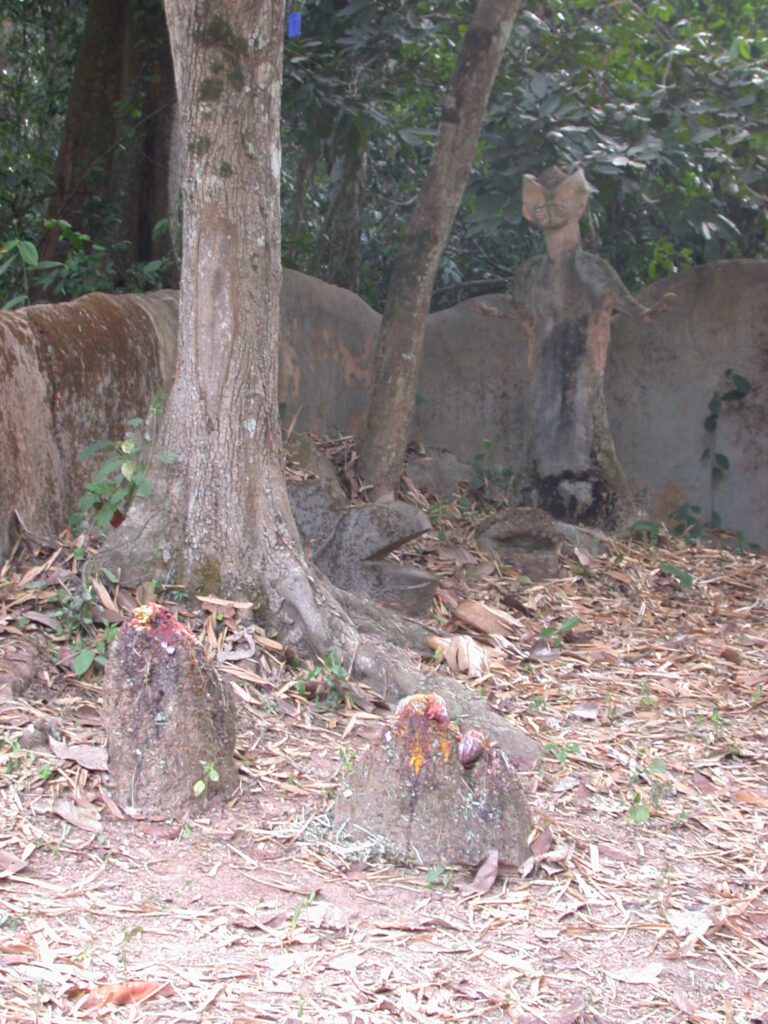
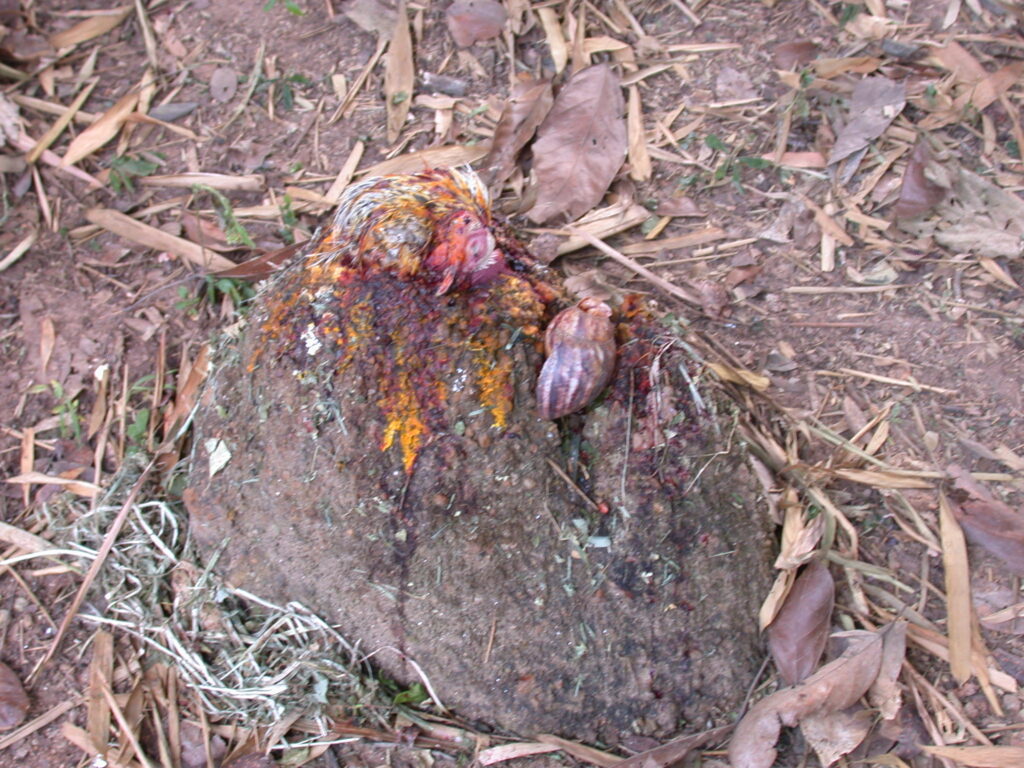
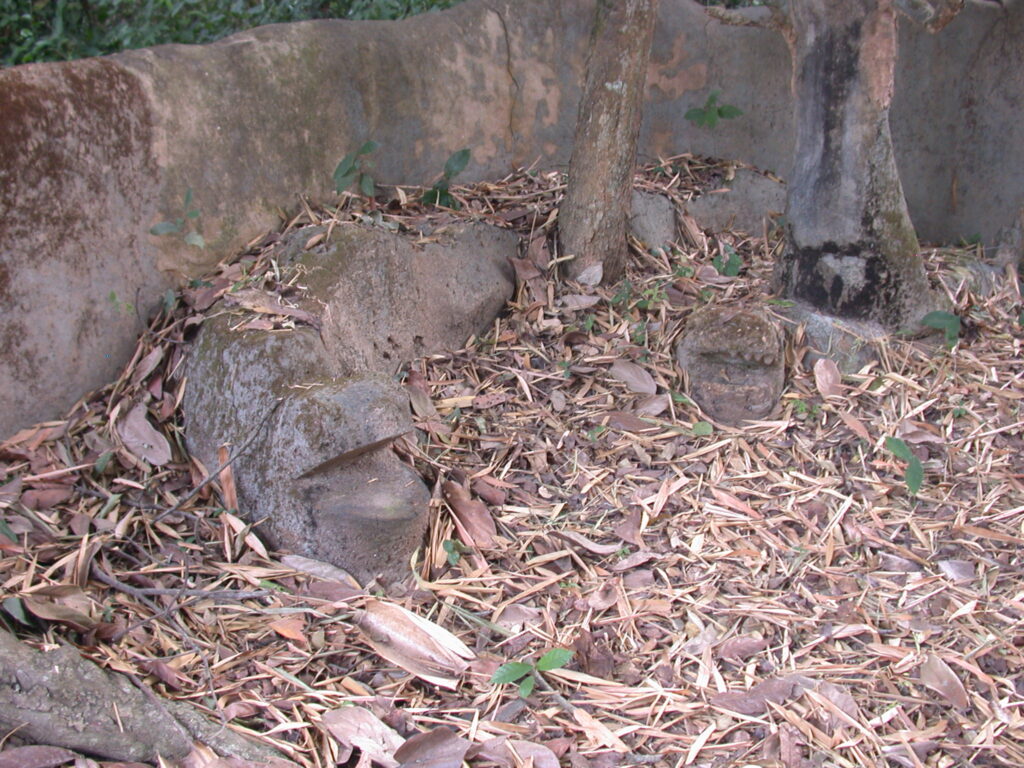
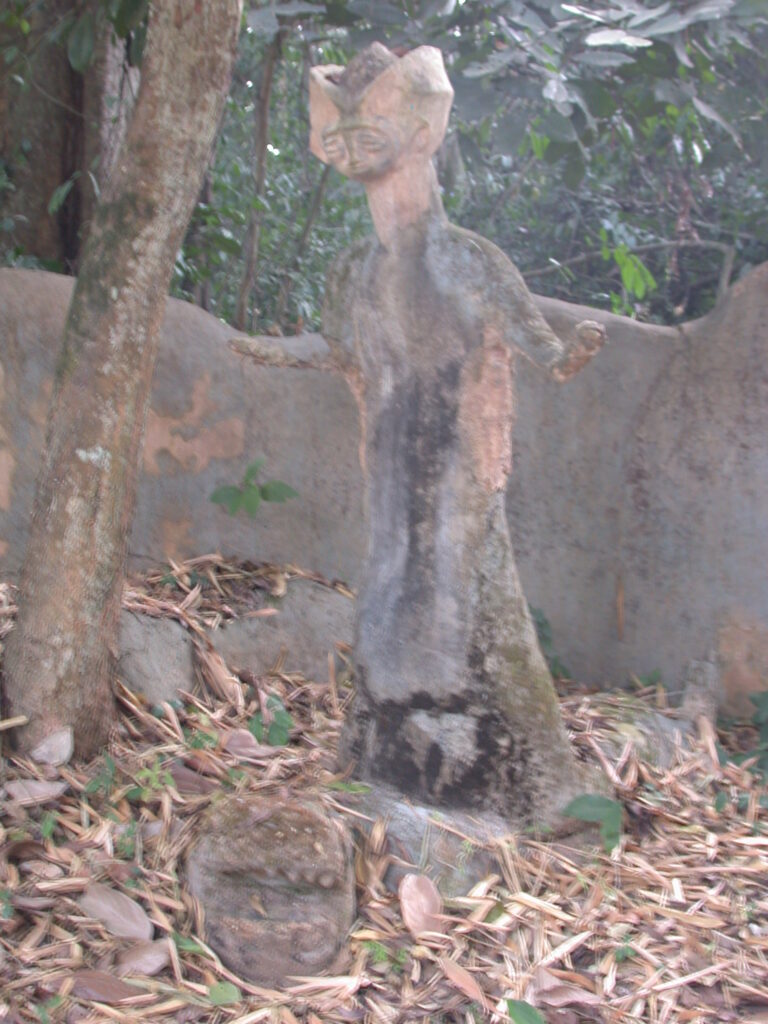
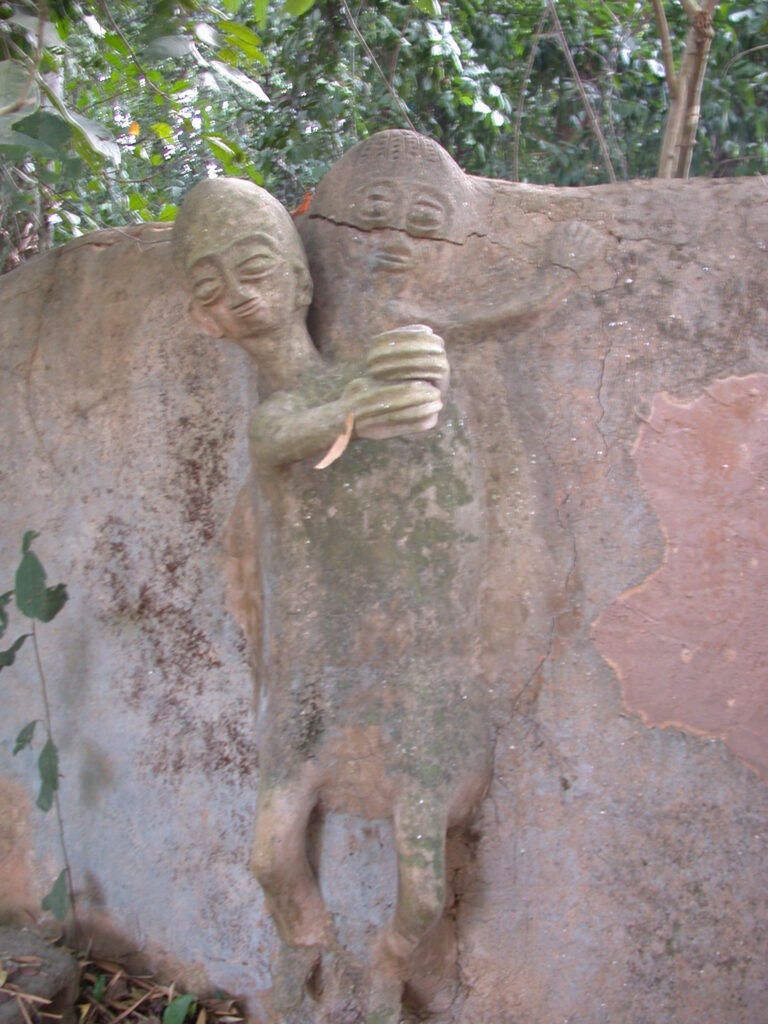
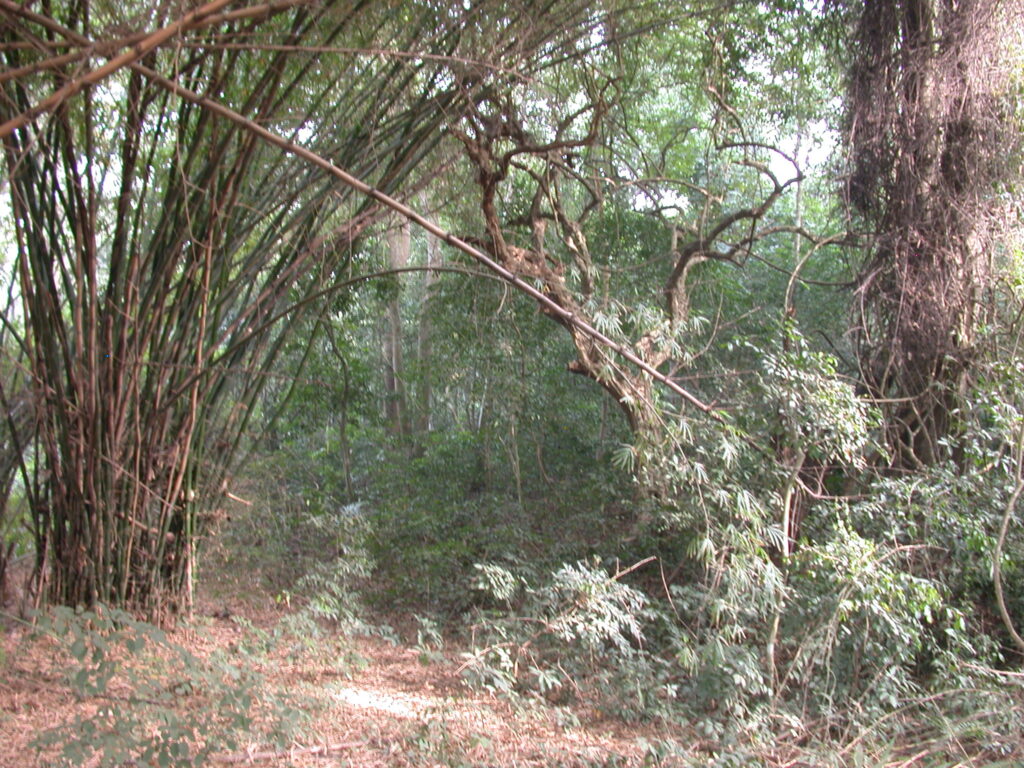
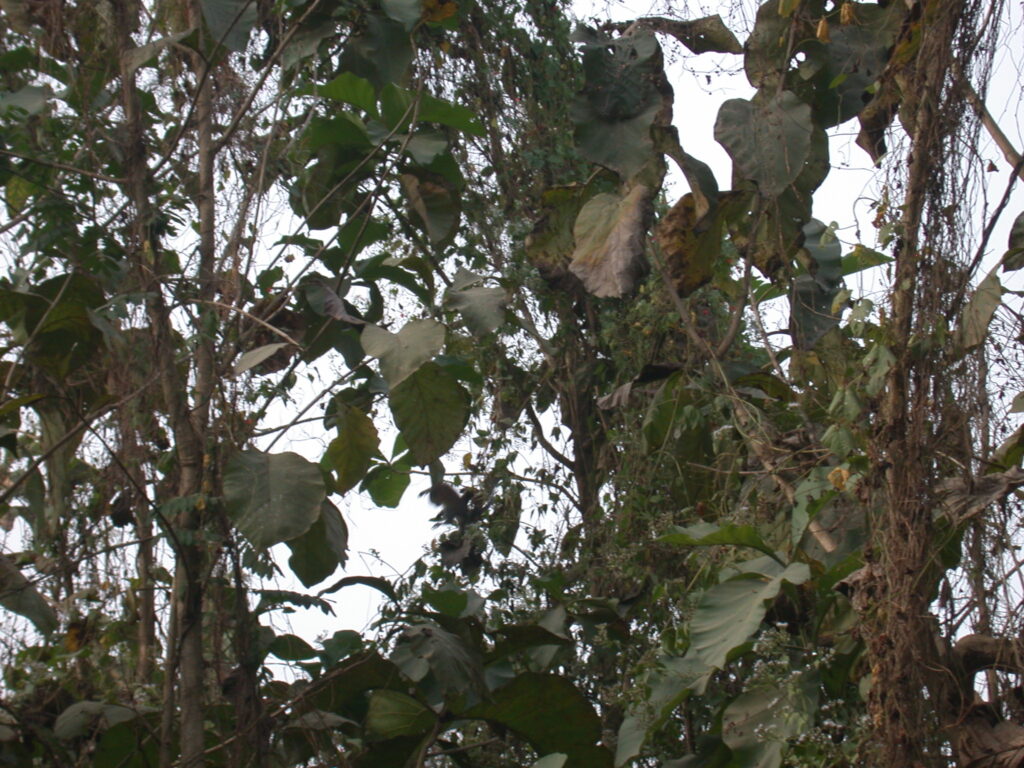
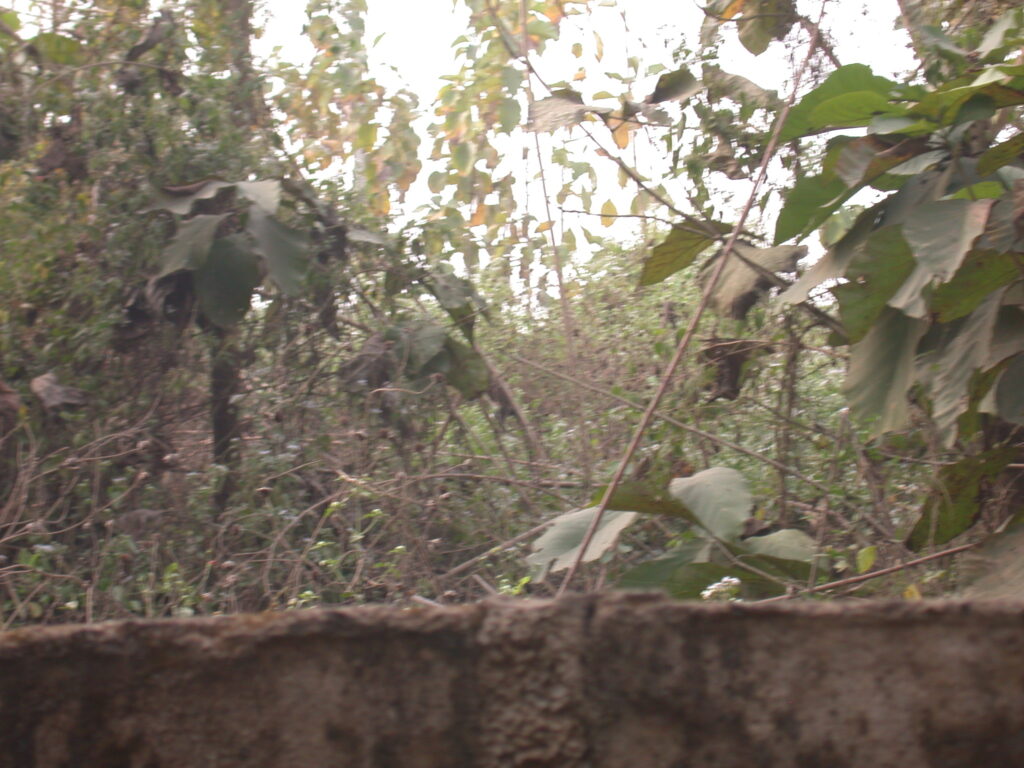
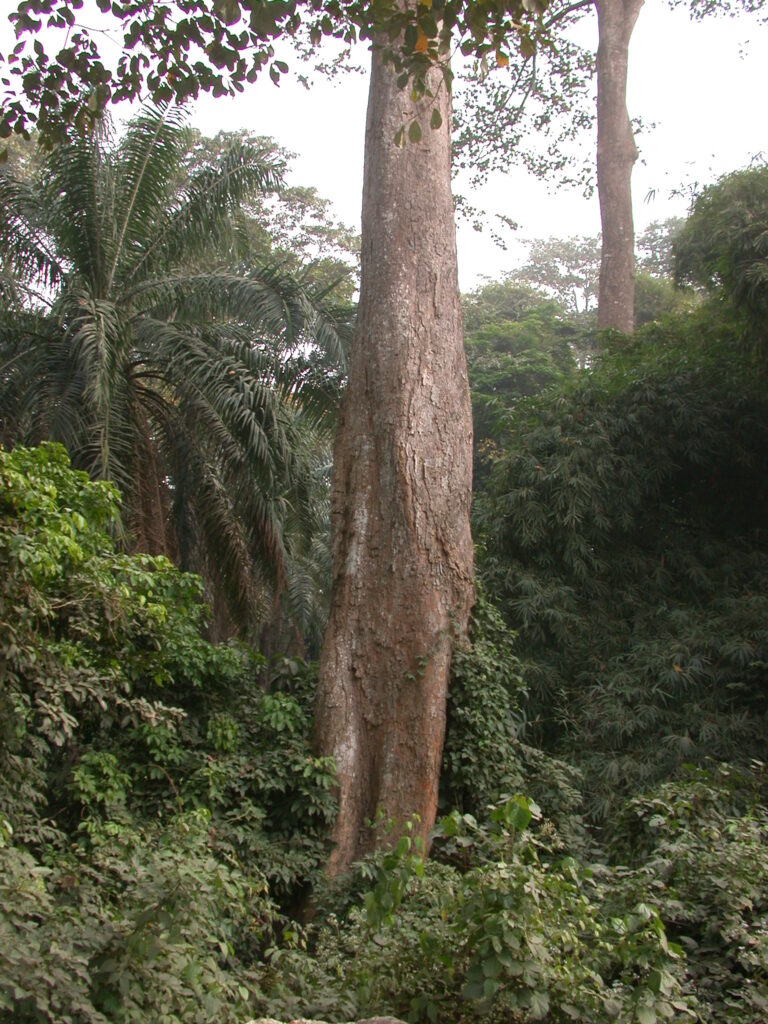
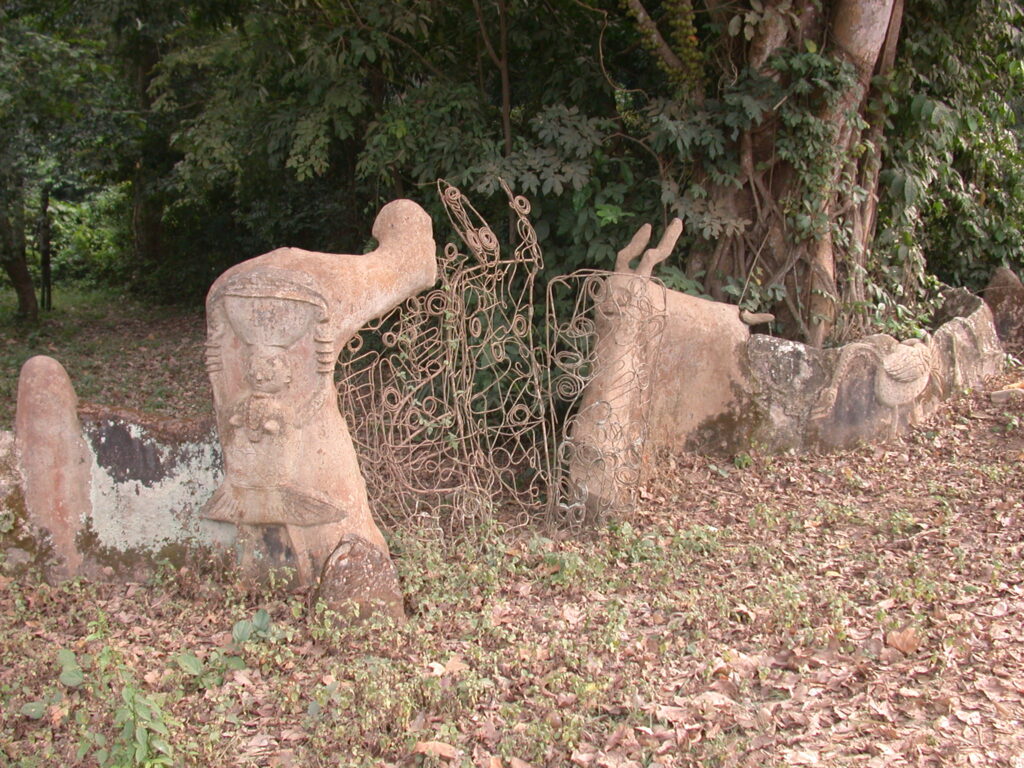
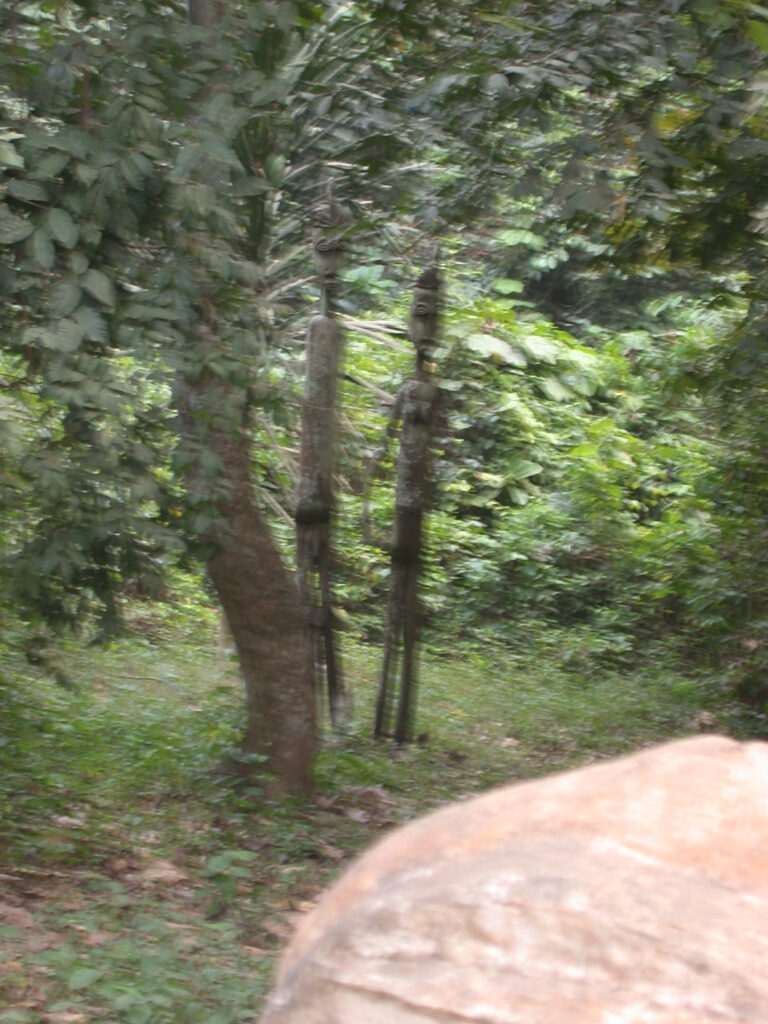
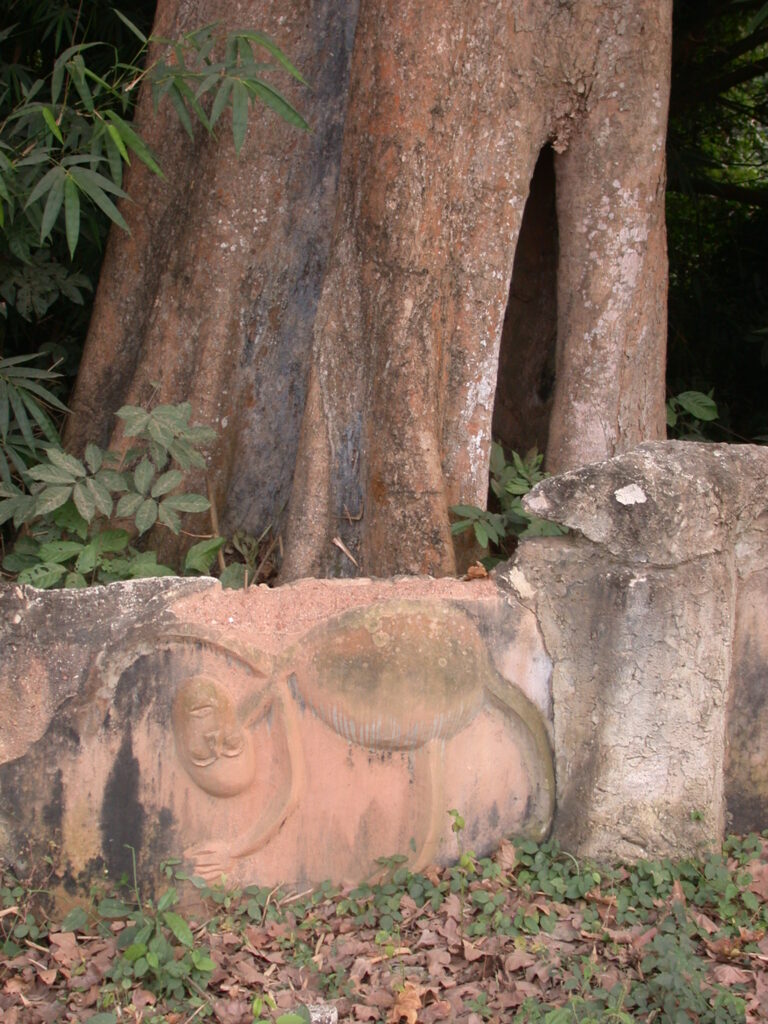
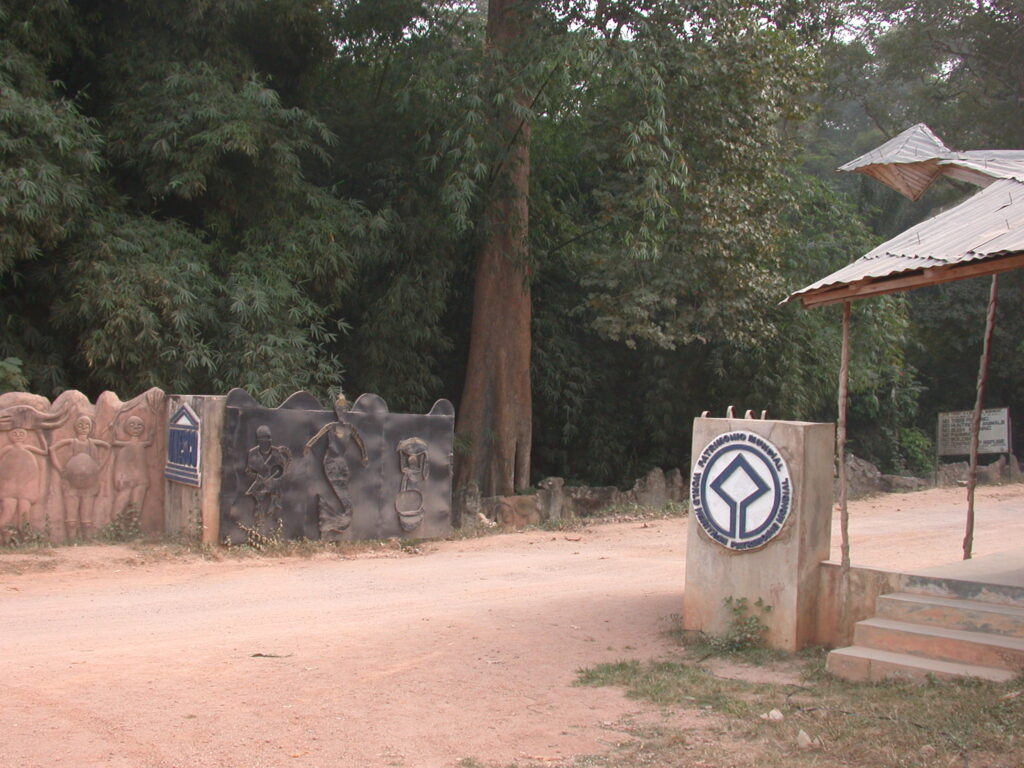
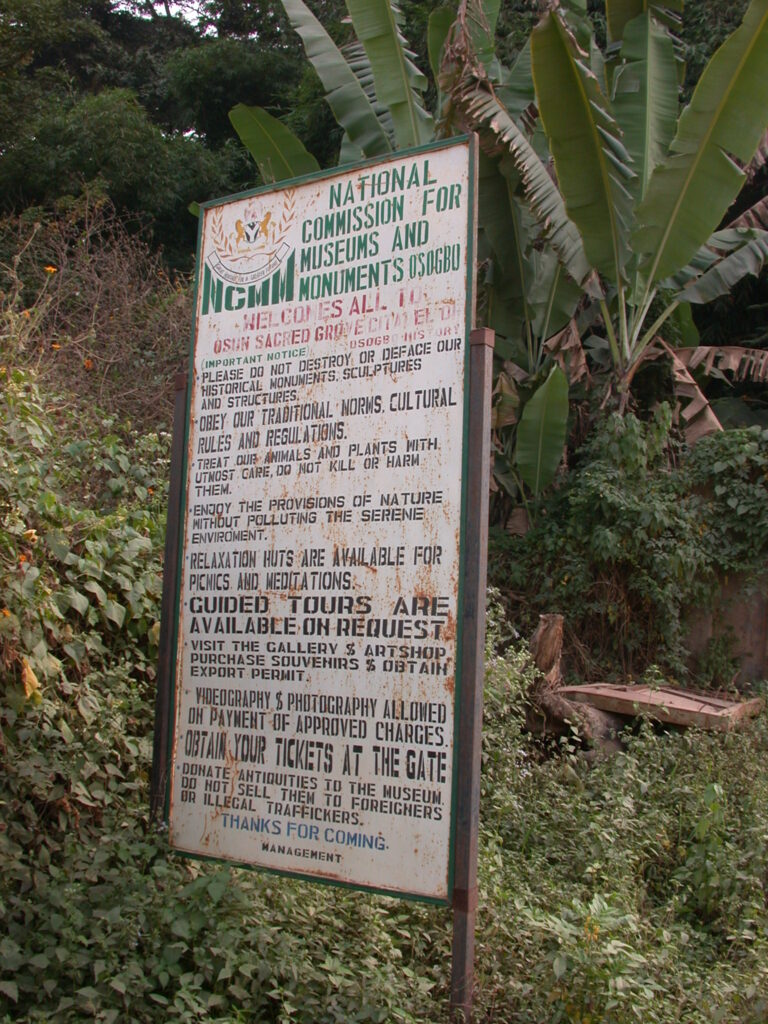
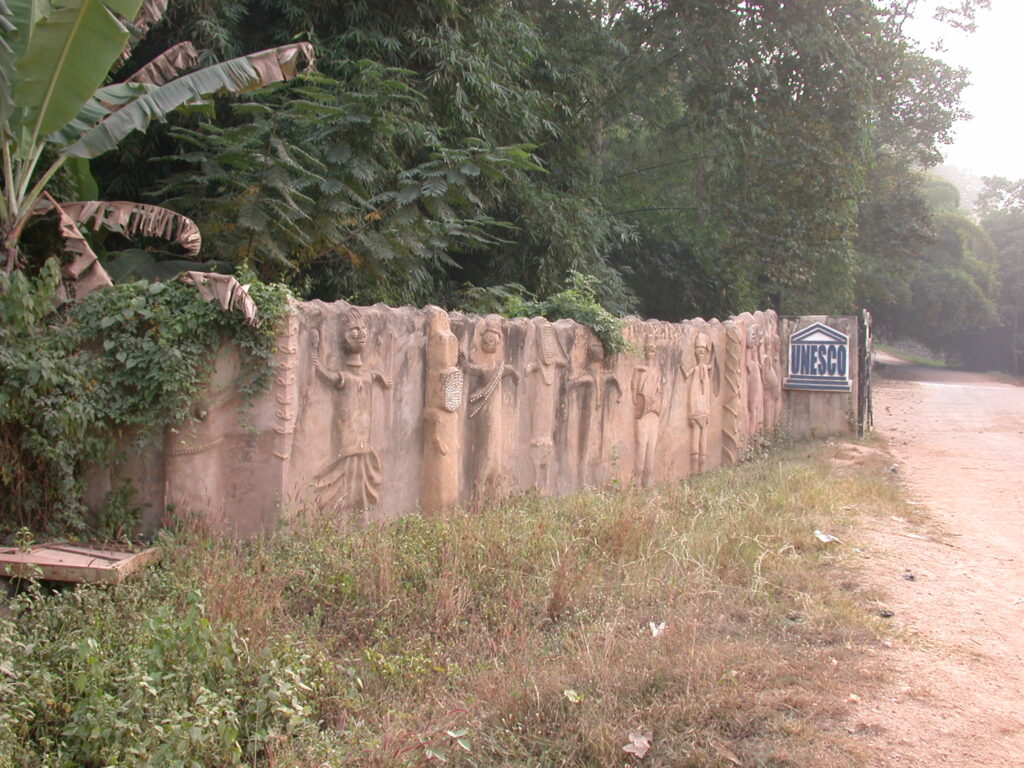
I have located a place in Lagos to replace my lost laptop power adapter, so… Life is good! More after I get my laptop working again.
The ride from Benin City to Ile-Ife was not as difficult as my prior overland travel in Nigeria. Evangelist Christians are omnipresent in most of the southern part of the country with Muslims predominating in the north and traditional animist and other religions hanging on to survival a bit behind the scenes.
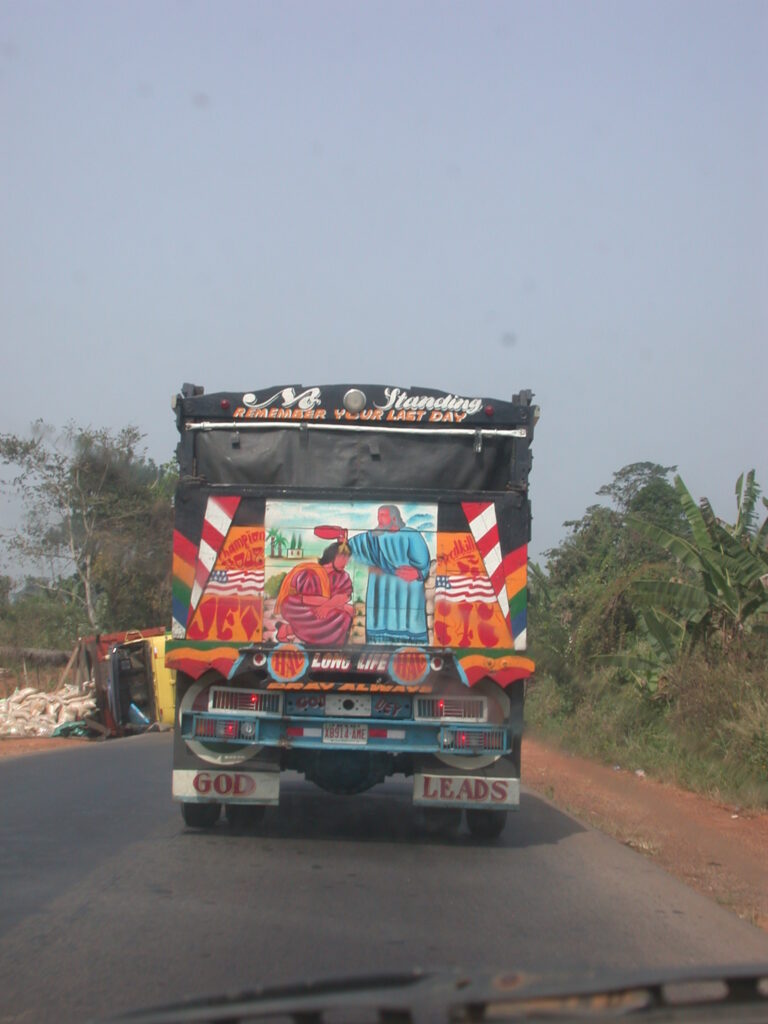
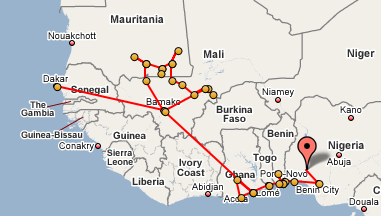
The Ife Museum in Ile-Ife had the following exhibits–
Musical instruments:
Rattles (calabash)
Metal gong
Gan-gan (talking drum with stick)
Saworo (metal musical instrument)
Metal ornaments:
Bracelets, ring, from 10-11th century CE, beautiful designs, woman-figures
Ibeji twin figures
Yoruba consider twins a source of blessing, bring good fortune to parents
Barren women can approach Ogun during Olojo festival to gain fertility, possibly even twins
Ibom masquerade among Efik people in Calabar – snake-like cords and raffia skirt
King and Queen, probably Ooni and wife, his left leg around her right leg, many beads in their crowns, beads on hands, chest, feet, rings on second toes, excavated by Frank Willet at Ita-Yemoo, dated 11-12th century CE, bronze, his face brown, her face green
Emir of Kano’s fara (jester)
Royal stool, terracotta, largest known in Africa from Iwinrin Grove, Ile-Ife, human figure standing on four-legged rectangular stool, behind him a pole of some king with a protrusion over the stool and between its feet
Olokun head, god(dess?) of the sea, giver of children, healer of abdominal disease, treat water with herbs for drinking
Ceremonial Insignia
Heavy next ring with spiral decorations at bottom of think neck loop
Brass mace heads, with aged gagged men with hole for mounting on wood shaft
Brace scepters, one with gagged men, from Ita-Yemoo, Ife
Glass beads made at Olokun Grove, melted in crucibles, various colors, Segi blue beads the most valued by Yoruba, thin and long, light blue
Animal Life
Rams, goats, kids represent offerings to gods and ancestors
Dogs also perhaps, but also as human companion
Snakes and chameleons are sacred
Monkeys in legends
Owl unique in west African art
Yoruba oba may own 40-50 crowns, most made of colored beads, collars over necklaces of fold, fly-whisk of horse hair
Offering pots at shrine or sacred grove, or burial place
Ade Owo Eyo – crown of cowrie cells, worn by wealthy individuals
Hunter mask – skin-covered wooden mask worn as camouflage
Sango stool and staffs
Orere Ifa (Ifa priest staff)
Wooden tray for divination with palm nuts
Divination tray (wooden) – with Opele divination instrument, dried fruit of Schnebera Golugensis – has convex and concave surfaces
Araba – Ifa chief priest – bust adorned with cowries selected from male Ifa worshipers without facial marks, presides over Ifa meetings and annual Ifa festival proceedings
Ase juju – usually prepared inside horn of ram or goat, invoked for cursing or healing, protruding pin inside the Ase – when removed and touches tongue, becomes a potent force of command, cursing, or healing
Ojboni metal crown – conical with facial representation, secret cult originating in Yorubaland and spreading elsewhere
Beaded bag – used by Yoruba ritual specialists, esp. Ife diviners and Sango priests
Archaeology in Ife:
Lander, 1830
Elgee, 1908
Ennett, 1910
Frobenius excavated Olokun Grove
Wunmonjie finds in 1938
Osangangan Obamakin Grove, 1943
Abiri excavation by Bernard Fagg, 1949
Ogun Ladin, Olokuri Walode, Ogbon Oya, 1953
Yemoo, Frank Willet, until 1983
Obamari Grove and Oduduwa College, Oliver Myers, 1964 and 1966
Stone carvings from Ore (One?) Grove
Potsherds Pavement – Luwoo – during reign of only female ooni of Ife-Luwoo, c. 1100 CE
Opa Oranmiyan (Oranmiyan staff)
Legend of sword that turns into obelisk
Oranminyan, youngest son of Odududwa, c. 1200-1300 CE
Husband of Moremi, heroine of Ife
Benin dynasty founded by Oranmiyan, married one of their daughters
Gave birth to Eulaka, first Oba of Benin
Then went to Oyo where his son Ajaka became Alaafin of Oyo
Oranmiyan then drove Ooni Aleyemore (son of Obalufon Ogbogboirin) off the throne of Ife (he had taken throne after Oduduwa’s death)
Ile-Oduduwa – location where Oduduwa believe to have resided
Oke Mogun (Ojobo) shrine, sacrifice offered to Ogun, god of iron, during Olojo festival, Ooni of Ife must visit twice to offer prayers for subjects during Olojo festival, only day when ooni dons the Are (or Ave?) crown
Igbo-Ukwu, 9th century CE, found burial chamber and art in 1938
Conical heads, used offerings at shrines or memorials to ancestors as tradition possibly elder than naturalistic heads
Crucibles found at Itajero used for making beads
Olokun Grove only place with both iron smelting and glass bead technology
Lokoloko stick – used to control crowd during Olojo festival
Osangangan Obamakin Grove – terracotta figure with elephantiasis of scrotum (Ile-Ife)
Ajilekege – granite head from Esure Ekiti, Ife
Stone vessel excavated from Orangangan Obamakin Grove – bubble at top suggesting palm wine fermentation, palm wine essential ritual item for Ogun during Olojo festival
Edan Ogboni – brass insignia worn around neck, male and female figures joined by chain, given to every member of Ogboni/Osugbo society among Yoruba
Ceremonial insignia of Yoruba cults:
Edau figure
Oluwo staff
Yeye
Plier ceremonial tool
Small scythe-like ceremonial tool
Gun powder flask with double face
Ogboni bell for heralding commencement of meeting
Oluwo figure
Bell probably used by Ifa cult, tall conical brass, nine inches long
I almost didn’t get to see the Oba’s palace in Ile-Ife, but luckily some other tourists wanted to see it at the same time, so they gave us a little tour for a little price. It was there I learned about Moremi, “the heroine from premordial times” who, when captured as a slave by the Ugbo people eventually married the Ugbo ruler and became the queen to discover the secret of the Ugbo’s power so that she could bring it back to her people, the Yoruba, and defeat the Ugbo.
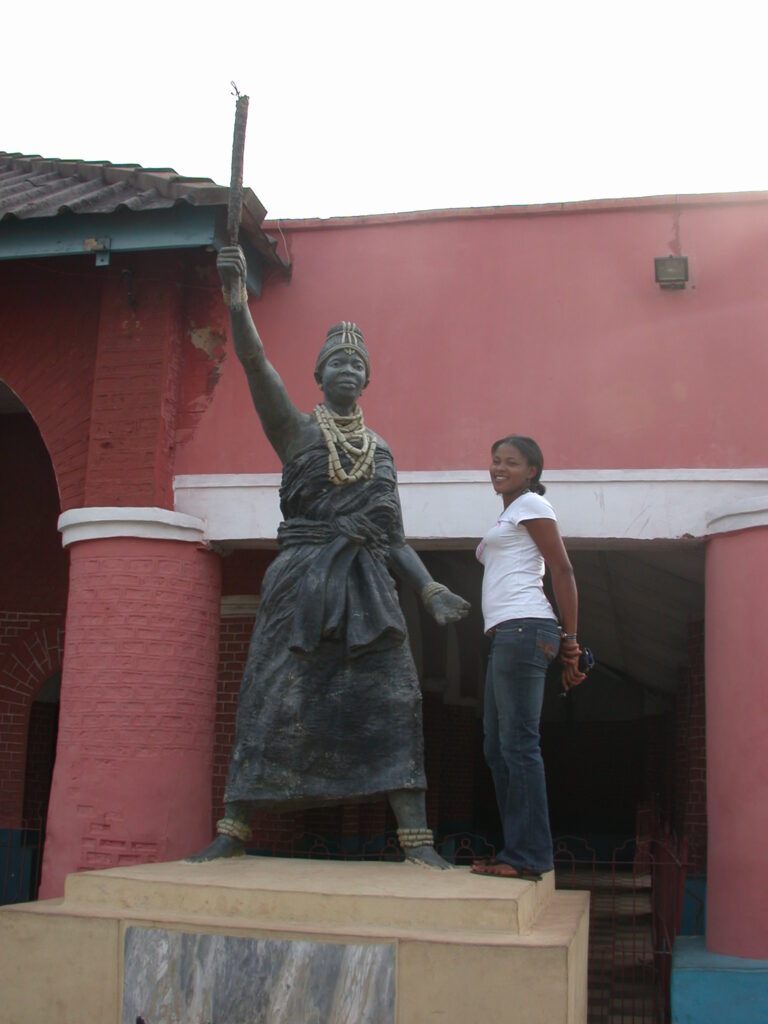
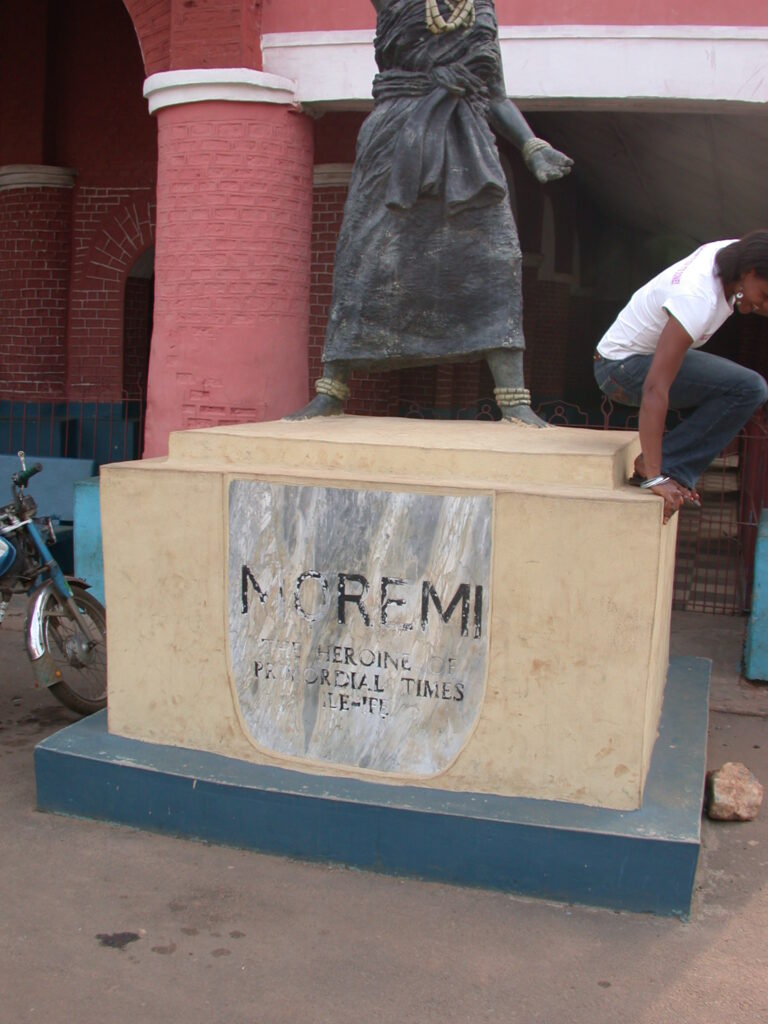
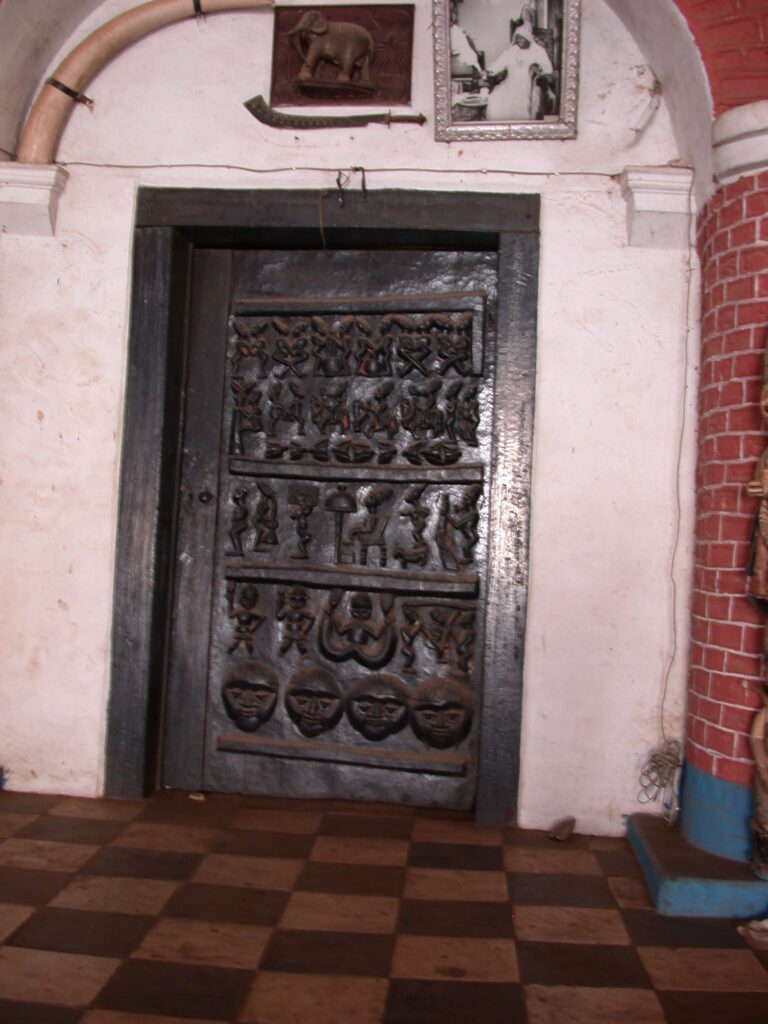
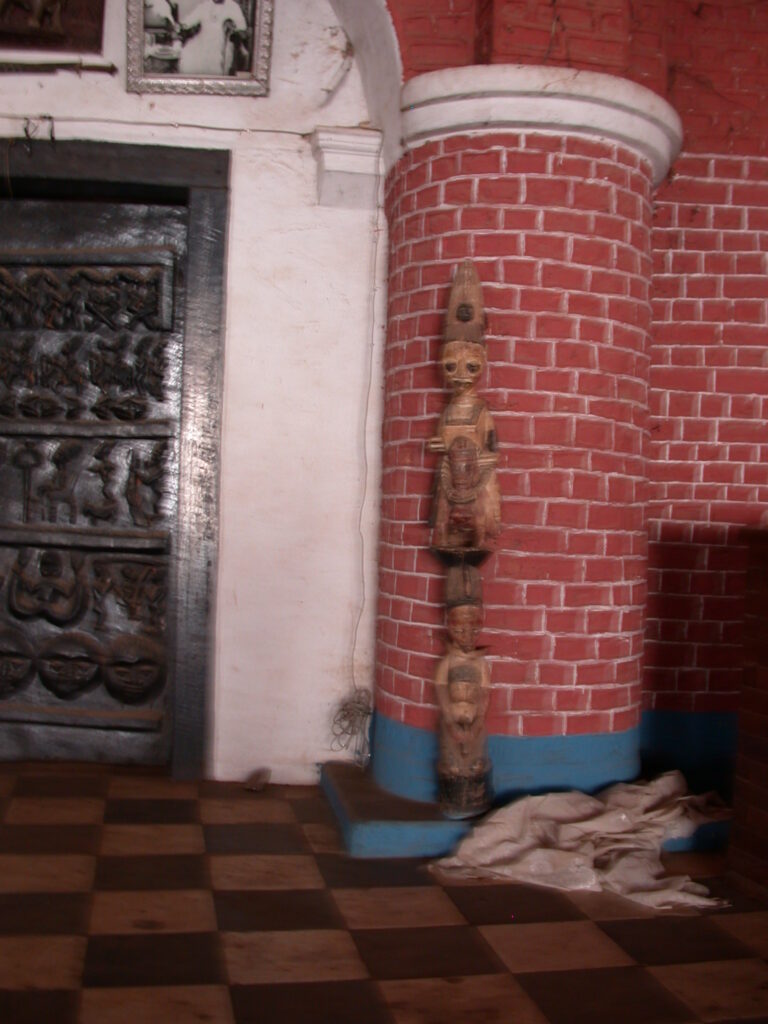
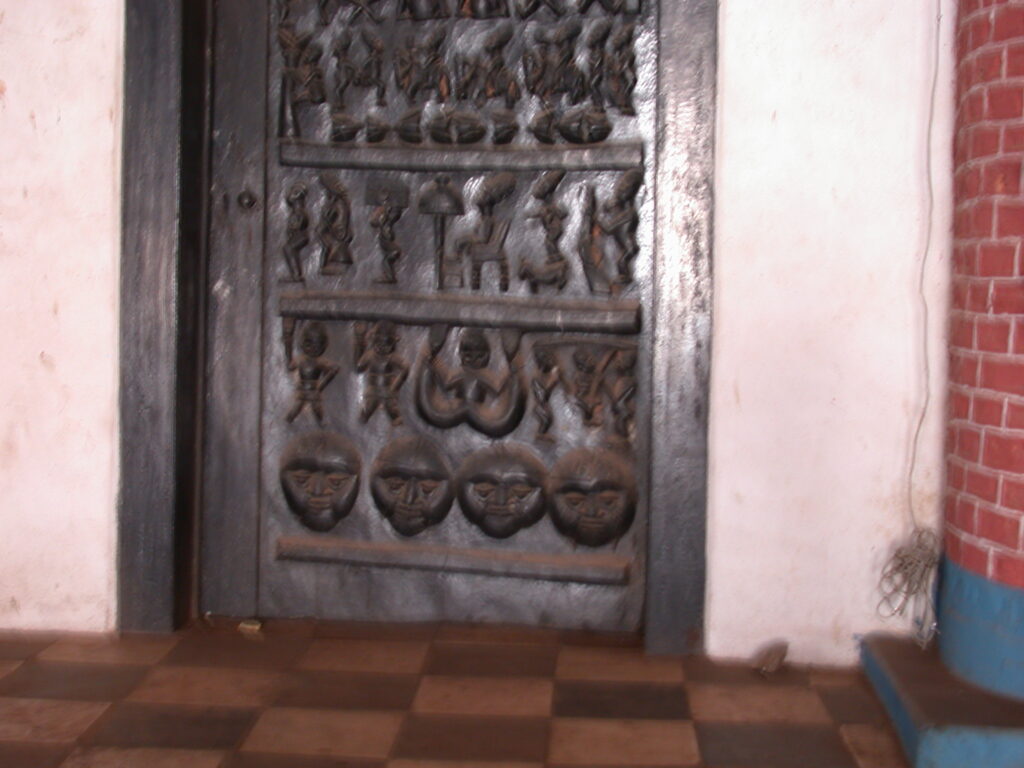
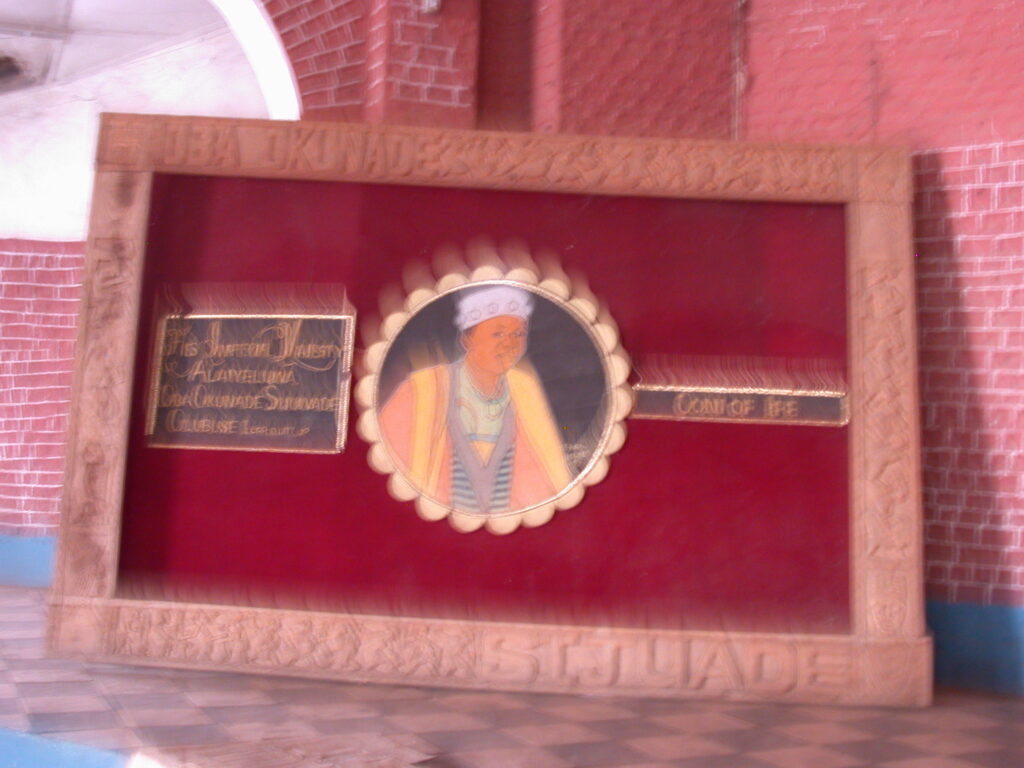
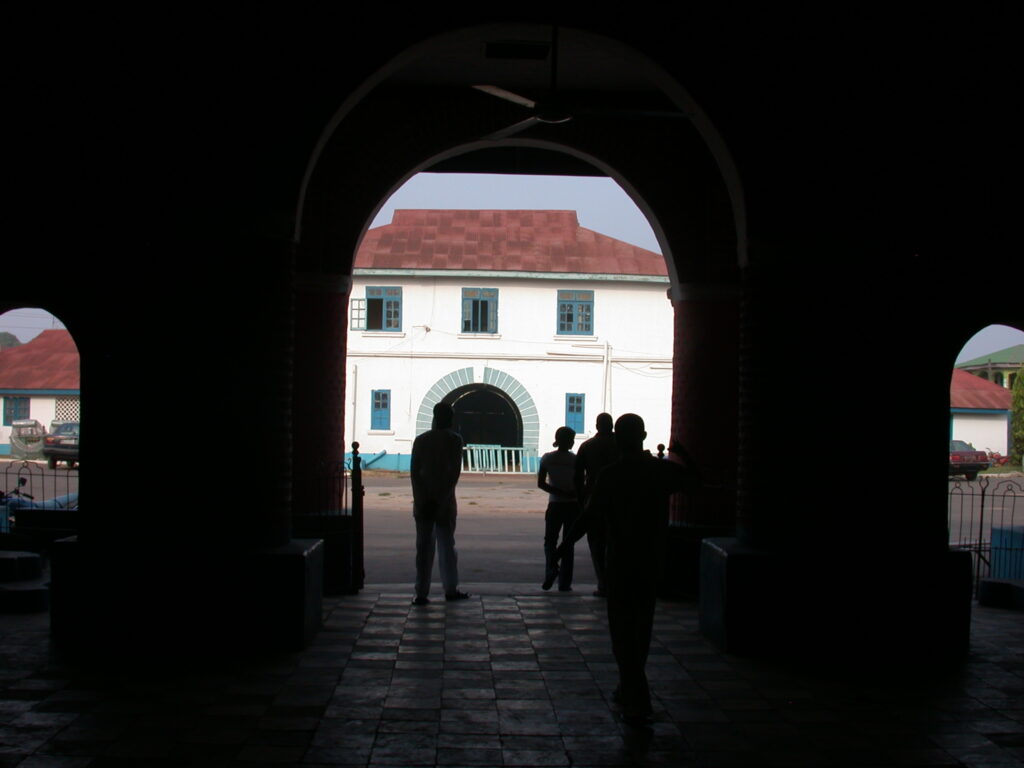
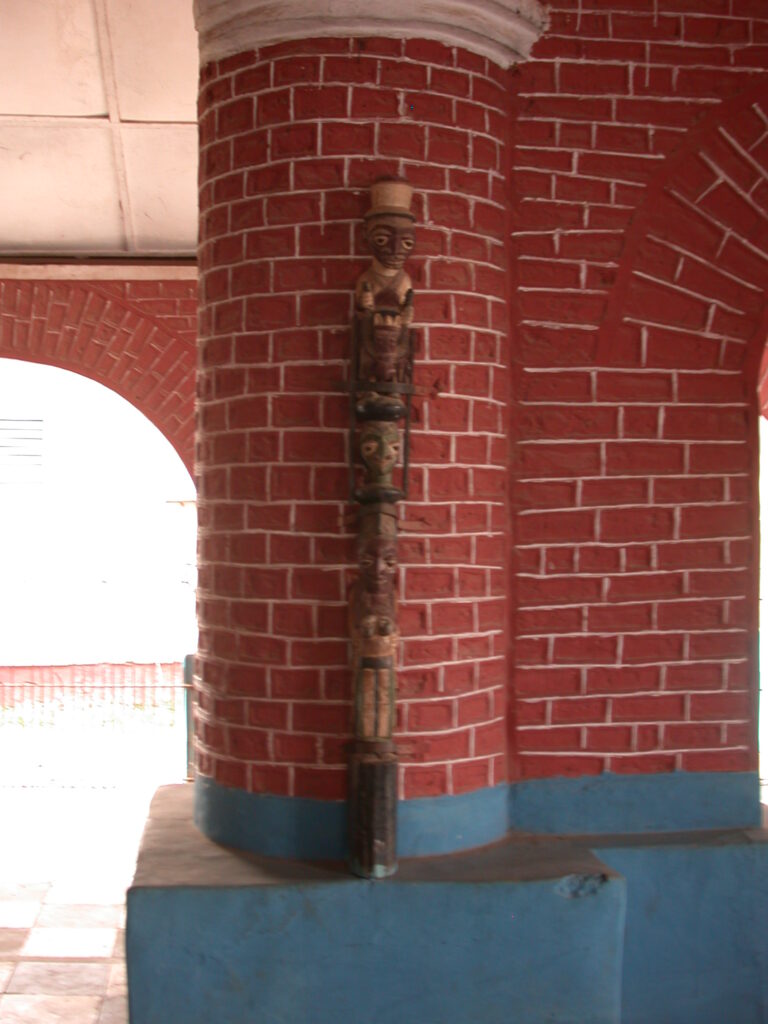
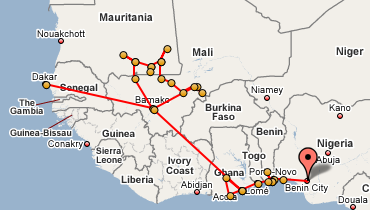
I stayed at the Lixborr Hotel in Benin City, Nigeria. When I arrived, I asked the rate while a taxi driver waited patiently outside. Confirming the rate at the reception desk, I went back to the taxi and got my bags. Then, returning to reception, the same receptionist told me a different rate because they had no rooms at the rate she quoted me. Discussing this for half and hour produced no result except my sitting and waiting, exhausted by travel, in the lobby for the manager. The manager agreed to split the difference between the quoted rate and the actual rate until they could move me into a room at the rate reception had originally quoted me. I agreed so I could get into a room! Who licks boars, or is it bores, anyway? The hotel has a bar frequented by younger Nigerians who like to drink. The restaurant is usually empty and connected to the bar. There are two nice sculptures out in front of the hotel and it is located just across the street from the brass casters quarter.
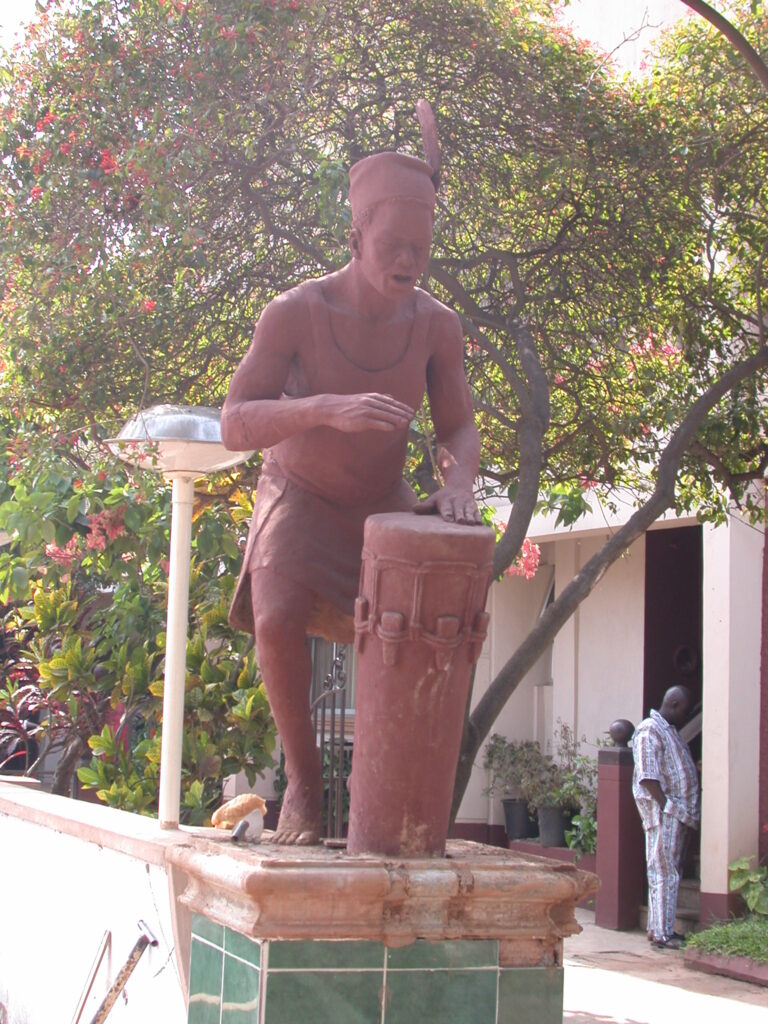
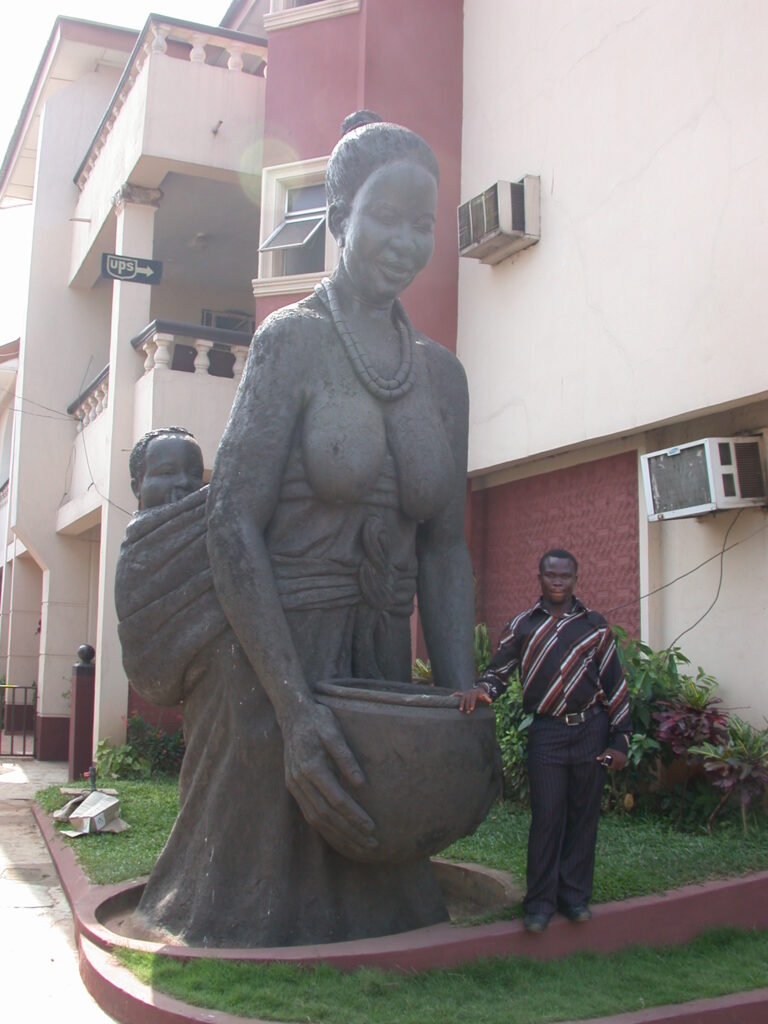
The last picture includes a friend I made in Benin City… he’s the son of one of the local chiefs who showed me around town a bit. I’m not sure exactly where I took this next picture of the Asoro statue.
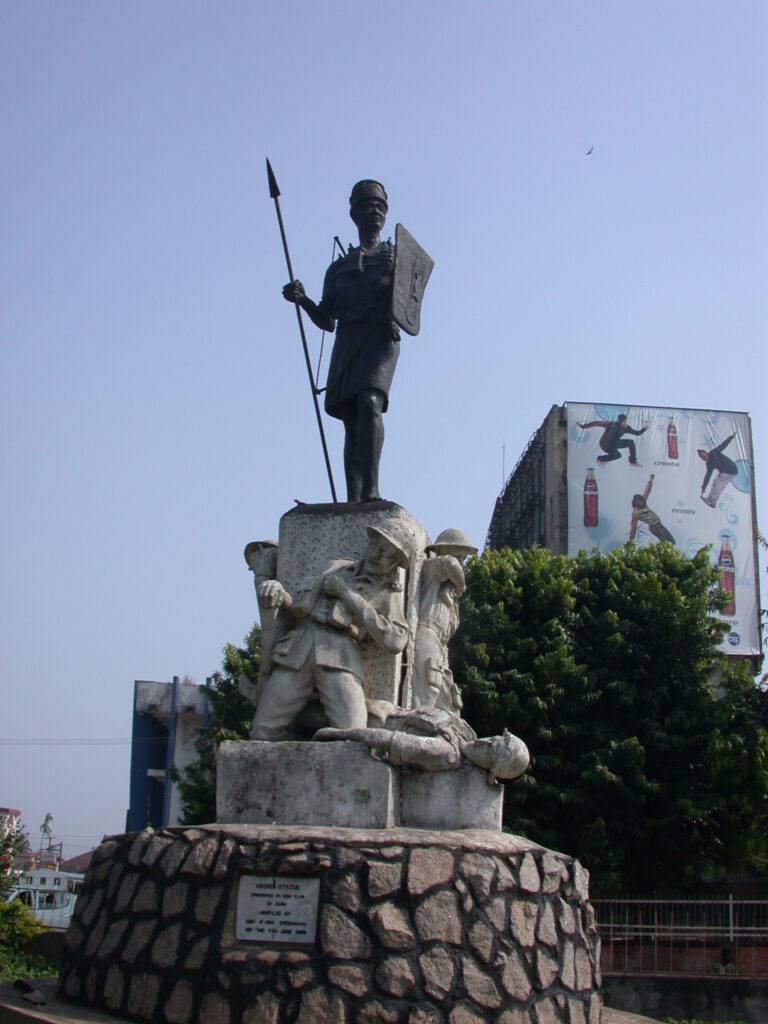
The Benin National Museum is located at King’s Square in the center of the Ring Road, making it quite a traffic hazard to try to walk to the museum entrance.
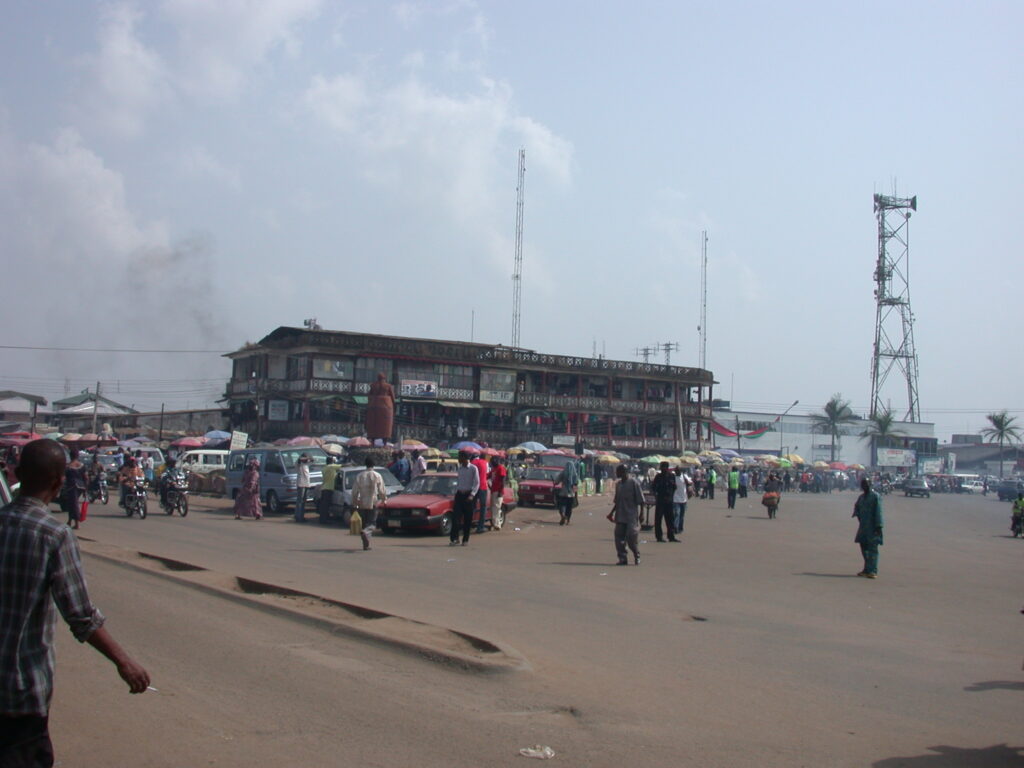
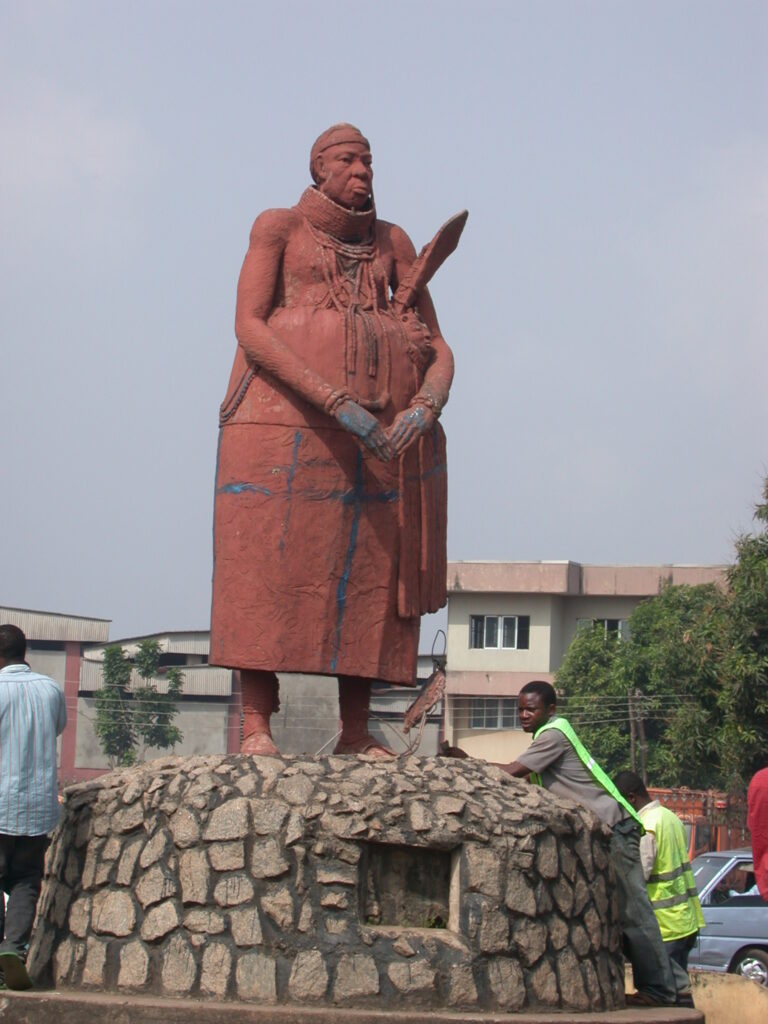
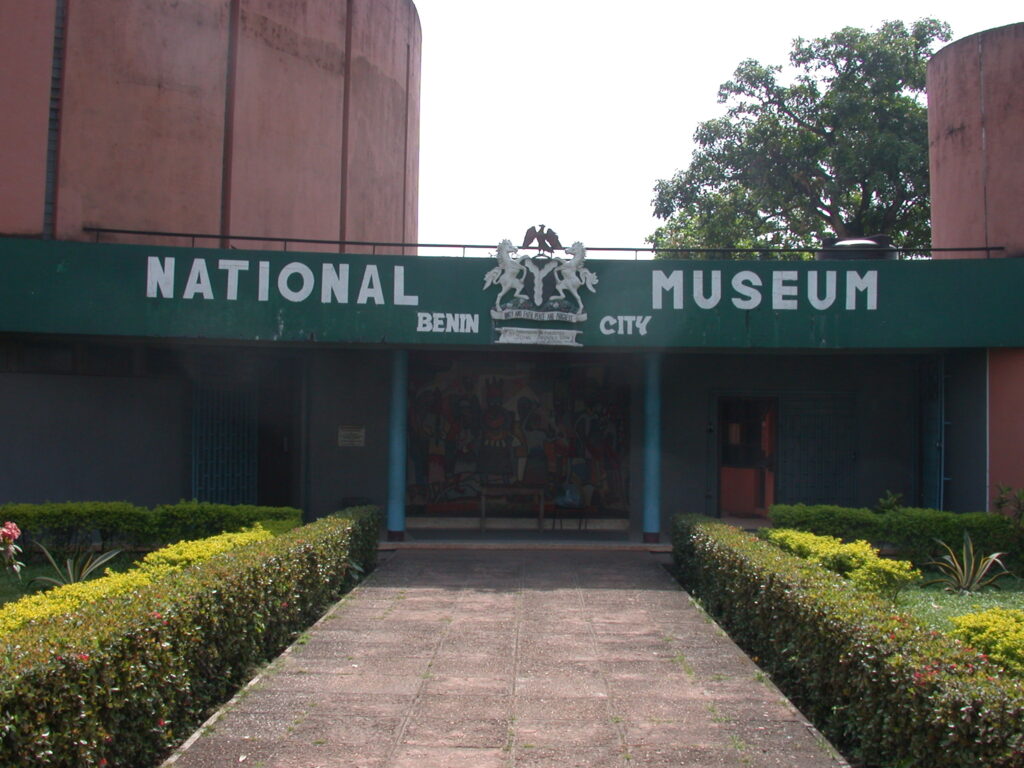
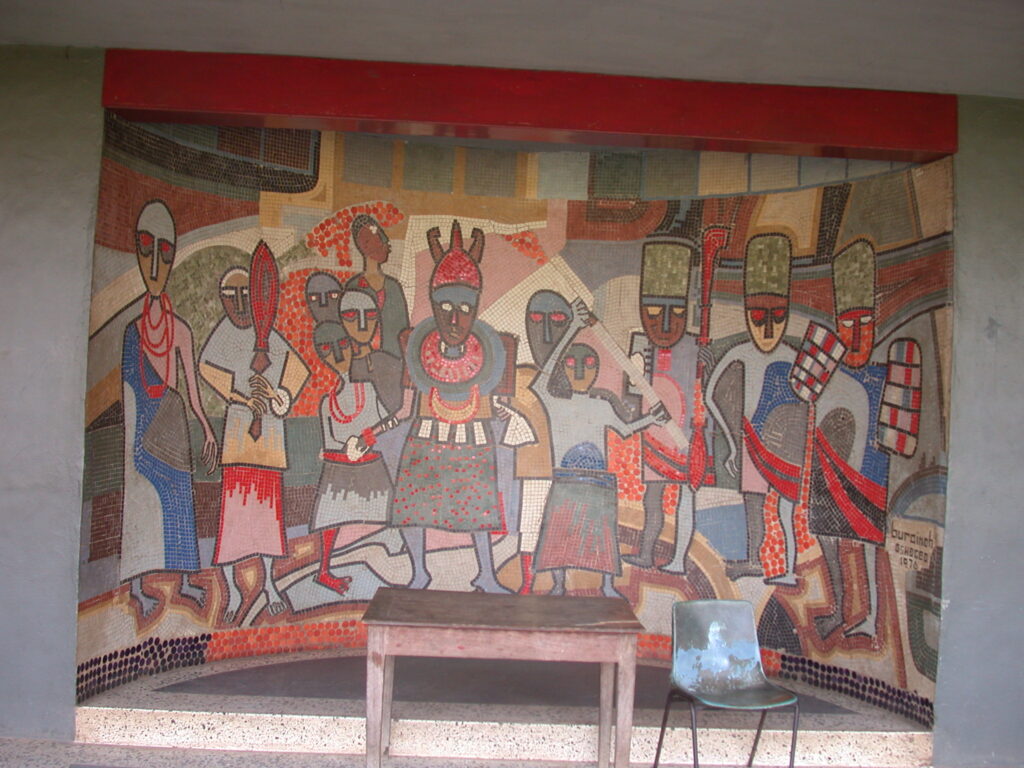
I had a bit of a snit with a guy sitting in the parking lot about whether I could take pictures outside the museum. Eventually, I got to chat with the museum director who assured me that, even though the museum did not permit pictures of the artifacts inside the museum due to people creating duplicates to replace with the originals they would steal, taking pictures outside the museum was OK. Whew! I waited a half hour to purchase an entry ticket for the museum.
DOWNSTAIRS–
Case 20:
Equestrian figure with shield and axe (bronze)
Horse rider — barrel-shaped stomach and torso, diminutive hands, necklace with motif (see journal drawing), cap with floppy top, three scars or wrinkles on each side of mouth
Medicine container, three legs, face below spout
Portuguese soldier who helped Oba Esige in war against the Idah
Case 19:
Terracotta heads for bronze casters to place on their paternal shrines
Case 18:
Igbesamwan guild:
Carved wooden bowl with knot pattern (see journal drawing)
Carved wooden antelope box
Case 21:
Iguneromwon guild made bronzes for oba:
Decorated bronze gong used by oba, three figurines, oba in center, his hands held on each side by other figures
Bronze ram pendant — chief’s ceremonial paraphernalia
Bronze baboon hip mask — chief’s ceremonial paraphernalia
Bronze fish-styled kolanut container used for royal visitors
Case 17:
Ivory carvers same guild as wood carvers
Ivory equestrian figures
When elephant killed, one tusk for oba plus he had first option to buy the other tusk in the pair
Case 16:
Egogo — double bronze gong used by oba to scare away evil spirits
Bini warlord with assistants, bronze plaque (photo)
Case 15:
Bronze plaque depicting war chief holding ceremonial sword in right hand, cap or helmet, feather (?) above left ear, gong (?) under left hand
Bronze plaque of commander-in-chief of Bini army and his diminutive horn blower
City of Benin, center of kingdom, oba’s palace
Two parts: Ogber oba’s residence, court, palace chiefs
Orenskhua — town chiefs’ and retainers’ homes
Further divided into 40+ wards, each ward specializing in duties for the oba, such as brass-casting, leatherwork, etc.
Queen mother in separate palace outside city walls
Case 23:
Bronze equestrian figure — messenger from the north, muzzle and strange reins and harness (?) or blades (?) in each hand, elaborate headdress including pine cone like shape on top
Case 14:
Bronze Ododua ceremonial head mask worn by seven dancers during Igue festival, oval mouth, two bronze braids of hair of fiber hanging in front of ears on each side, elaborate headdress looking like half wheel with spokes
Bini pendant depicting magical power — lion-like face, oval mouth, circular rings around edge
Case 24:
Partial reconstruction of shrine (one of two) in oba’s palace to commemorate his ancestors — sacrifices made here, bells, staffs, carved ivory tusks mounted on bronze heads, bronze heads and other bronzes, floor has cowrie patterns set in clay/earth
Carved ancestral heads
Iye, big bronze cock, locally called “Okpa”, usually on altar dedicated to queen mother
Case 25:
Oro — Bini bird of disaster symbolizing oba’s superiority over fate, bird with long narrow beak on pedestal
Bronze hip mask of a queen mother
Bronze bust of a Bini oba — young-looking, helmet with three protruding elements left, center, right, braids/fibers hanging from helmet or head hair(?), ringed necklaces on neck and draped on chest
Case 26:
Aomuada — nude royal attendants, three standing side by side with layer hair/helmets, braids/fibers on each side in front of ears, elaborate designs on bodies (diamonds, triangles, circles), bracelets, anklets, uncircumcised phalluses
Bronze mudfish plaque
Case 27:
Ibebogo — bronze altar of the hand, symbol of human power to achieve mateial and practical success, oba’s hand = well-being of whole kingdom, cylinder shape on thin base, cnetral male oba’s figure, accompanied by female figures with drooping breasts, fans(?) covering genitals (holding hands on each side), knotted patterns in circles on cylinder top
Case 28:
Brass plaque for ritual sacrifice of cow — four figures holding stretched legs, another holding head while main figure slits throat with dagger, two other small and even smaller figures holding ceremonial objects(?), one figure holding leg may have bald pate on top suggesting layers, represent hair rather than helmets, another has braids of hair or fiber braided into hair(?)
Note: “Braids” could also be strings of beads hanging from beaded crown
Executioner’s head — strange longish shape with “nose” six inches up from handle
Case 29:
Janus executioner with each side holding sword on right and severed head in left hand
Single executioner, sword in right hand, severed head in left
Body of executed victim, face down, elbows bound together with twine behind back
Case 30:
Bronze ritual jug in shape of leopard used to pour water from mouth or nostrils to cleanse oba’s hands during ceremonies, filled through hole in top of head
Bronze spoon used in ceremonies
Case 31:
Bronze plaque of oba in divine aspect supported by attendants holding one hand on each side, all wearing helmets with protruding pole topped by four horizontal radial spikes and one vertical spike, neck rings, tunic, braids, belt or kilt with human heads, legs of mudfish, four frogs around border of patterned background with three arms (left, bottom center, right) holding three feathers each, mudfish-legged oba equated with olokun, god of sea OR possibly an oba who became paralyzed
Another similar plaque
Ekpen (Edo) bronze leopard wall mask used for decoration of paternal shrines
Obas were divine kings, reincarnations of past kings, whose health was equated with the well-being of the kingdom, person of the king was sacred, had supernatural powers
Case 34:
Bronze plaque representing oba Akengo I, a Bini king who had dreadlock (dada) hair, holding sword in right hand, necklace, kilt
Case 35:
Bronze plaque of Benin king, dressed in regalia: staff of office, shield, neck rings, four attendants
Miles on miles of Benin City walls, inner wall 45 (or 4.5?) feet high, dated to 1450-1550, deep ditch running on outside
Case 1:
Bronze cast of queen mother’s head in early 16th century, Idia-Ghe, mother of Oba Esigie, played important role in war against Idahs, so Esigie gave her title of queen mother (the first one), neck rings, conical hat or hair netting pointed toward direction forward from face, four braids on each side in front of ears
Another queen mother head
15th-16th century, empire reached from Porto Novo to beyond Niger River in east, vassal states paid tribute to oba or faced war
Spears, rather short, of iron
Short guns introduced by Portuguese
Ukokoghe (Bini) gun powder keg used to store gunpowder or traditional medicines, shaped like a big long pill with hole at top, face in middle, and rings on each side
Riches of Benin court hidded from outside world until British expedition of 1897.
1485 — Europeans first got word of Benin, trade in peper, ivory, slaves, palm oil
1668 book has picture of oba being carried
1897 foreign visitor’s map of Benin
Bronze plaques of Portuguese warriors, some holding manilas, which succeeded cowries/shells as currency in 16th century
Portuguese assisted Oba Esigie in war against Idah
Pair of bronze rams used as security agents in oba’s palace
Ceremonial swords used as sanctions of chieftanship deriving from oba and as symbols of his own kingship:
Ada (drawing in journal)
Eben (drawing in journal) — dances of homage to oba danced with Eben before chiefs
Equestrian figure of oba with attendants demonstrates oba’s social control over man and beast
Ofo — messenger of Ogiuwu — chief in charge of all executioners, presentation of bronze plaque signifies death sentence, head with diminutive legs, bent arms sticking out from top of head, four radial circular emblems in relief from background with dotted and floral design
Royal messenger wearing Maltese cross on chest
1897 palace took up 1/16 of city — entered palace through gate flanked by high towers, large bronze python (40 foot long) mounted on each tower, undecorated clay wall surrounding palace, interior richly ornamented, interior building surrounded series of courtyards, behind three courtyards was a large conference hall with huge bronze snake at southern end
Plaque of Amufi acrobats hanging on ropes from cotton tree with three birds in upper branches, ceremony to bring rain
Case 38:
Bronze plaque of crocodile with fish in mouth (not mudfish), best sacrificial victim to Olokun, goddess of the sea, is the crocodile
Benin Court art — according to Chief Eghareuba, brass casting began in Benin City in 1280 when Oba Oguola commissioned Iguegha to found a guild of skilled craftsmen (Iguneromwon) — worked solely for oba’s court, altarpieces, plaques, decorative objects
Iguneromwon in one city ward and other wards included guilds that didn’t have to work only for the oba:
Igbesamulan: wood and ivory carvers
Isseivie: beadworkers
Ise-Ekpokie: leather workers, etc.
UPSTAIRS–
Case 1:
Okakagbe Masquerade — role of spirits to the living
Odagu mother figure masquerade is senior figure in Okakagbe dance from Etsoko division at annual festivals held by Weppa-Wano at New Yam time (Oct-Mar) or to honor village titulary deity, four adults and one child in this dance
Case 2:
Carved ivory amulets, figures of oba, chiefs, musicians, or abstract designs
Chiefs used wooden carved rams heads in ancestral shrines since bronze only for oba
Pair of stools sent by Oba of Benin to King of Portugal
Case 3:
Ewawa divination used ram horns, bronze cover with human face, pendants, and cowrie charms
Ifa divination pendants — all pendants have oval shaped metal pieces on thin twisted metal sticks
Case 4:
Carved wooden ancestral head with feather
Case 5:
Olokun (male) shrines with elaborate clay pots, divinity of sea and rivers, mainly worshiped by women who have individual shrines for him
Ikengobo (wooden), used in cult of the hand, symbol of individual’s efficiency and success
“Akhe” Osun pot used to hold traditional medicines
Case 6:
Ekpo face masks (five) performed with raffia in masquerades on yearly Eho Ekpo ritual celebrating the young and healthy, masked dance on final day of ritual, senior mask is Iyekpo, epitome of motherhood, other masks: native doctor, authorities, and animals, especially leopards, antelopes, and young people
Case 7:
Traditional drums used by native doctors and chiefs during ceremonies, four foot tall, wooden with carved figures and designs, pegged skins on top
Case 8:
Pottery, fashioned by hand (no wheel), prepared by pounding, kneading, treading, mold or coil lumps of clay on supporting device like calabash, dried in sun then fired before or after decoration, firing in open or in low wall enclosure (but no true kiln), stacked on leaves, twigs, cow dung under heap of grass, 15 minutes to whole day in duration, some only sun dried
Case 9:
Palace wooden door panels
Case 10:
Headdresses from Delta state — stilt dancers
Case 11:
Wooden helmet possibly from Afema division (beautiful!)
Case 12:
Musical instruments:
Aktapa (stringed above wooden box), hano? Used during folktales
Snake skin twin drums (double membrane), used by native doctors
Ivory flutes
Finger piano (metal slats over wooden box with small hole)
Case 13:
Carved wooden box used by princess or presented to her during marriage ceremony, knotted pattern (see journal drawing) and other knots on top, radial and knotted patterns on sides
Case 14:
Wooden container for pounding yams (like large wooden goblet with lid)
Wooden combs
Tray used to carry palm wine usually in calabash bowl
Wooden tray
Wooden figures to offer kolanuts
Igara cloth (looks almost like Tellum design)
Case 15:
Long wooden pipe (six feet) with bowl lit by small child who sits by the end
Oguoro game board
Ayo played with beans, counters, or cowries
Case 16:
Wooden royal “telegraphic” stool — sent as if a letter, message in design of stool
Case 17?:
Terracotta head used for decoration and remembrance
Case 18:
Cast of head in Udo style
Case 19:
Ife terracotta head placed in paternal shrine
Case 20:
Bronze Janus head used as part of Obuobo bell in ancestral shrine, etc.
Case 21:
Some similarities between Benin, Delta, Ife, and Owo styles, for example striations on some Owo terracotta and Benin bronze faces
TOP FLOOR–
Nigerian traditional cultures:
Igbo: democratic, egalitarian
Yoruba: patrilineage
Bini: divine ancestral kinship
Emirate system in northern Nigeria
Iron, mid 7th century BCE in central Nigeria
Terracotta, 500 BCE, Nok
Divination
Yoruba
Shango, thunder (parallel to Igbo’s Amadioha)
Eshu, trickster
Ifa priests (Dibio priests of Igbo — Afa divination) (Edo’s Ewawa)
Odu-Iwa divination narratives, 256 verses
Babalawo trained for 5-10 years to be father of secrets
Number system based on 20 (see Goutier Hegel, 1996)
Rainmakers burn large wood fires to create precipitation
Right hand symbol of strength and achievement among Igbo, Igala, Urhobo, and Edo in the Ikenga complex
Hero worship of skull, fertility or ancestral cult symbolized in Ekpa wooden sculptures (Oron — Cross River), So, and Mimuye figures (Adamawa/Taraba)
Ibeji twin figures (Ere Ibeji) — Yoruba redefinition of what elsewhere was considered an abomination, tied to concept of reincarnation and repeater babies (Abiku or Ogbanjo in Igbo)
Case 1:
Divination:
Beaded Ifo divination bag (apo ifa)
House whisk (irukere ifa)
Large beaded divination charm (ileke ifa)
Beaded divining chain (opele ifa)
Divination tray (opon ifa)
Divination ivory (iroke ifa) used to invoke Orunmila
Receptacle (ogere ifa)
Case 2:
Sango (Yoruba)
Wooden double-headed axe (ose sango) {Aam dioha (Igbo) — check this}
Ritual garment (ewu sango)
Ritual wand (ose)
Receptacle (arugba sango)
Sango staff (ose)
Ritual mortar (odo sango)
Case 3:
Esu Elegbara — trickster god, Orunmila’s companion, messenger of the gods (Yoruba) or gatekeeper (Benin)
Edo variant of Ifa called Ewawa in Benin, using bundle of charms
Case 4:
Ram head symbolism
Owo piece called Osama sinmi (variant of Benin Uhumwelao memorial heads in ancestral shrines)
Case 5?:
Panel I: Cult of Hand
Panel I(A): Art of Honoring the Dead
Panel II: Heroes and Heroines
Human flutist with semi-erect phallus and protruding bellybutton from Montol, Plateau states
So figures — Mambila / Adamawa
Case 5: Motherhood
Ibesi twins
Bay 2:
Music
Hausa/Fulani: string and wind experts
Yoruba: talking drums
Igbo: xylophones, thumb pianos
British learned Yoruba drum signals (Basden, 1921, p.364)
Gelede masks of SW Yoruba and Dahomey, worn by men masquerading as women in honor of the great Mo?____a?_Nea (?) whose witchcraft powers are cultivated in rituals, dance, and drama to enhance fertility
Drums
Ogere slit drum (Igbo) used as talking drum
Case 6:
Resonators:
Ankle rattles, waist rattles
Calabash
Ivory flute (inc. Yoruba)
Case 7:
Face masks
Panel 5:
Igbo masks, including large one with horns and alternating teeth
Epa mask (Yoruba)
Bay 3:
War
Case 8:
Charms
Chain mail, shields and heralds
Bow and arrow, spear, double-headed spear (Hodgja, Kano)
Suns
Bay 4:
Food production
Cutlass, axe, hoe, spear
Yam complex — New Yam festivals
Tobacco pipe as status symbolized
Groundnuts (peanuts?) and cowpeas (beans)
Palm oil
Fishing
Bay 5:
Women, Art, and Power
Case 6:
Skin-covered mask (Ejagham, Cross River, Akwa-Ibom) for fertility dance, long spiral horns (beautiful!)
Reference: I Remain, Sir, Your Obedient Servant, by Erediauwa, Oba of Benin
December 19, 2007, National Museum, Lagos, Nigeria
YORUBA–
Ose Sango (dance wand), #95.5.1(b), wood, Sango holding bowl (anigba), mortar, in left hand, rattle in right hand, kneeling with right knee on base, left bent with hand resting on it, plus emblem with bird on top of head
Ake Sango (Sango axe), #88R920, wood, iron (blade), Janus figure with blade mounted at right angle to handle
Edun Ara (thunder stone), #R.5.25, 3cm high
Items sacred to Sango: rain, ayan tree, sese beans, banana, thunder stones
Arugabe Sango (Sango bowl), #61.5.98-86.5.19, base with wide oval faces, on base four small female figures, two holding their own breasts, other two holding some object, with large female figure in center of base, prominent breasts, hands reaching up to bowl on head with ornate lide and various figures holding onto what may be ayan trees with two leaves or branches (or feathers?) separating at the top
Yata (“Beaded” dance panel) [said “bearded” on placard], #69.6.39, cloth, beads, leather, beaded face, diamond designs, descending triangle and striped designs in blue, yellow, white, green, burgundy, silver, light blue
Ogboni society — secret society, aka Osugbo among Egbo and Ijebu, comprising town council, civic court, and electoral college for selecting and removing the king
– Edan Ogboni, #47.19.4, bronze, smiling face with conical cap, holding tools, seated on small stool, what looks like bird standing on belly with beak attached above bellybutton
– Ada Ogboni, #74.1.1348, bronze, almost the shape of a bell with a flat shaft on top, figures with disproportionate faces, slit eyes, and mouths, above bent knees
– Edan Ogboni, #59.24.91, bronze, male and female figure, attached by chain through loops on top of figures, hands on sternum over amulet hanging from necklaces, protruding bellybutton, symbolic genitals, small legs bent at knees
Divination
– Agogo Ifa (divination bell), #51.16.266, iron, (painted?) white, four bells on each side of central shaft, including ringers
– Iroke Ifa (Ifa rattle), #64.9.60, wood, handle comes to a point, woman with prominent breasts, left hand on left breast, right hand holding object, lines radiating from protruding bellybutton, tall bowl on head, cowrie shaped by a ???
– Agera Ifa (Ifa cup), #68.2.32, wood, bird standing in center of base with horizontal serpent in beak, its tail touching another serpent on one side and biting another serpent on the other side — the side serpents part of vertical poles supporting the cup which has a broad lip with diamond patterns
– Opon Ifa (Ifa tray), #64.9.433, wood, square base, stool with four legs and radial pattern in circle at each upper corner, kneeling woman wearing dress with sash and necklace with semicircular amulet, many bracelets and cap, arms raised to support circular tray on head with border of elaborate design incorporate circles, birds, diamonds, cross hatching, and braided knots
IGBO– Divination rattle, #EN.76.3.33.(A-F), bone, calabash, seed
BENIN–
Ewawa (divination stool), #74 B 1.201, wood, cowrie, leather, iron, cloth, looks almost like a small drum
Divination cup, #BM.5.21, brass, looks more like lid with handle on top than cup, circular ornamentation on half sphere face down, cowries and other objects represented in brass, braided eyebrows, slit eyes, cheek markings (scarification?), small triangular mouth
Ukpago (bronze cup with 19 divination seeds), #76 B 1.13(A-B), seeds actually small bronze amulets of cowry, face, ring, cone, disk with radial pattern, bird, balls, figures, etc.
Mumuye figure, #74.1.292, from Muri Division, Adamawa State, who recognize supreme being called Ia identified with the sun, have two cults, Vadosu symbolized by horned mask, protect household, detect the guilty and punish them, 86cm high wooden figure with bowed legs, male genitals barely visible under woven cloth around waist with cowries and string of beads around waist, prominent bellybutton, fiber cord wrapped around neck, inquisitive eyes with floppy ears or cap, including circle with radial pattern on each flap, some etched patterns on cheeks and below neck (scarification?)
IGBO–
Ozo titled men, #55.9.13, wood, tall wooden statue mounted on base, wearing bowler hat (?), diminutive bent legs, prominent male genitals, protruding bellybutton, holding animal horn (?) in left hand and rifle in right hand, striped design carved on neck and face, and mouth with inward-pointing teeth
Ozo highest traditional title among Igbo, insignia include: osisi (staff of official), ugo (eagle feather), okwa-chi (lidded container in shape of boat), imanzu (white clay), azuzu (leather fan), ikenga (?), and okike (?).
YORUBA–
Osun, river goddess with shrine including brass figures, 16 cowries for divination
– Orinle pot, #74.1.24, clay, looks like a bell in the shape of a crouching figure with bowl mounted between knees, protruding breasts, “arms” and rear support spine with rippling bumps, near-conical face with horizontal and vertical scarification, slit eyes and mouth, small lump in center of hollow interior
– Laba Sango (beaded bag), #70.1.579, cloth handled (red with white border) bag with extensive bead work in blue, yellow, red, white, and bronze colors with floral, braided knot designs and a face with two black oval eyes, three vertical marks scored on each cheek, a long vertical nose, and a red diamond symbol bordered in white-blue-white on the forehead, also three bells dangling on beaded strands from bottom of bag
– Oyi masquerade, #66.7.272, cloth, cowrie, beads, wood, leather, iron, fiber, animal horn, brass, seed, body covered entirely by bluish cloth, capped mask on top of hidden head, horn, fiber, and wooden figures hanging from head, cowry and seed strands dangling, along with a bell, a whop, a metal spoon, a beaded and netting bag, represent visitation from ancestors, appear with music, singing, dancing, drama in motion, performed at night only by men in Nigeria, with potentially fatal punishment of women
IGBO–
Masquerade, #56.10.122, cloth raffia, hair, leather, long raffia strands, extend from top of head to ground, yellow scarf with red and green stripes wrapped around head above which is human or animal hair, patterned and multicolored vertical cloth concealing dancer within, red cordage with hanging bulbs and tassle bundles attached to vertical cloth in serpentine lines
YORUBA–
Osamasinmi (ram head) #65.1.22, wood, from Owo, placed on altars of chiefs of lineage, sacrifices made at New Yam festival to obtain fertility, fairly crudely carved
IGBO–
Ikenga, #73.1 or J or I.47.1, horned figure representing strength of right hand, if owned by individual, broken when person dies
BENIN–
Ikenga, #58.35.6, wood, conical with braid pattern below more abstract pattern with thinner stake coming to a point at the top
YORUBA–
Atinga staff, #51.16.399, wood, white chalk, blue powder, pole with platform 1/3 way up on which rests woman with protruding breasts holding baby breastfeeding in left hand and sheep in right with pole continuing above head in disked spine with odd-shaped emblem on top (see drawing in journal), indicating dignity and nobility
IGBO–
Ofo staff, #55.2.1, wood, less than one foot long, rubbed with medicine, held by eldest son of family, indicating dignity and nobility
BENIN–
Ukhushe, #71.6.21, wood, longer staff with closed hand, thumb pointing up, at top of staff, carved sections
YORUBA–
Ijoku Ogun (Ogun stool), #67.1.186, white and green wood, god of iron, hunting, and warfare, stool has men holding guns at rest as poles alternating with plain poles in front and back, panels with clocks at each end, stool top carved with braided and circular patterns, as well as a crocodile in an oval in the center
Lots more… see the books I purchased there.
Written on December 16, 2007, at the museums, and on December 25, 2007, Fajol Castle Hotel, Abeokuta, Nigeria
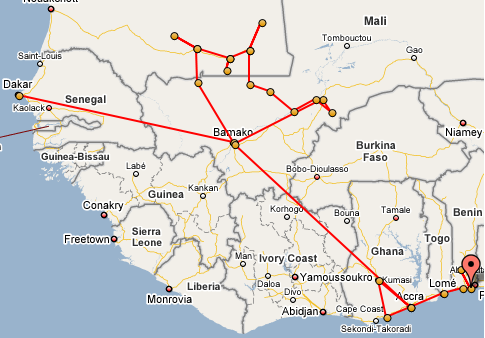
I couldn’t pick up my Togo visa in Cotonou because it turned out it was the weekend, so I headed to the station for Porto Novo.
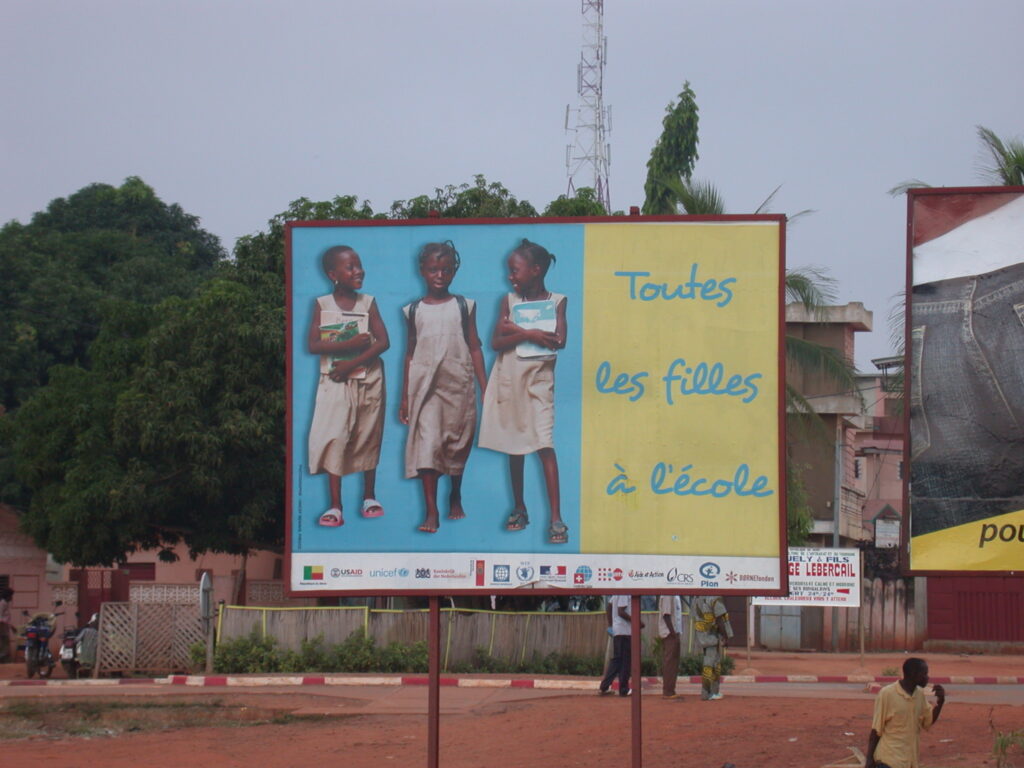
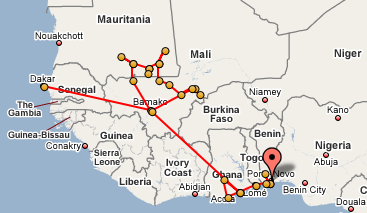
In Porto Novo, I stayed at the amazing Centre Songhaï, which was not only a hotel but also an entrepreneurial venture designed to inspire and empower African youth. I sampled their jams and a variety of juices produced there, including baobab, pineapple, and a bit-too-strong ginger. They had signs up around the premises explaining a bit of the philosophy of the place, including an integrated approach to design and industry.
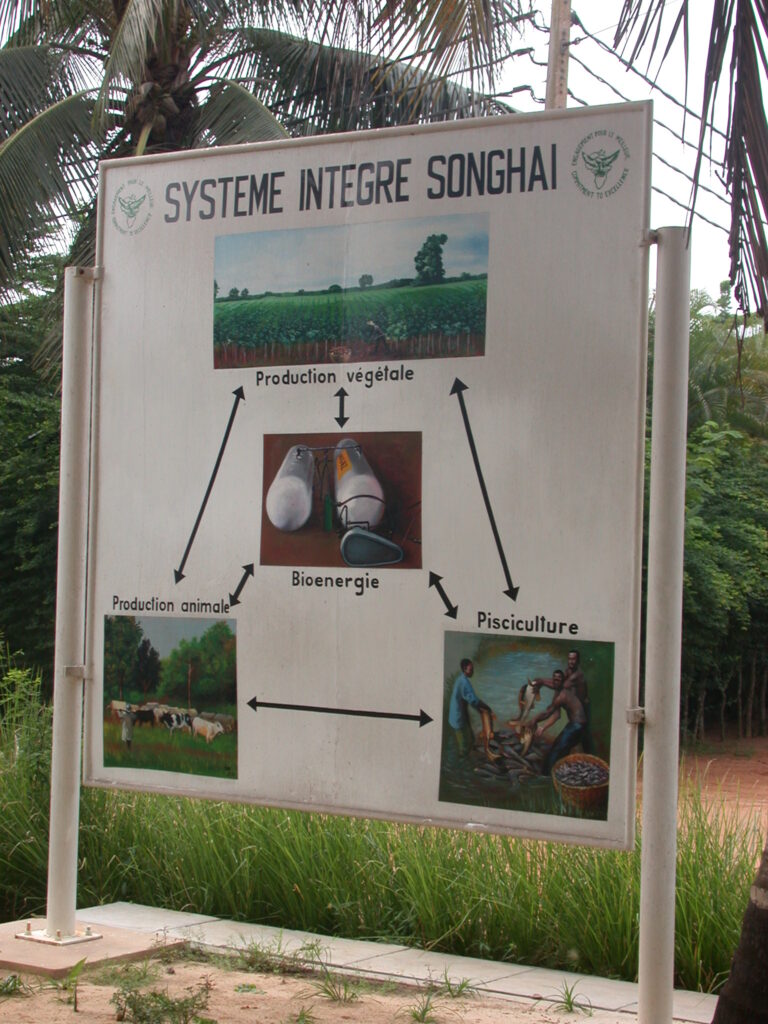
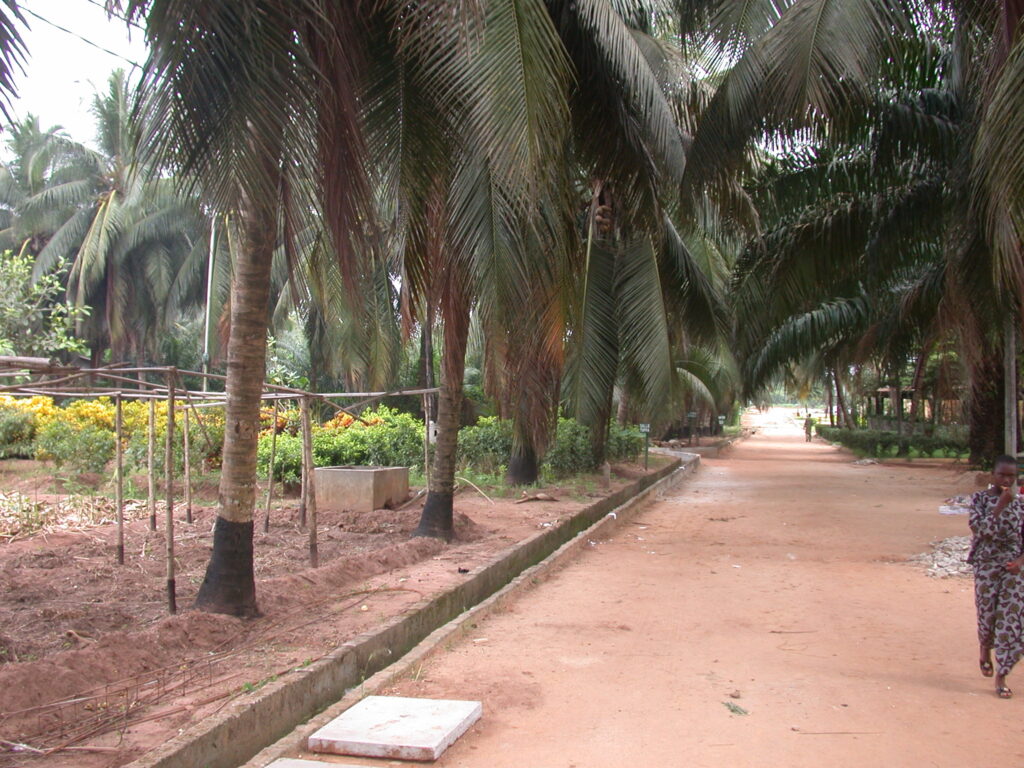



My expedition walking to town included a visit to the Musée Ethnographique and the Musée Honmé.



The Musée Ethnographique has exhibits related to birth, life, and death in cultures throughout Benin, including Gelede masks of the Yoruba as well as artifacts related to Betamaribe aka Samba (NW) and Patombou (NE) peoples. Léonard gave me a tour of the museum. There was also a Yoruba “statue” of a man with false breasts and a mask worn on top of his head carrying twins, one in each arm. Yoruba revere women as having the power of life and twins as a gift of the gods.
I avoided a trip inside the Musée da Silva, despite the well-done bas reliefs about slavery on the museum’s exterior, and despite the admonitions of a fellow hanging out on the street who worked there.







I came across this temple-like edifice labeled Zangbeto Kphkli-Yaou with a fascinating altar on the premises.



The Musée Honmé was the palace of the kings of Porto Novo from the late 17th to 19th centuries.




Currently under renovation with a guide who explained very well the history of the place. There were courts of the king, the queen mother, a gri-gri room for the king, the “chambre noire” for committing royal suicide, a kitchen with a divinity used to check the food for poison by a change in color, a tree of justice and some prison cells, the king’s toilet, the queen’s bathing area (although they lived elsewhere and came to the palace for 21-day stays during which they danced for the king in hope of being chosen to spend the night with him). Cannon were purchased for 15 male slaves or 21 female slaves from the French and perhaps also earlier from the Portuguese. A waiting room for visitors used so the king could check with a divinity about their intentions. Also had a mound representing Legba, a protective divinity, and representations of other divinities, as well as metal houses for ancestors. The king didn’t die — he went on a voyage. He didn’t bathe because he was always proper — he just refreshed his body. He didn’t eat — he adored the food.


Returning to the hotel, I relaxed, ate dinner, and visited the Internet cafe. I also met the Director of the Songhaï Center who helped me clear up a billing problem for telephone calls that wouldn’t work properly to the U.S.